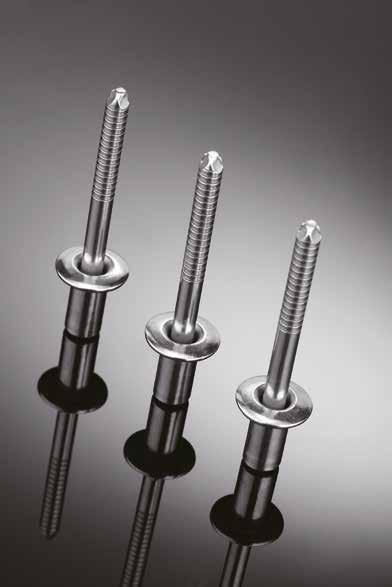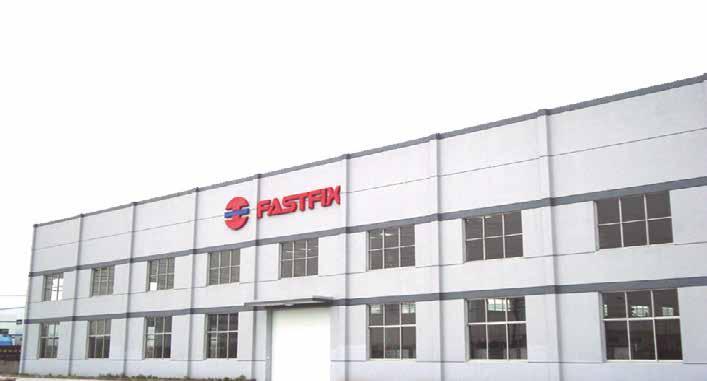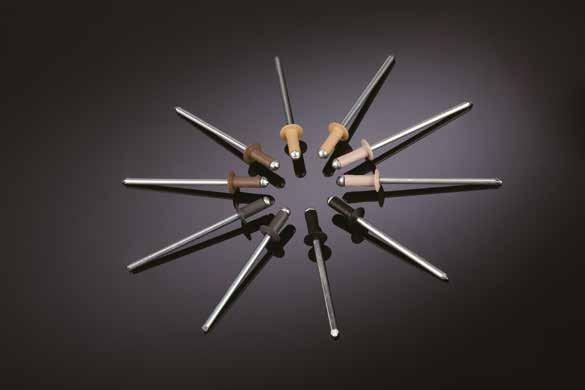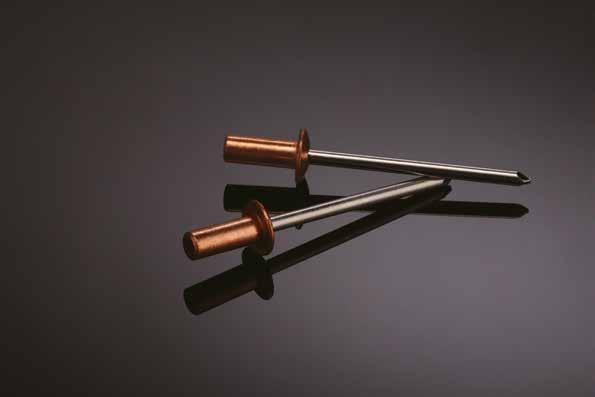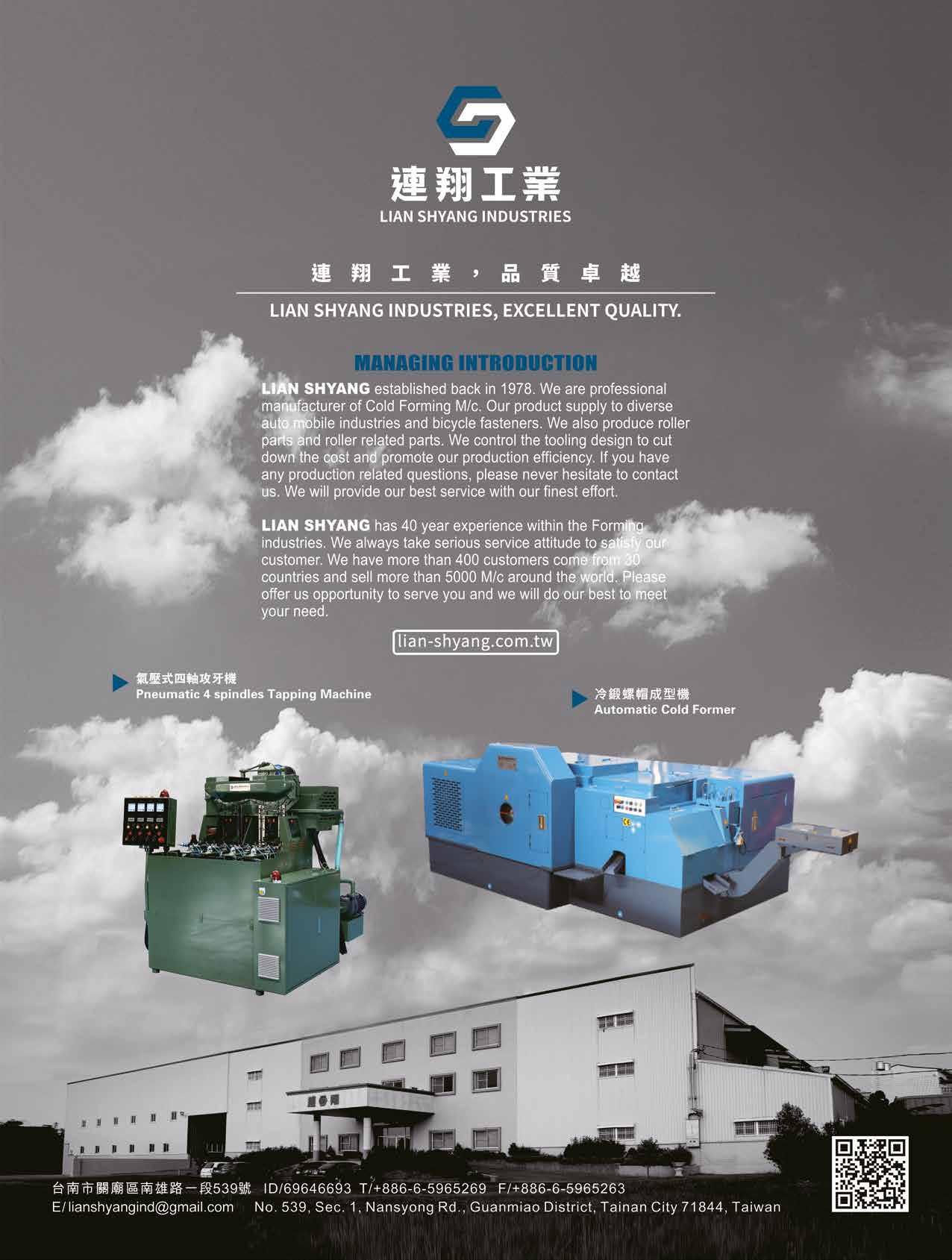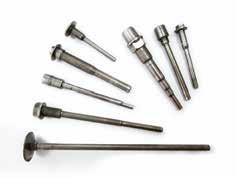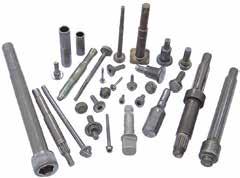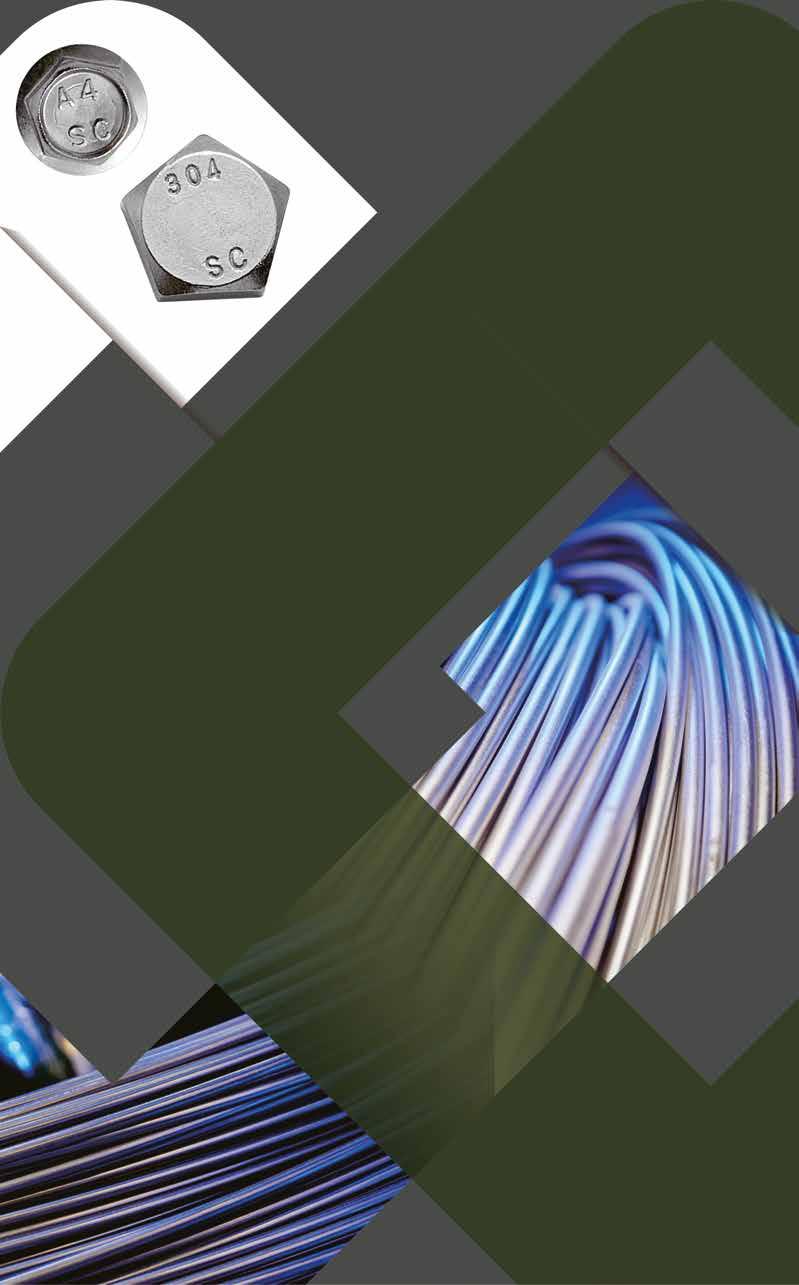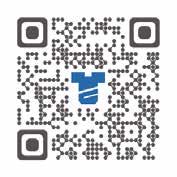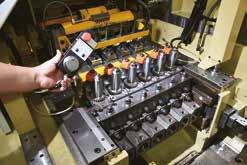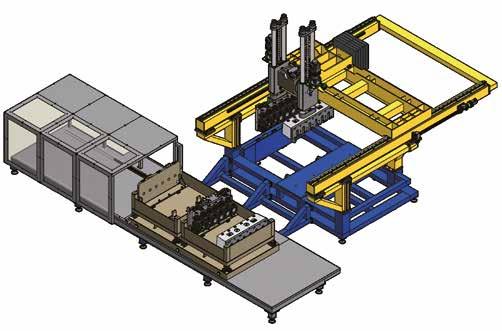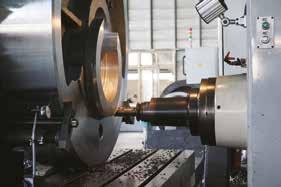
























































































































































The Taiwanese manufacturing supply chain has made quite a presence worldwide in recent years. Bi-Mirth as a part of that chain is geared up and is all in on certification update and new product rollout. Now it has turned into an irreplaceable brand in the global construction market. In June, the international fastener show in Kaohsiung is set to unveil and Bi-Mirth will be featuring two highly acclaimed products there. The company is also announcing the latest development of its carbon inventory as well as future product R&D.
This screw which connects beams and columns to concrete is for old houses that need to be renovated. Wood has high tensile (elasticity) and shear resistance (uneasy to break), while concrete has high compression resistance. Constructing buildings with timber-concrete connector screws can utilize the advantages and prevent the displacement of both the building materials, and provide better sound insulation. Bi-Mirth observed a high demand for renovation due to the existence of many old houses and therefore developed a well-suited solution to connect concrete to wood. Plus, Bi-Mirth acquired the ITT test report this March and this screw is expected to pass ETA certification right before or just after the Kaohsiung show!
The strong earthquake in eastern Taiwan this April attracted international media attention and led to discussions on the safety of buildings’ seismic design. In fact, as of April 2024, there have been two magnitude 7.0+ earthquakes, and last year there were five magnitude 6.0+ earthquakes (in Turkey, Morocco, Japan, Philippines, and China). Every year, strong earthquakes cause heavy casualties in different corners of the world. Bi-Mirth's wood construction screws have passed seismic tests and can bring higher safety to building structures around the world.

Bi-Mirth’s carbon inventory calculates carbon emissions from its four factories as well as upstream raw material plants, covering scope 1 (direct emissions), scope 2 (indirect energy emissions), scope 3 (indirect emissions), and even scope 4, which is emissions from purchased electricity, tap water, gasoline and diesel, and emissions from solid and liquid waste treatment. The current progress is 50% completion, and the goal is to pass ISO 14064 certification.


The company observed three factors that have turned the global construction market investment conservative. The first one is high interest rates. Second, 2024 is a super election year, and third, fastener stock level is still high at the locations of American and European clients. Inflow of orders to Taiwan is estimated to improve in mid-2025. No matter what, the company will take advantage of its thorough knowledge of JIS, EN, ASTM standards and CBAM regulations, and provide clients with advice on production methods and product applications to help save the use of molds and reduce costs.
Bi-Mirth also pointed out that in the past, Taiwanese fastener companies focused on high added value and production cost reduction. With high global awareness of carbon reduction, it is mandatory to consider the environmental impact of product development to ensure that cost reduction complies with environmental protection requirements. Balance must be found between pursuing high added value, reducing production costs and complying with environmental protection requirements. Looking forward, Bi-Mirth will exhibit at the Kaohsiung and Sydney shows and it looks forward to discussing new carbon reduction technologies and carbon border regulations with overseas visitors to set the stage for "Green Bi-Mirth 2.0"!
Copyright owned by Fastener World / Article by Dean Tseng


















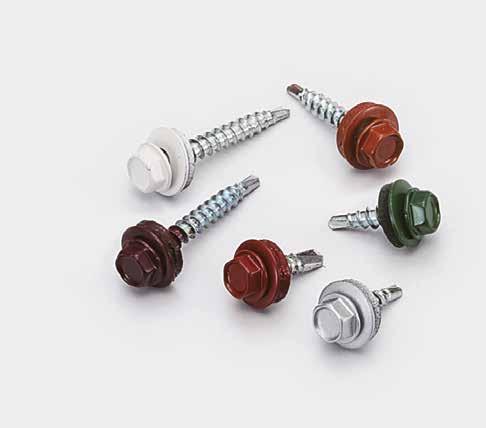
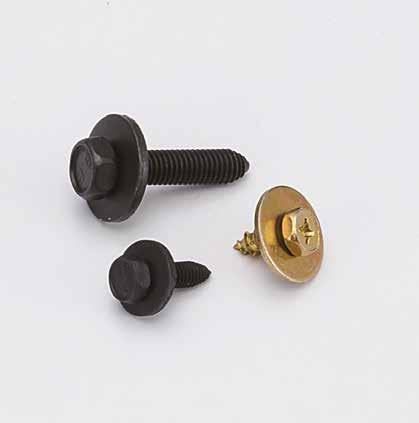




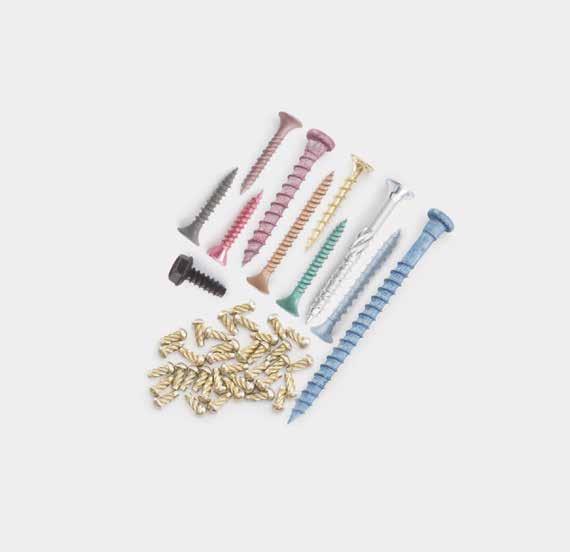
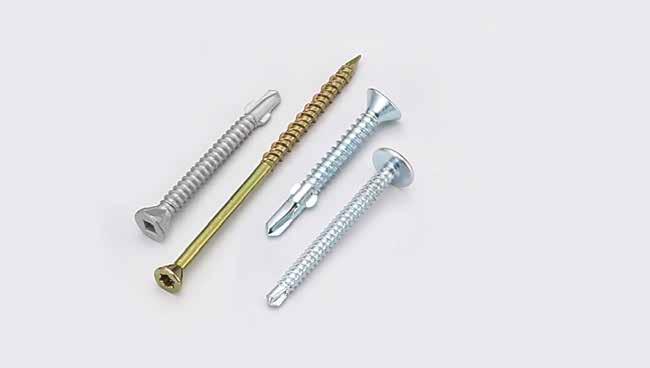




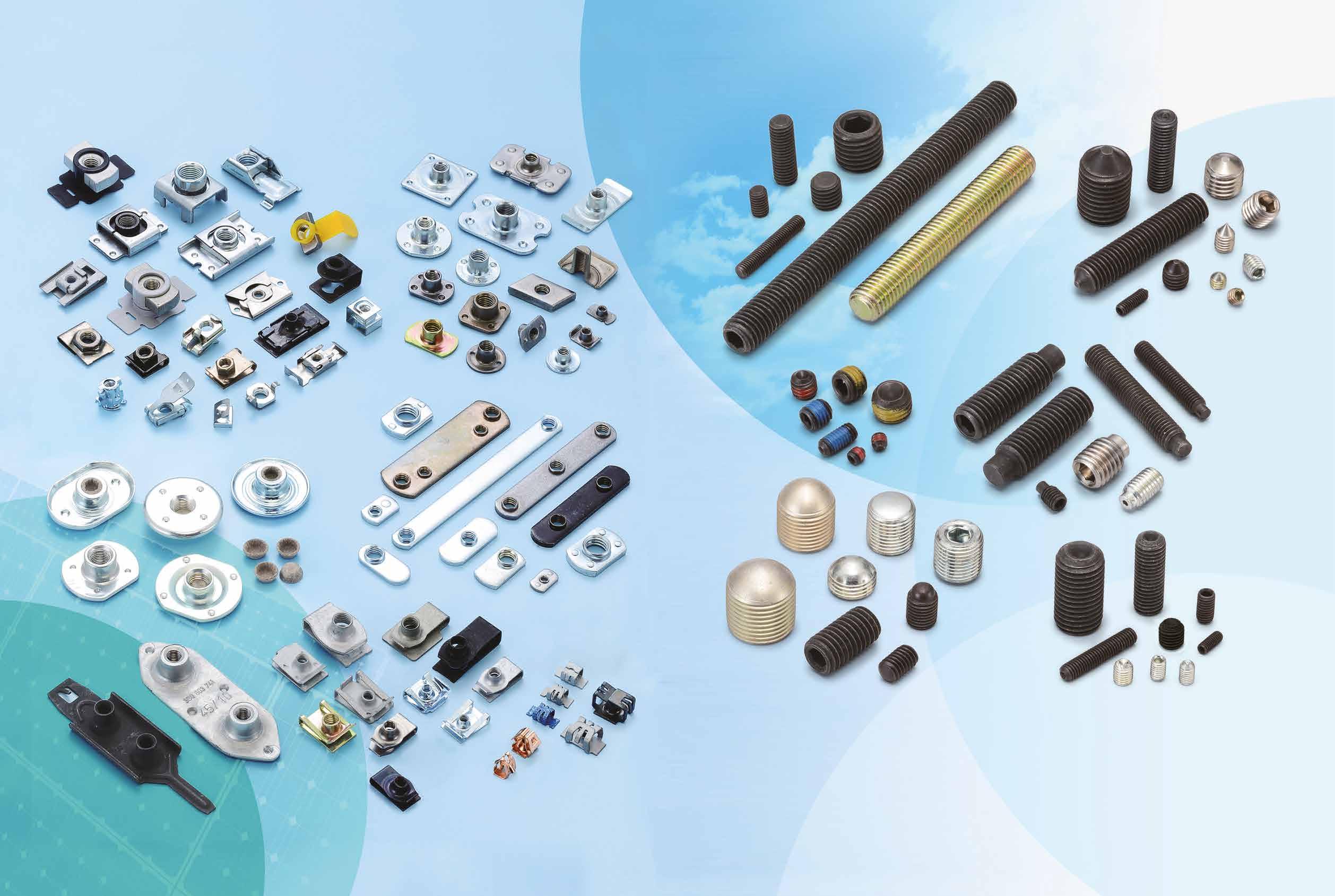




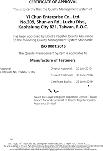










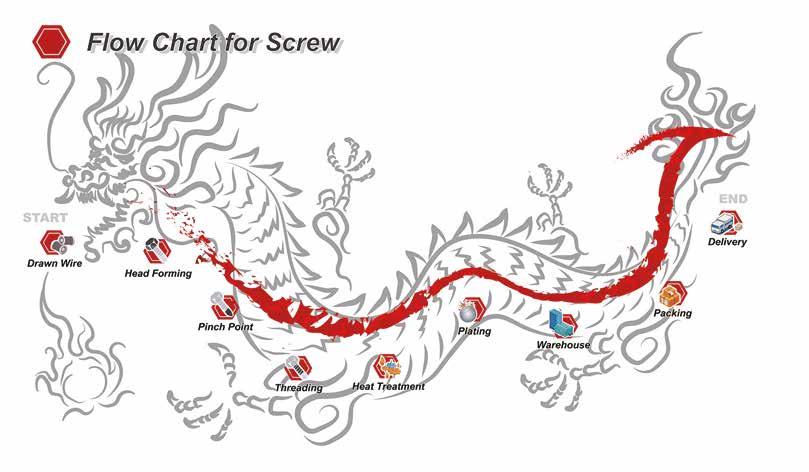



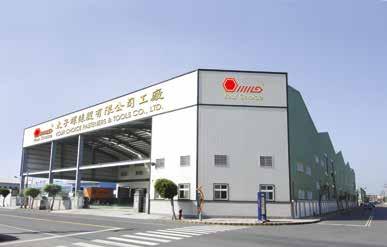










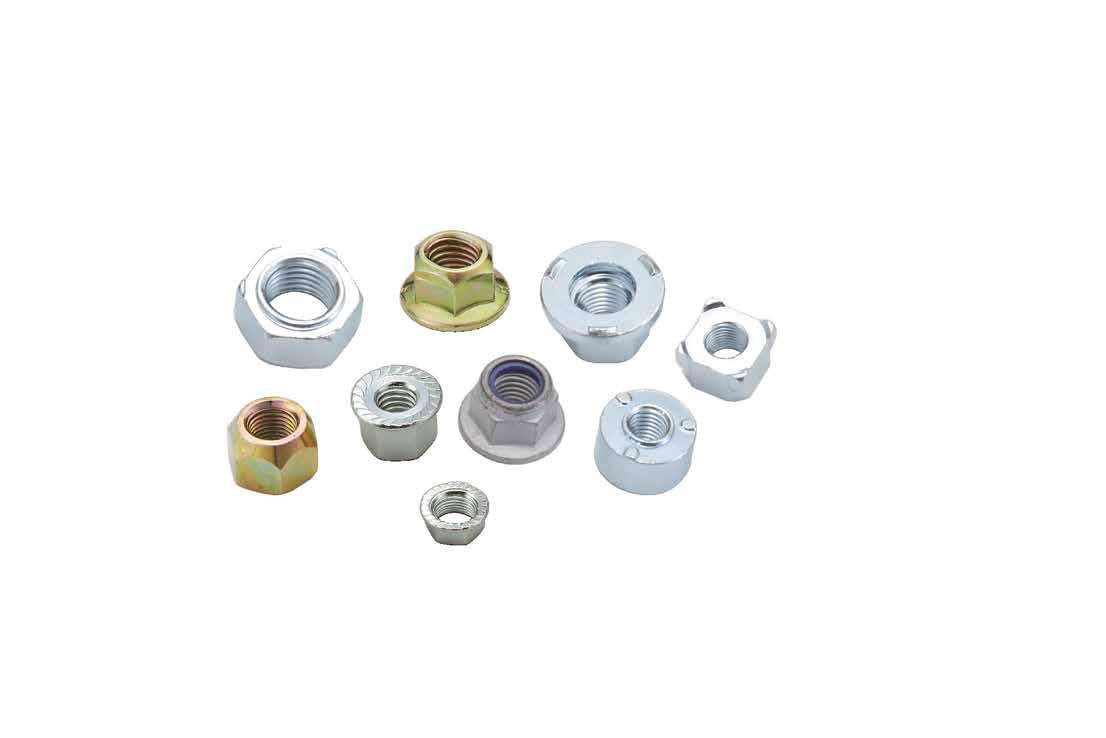
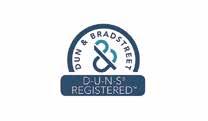









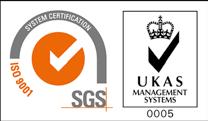


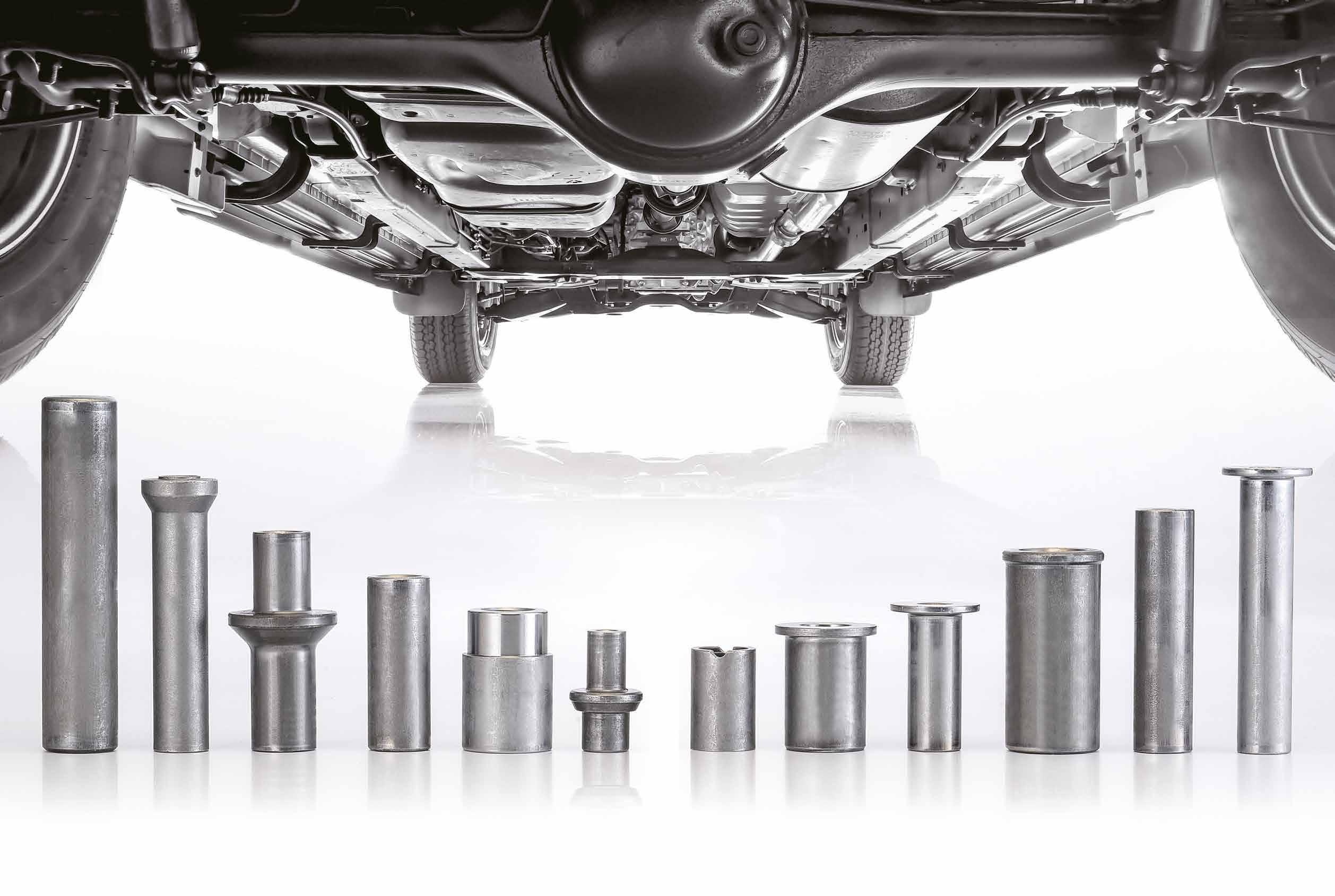

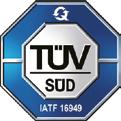


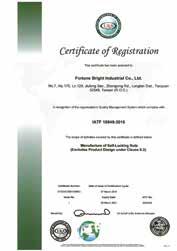
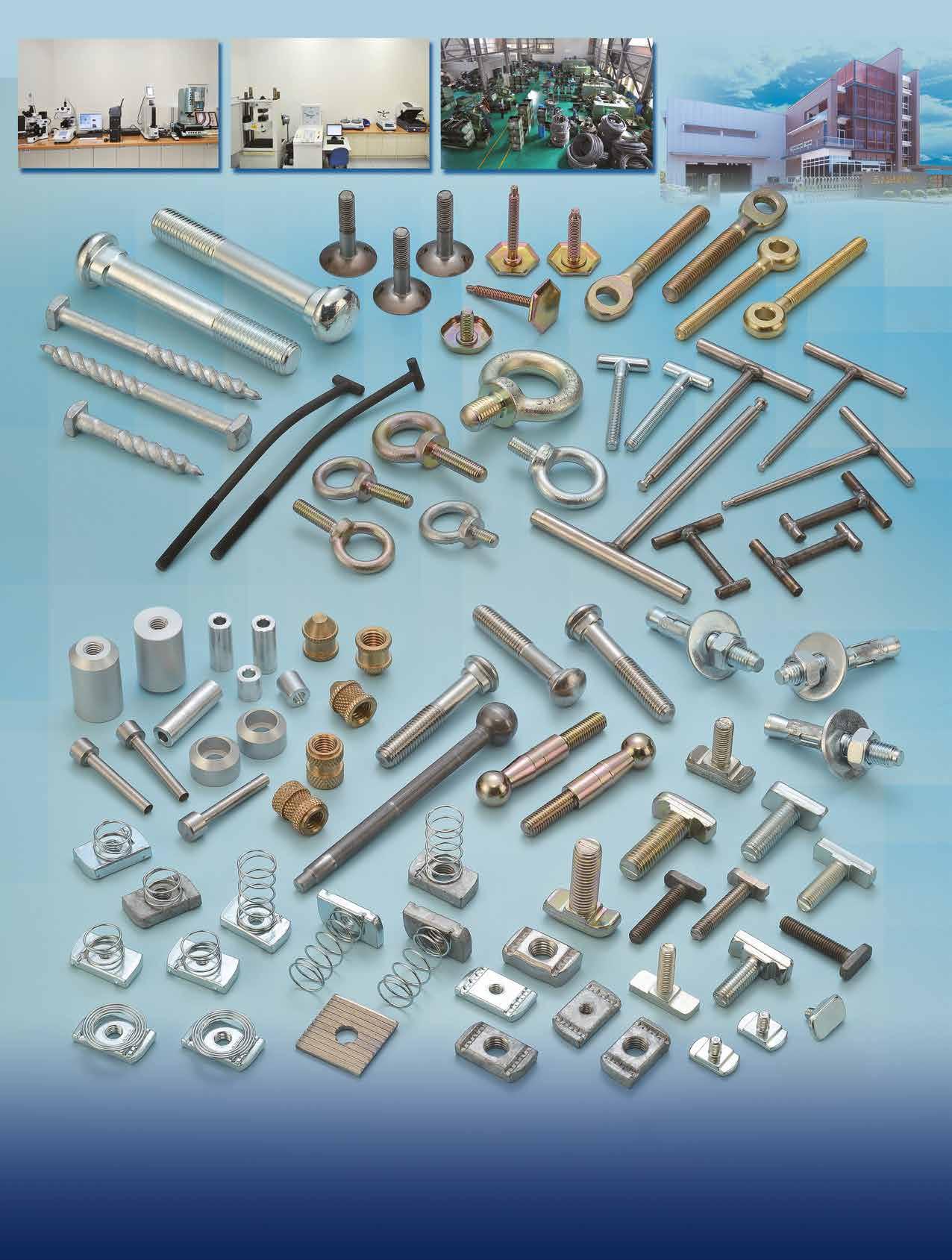









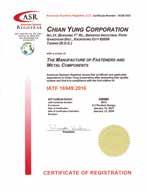








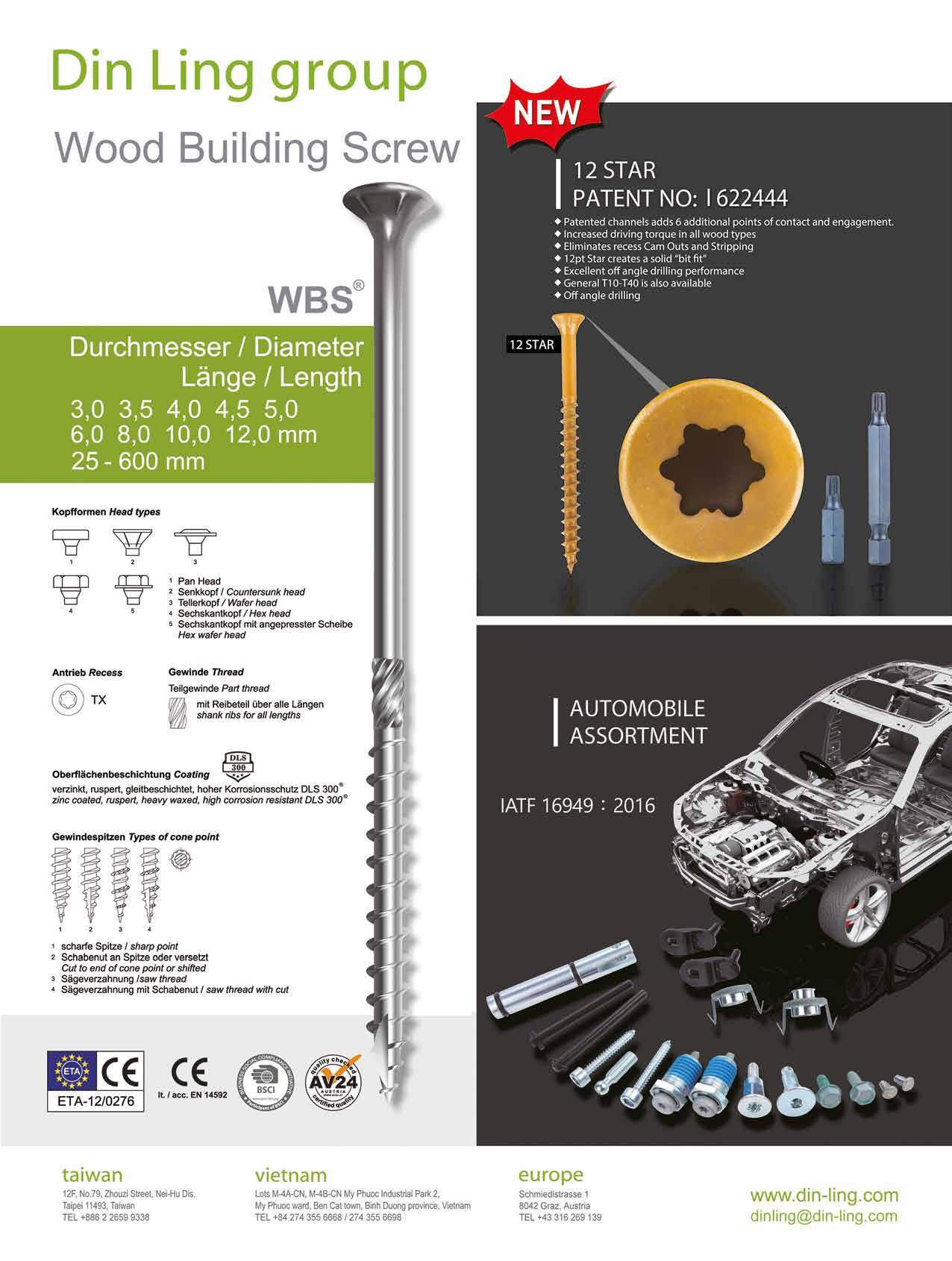








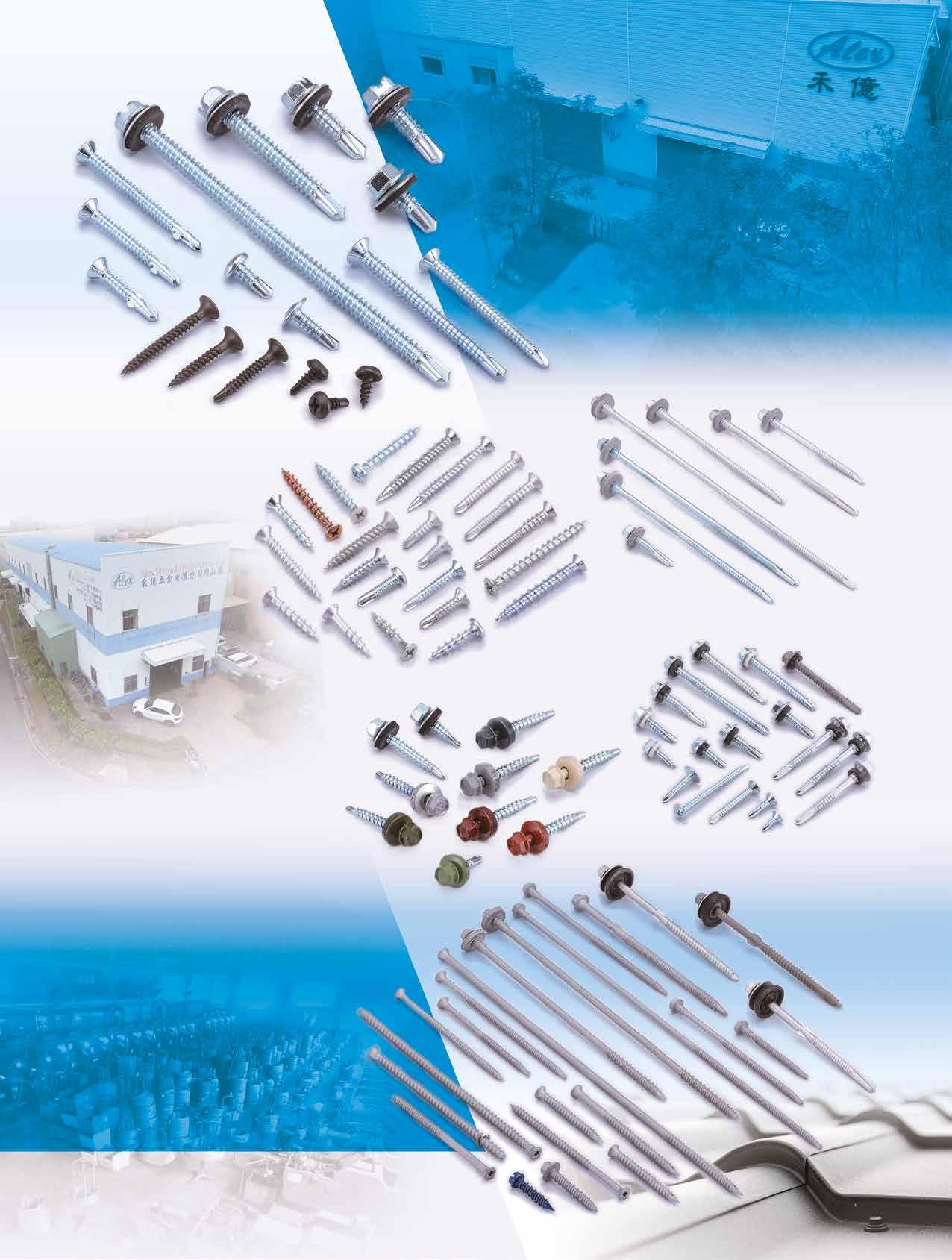

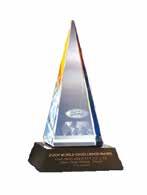


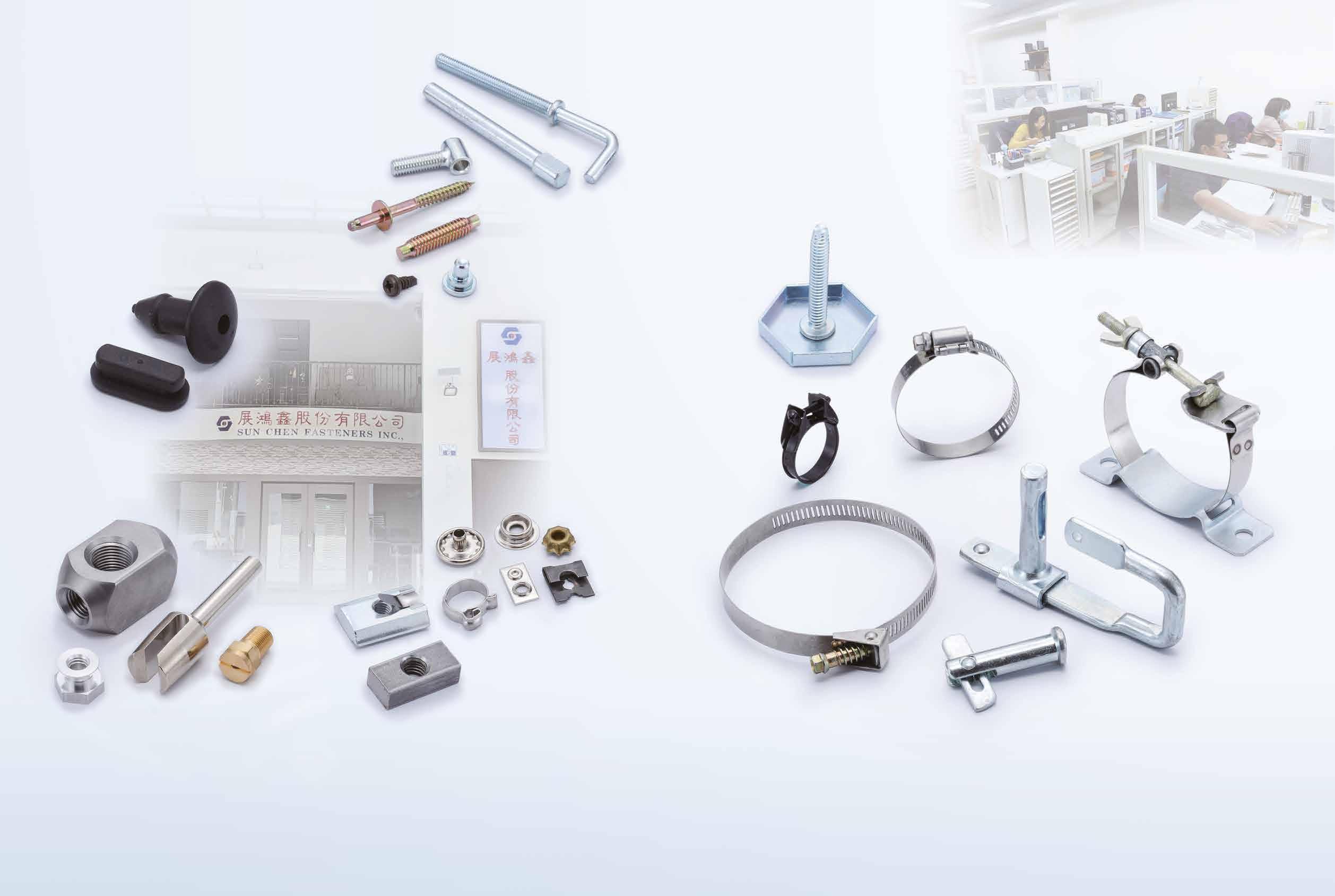

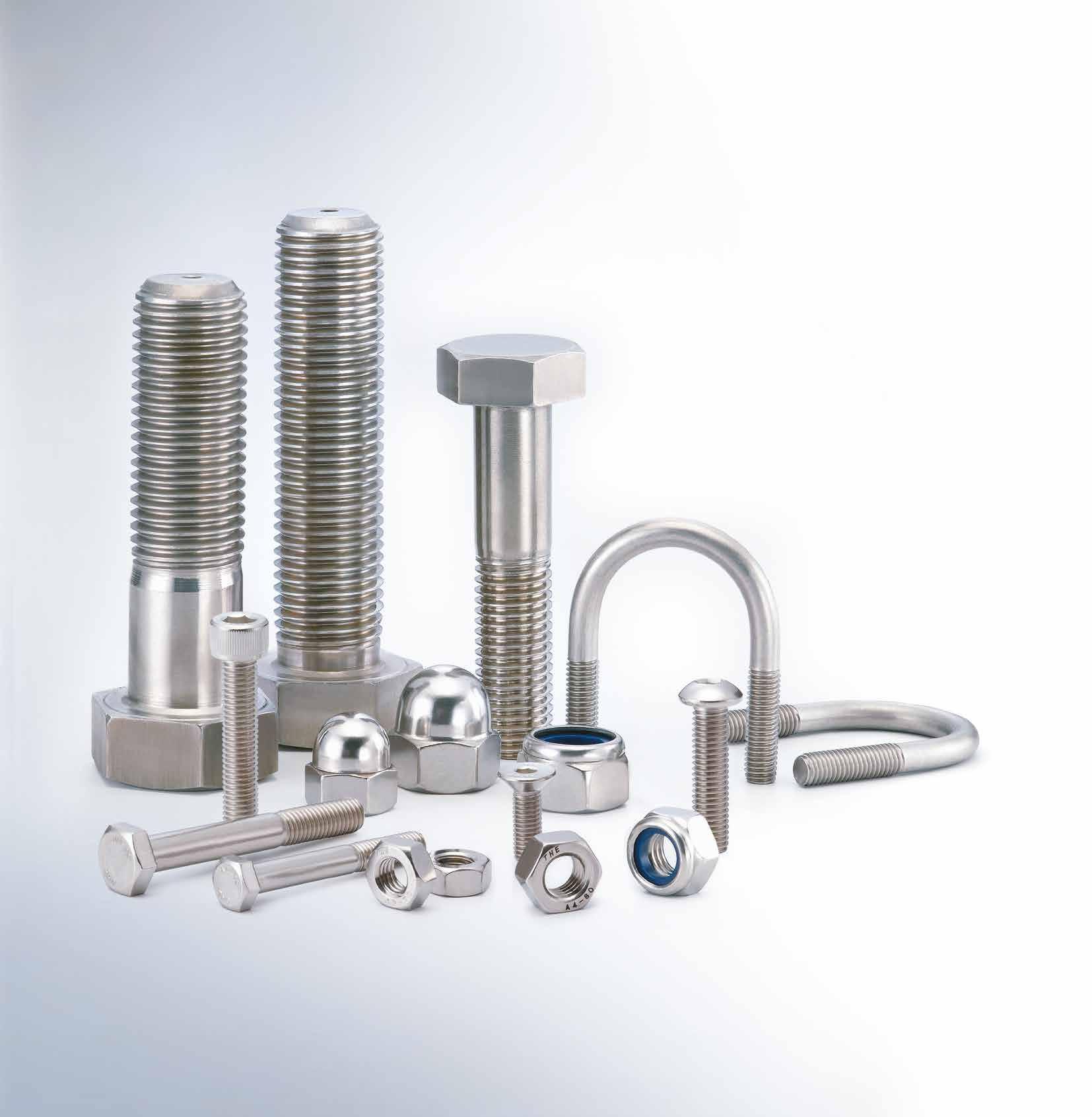








































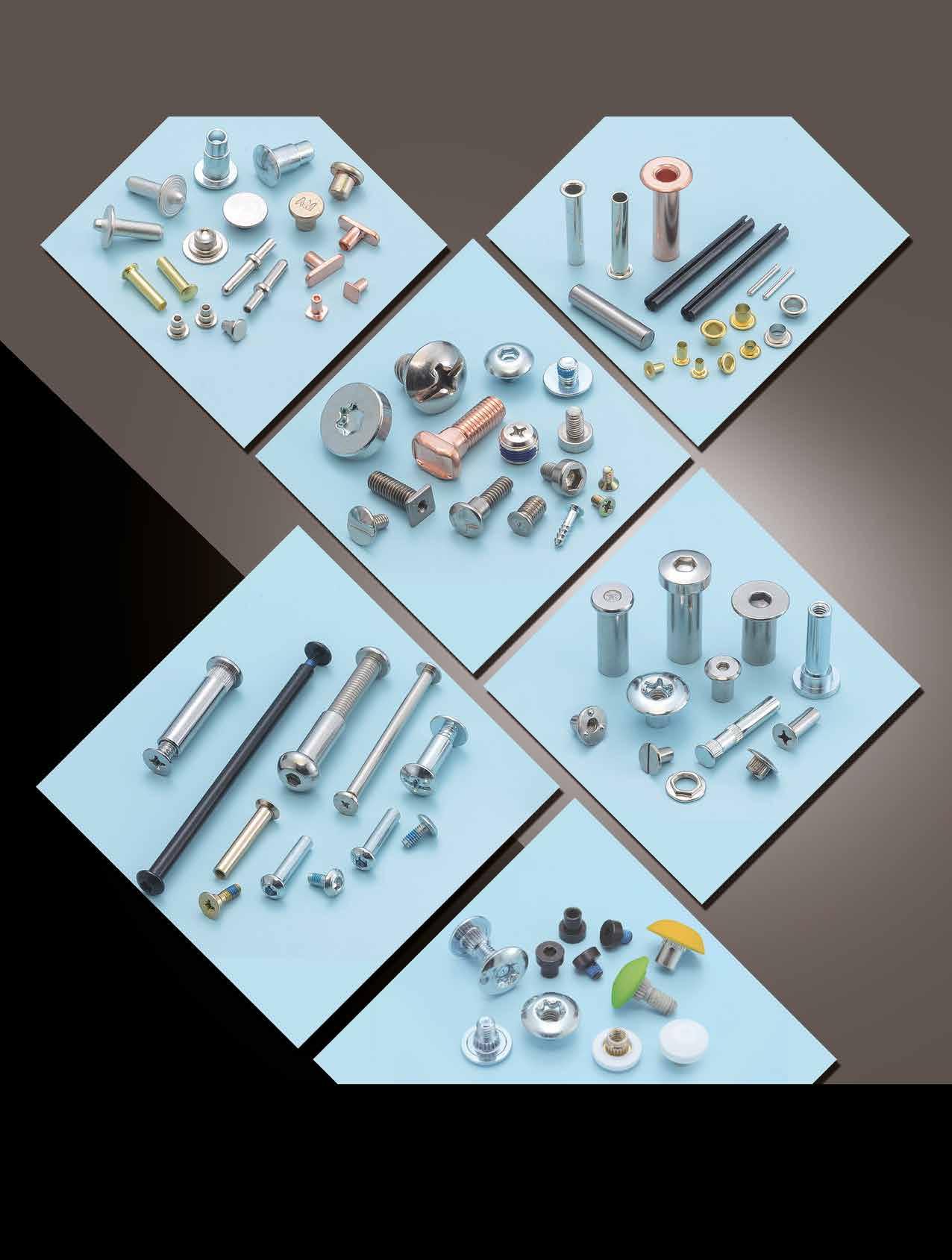
















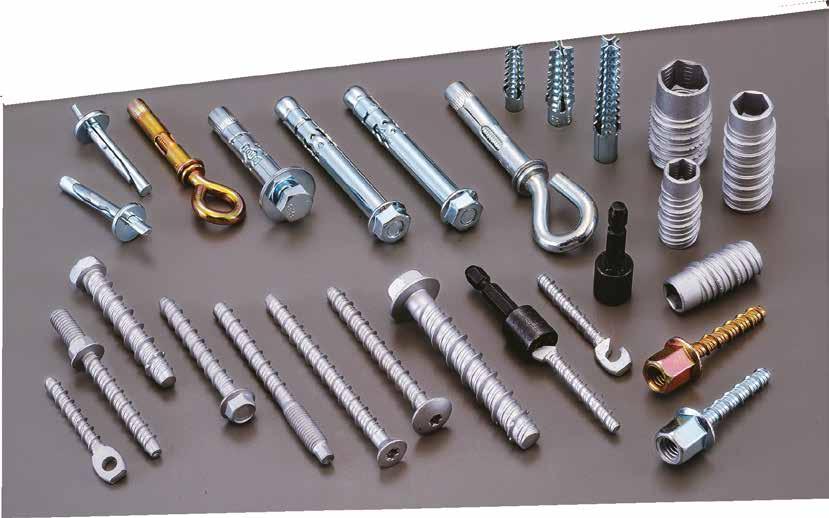





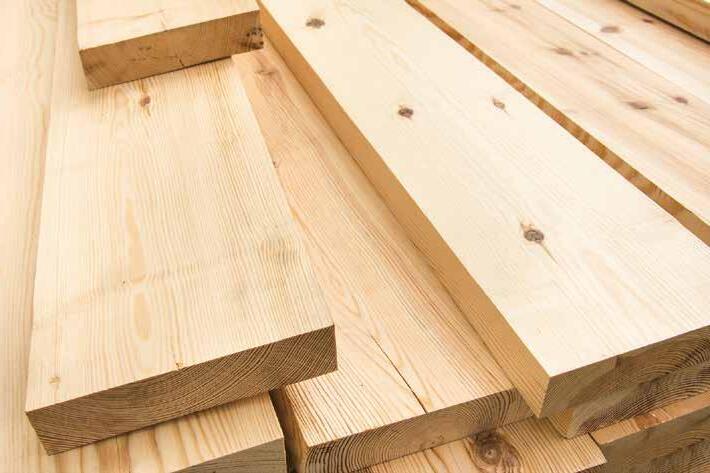
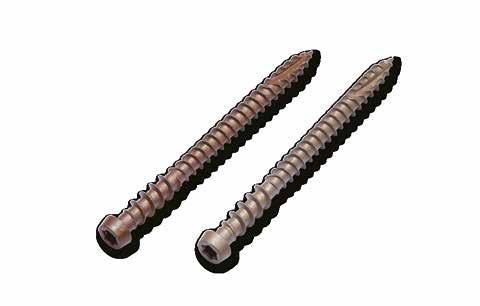
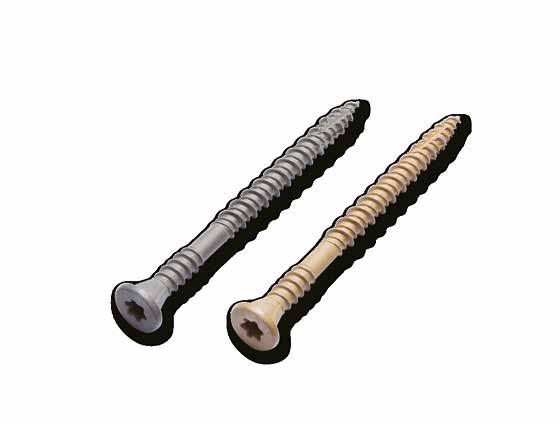



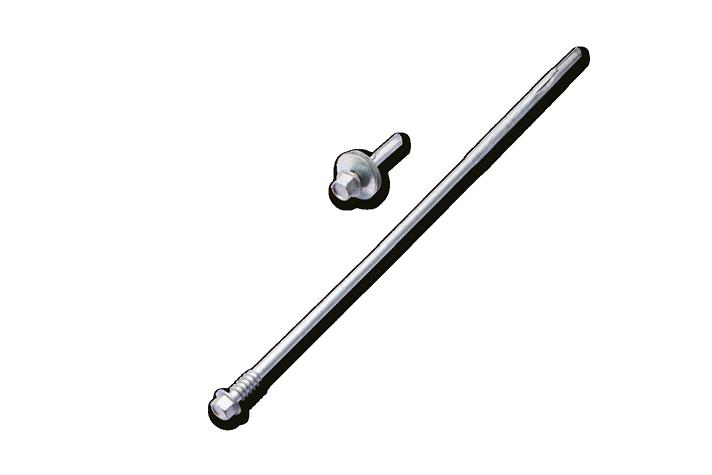

























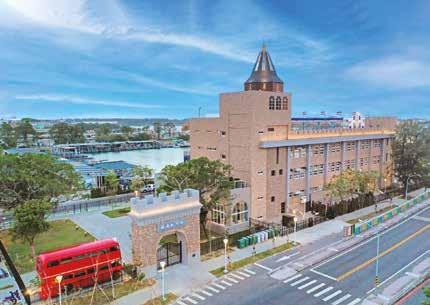
267 310EXPRESS COMPANY (Japan)
Security, Tamper Proof, Anti-theft Screws...
222 A-PLUS SCREWS INC.
Chipboard Screws, Customized Special Screws / Bolts…
207 A-STAINLESS INTERNATIONAL CO., LTD. 淳康
Chipboard Screws, Concrete Screws, Deck Screws...
336 ABC FASTENERS CO., LTD. 聯欣
Drop-in Anchors, Expansion Anchors, Wire Anchors...
105 ACHILLES SEIBERT GMBH (Germany)
Tapping Screws, Drilling Screws, Thread Rolling Screws...
257 ADOLF WüRTH GMBH & CO. KG TAIWAN 德商阿道夫
Screws, Screw Accessories, Anchors, Tools, Chemical-technical products...
215 ADVANCE FASTECH INDUSTRIAL CO., LTD. 毓盛
Aerospace Screws, Aircraft Nuts, Aluminum Bolts...
60 AEH FASTEN INDUSTRIES CO., LTD. 鉞昌
Clevis Pins, Dowel Pins, Hollow Rivets...
49 ALEX SCREW INDUSTRIAL CO., LTD. 禾億
Button Head Cap Screws, Button Head Socket Cap Screws...
80 AMBROVIT S.P.A. (Italy)
Chipboard Screws, Combined Screws, Machine Screws...
120 AMPLE LONG INDUSTRY CO., LTD. 寬長 Hollow Rivets, Drive Rivets, Semi-tubular Rivets...
346 ANCHOR FASTENERS INDUSTRIAL CO., LTD. 安拓
ETA Series, Anchor Bolts, Anchor Nuts, Automotive Parts...
67 APEX FASTENER INTERNATIONAL CO., LTD. 嵿峰
Nuts, Wing Nuts & Bolts, Turning Parts, Stamping Parts
116 ARK FASTECH CORP.
Multi-Station Cold Forging Bolts / Nuts...
96 ARUN CO., LTD.
Bi-metal Screws, Chipboard Screws, Drywall Screws...
方舟
鉅耕
166 ASCCO INTERNATIONAL CO., LTD. 今大唯
Chipboard Screws, Drywall Screws, Wood Screws, Tapping Screws...
126 AUTOLINK INTERNATIONAL CO., LTD. 浤爵
Automotive Screws, Machine Bolts, Flange Nuts...
322 AVIOUS ENTERPRISE CO., LTD.
Chipboard Screws, Drywall Screws, Flange Screws...
92 BCR INC.
Automotive Screws, Piston Pins, Weld Bolts (Studs)...
艾伯斯
必鋮
243 BEAR FASTENING SOLUTIONS, INC. 雄益
IFI, DIN, ISO, JIS standard, Drywall Screws, Decking Screws
132 BEST QUALITY WIRE CO., LTD. 上冠品
Stainless Steel, Carbon Steel, Alloy Steel Wire…
152 BESTWELL INTERNATIONAL CORP. 凱壹
Eye Bolts, Flanged Head Bolts, Hanger Bolts...
293 BIING FENG ENTERPRISE CO., LTD.
Blind Nut Formers, Multi-station Cold Forming Machines...
22 BI-MIRTH CORP.
Stainless Steel Screws, Chipboard Screws, Timber Screws...
265 BOLTINOX INDUSTRIAL CO., LTD.
Stainless Steel Solar Roof Hook, Hanger Bolts, Bolts, Nuts, Screws...
6 BOLTUN CORPORATION
Automotive Screws, Bushes, Conical Washer Nuts...
278 CHAN CHANGE MACHINERY CO., LTD. 長薔
Screw Head Machines, Bolt Former, High Performance Former...
243 CHANG BING ENTERPRISE CO., LTD. 彰濱
Hook Bolts, Holders / Hooks / Rings, Dowel Screws...
143 CHI NING COMPANY LTD. 旗林 Machine, Nuts, Tooling...
46 CHIAN YUNG CORPORATION 將運
SEMS Screws
312 CHIANG SHIN FASTENERS INDUSTRIES LTD. 強鑫
Flange Screws, Hexagon Head Bolts, Hexagon Head Cap Screws...
288 CHIEN TSAI MACHINERY ENTERPRISE CO., LTD. 鍵財
Thread Rolling Machines
89 CHIN LIH HSING PRECISION ENTERPRISE (CLH) 金利興 Automotive Nuts, Brass Inserts, Bushes, Bushings...
280 CHING CHAN OPTICAL TECHNOLOGY CO., LTD. 精湛 Eddy Current Sorting Machines, Fastener Makers...
56 CHONG CHENG FASTENER CORP.
38
Cap Nuts, Coupling Nuts, Conical Washer Nuts...
CHUN YU WORKS & CO., LTD.
Drywall Screws, Socket Head Cap Screws , TC Bolt Sets...
253 CONTINENTAL PARAFUSOS S.A. 巴西商友暉
Automotive Part & Nut, Home Appliance Screws, Sems...
176 COPA FLANGE FASTENERS CORP.
98
Hex Nuts, Hex Flange Nuts, Combi Nuts, Weld Nuts...
CPC FASTENERS INTERNATIONAL CO., LTD.
Stainless Steel, Bi-metal Self-drilling Screws...
304 CYUAN HAO INDUSTRIAL CO., LTD.
Specialist of Fastener Dies, Hardware Fastener and Washers...
21 DA YANG ENTERPRISE CO., LTD.
Special Automotive Nuts, Special Weld Nuts...
106 DAR YU ENTERPRISE CO., LTD.
Chipboard Screws, Drywall Screws, Screw Nails…
158 DE HUI SCREW INDUSTRY CO., LTD.
Drywall Screws, Decking Screws, Self-drilling Screws, Roofing Screws...
238 DICHA FASTENERS MFG
Expansion Anchors, Sleeve Anchors, Nylon Nail Anchors...
DIING SEN FASTENERS INDUSTRIAL CO., LTD. 鼎
Chipboard Screws, Corrosion Resistant Screws...
47 DIN LING CORP.
Chipboard Screws, Drywall Screws, Furniture Screws...
144 DRA-GOON FASTENERS CO., LTD. 丞曜
Chipboard Screws, Phillips Head Screws, TEK Screws...
42 DUNFA INTERNATIONAL CO., LTD.
Bushes, Spacers, Automotive Parts, Tubes, Turning Parts...
147 EASYLINK INDUSTRIAL CO., LTD.
Automotive Nuts, Thread Forming Screws...
211 EMEK RIVETS & FASTENERS CO. LTD. (Turkey)
Rivet Nuts, Spacers & Round Nuts, Tubular Rivets, Special Screws...
283 E-UNION FASTENER CO., LTD.
Conveyors, Thread Rolling Machines, Heading Machines...
119
62
2
FAITHFUL ENGINEERING PRODUCTS CO., LTD.
Anchors, Box Nails, Door/Window Accessories...
FALCON FASTENER CO., LTD.
Automotive & Motorcycle Special Screws / Bolts...
FANG SHENG SCREW CO., LTD.
Shoulder Bolts, Button Head Socket Cap Screws..
87 FASTENER JAMHER TAIWAN INC.
Automotive Nuts, Blind Nuts / Rivet Nuts, Bushings...
53 FASTNET CORP.
Dowel Pins, Flange Nuts, Weld Nuts, 4 Pronged T Nuts...
125
FILROX INDUSTRIAL CO., LTD.
Blind Nuts / Rivet Nuts, Tee or T Nuts, Blind Rivets...
84 FONG PREAN INDUSTRIAL CO., LTD.
Automotive Screws, Bi-metal Screws, Brass & Bronze Screws...
245 FONG WUNS CO., LTD.
Flange Nuts, Stainless Steel Nuts, Special Parts...
181 FONG YIEN INDUSTRIAL CO., LTD.
Eyebolts, Spindles...
44 FORTUNE BRIGHT INDUSTRIAL CO., LTD.
Cap Nuts, Dome Nuts, Nylon Cap Insert Lock Nuts...
76 FU HUI SCREW INDUSTRY CO., LTD.
Automotive & Motorcycle Special Screws / Bolts...
150 FU KAI FASTENER ENTERPRISE CO., LTD.
Precision Electronic Screws, Special Screws, Weld Screws...
64 FUSHANG CO., LTD.
Carbon Steel Screws, Chipboard Screws, Concrete Screws...
285 GIAN-YEH INDUSTRIAL CO., LTD.
Rivet Dies, Self-drilling Screw Dies, Screw Tip Dies...
221 GINFA WORLD CO., LTD.
Chipboard Screws, Countersunk Screws, Drywall Screws...
108 GOFAST CO., LTD.
Open Die Parts, Stamping Parts, Assembly Parts...
301 GREENSLADE & COMPANY, INC. (U.S.A.)
Concentricity, Ring Gage, Plug Gage Calibration, Gages...
282 GWO LIAN MACHINERY INDUSTRY CO., LTD. 國聯
Handstand Type Wire Drawing Machines, Non-Stop Coilers...
107 HAO CHENG PLASTIC CO., LTD.
PP Boxes, PET Jars, ABS Boxes, PC Boxes..
219 HAUR FUNG ENTERPRISE CO., LTD. 豪舫
External Tooth Washers, Long Carriage Bolts, Roofing Bolts...
224 HEADER PLAN CO. INC.
Chipboard Screws, Collated Screws, Deck Screws...
205 HEY YO TECHNOLOGY CO., LTD
恆勇 Precision Pins, Rollers, Dowel Pins...
162 HISENER INDUSTRIAL CO., LTD.
海迅
Wood Construction Screws, Chipboard Screws, Drywall Screws...
102 HOME SOON ENTERPRISE CO., LTD.
宏舜 Bit, Bit Holder, Magnetic Nut Setter, Spring Nut Driver...
110 HOMN REEN ENTERPRISE CO., LTD.
Bi-metal Screw, Collated Screws, Composite Screws...
261 HSIEN SUN INDUSTRY CO., LTD.
Hexagon Nuts, Tubular Nuts, Spacers, All Kinds of Screws...
129 HSIN CHANG HARDWARE INDUSTRIAL CORP. 欣彰 Anchor Bolts, Anchors, Plastic Fasteners...
86 HSIN JUI HARDWARE ENTERPRISE CO., LTD.
Bushes, Construction Bolts, Special Cold / Hot Forming Parts...
229 HSIN YU SCREW ENTERPRISE CO., LTD.
Acme Screws, Hexagon Head Cap Screws...
40 HU PAO INDUSTRIES CO., LTD.
Automotive Nuts, Flange Nuts, Hexagon Nuts...
145 HWALLY PRODUCTS CO., LTD.
Drop-in Anchors, Chipboard Screws, Anchors...
287 INFINIX
195 iTAC LABORATORY CO., LTD.
Independent laboratory services for fastener tests
10 J.C. GRAND CORPORATION
All Kinds of Screws, Chipboard Screws...
31 JAU YEOU INDUSTRY CO., LTD.
Chipboard Screws, Drywall Screws, High Low Thread Screws...
344 JERN YAO ENTERPRISES CO., LTD.
Multi-station Cold Forming, Parts Forming Machines...
41 JET FAST COMPANY LIMITED
Blind Nuts / Rivet Nuts, Aircraft & Aerospace Washers...
302 JIE LE MACHINERY CO., LTD.
捷仂 Consolidation of Artificial Intelligence Equipment
153 JIEN KUEN ENTERPRISE CO., LTD.
健坤 Hexagon Nuts, Nylon Cap Insert Lock Nuts, Square Nuts...
295 JIENG BEEING ENTERPRISE CO., LTD. 精斌 Forming Tool for Nut and Bolt, Dies, Molds...
140 JINGFONG INDUSTRY CO., LTD.
璟鋒 Hex Nylon Insert Lock Nuts, Wing Nuts with Nylon Insert...
148 JOINTECH FASTENERS INDUSTRIAL CO., LTD.
群創 Customized Parts, Bolts, Screws, Nuts, Automotive Parts...
61 JOKER INDUSTRIAL CO., LTD.
久可 Hollow Wall Anchors, Concrete Screws, Jack Nuts...
134 JUNGSHEN TECHNOLOGY CO., LTD. 榮燊 Bi-metal Screws, Automatic Welding & Automatic Inspection...
161 KAN GOOD ENTERPRISE CO., LTD.
鋼固 Fastener, Hardware, Plastic, Instruction Booklet Package in Bags...
247 KAO WAN BOLT INDUSTRIAL CO., LTD. 高旺 Hex Head Cap Screws, Carriage Bolts, Hex Lag Bolts...
146 KATSUHANA FASTENERS CORP.
濱井 Collated Screws, Drywall Screws, Roofing Screws...
321 KEY-USE INDUSTRIAL WORKS CO., LTD. 凱雍 Flanged Head Bolts, Milled Bolts, Rim Bolts, Round Head Bolts...
156 KING CENTURY GROUP CO., LTD.
慶宇 Drop-in Anchors, Self-drilling Anchors, Sleeve Anchors...
303 KING SHANG YUAN MACHINERY
金上源 Hydraulic Press for Lock Nut, Assembly
297 KUANG TAI METAL INDUSTRIAL CO., LTD.
Stainless Steel Cold Heading Wire
212 KUNTECH INTERNATIONAL CORP.
廣泰
鉅堃
All Kinds of Screws, Automotive & Motorcycle Special Screws / Bolts...
305 KUO CHEN MOLD CO., LTD.
國鎮 Self-Drilling Dies
206 KUOLIEN SCREW INDUSTRIAL CO., LTD.
國聯螺絲 Advanced Fastener
74 KWANTEX RESEARCH INC.
寬仕 Chipboard Screws, Wood Construction Screws, Deck Screws...
124 L & W FASTENERS COMPANY
金大鼎 Construction Fasteners, Flat Washers, Heavy Nuts...
189 LI YOU SCREW INDUSTRY CO., LTD.
立侑 Automotive / Sems / Nylock / CNC Machined Screws...
249 LIAN CHUAN SHING INTERNATIONAL CO., LTD.
連全興 Weld Nuts, Special Parts, Special Washers, Flat Washers...
338 LIAN SHYANG INDUSTRIES CO., LTD.
連翔 Nut Formers, Nut Tapping Machines
348 LINKWELL INDUSTRY CO., LTD.
All Kinds of Screws, Automotive & Motorcycle Special Screws...
20 LOCKSURE INC.
Custom Washers, Flat Washers, Automotive Screws...
順承
今湛
85 LONG THREAD FASTENERS CORP.
Bi-metal Self-drilling Screws, Chipboard Screws...
91 MAC PRECISION HARDWARE CO. 鑫瑞
Turning Parts, Precision Metal Parts, Cold Forged Nuts...
259 MACRO FASTENERS CORP. 宏觀
Multi-Station Screws, Nuts, Washers, Furniture Screws...
154 MAO CHUAN INDUSTRIAL CO., LTD. 貿詮
Professional Stamping Manufacturer
27 MASTER UNITED CORP. 永傑
Chipboard Screws, Drywall Screws, Furniture Screws...
66 MAUDLE INDUSTRIAL CO., LTD. 茂異
Button Head Socket Cap Screws, Flange Washer Head Screws...
232 MAXTOOL INDUSTRIAL CO., LTD.
Plastic Screws, Drop-in Anchors, Expansion Anchors...
136 METAL FASTENERS CO., LTD.
Thread Inserts, Self-Clinching Fasteners...
177 METECK ENTERPRISES CO., LTD.
Automotive Fasteners, Brass Screws (Bolts), Building Fasteners...
14 MIN HWEI ENTERPRISE CO., LTD.
Button Head Socket Cap Screws, Chipboard Screws...
133 MOUNTFASCO INC.
All Kinds of Screws, Alloy Steel Screws, Automotive Screws...
94 NCG TOOLS INDUSTRY CO., LTD. 昶彰
Tools for Fastening Anchors, Blind Nuts / Rivet Nuts...
88 ND INDUSTRIES ASIA INC. 穩得
ND Pre-Applied Processes, Advanced Sealing Technologies...
291 NEW BEST WIRE INDUSTRIAL CO., LTD. 強新 Iron or Steel Wire Rod, Alloy Steel Wire & Rod, Stainless Steel Wire...
175 NOVA. FASTENER CO., LTD.
鑫星 Hexagon Nuts, Square Nuts, Wood Screws, Chipboard Screws...
171 PAKWELL CORPORATION
Bi-metal Screws
開懋
159 PEARSON INDUSTRIAL CO., LTD. 春郁
Automotive Cold Formed Parts, Self-Clinching Cold Formed Parts...
48 PENGTEH INDUSTRIAL CO., LTD.
SEMs Screws, Special Screws, Binder Screws, PT Screws...
彭特
109 PPG INDUSTRIES INTERNATIONAL INC. 美商必丕志
Chromium-free Coating, ED Coating...
173 PRO POWER CO., LTD.
Screws, Bolts...
123 PS FASTENERS PTE LTD. (Singapore) 汎昇
Washers, Socket Set Screws, U Bolts, Alloy Steel Screws...
142 QST INTERNATIONAL CORP. 恒耀國際
Hexagon Head Bolts, Square Head Bolts, Weld Bolts (Studs)...
103 RAY FU ENTERPRISE CO., LTD.
Construction Screws, Automotive Parts, Special Fasteners...
18 REXLEN CORP.
Clinch Nuts, Clinch Studs, CNC Parts, Stamped Parts...
179 SACMA GROUP (Italy)
Net-Shape Parts Former
4 SAN SHING FASTECH CORP.
Automotive Nuts, Automotive Parts, Carbide Dies...
289 SAN SING SCREW FORMING MACHINES CO., LTD.
Cold Forging Bolt Formers, Thread Rolling Machines...
79 SCREWTECH INDUSTRY CO., LTD. 銳禾
Machined Parts, Thumb Screws, Micro Screws...
340 SEN CHANG INDUSTRIAL CO., LTD. 昇錩
Customized Special Screws / Bolts, Socket Head Cap Screws...
334 SHANGHAI FAST-FIX RIVET CORP.
137
Blind Rivets, High Shear Rivets, Closed End Rivets...
SHAW GUANG ENTERPRISE CO., LTD. 紹光
Cap Nuts, Conical Washer Nuts, Flange Nuts...
286 SHEEN TZAR CO., LTD. 新讚
Self-Drilling Screw Machines & Dies
272 SHEH FUNG SCREWS CO., LTD.
Chipboard Screws, Countersunk Screws, Wood Screws...
274 SHEH KAI PRECISION CO., LTD.
Bi-metal Concrete Screw Anchors, Bi-metal Screws...
151 SHEN CHOU FASTENERS INDUSTRIAL CO., LTD.
Button Head Cap Screws, Chipboard Screws...
16 SHIH HSANG YWA INDUSTRIAL CO., LTD.
168
Flange Nuts, Flange Nylon Nuts With Washers...
SHIN CHUN ENTERPRISE CO., LTD.
Automotive Screws, Chipboard Screws, Customized Screws...
269 SHIN JAAN WORKS CO., LTD.
Flanged Head Bolts, Long Carriage Bolts, Round Head Bolts...
160 SHUENN CHANG FA ENTERPRISE CO., LTD.
Long Construction Fasteners and Other Modified Fasteners...
307 SHYEH MENNQ DEVELOPMENT CO., LTD. 偕盟
Screw Header Punch
170 SIN HONG HARDWARE PTE. LTD (Singapore) 新豐
Hexagon Nuts, Hexagon Head Bolts, Blind Rivets...
28 SPEC PRODUCTS CORP. 友鋮
Lincensee Fasteners, Turned/Machined Parts...
8 SPECIAL RIVETS CORP. 恆昭
Blind Nuts / Rivet Nuts, Blind Rivets, Air Riveters...
167 SPRING LAKE ENTERPRISE CO., LTD. 春澤 Chipboard Screws, Thread Forming Screws...
52
296
SUN CHEN FASTENERS INC.,
Cup Washers, Flanged Head Bolts, T-head or T-slot Bolts...
SUN FAME MANUFACTURING CO., LTD. 商匯 Shank Slotting Machines, Screw Point Cutting Machine...
183 SUN THROUGH INDUSTRIAL CO., LTD.
Bi-Metal Screws, Carbon Steel Screws, Stamped Parts...
113 SUNCO INDUSTRIES CO., LTD. (Japan)
Distributor Specializing in Fasteners
99 SUPER DPD CO., LTD.
All Kinds of Screws, Bi-metal Screws, Carbon Steel Screws...
45 SUPERIOR QUALITY FASTENER CO., LTD.
Weld Nuts, Turning Parts, Long Screws, Spring Nuts... 241 SUPREME FASTENER CORP.
Bolt & Screw, Special Fastener, Sems, Copper Bolt... 300 TAIEAG CORPORATION
Designed peripheral equipment suitable for fastener packaging
TAIWAN FASTENERS INTEGRATED SERVICE
Bolts, Screws, Nuts, Precise Mechanical Parts, Stampings... 292 TAIWAN INTERNATIONAL TOOL FORM LTD.
Nut Forming Dies, Parts Forming Dies, Bolt Forming Dies... 157
TAIWAN PRECISION FASTENER CO., LTD.
Drywall Screws, Wood Construction Screws, Roofing Screws...
100 TAIWAN SELF-LOCKING CO., LTD. (TSLG) 台灣耐落
Nylok®, Precote®, Nycote®, Nyplas®, Loctite®...
149 TAIWAN SHAN YIN INTERNATIONAL CO., LTD. 慶達
Bi-metal Self-drilling Screws, Chipboard Screws...
128 TANG AN ENTERPRISE CO., LTD. 鏜安
Customized Automotive Parts and Special Fasteners
36 THREAD INDUSTRIAL CO., LTD. 英德
Chipboard Screws, Flange Nuts, Heavy Nuts...
54 TONG HEER FASTENERS (THAILAND) CO., LTD.
Stainless Steel Metric Screws, Stainless Steel Screws...
54 TONG HEER FASTENERS CO., SDN. BHD (Malaysia)
Hex Bolts, Stud Bolts, Socket Cap Screws, Hex Nuts…
169 TONG HO SHING INTERNATIONAL CO., LTD. 桐和興
Hex Washer Head Screws, Indent Hex Head Screws...
12 TONG HWEI ENTERPRISE CO., LTD. 東徽
A2 Cap Screws, Button Head Socket Cap Screws...
55 TONG MING ENTERPRISE CO., LTD. 東明
Stainless Steel Fasteners, Wire Rods…
294 TOP STABILITY MACHINE INDUSTRY CO., LTD. 上穩
Thread Rolling Machine, Heading Machine, Nut Former...
217 TSAE FARN SCREWS HARDWARE CO., LTD. 采凡
2 Cap Screws, Aircraft Nails, All Kinds of Screws...
138 TSIN YING METAL INDUSTRY CO., LTD. 晉英
Stainless Steel Cold Heading Wire, Oxalate Coating Wire...
299 TUNG FANG ACCURACY CO., LTD. 東鈁
Carbide Pins, Carbide Dies, Polygon R-type Punches, Square Punches...
284 TZE PING PRECISION MACHINERY CO., LTD. 智品
Open Die Machines, Cold Headers, Cold Forming Machines...
290 UNIPACK EQUIPMENT CO., LTD. 全立發
Packaging/Labelling/Palletizing Machines...
211 UNIVERSAL PRECISION SCREWS (India)
Dowel Pins and Shoulder Bolts...
231 VELA SCHRAUBEN GMBH (Germany) Sems, Locking Teeth, Box Terminals, Earth Terminals...
121 VERTEX PRECISION INDUSTRIAL CORP. 緯紘 6 Cuts/ 8 Cuts Self Drilling Screws, Barrel Nuts, Cap Screws
208 WAN IUAN ENTERPRISE CO., LTD.
Punches/Dies of Various Nuts, Screws, Sleeves and Socket Boxes
58 WE POWER INDUSTRY CO., LTD.
Chipboard Screws, Concrete Screws, Drywall Screws...
130 WEIMENG METAL PRODUCTS CO., LTD.
Standard / Customized Parts, Machining Parts, Stamping Parts...
209 WEI-SHEN INDUSTRIAL FACTORY
Split Rivets, Bifurcated Rivets...
Steel Screws, Flange Bolts, Security Bolts, SEMS Screws...
WYSER INTERNATIONAL
97 YING YI CO., LTD.
Sems Parts, Special Nuts, Pressed Parts...
37 YOUR CHOICE FASTENERS & TOOLS CO., LTD. 太子 A2 Cap Screws, Bits & Bit Sets, Chipboard Screws...
342 YOW CHERN CO., LTD.
Flanged Head Bolts, Chipboard Screws, Floorboard Screws...
193 YU RUEN HARDWARE CO., LTD.
Automotive Fasteners, Customized Nuts, Special Screws or Bolts
63 YUH CHYANG HARDWARE INDUSTRIAL CO., LTD. 鈺強
Automotive & Motorcycle Special Screws / Bolts...
172 YUN CHAN INDUSTRY CO., LTD. 雍昌
Bits & Bit Sets, Hex Keys, Nut Setters, Wrench Sets...
122 YUNG KING INDUSTRIES CO., LTD. 榮金 Dowel Pins, Roll Pins, Self-locking Pins, Cotter Pins, Split Pins...
117 ZYH YIN ENT. CO., LTD.
Euro Screws, Dowel Pins, Allen Keys, Confirmat Screws...
293 BIING FENG ENTERPRISE CO., LTD.
278 CHAN CHANGE MACHINERY CO., LTD.
288 CHIEN TSAI MACHINERY ENTERPRISE CO., LTD.
280 CHING CHAN OPTICAL TECHNOLOGY CO., LTD.
283 E-UNION FASTENER CO., LTD.
301 GREENSLADE & COMPANY, INC. (U.S.A.)
282 GWO LIAN MACHINERY INDUSTRY CO., LTD.
344 JERN YAO ENTERPRISES CO., LTD. 正曜 302 JIE LE MACHINERY CO., LTD.
303 KING SHANG YUAN MACHINERY CO., LTD. 金上源
KUANG TAI METAL INDUSTRIAL CO., LTD. 廣泰 338 LIAN SHYANG INDUSTRIES CO., LTD.
291 NEW BEST WIRE INDUSTRIAL CO., LTD. 強新 179 SACMA GROUP (Italy)
289 SAN SING SCREW FORMING MACHINES CO., LTD.
SHEEN TZAR CO., LTD.
SUN FAME MANUFACTURING CO., LTD.
TAIEAG CORPORATION
TOP STABILITY MACHINE INDUSTRY CO., LTD.
TZE PING PRECISION MACHINERY CO., LTD.
UNIPACK EQUIPMENT CO., LTD.
YESWIN MACHINERY CO., LTD.
INFINIX PRECISION CORP.


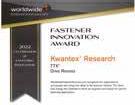




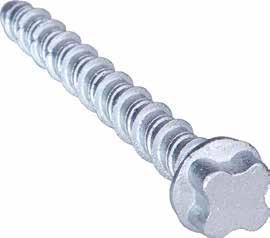





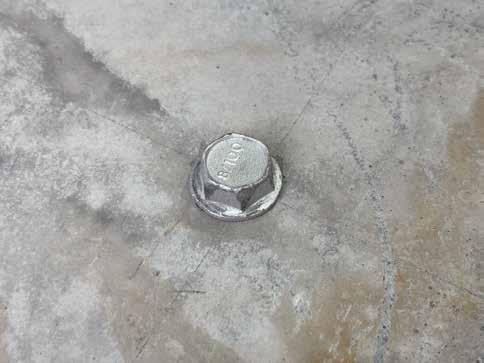





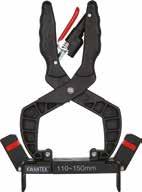




















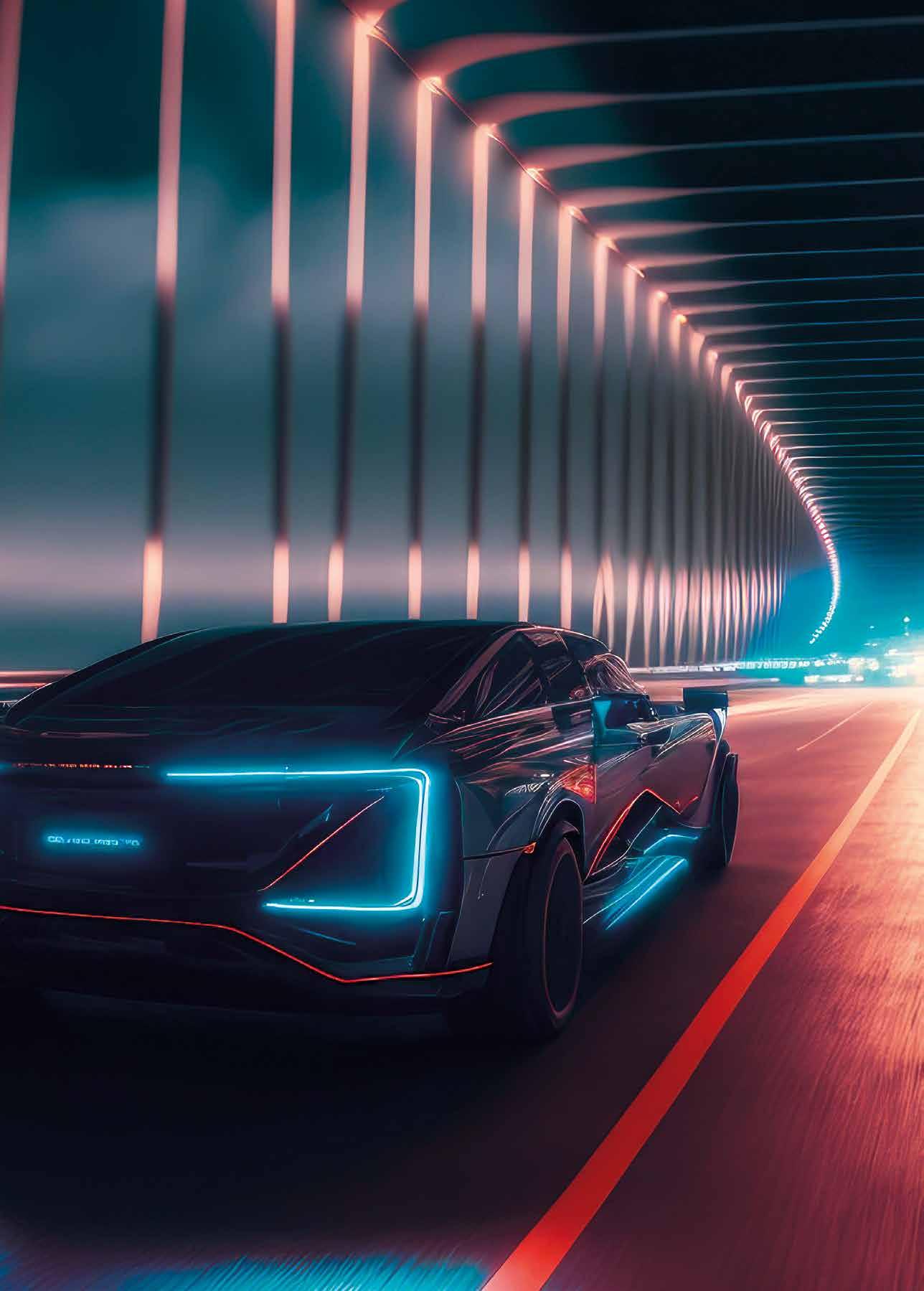









In recent years, the fastener industry has experienced a remarkable transformation, driven by the increasing demand for sustainability and innovation. The industry is committed to reducing environmental impact and introducing new materials and technologies to meet the needs of an evolving market.

Fastening elements are key players that exponentially contribute to the success and longevity of projects in various sectors. These small elements play a crucial role not only in the design of structures and infrastructures, but also in terms of sustainability.
In a sector that every day faces a demand for greater ecological responsibility, related to products lifecycle, emissions reduction, and energy conservation, it is now essential to have concrete solutions. Additionally, numerous laws have been promulgated to address the longstanding issue of material disposal and its environmental impact.
In addition to a newfound attention for the fasteners sector from customers, partners and institutions, it is now a moral duty to adopt adequate measures to meet these needs. For these reasons, an increasing number of production plants are actively committed to improving their energy efficiency and ensuring emission reduction.

The future is an incredible adventure: Ambrovit at the forefront of sustainability and safety.
Ambrovit, a leading company in the fastening systems sector, is known for its constant search for innovative and sustainable solutions that can meet customer demands while maintaining the highest quality, in full compliance with current regulations.
Ambrovit catalog offers different safe and durable solutions for various materials, like screws for drywall, a versatile ductile material increasingly used for his high recyclability.
Ambrovit does not only support the use of sustainable materials, but it also offers a wide range of products, all strictly certified. Among the various certifications, mentions should be done for the renowned ISO 9001 standard, which guarantees high-quality standards and especially attests to the conformity of the company's management system.
Ambrovit also offers multiple treatments, aesthetic finishes and some special resistant treatments suitable for the most corrosive environments. All these products comply with specific European directives and / or regulations, therefore they are free from dangerous and carcinogenic components, guaranteeing and protecting the quality of life and the environment.
Recently, Ambrovit has launched a new website to improve the customer experience and facilitate access to information about their products and services. The company has also invested in avant-garde automated warehouses, Orion and Proxima, which represent a significant step towards more efficient logistics and waste reduction, contributing to the overall sustainability of the company.
Innovation does not stop here: Ambrovit has always been committed to communicating effectively and strategically with its customers through targeted communication campaigns and an active online and offline presence, informing and engaging the public about its sustainability and innovation initiatives and progress.
The future of materials in fastening is guided by sustainability and innovation, and companies like Ambrovit are demonstrating their commitment to these goals, with their proactive and future-oriented approach, they actively contribute to shape an eco-friendly fasteners industry.
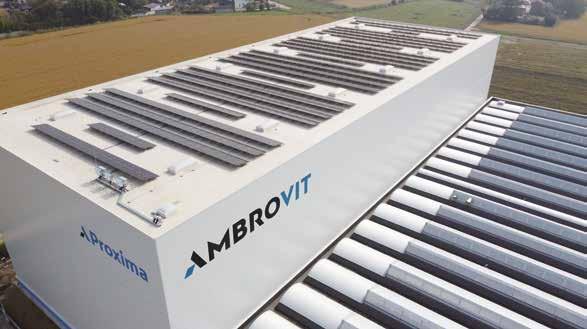

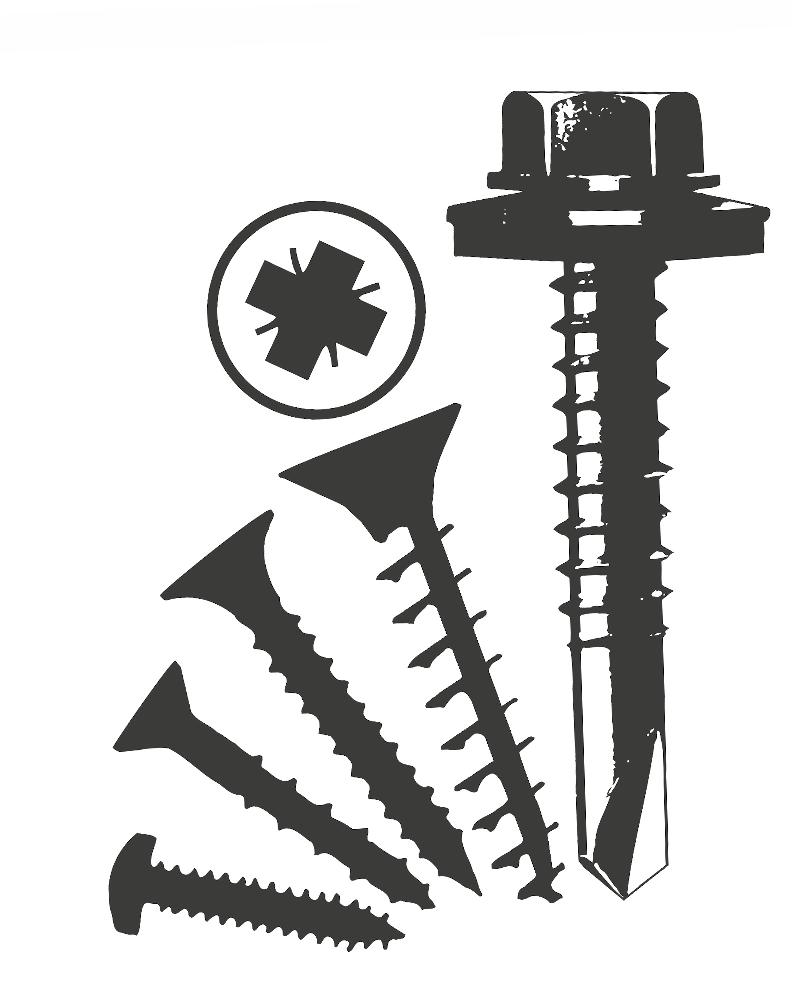









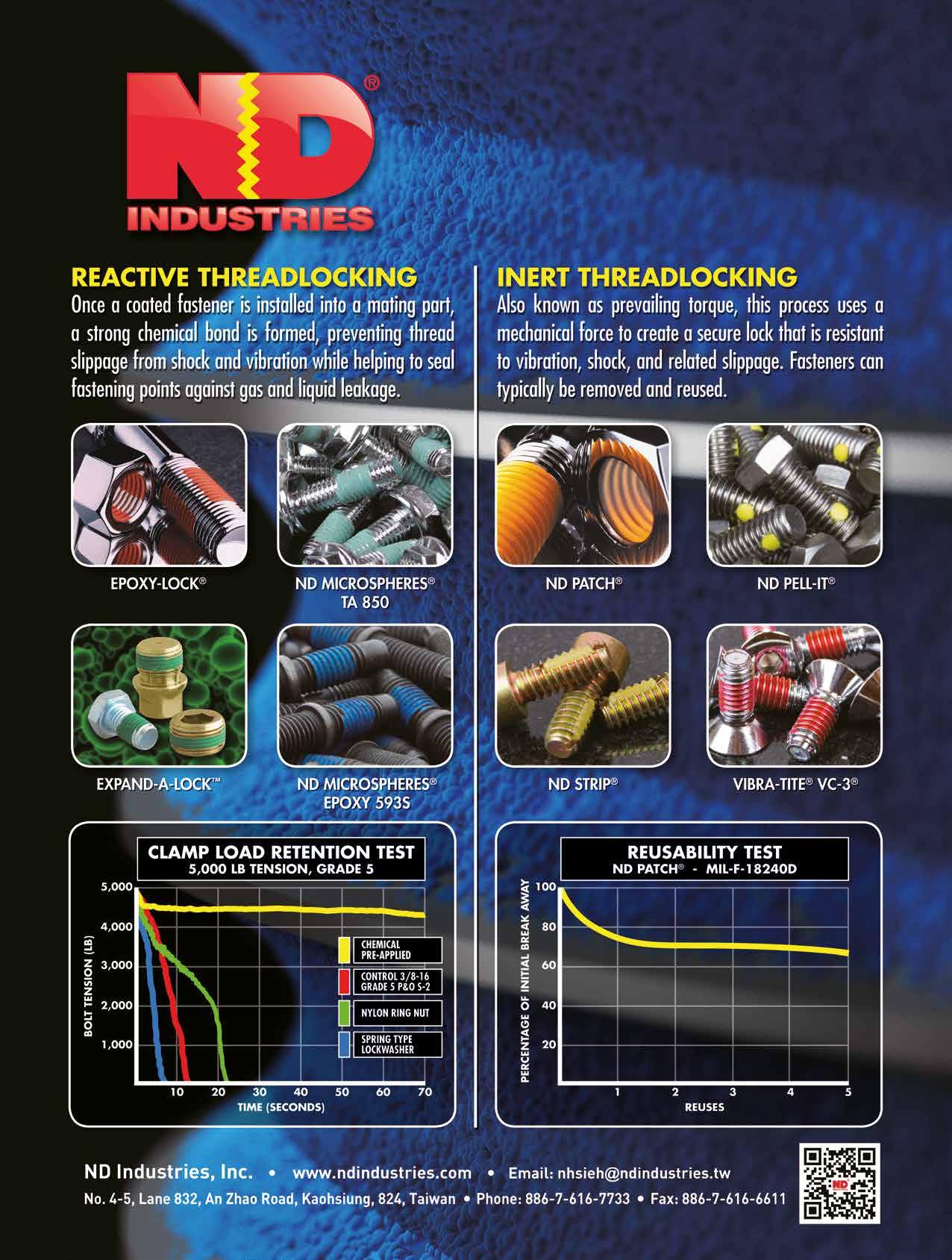




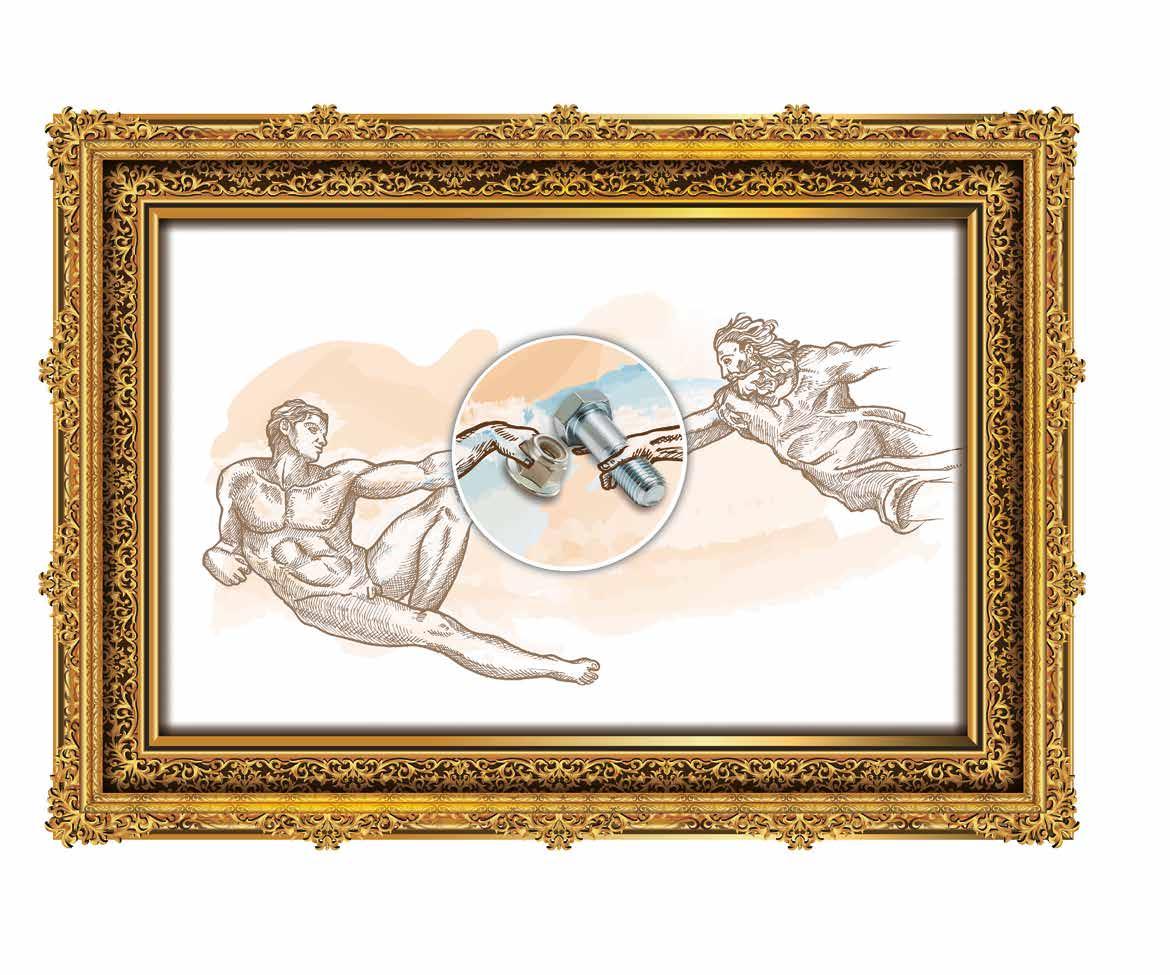
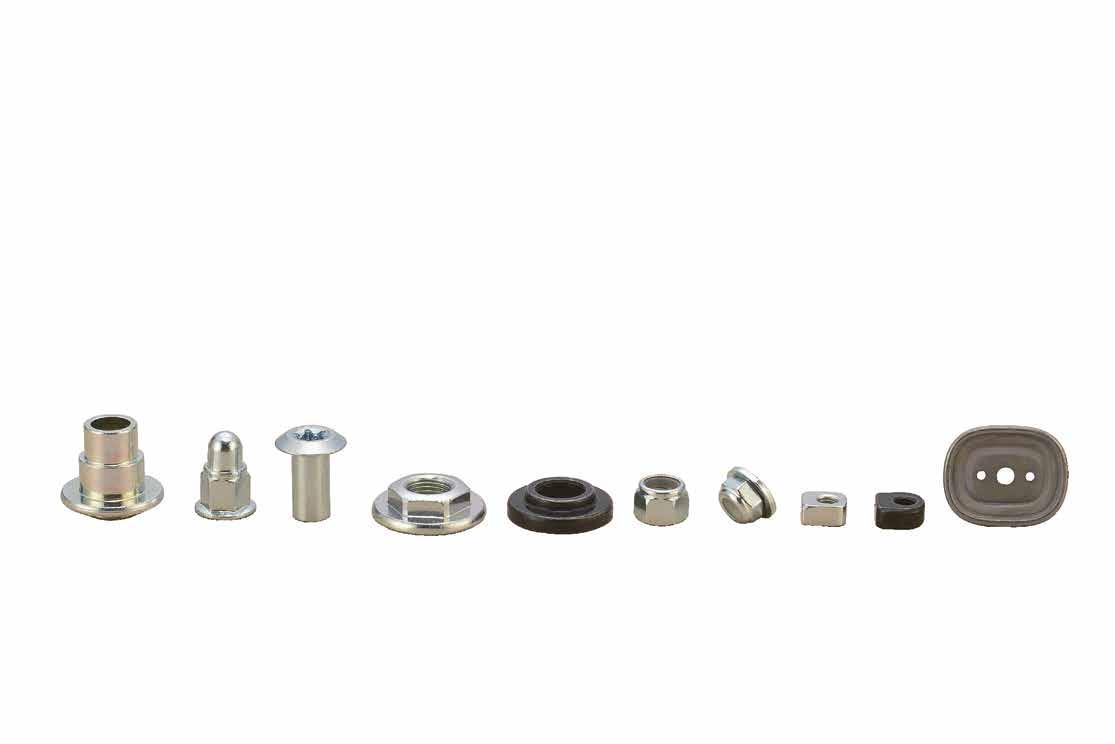


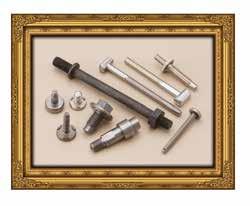















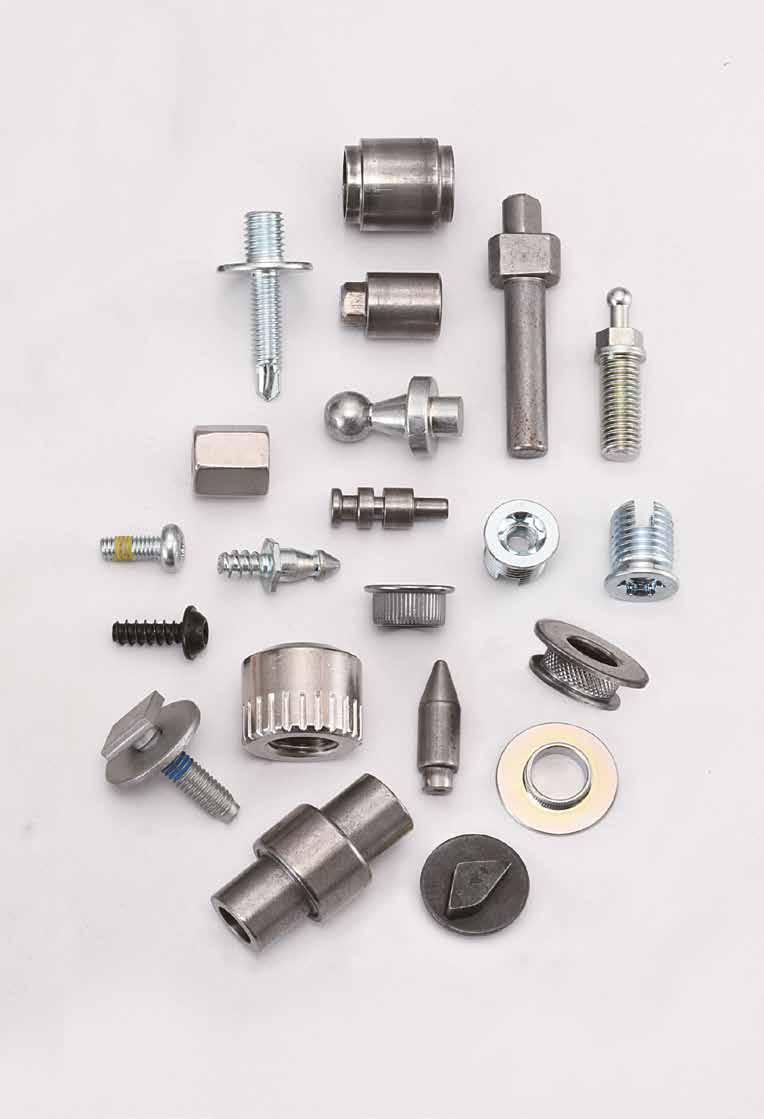


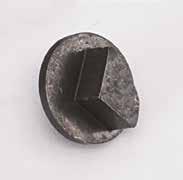



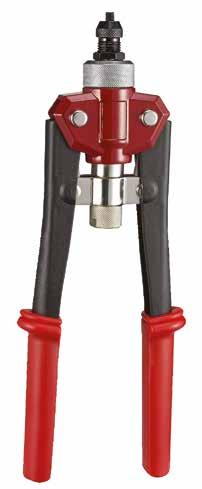




















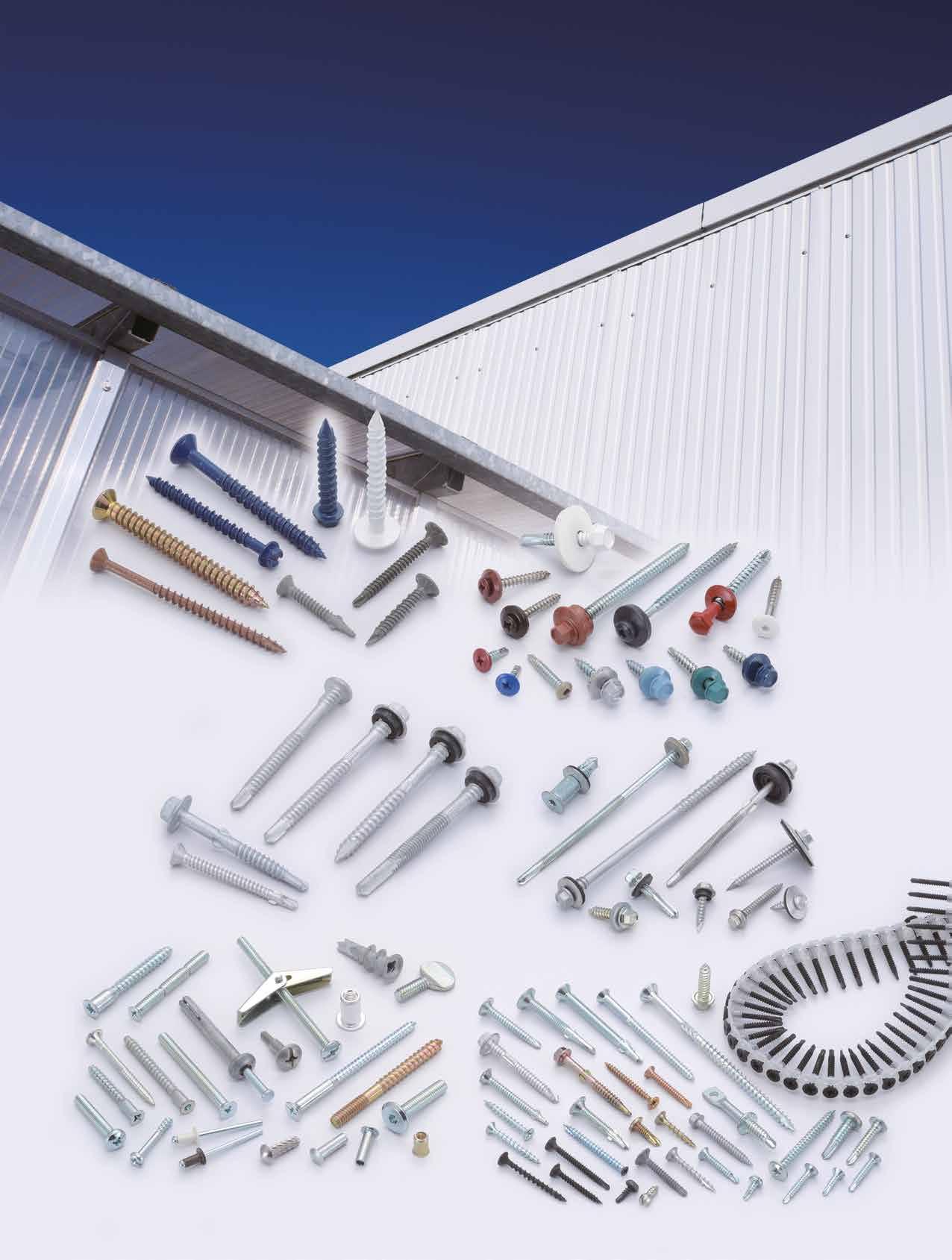


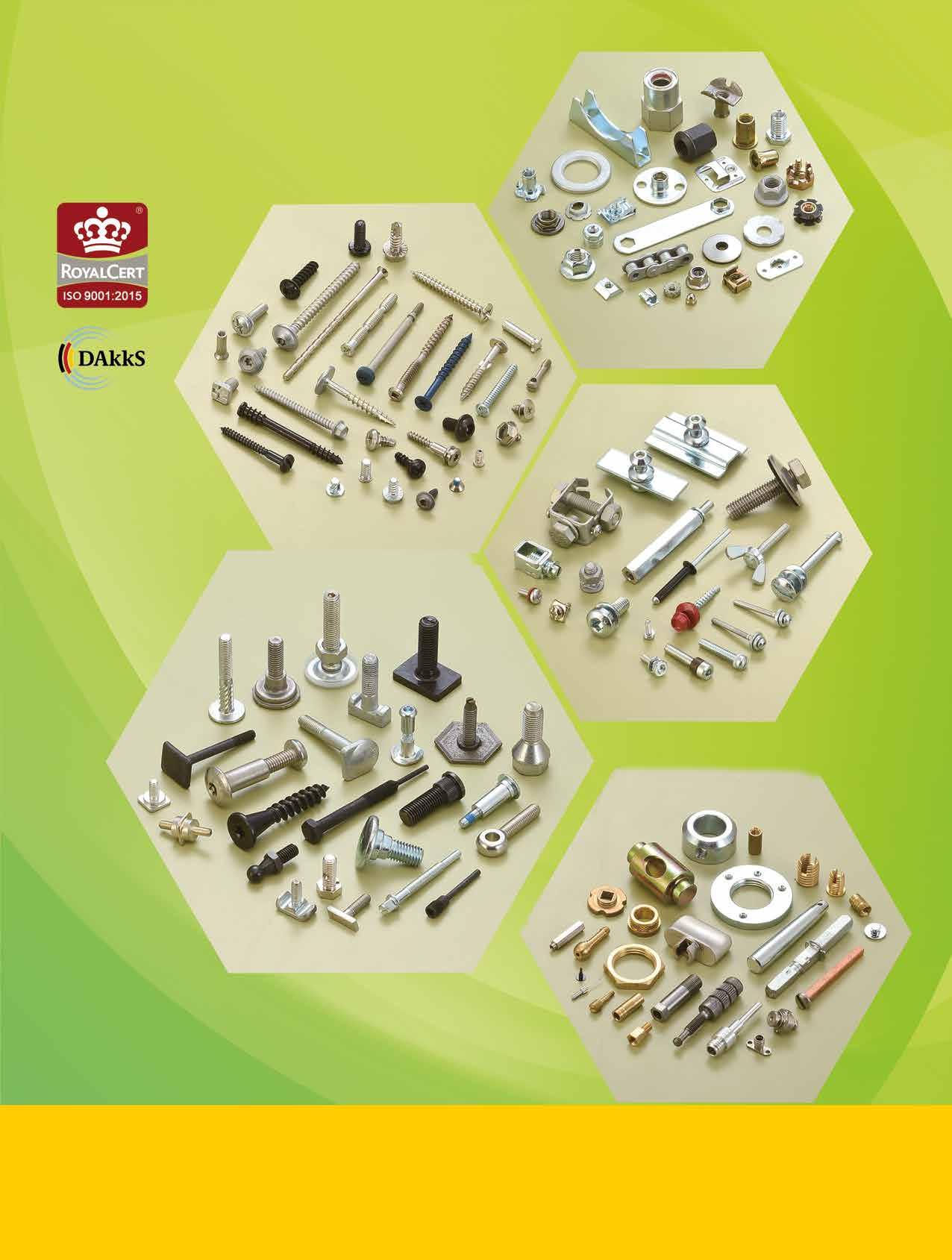




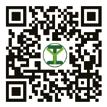







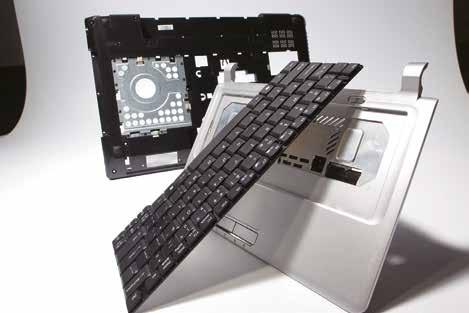




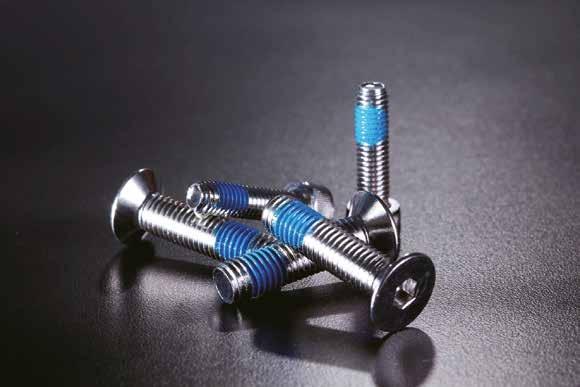










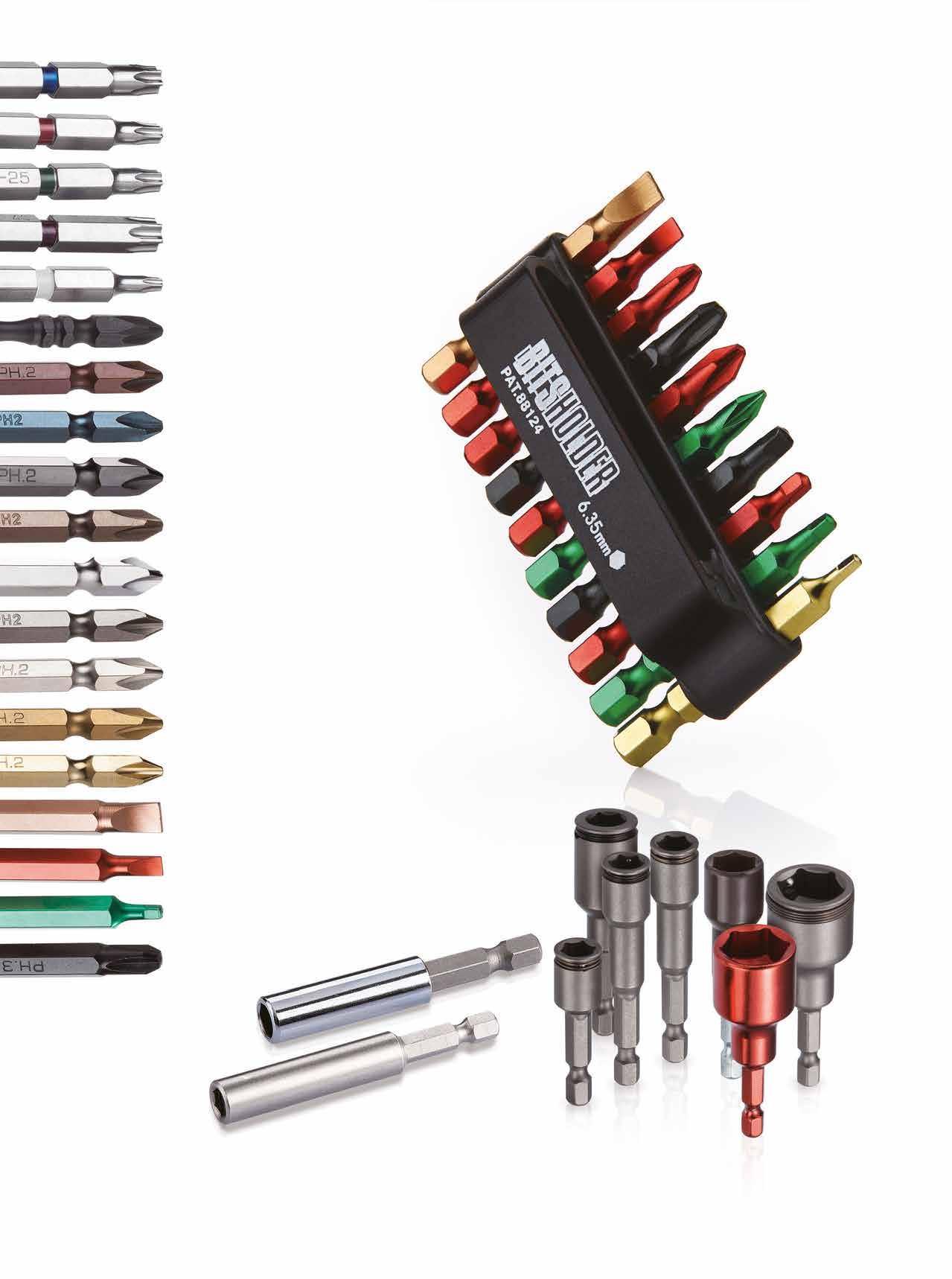

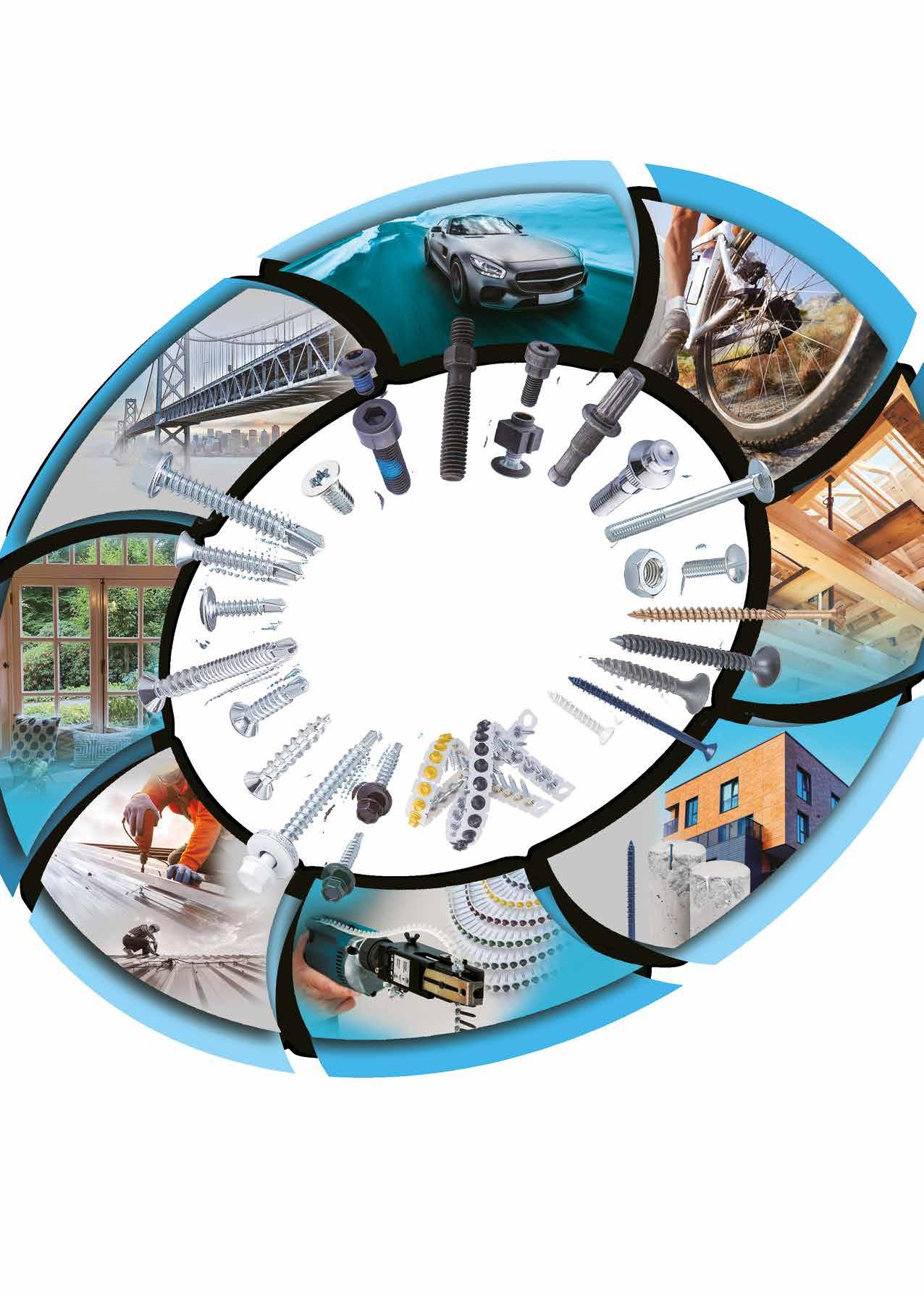

Achilles Seibert works between distributors and manufacturers, and only sells to distributors, acting as an importer and a warehouse for distributors such a Bossard, Böllhoff, Würth, from big to small brand names and shops. “It’s like going to Costco for your daily supplies,” as Managing Director Timo Scholle put it, “and if you need or forget something to grab and you need it immediately, you’d go to Seven Eleven (convenience store) for quick purchase.” This year, they transcend themselves with a fullfledged expanded warehouse.

Copyright owned by Fastener World / Article by Dean Tseng

The expansion was completed last November. Now they have more space for pallets, with more high racks and a current capacity around 20,000 stock items, supported by a paperless document management system and 100% traceability back to the materials and records even as far as 3 years ago. “Now we can again deliver faster and better, because we don’t have any items in external warehouses anymore,” said Timo. He also has a new warehouse in Vietnam: “We have an employee there, so we can leave our goods there and always ship exactly what we and our customers need. Our incoming goods department doesn’t need to check the goods anymore.” The same goes with India: “We have an employee in India who manages quality for the goods. When the goods arrive in Germany, there is not much to work on, because it’s already been done in India.”
Timo thinks the biggest current challenge is the EU regulations such as CBAM. “Imports get more expensive, and it costs a lot of time to meet all requirements,” he said, who noted that “all transports also get more expensive because of higher road toll. It’s a challenge to keep good prices for customers, but we are always giving our best to keep the standards high.” “On another note,” he continued, “supply chain disruption has eased but now we have the next problems with the Red Sea and Suez Canal. Ships are sailing around the canal. Sea freight costs have risen immensely.”
Given those challenges, Achilles Seibert no longer just wants to sell fasteners, but also offers a service. They want to create added value for customers, including 24-hour fast delivery, delivery directly from their suppliers in 3-6 months, delivery from the Vietnam and India warehouses in 4-8 weeks. “Due to the geopolitical situation, we are spreading risks across several countries, paying attention to diversification and market spreading,” he added.
With CBAM, everything gets more expensive and consumes more time. The same goes with Achilles Seibert. “We are constantly striving to work better and more sustainably. We have installed photovoltaic systems and always pay attention to efficient transportation. We recycle packaging and strive to keep our ecological footprint very low with the use of EVs. We try to create an awareness of environmental issues among every employee,” he continued with advice for his suppliers: “Suppliers must ensure accurate and fast documentation. This will be very important for us in the future and can also be a selling point. Suppliers can call in external audit companies and get help with the documentation.” Looking ahead, he is ready to intensify ties with global suppliers.
Contact: Timo Scholle, Managing Director
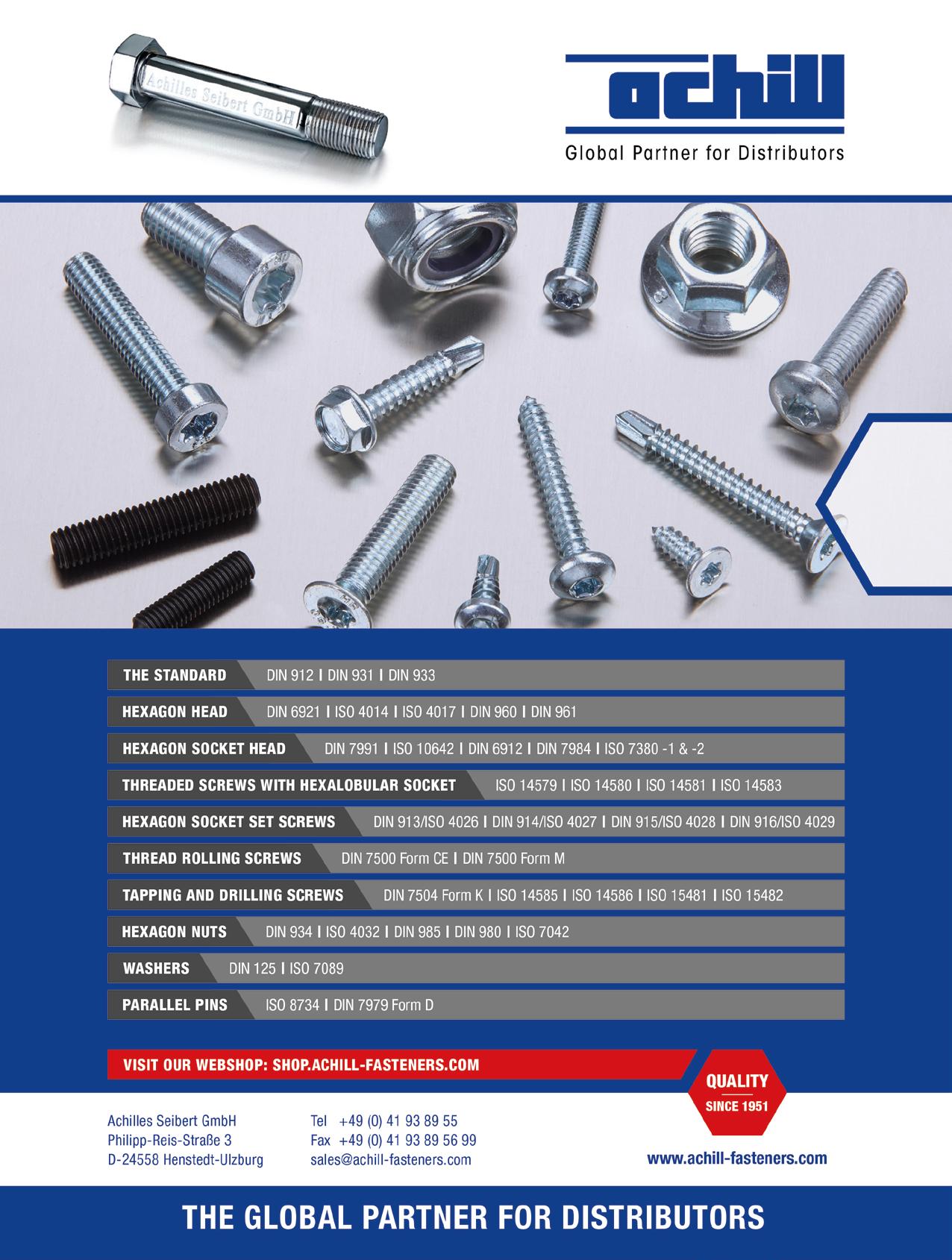


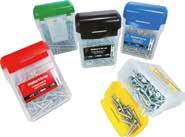


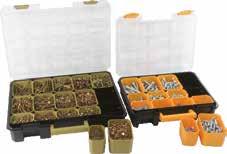

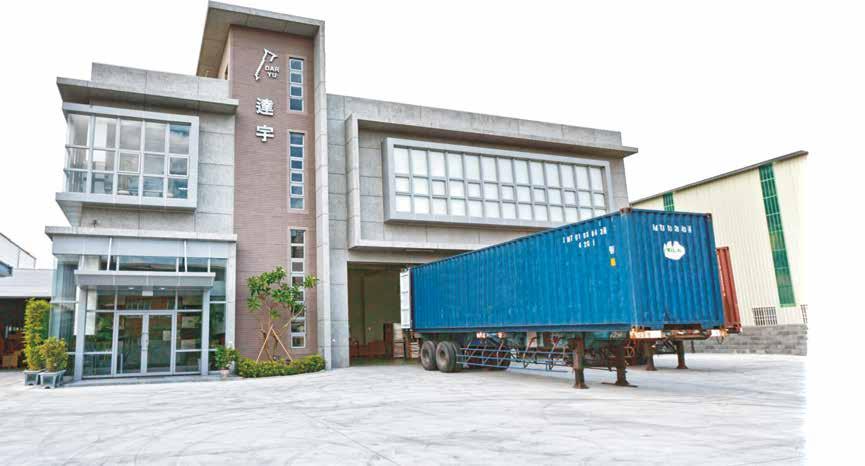












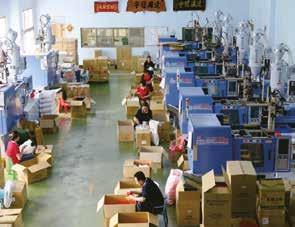



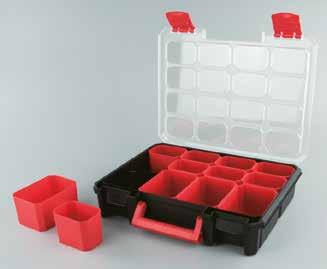





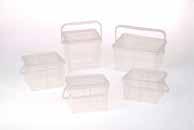

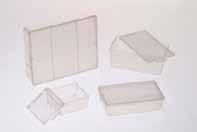
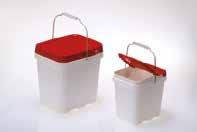


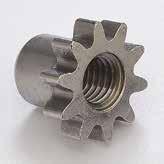

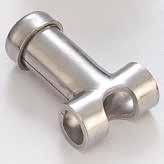
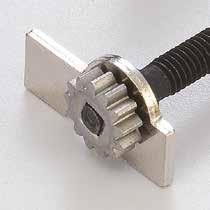


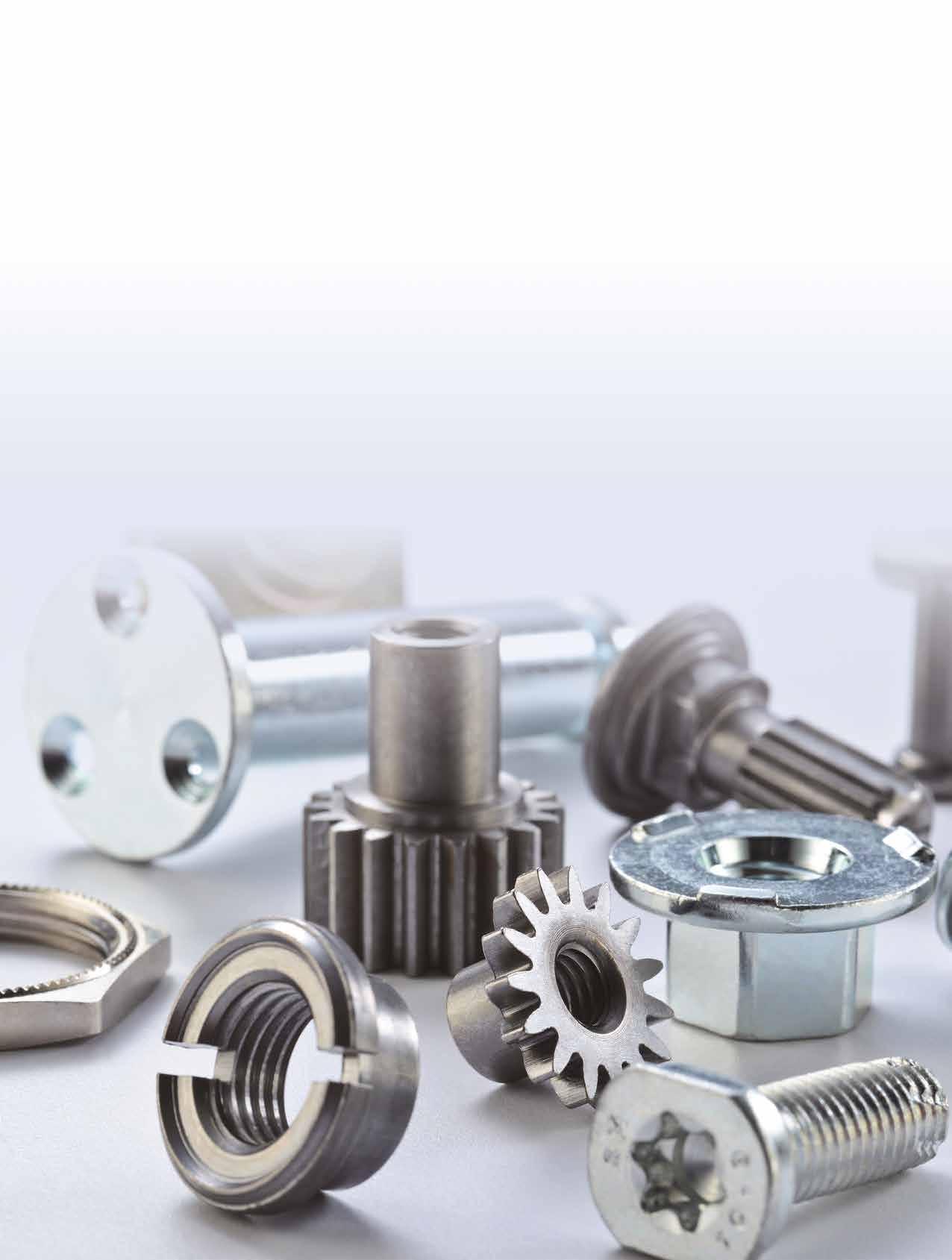

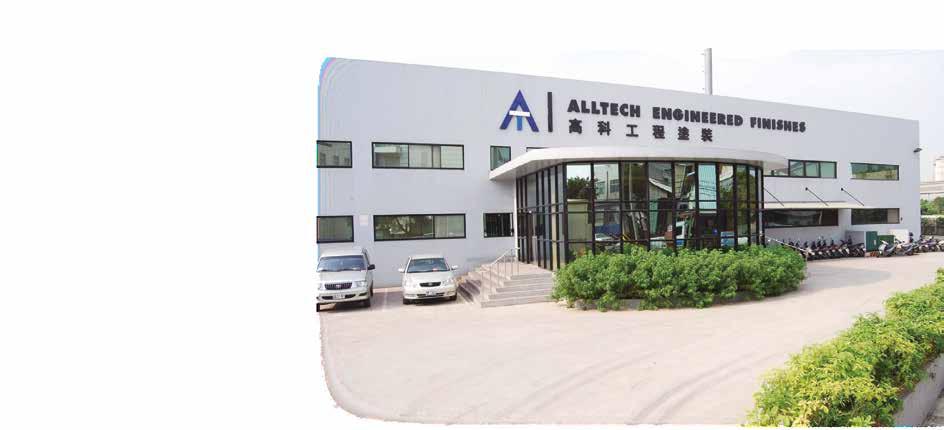
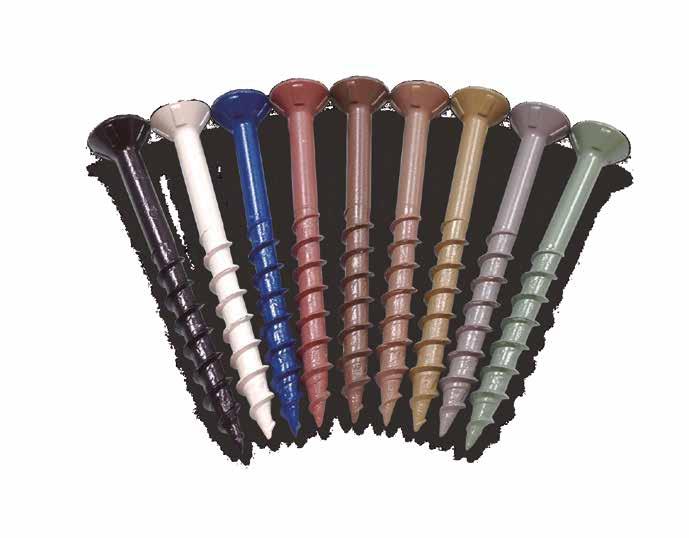

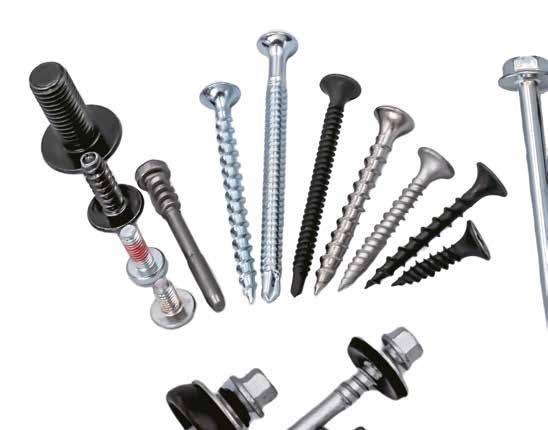
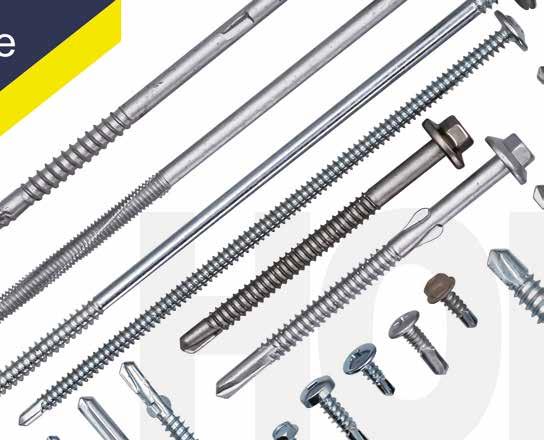






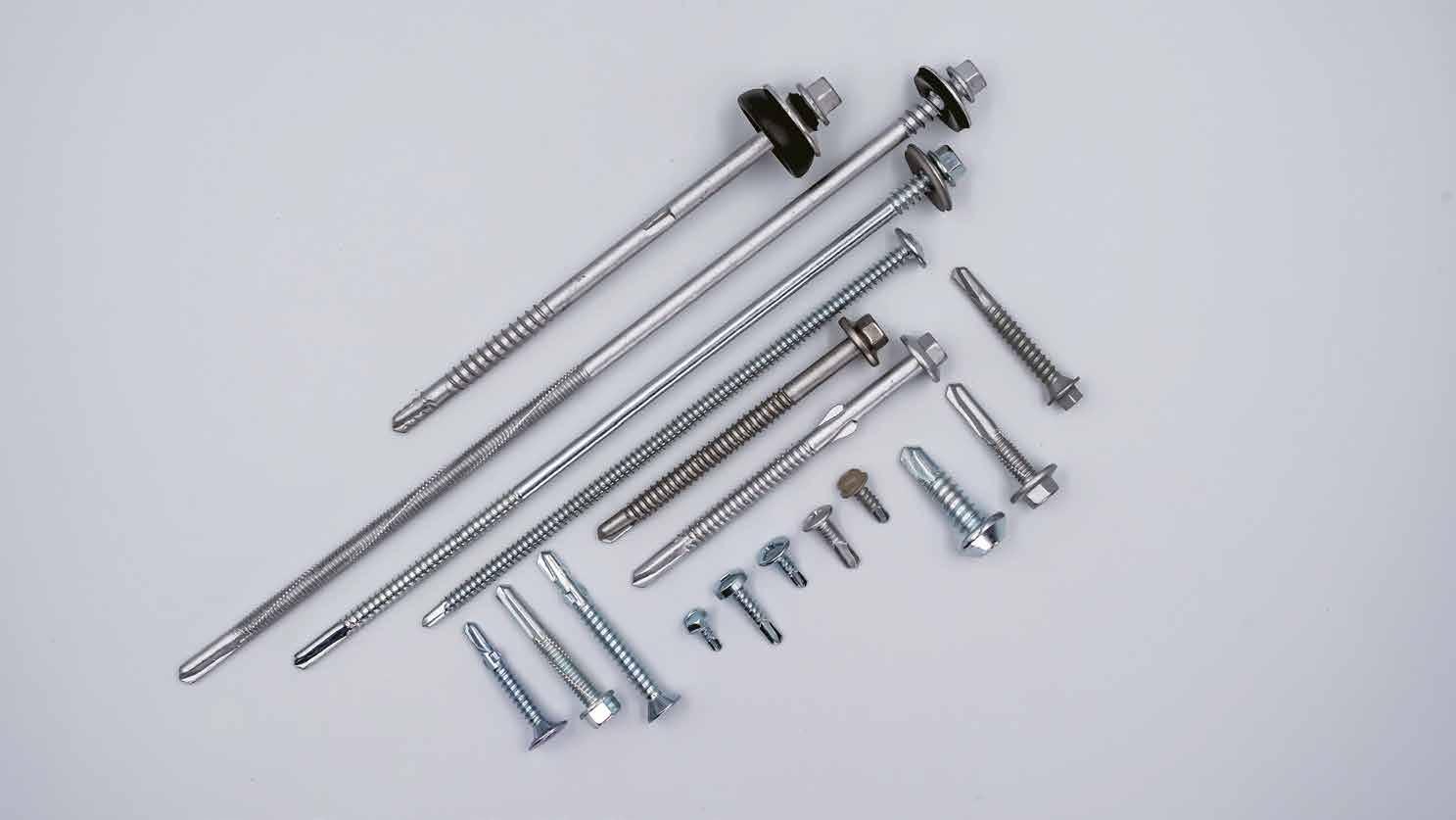








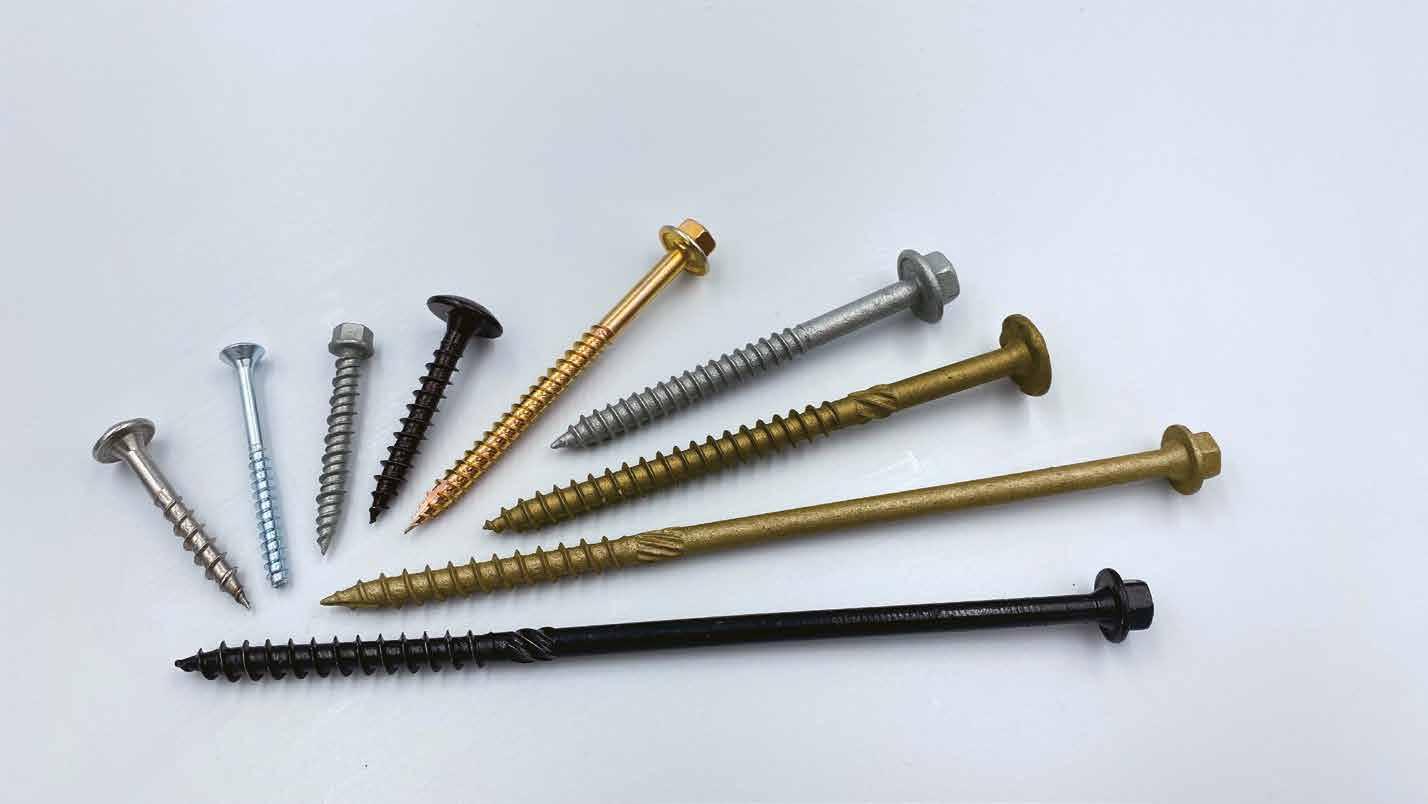








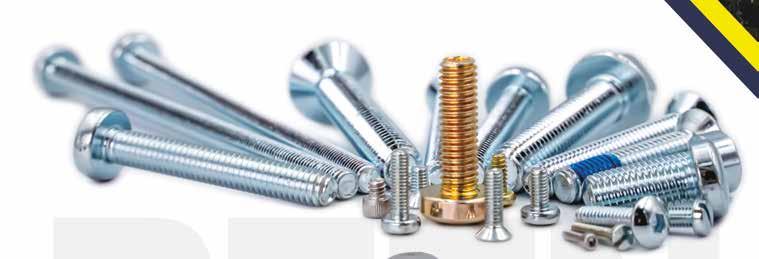








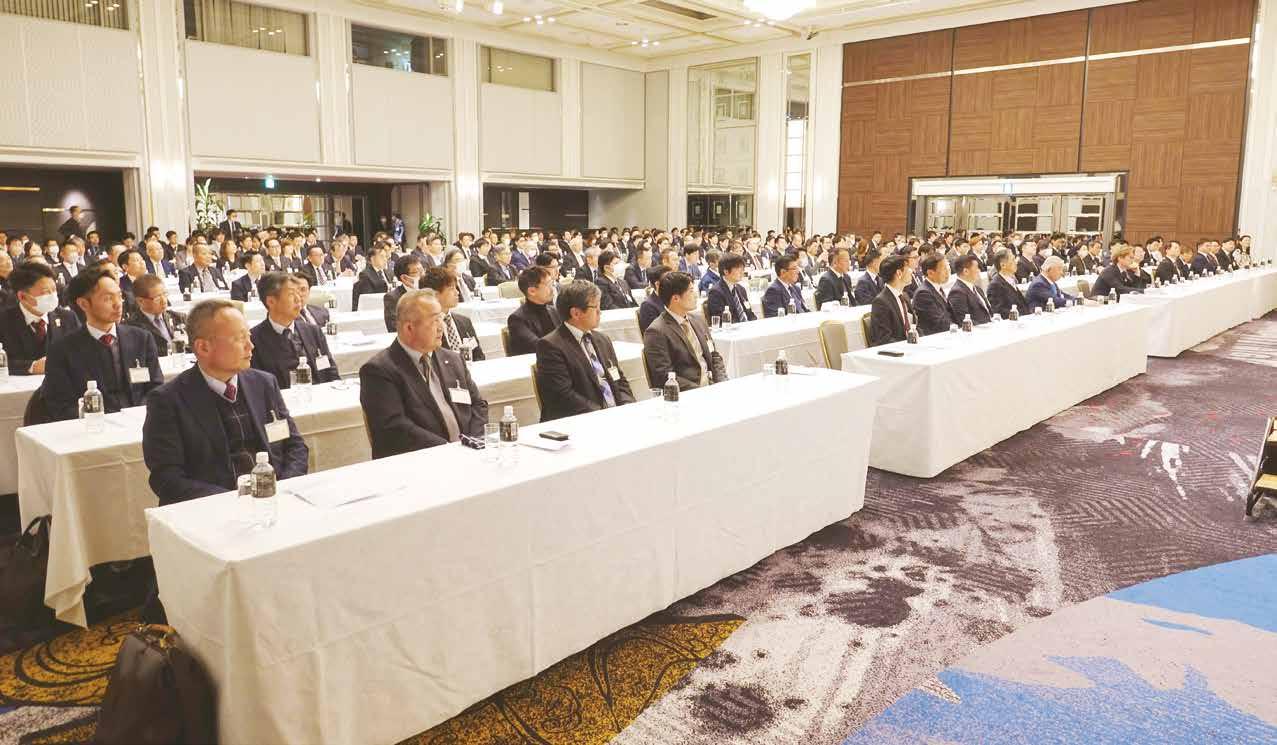
Top-notch Japanese fastener trader Sunco Industries (hereinafter written as “Sunco”) has pushed its boundaries outside of Japan in recent years and transitioned into an international fastener trader, continuing to deepen partnership with Taiwanese fastener suppliers and fastener associations (TIFI also known as Taiwan Industrial Fasteners Institute, and TFTA as Taiwan Fastener Trading Association). Last May, Sunco President Mr. Yoshihide Okuyama visited Fastener World in person, right before he invited Fastener World general manager William Liao to the Sunco headquarters. On March 22 this year, the invitation came once again for Fastener World to participate in a large event in Japan held by Sunco.
Utilizing the three marketing channels (Magazine/Web Portal/Exhibition Exposure) of Fastener World, and thanks to the connections provided by TIFI and TFTA, Sunco is gaining traction in popularity both in Taiwan and across the world. While many readers have witnessed Sunco’s high-end logistics technology and the charisma of Japan-style management, you might not already know that this company, like many American and European companies do, has its own Suppliers Day, also known as “SUNCO-kai (General Assembly)”. This event is attended by over 100 supplier members each year and that alone shows the significance with Sunco in Japan fastener industry.
President Okuyama told Fastener World that SUNCO-kai began in 2006 and is held threes times a year, containing the General Assembly (Suppliers Day) (Photo 1) in March, the Quality Seminar in July, and the Yearend Party in November. “This assembly was founded to exchange technologies and build relationships among our supplier members. 13 new members enrolled in our list, add up to a total of 176 members, mainly Japanese manufacturers of or related to fasteners. We specially invited Fastener World to cover this event this year in hope for Fastener World to help us and our members deliver JIS standard fasteners to the whole world. The event provides a perfect opportunity for Japanese enterprises to learn about Fastener World Magazine and Taiwanese fastener suppliers it has reported on.”


The General Assembly was held at Hotel New Otani Osaka. The agenda was broken down into members’ voting, new members introduction, premium quality award ceremony, and dinner party.
Mr. Yasuhiro Nishi (of Nishi Seiko Co., Ltd., Photo 2), director of SUNCO-kai, gave an opening remark where he said Japanese enterprises are having a difficult time in lifting revenues and are troubled by shortage of components and labors, increased land price and other issues while trying hard to continue manufacturing. He suggested resorting to automation, information technology and digital transformation, which Sunco has already deployed investment in, and therefore he advised the members to seek experience and opinions from Sunco.

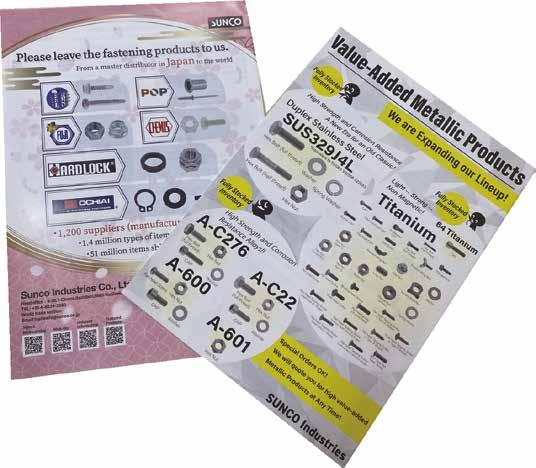




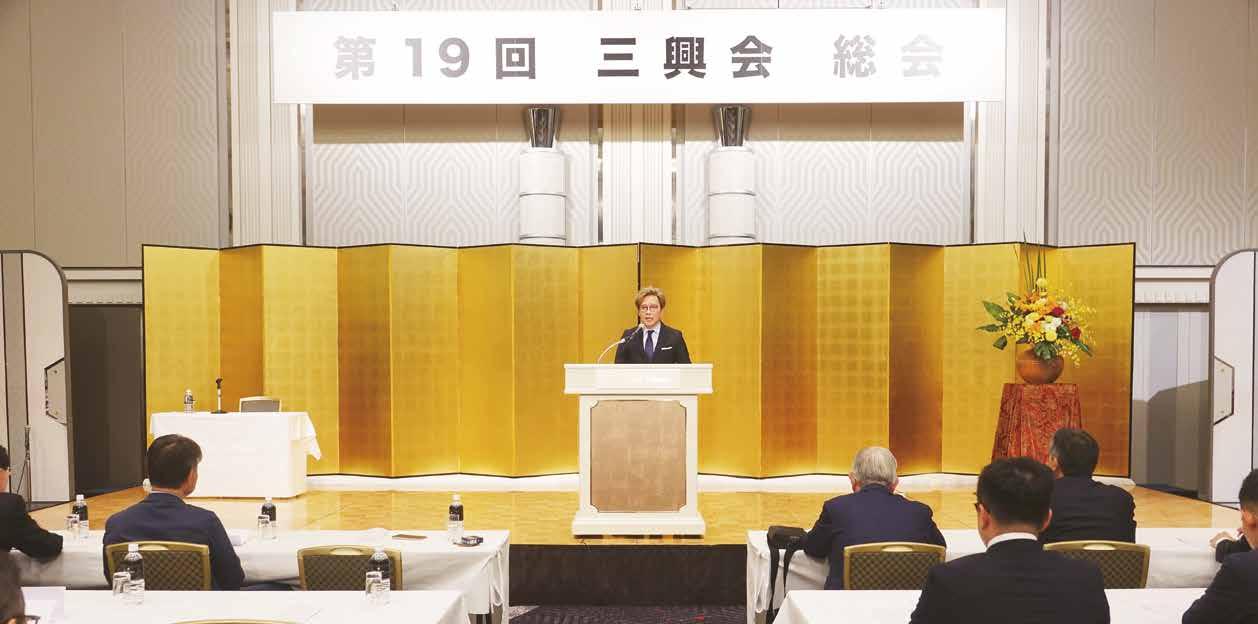
Following the director’s remark was President Okuyama (Photo 3), the lead character of the General Assembly, who reported that Sunco begins publishing its own Socket Boy Magazine (in English) to the world this year. (Editor’s note: Socket Boy is a mascot created by Sunco.) The Socket Boy Magazine introduces the latest updates of Sunco as well as cultural angles of Osaka and local enterprises. On another note, he reported that Sunco now provides 2.09 million types of products, an increase of 230 thousand types. He stated to continue to bring unique Japanese products to the whole world.
The General Assembly introduced Asia Giken, Kyoei Fastener, KFC, Suzaki, Daiki Mfg.(Daiki Manufacturing Co.,Ltd), Daiwa Denka, Tsukimori Kogyo, Nagasaka, Japan Power Fastening, Nihon Tokusyu Rasen Kogyo, Hoei Tekko, UNYTITE, and Bic Tool, including makers of hexagon bolts, self-drilling and selftapping screws, anchors, concrete screws, washers, electroplating, small screws and other products.
In the Premium Quality Award Ceremony, 9 suppliers (Photos 6 to 8) received Sunco High Quality Certificates from President Okuyama. Okuyama said this ceremony encourages members to supply high quality products and export Japan quality to the world via Sunco. With Fastener World’s coverage of this event, global readers will see these suppliers honored with the award.





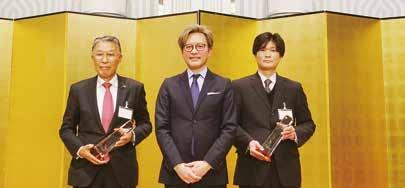


After the ceremony, all members enjoyed dinner and exchanged views in a dinner party (Photos 9 to 11). Sunco invited the mayor of Higashiosaka City on stage who praised Sunco as the perfect export platform for Osaka to enter the world stage: “As a mayor, I witness the manufacturing power and progress of Osaka’s information technology. In recent years the Japanese government has been bringing enterprises to Southeast Asia, India and even Africa to set up factories. I observed apparent increased demand for Japanese high quality fasteners in these regions. Expo 2025 Osaka will be held next April and by then, delegations from Africa and other nations will come visit. Osaka will grasp this rare opportunity, and I’m very much anticipated that Sunco from Osaka will help send Japanese JIS fasteners to the world.”
Besides covering this event, Fastener World worked with Sunco to bring surprise for the members. A collaboration new to the fastener industry was reached before the event to make a logo sticker featuring Fastener World and Sunco (Photo 12). 200 copies of the latest Fastener World Magazines (Photo 13) with the sticker on the front cover was brought to the venue for the members to read (Photo 14). More than 40 members applied to get their hands on these magazines on the day of the event, said Sunco, which shows the level of interest by Japanese enterprises in the industry and company intelligence listed in the magazines. Sunco made preparations to carefully select members and sent out all the copies. After the General Assembly, Sunco arranged for a photoshoot of president Okuyama and main directors holding the Fastener World Magazines (Photo 16).
SUNCO-kai will have its quality seminar this July and yearend party on November 15. It is scheduled to be held again next year and the future potential is promising with Sunco going hand in hand with Fastener World on the world stage.
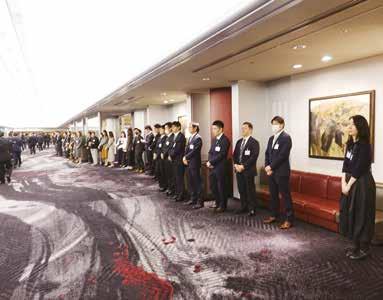



to go global”










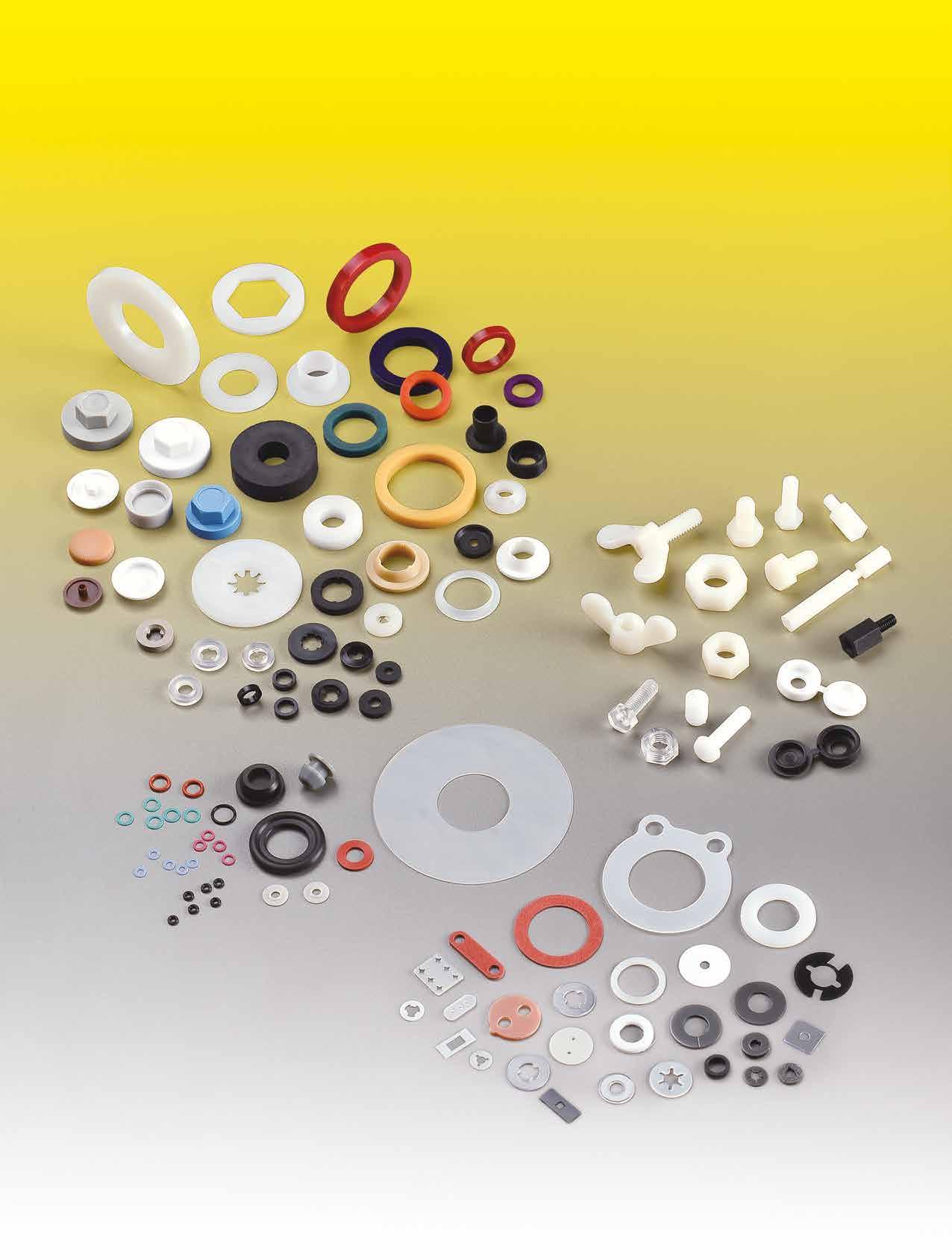
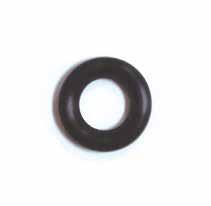






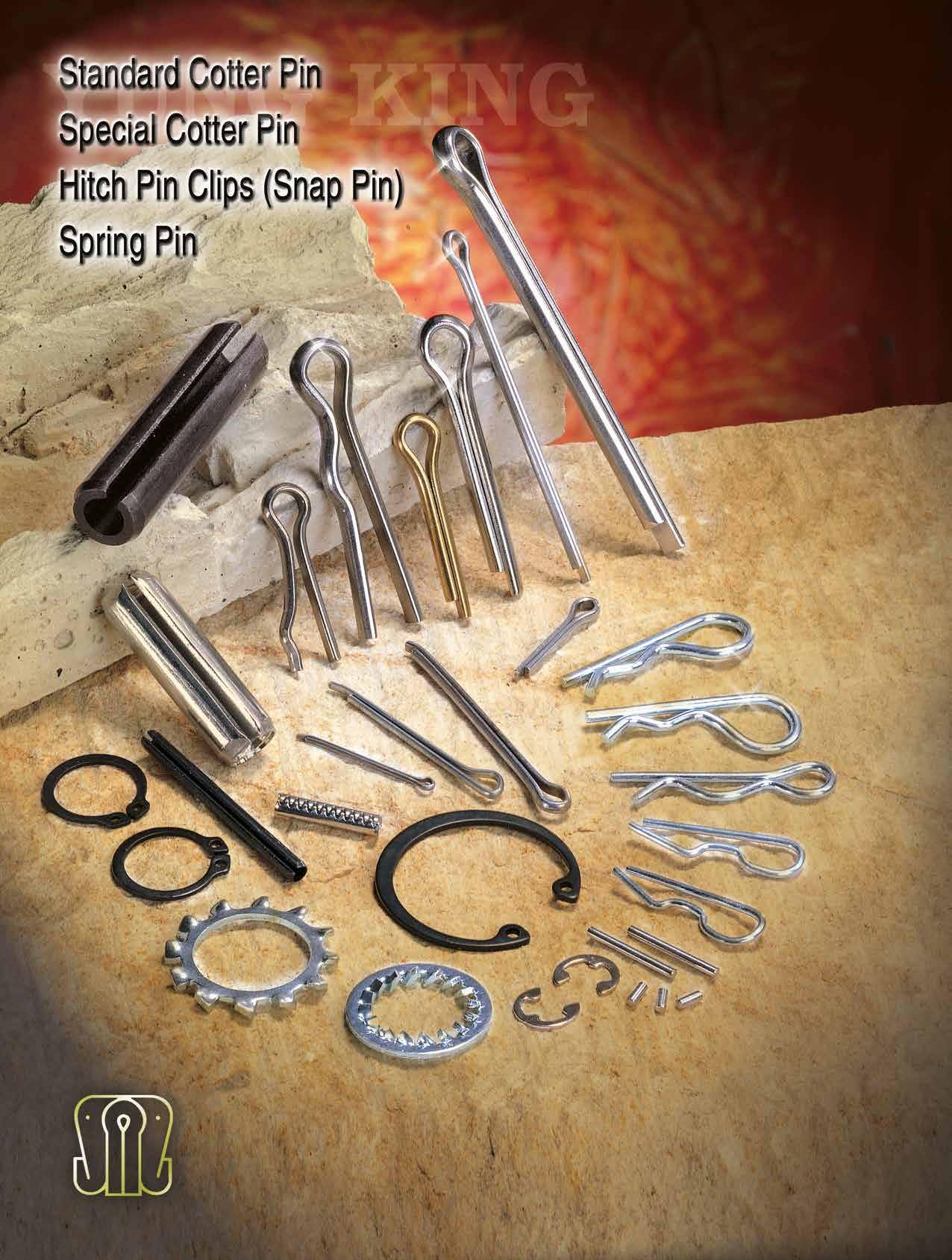

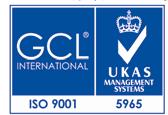







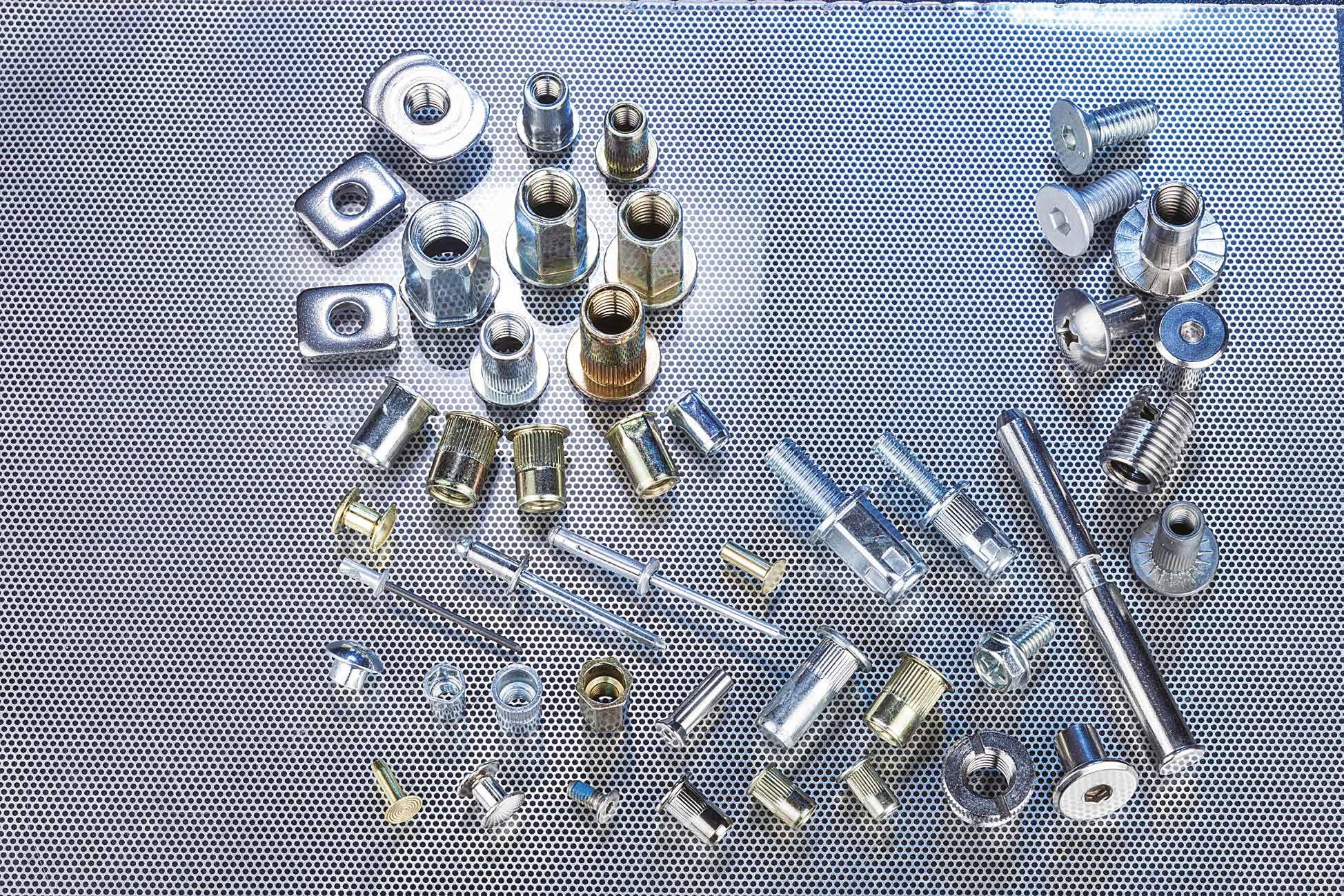




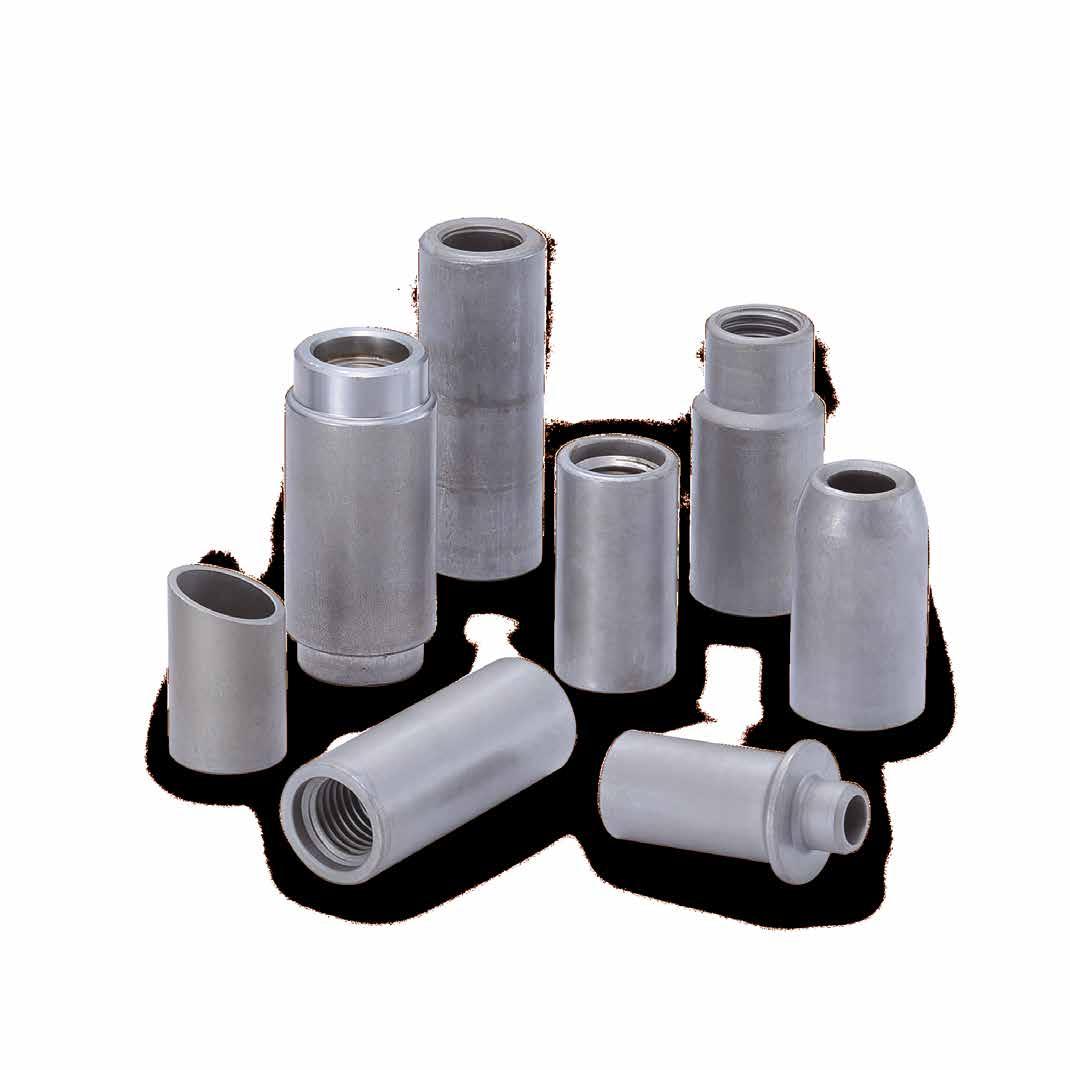

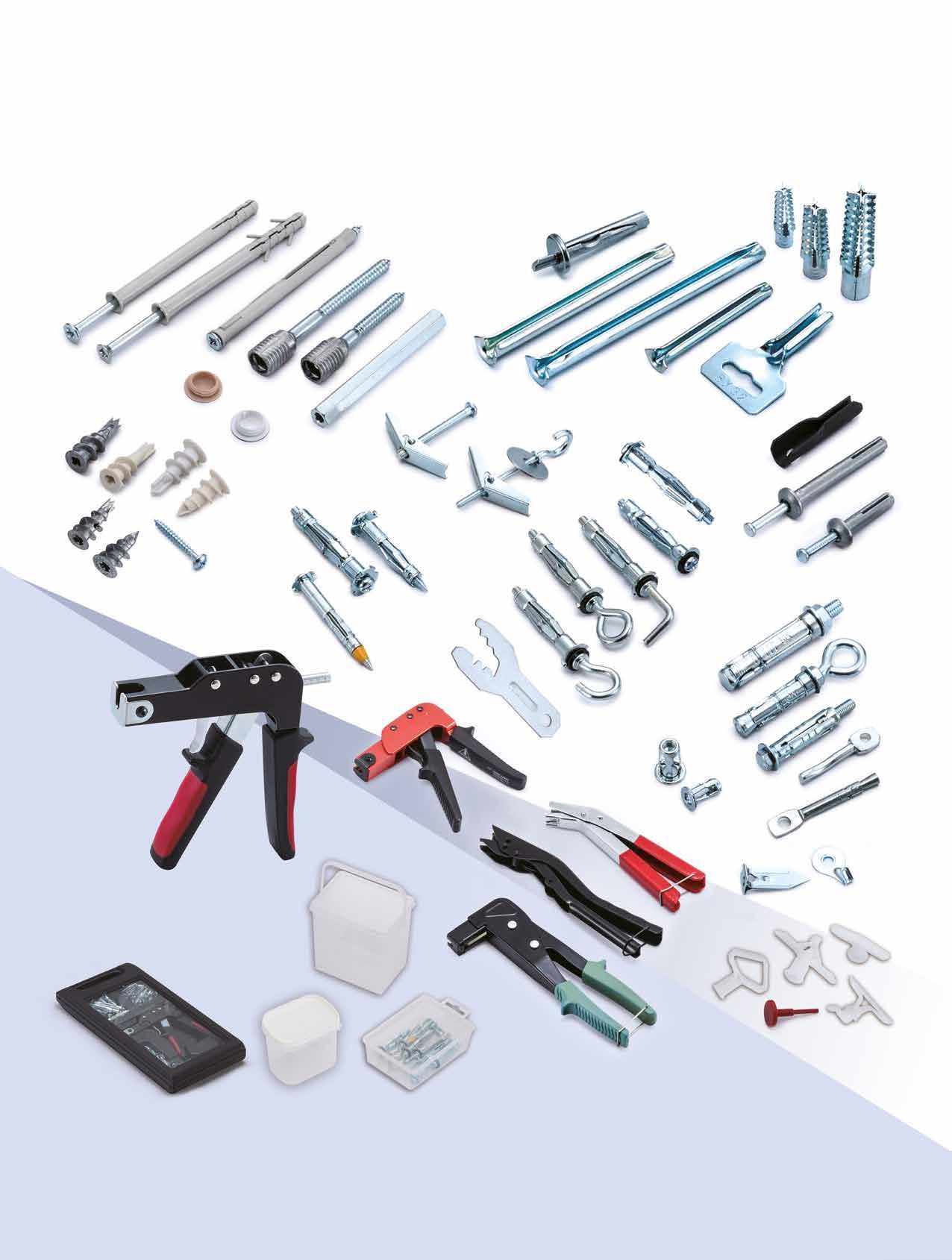



























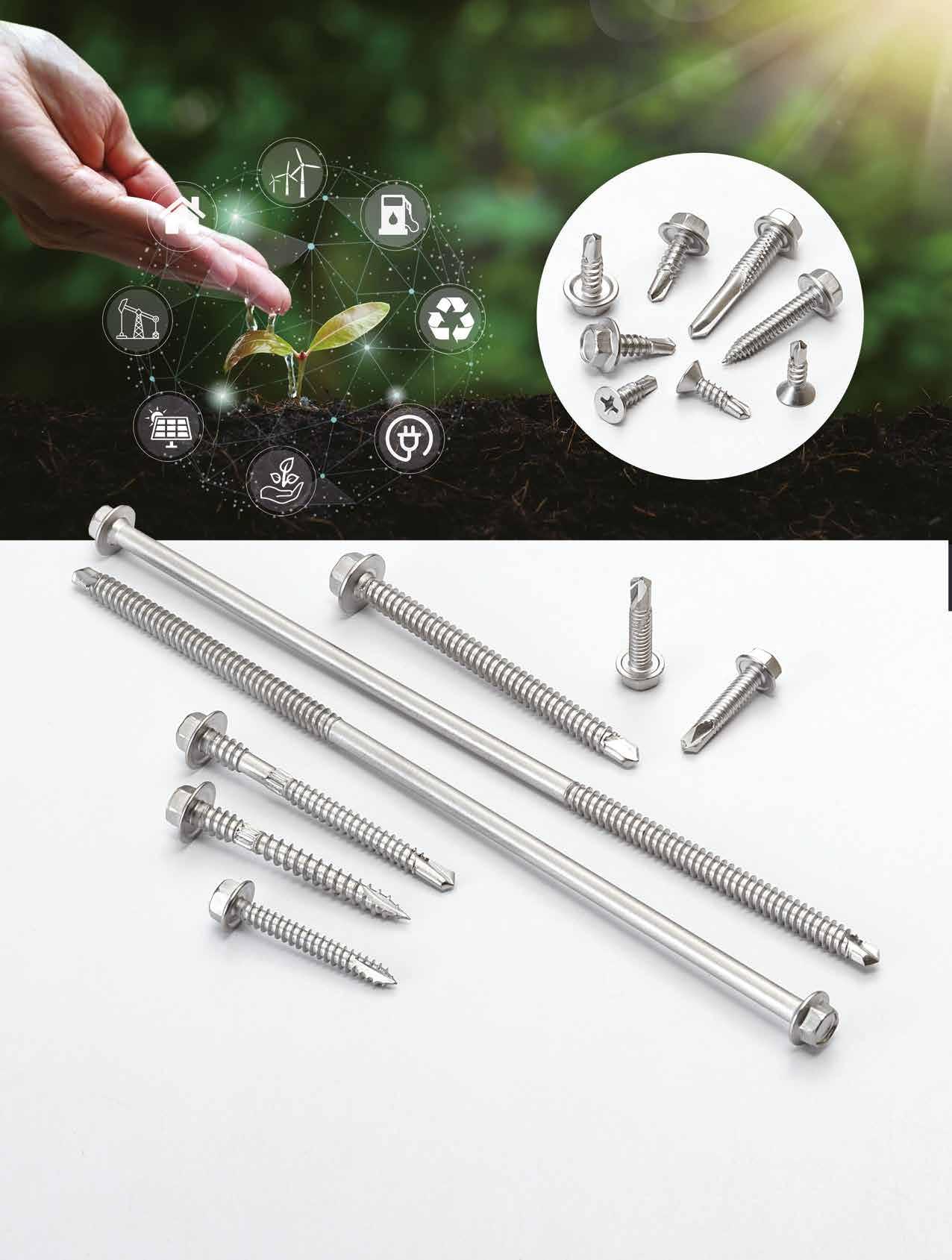




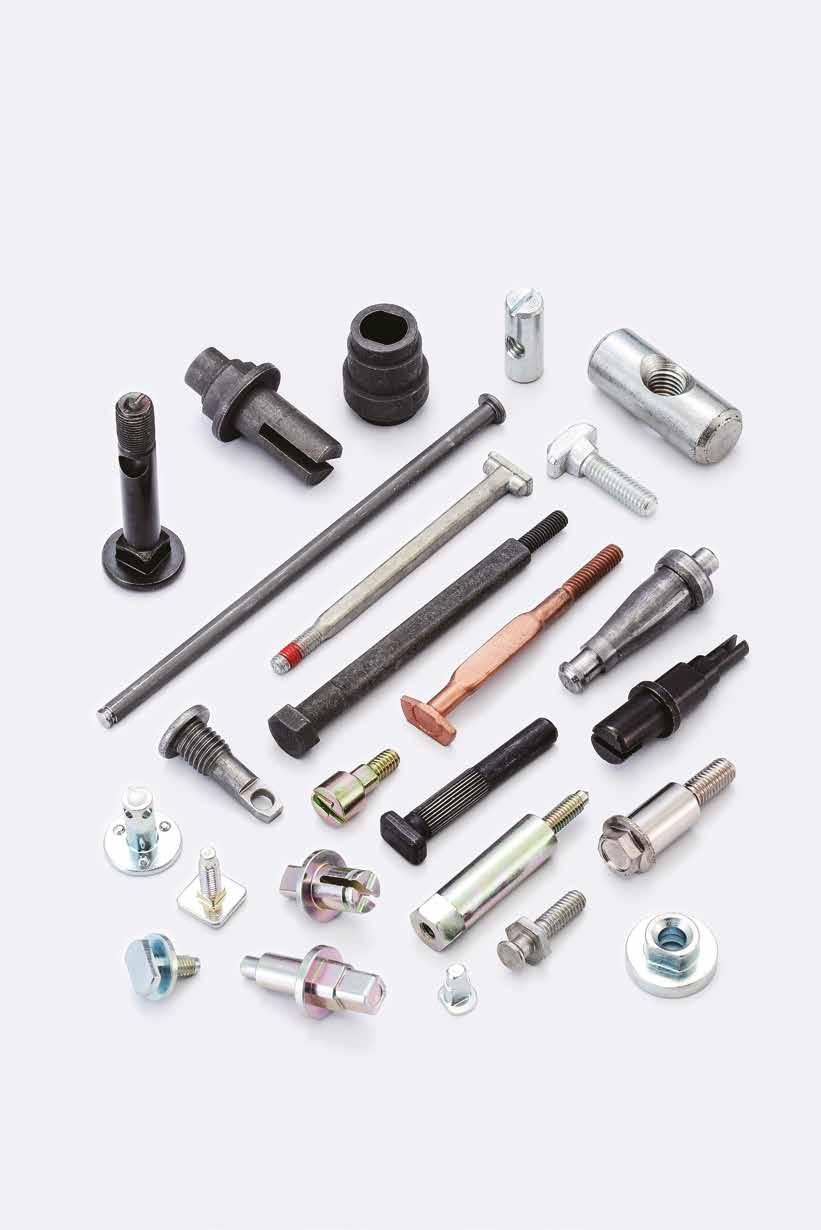
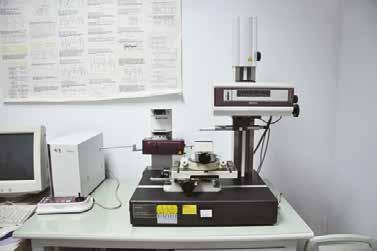



























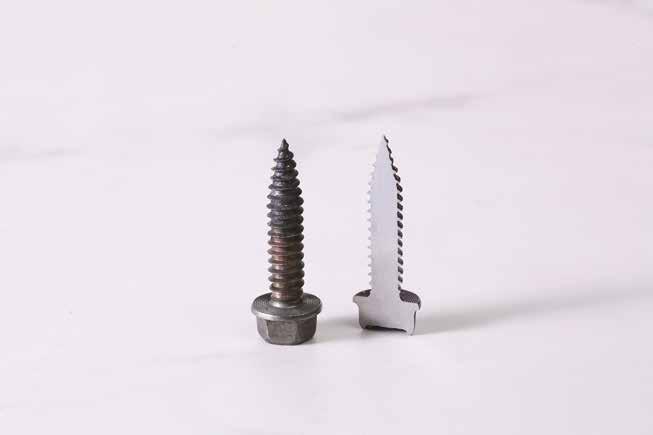































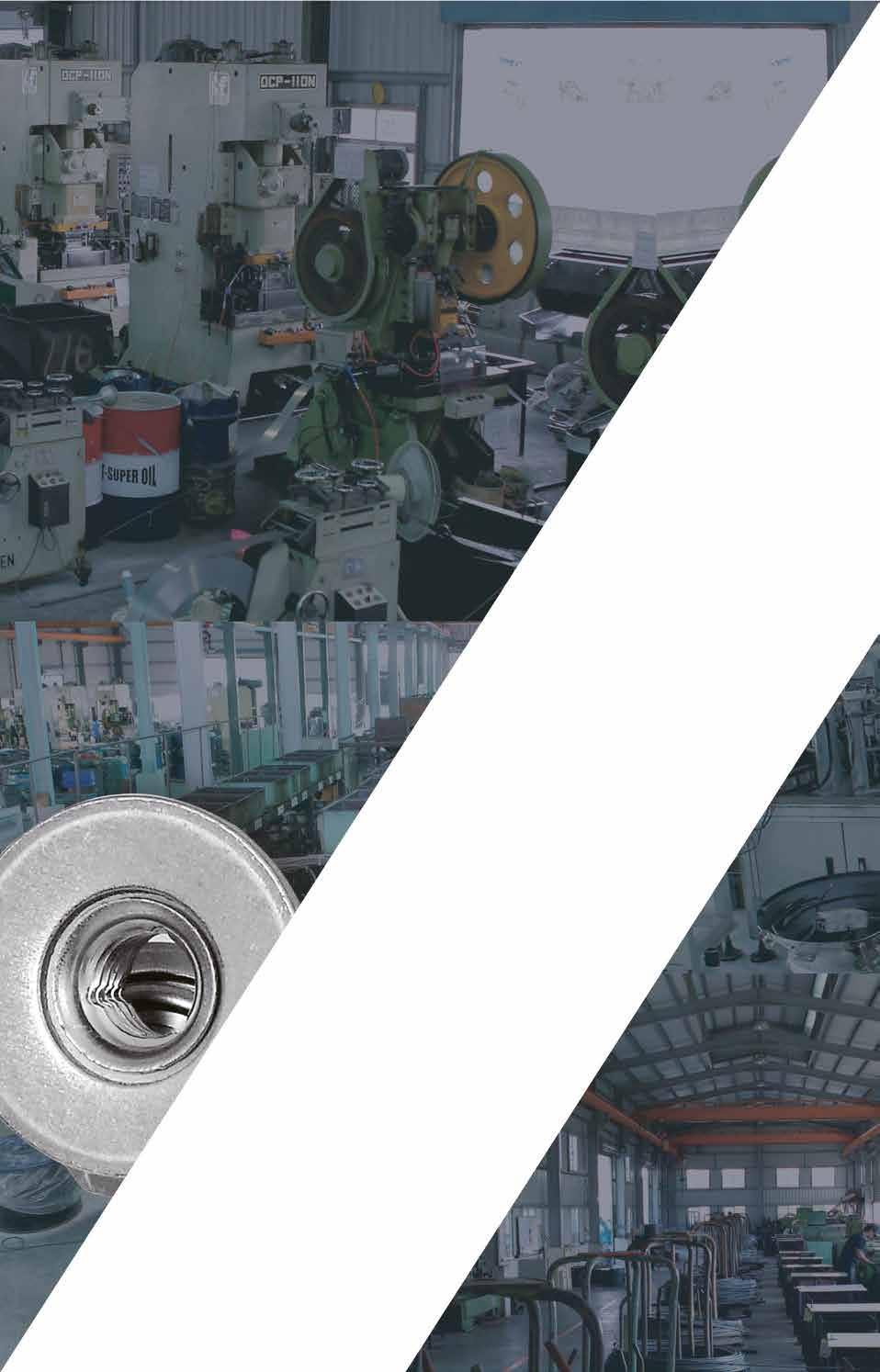










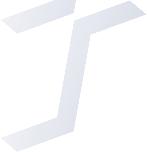


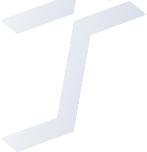






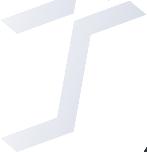



























































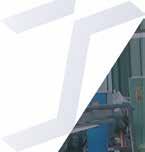


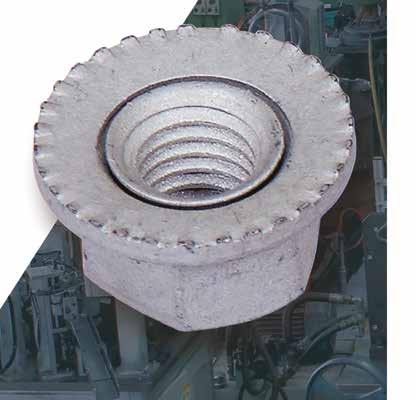
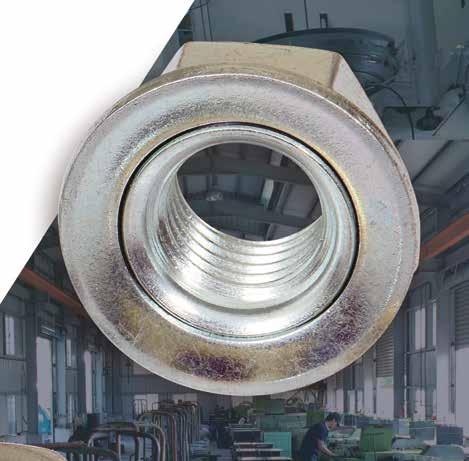

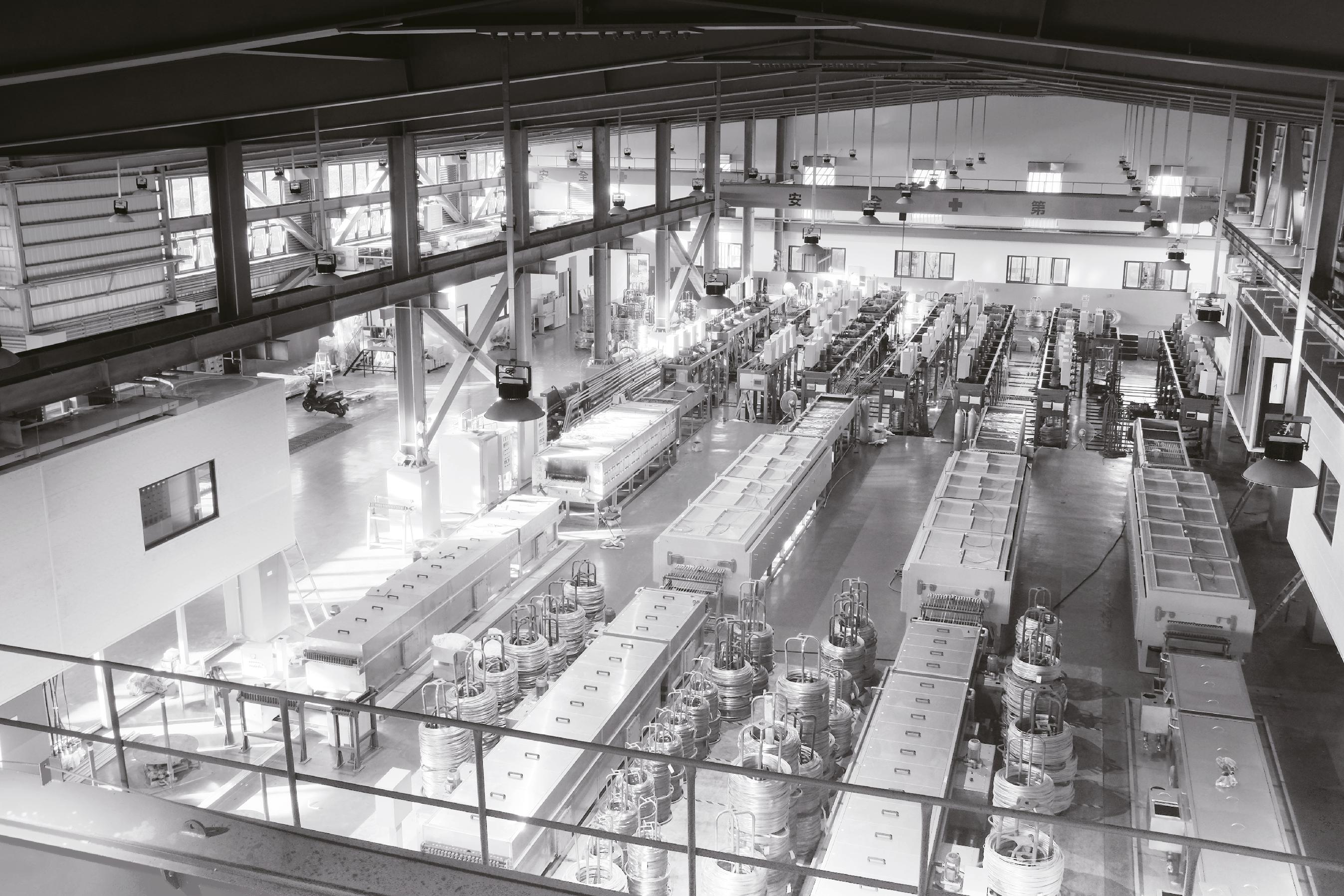




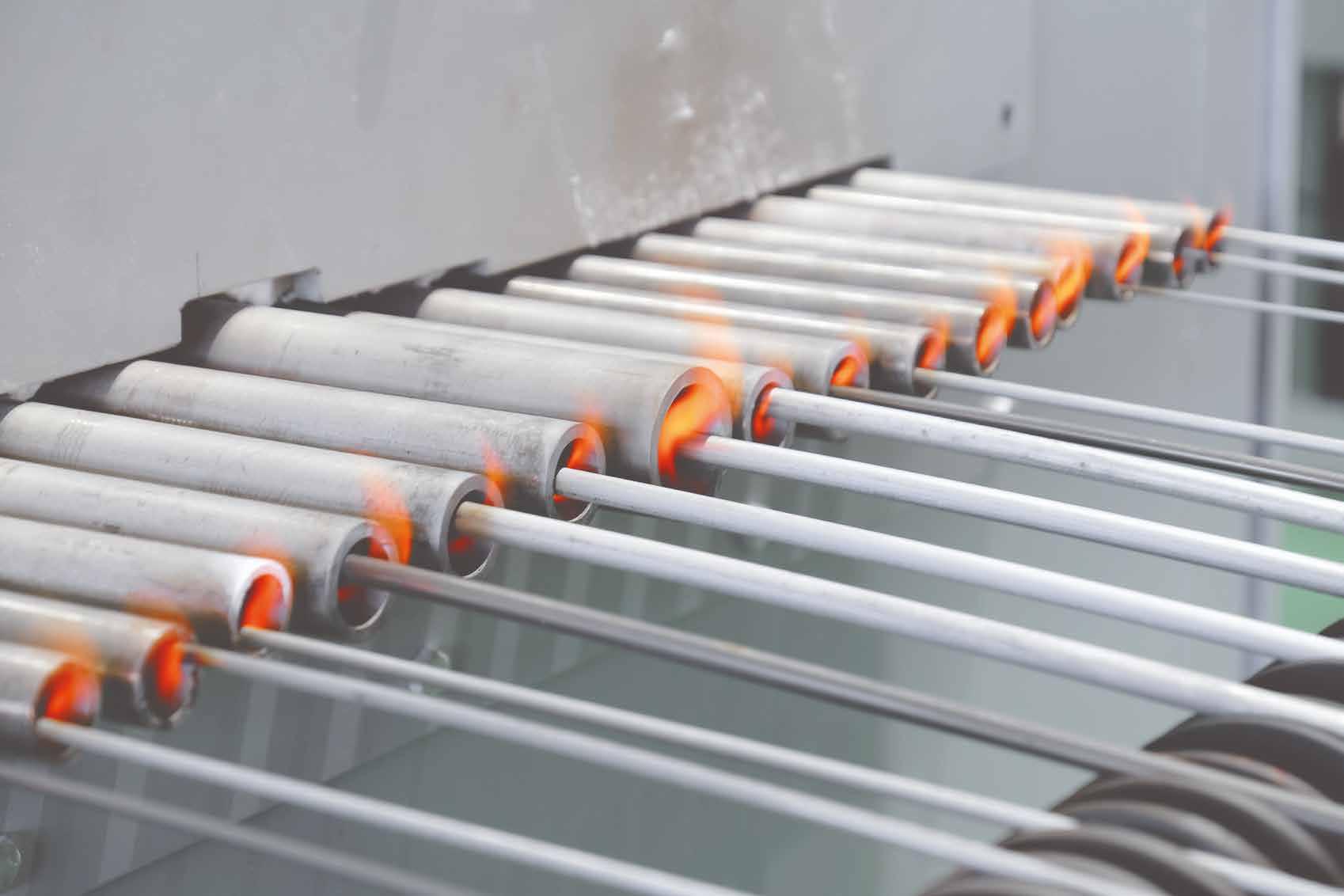





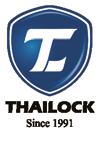
















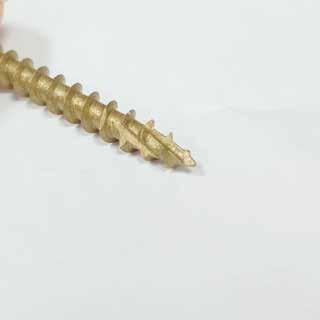





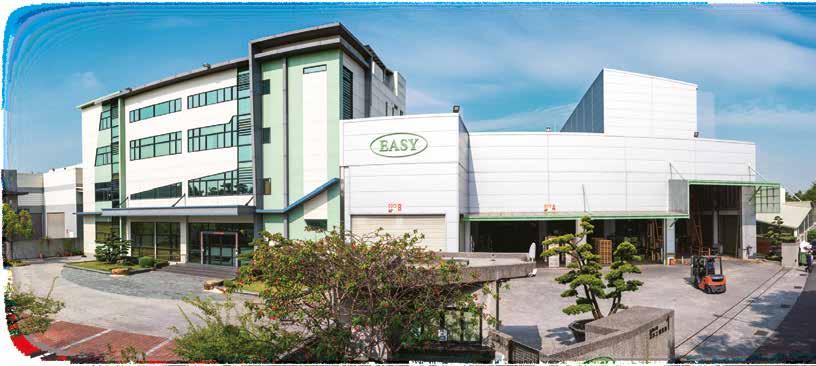



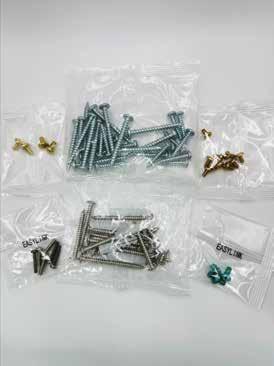
























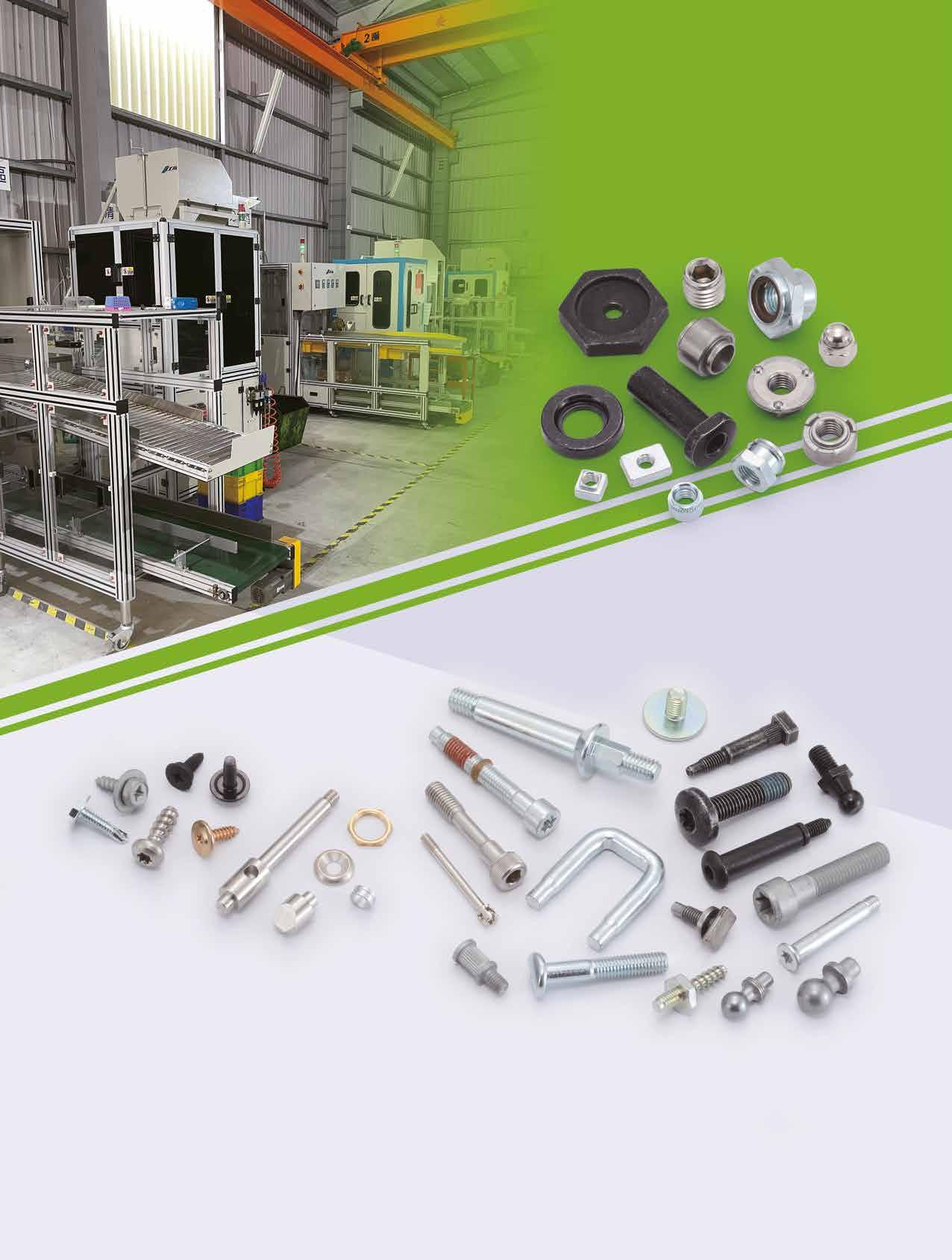










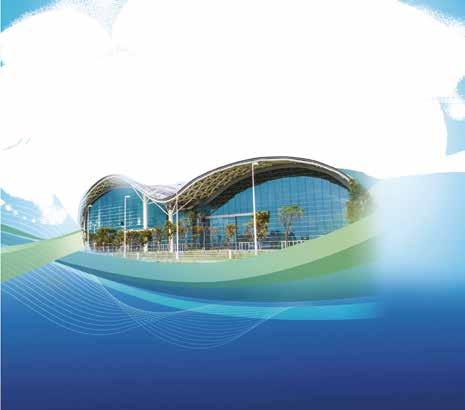

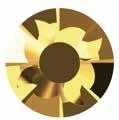



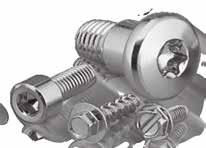














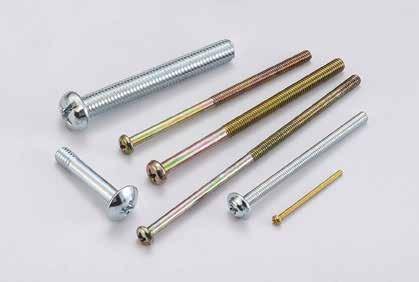





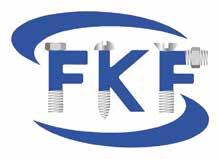











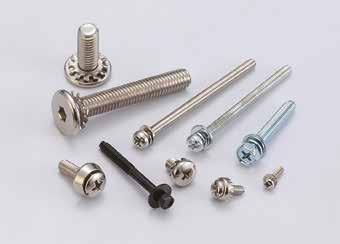







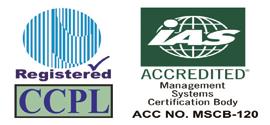
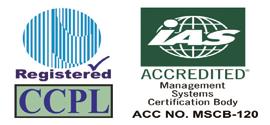
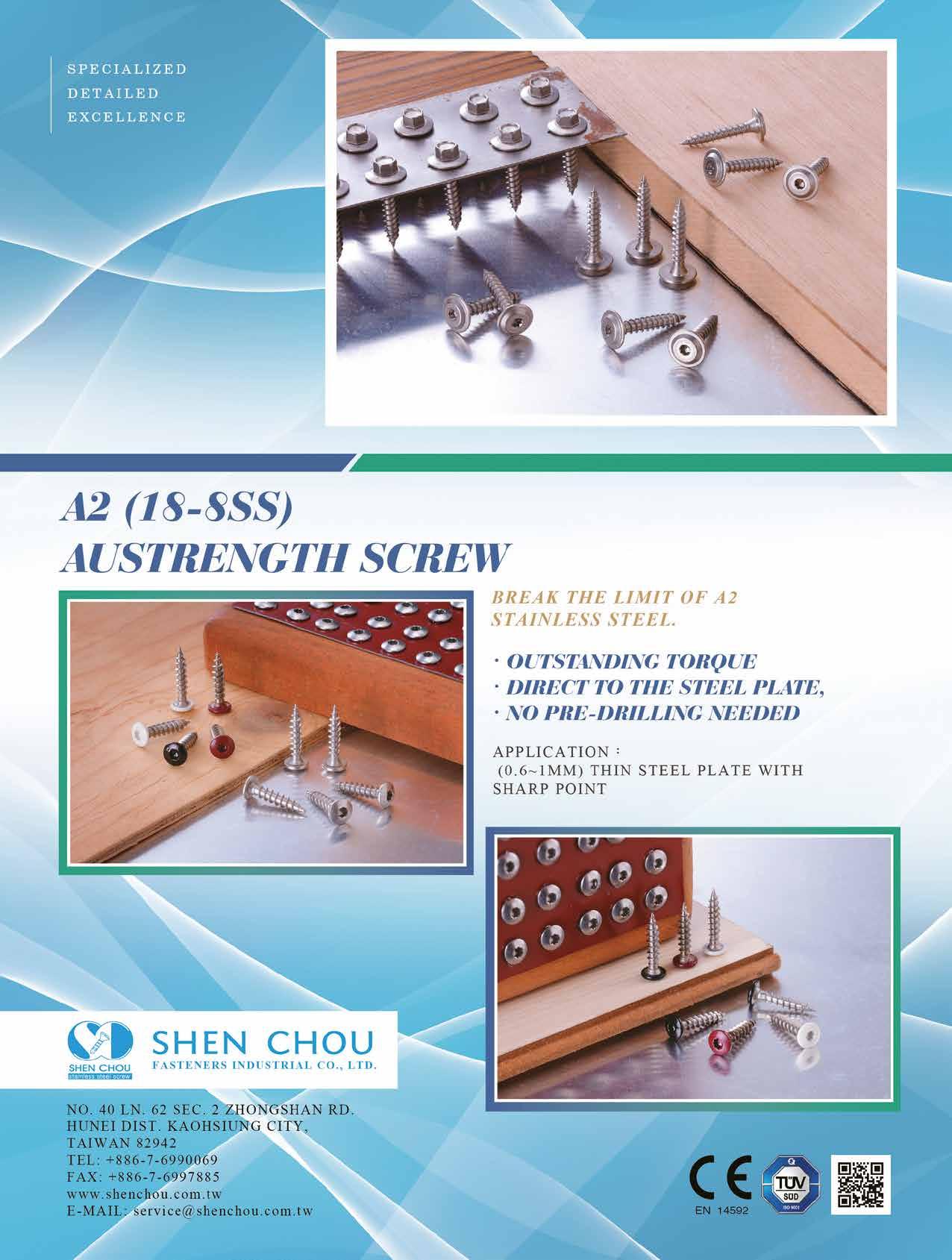






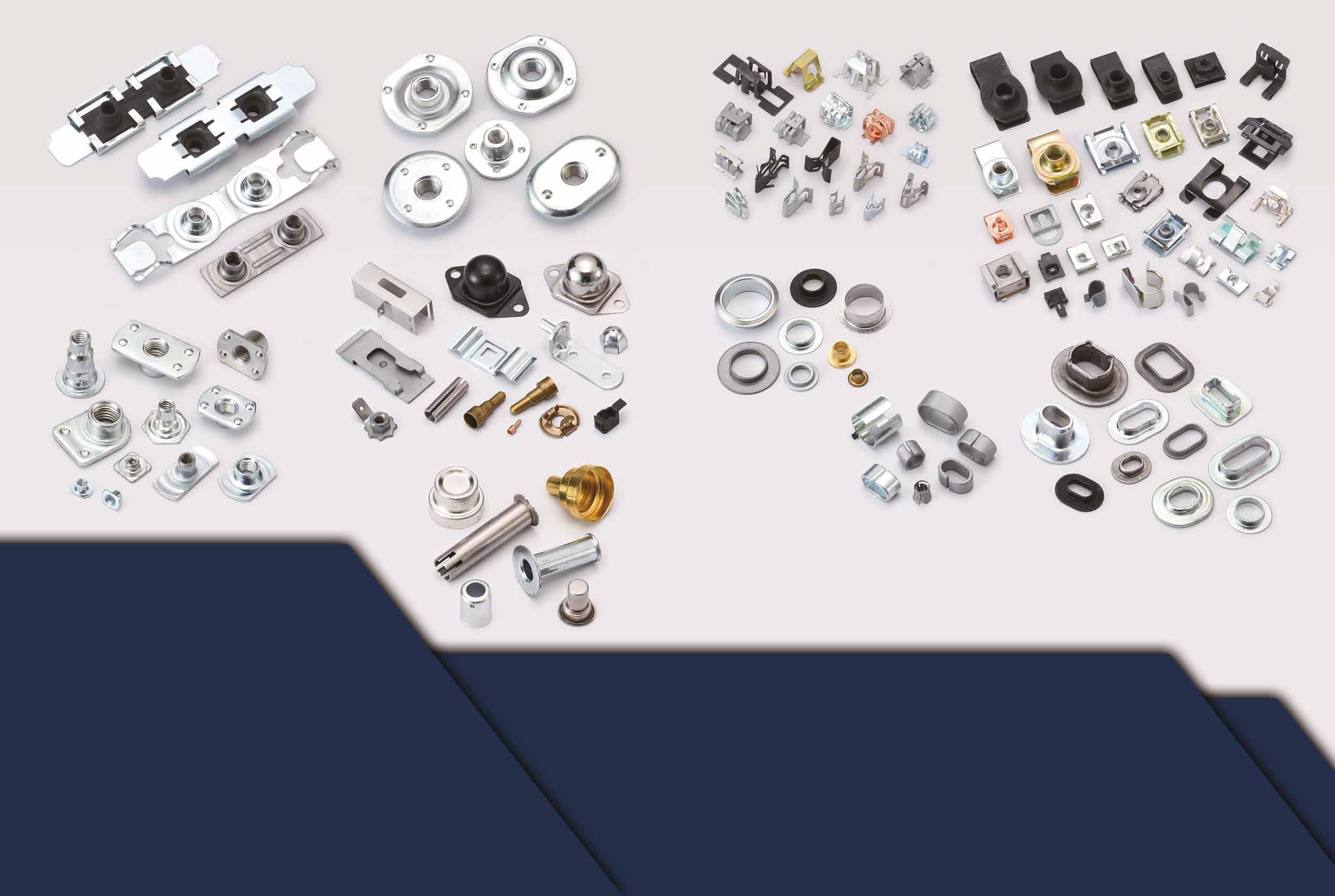






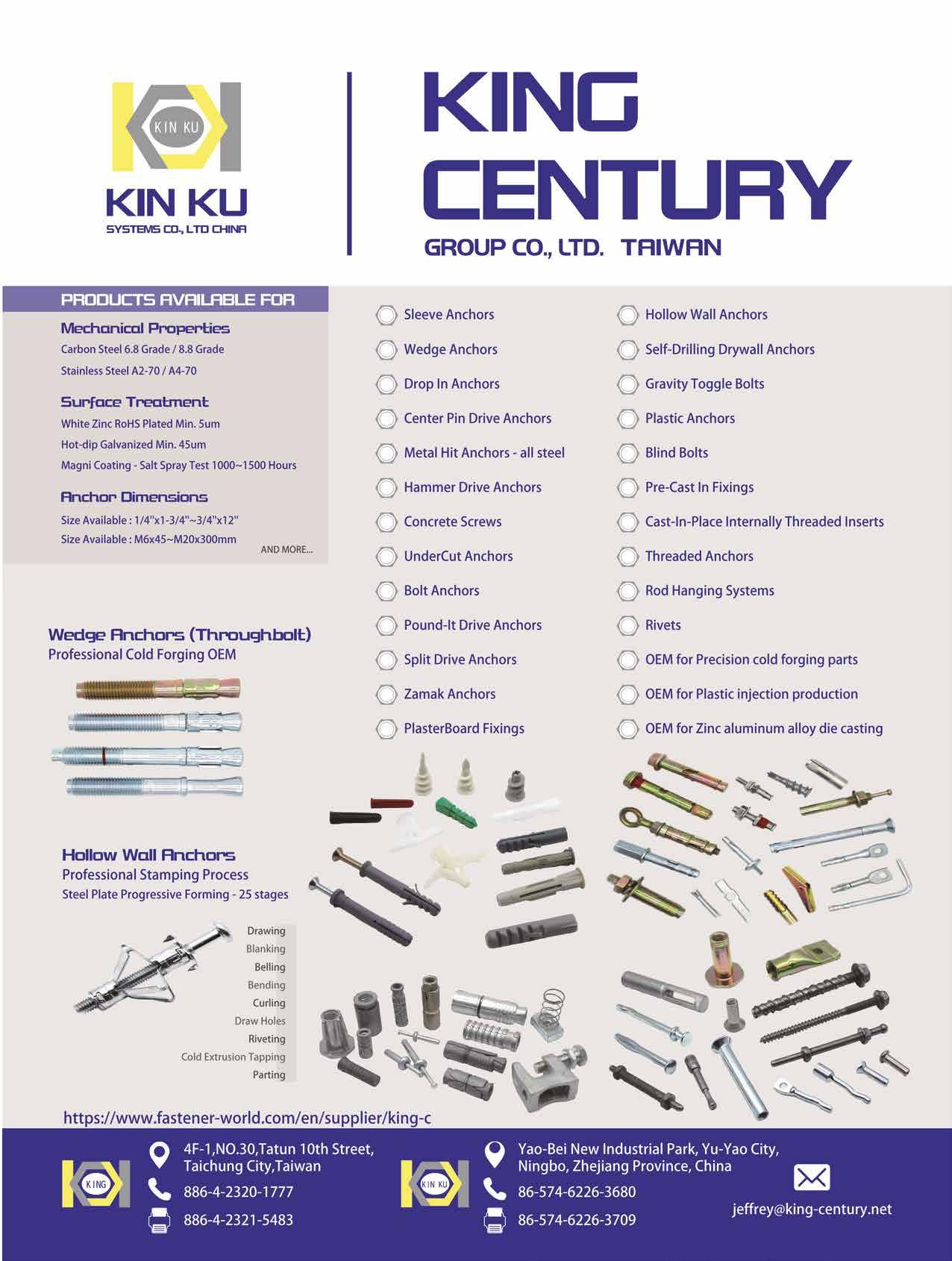




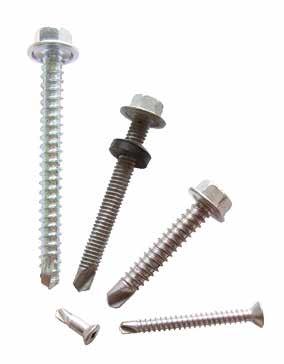









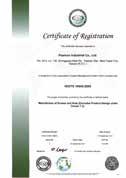



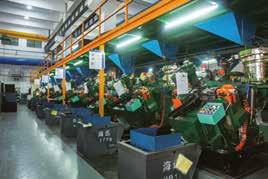



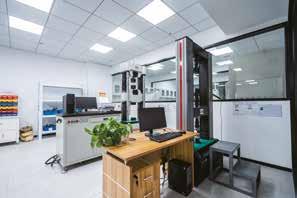



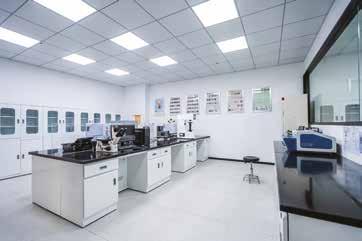










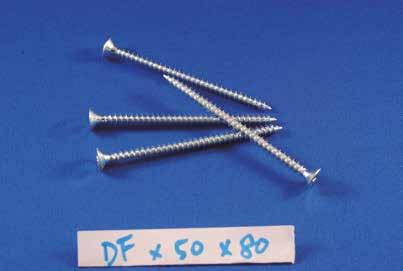
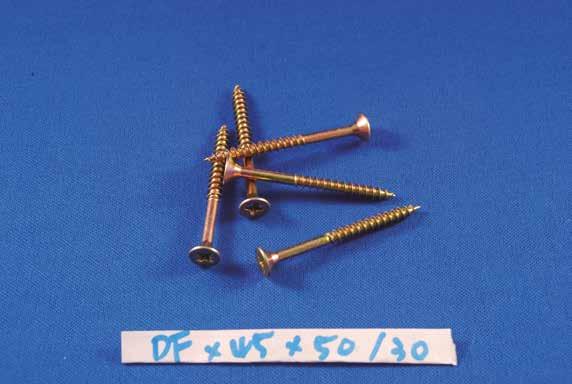

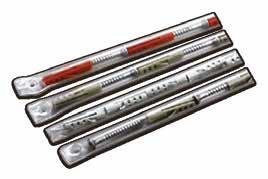




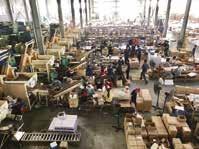


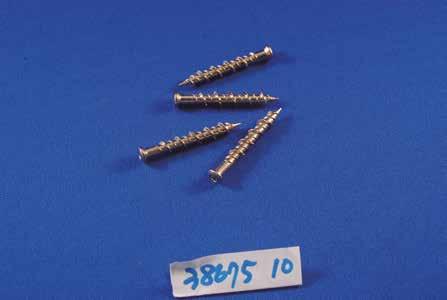





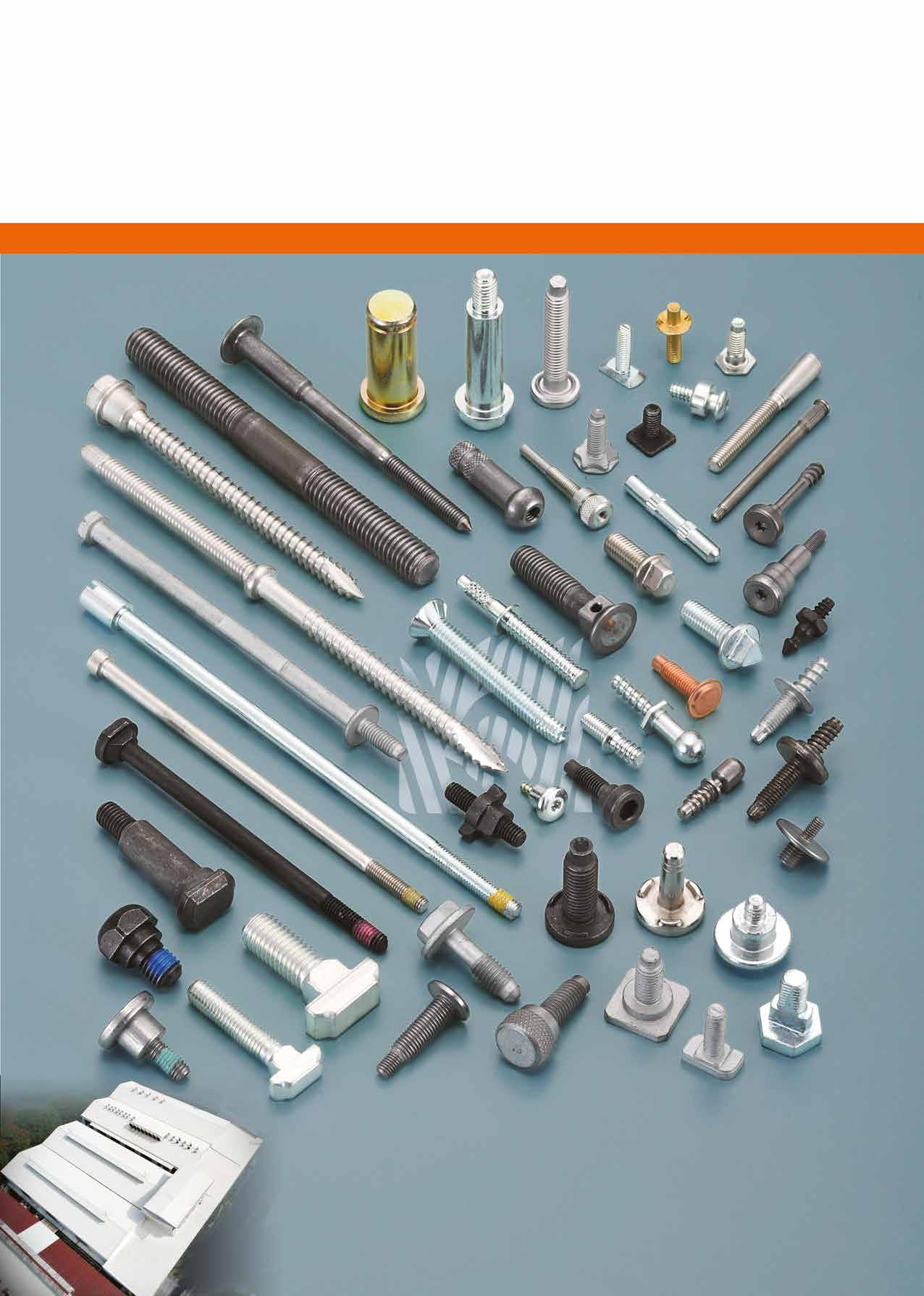

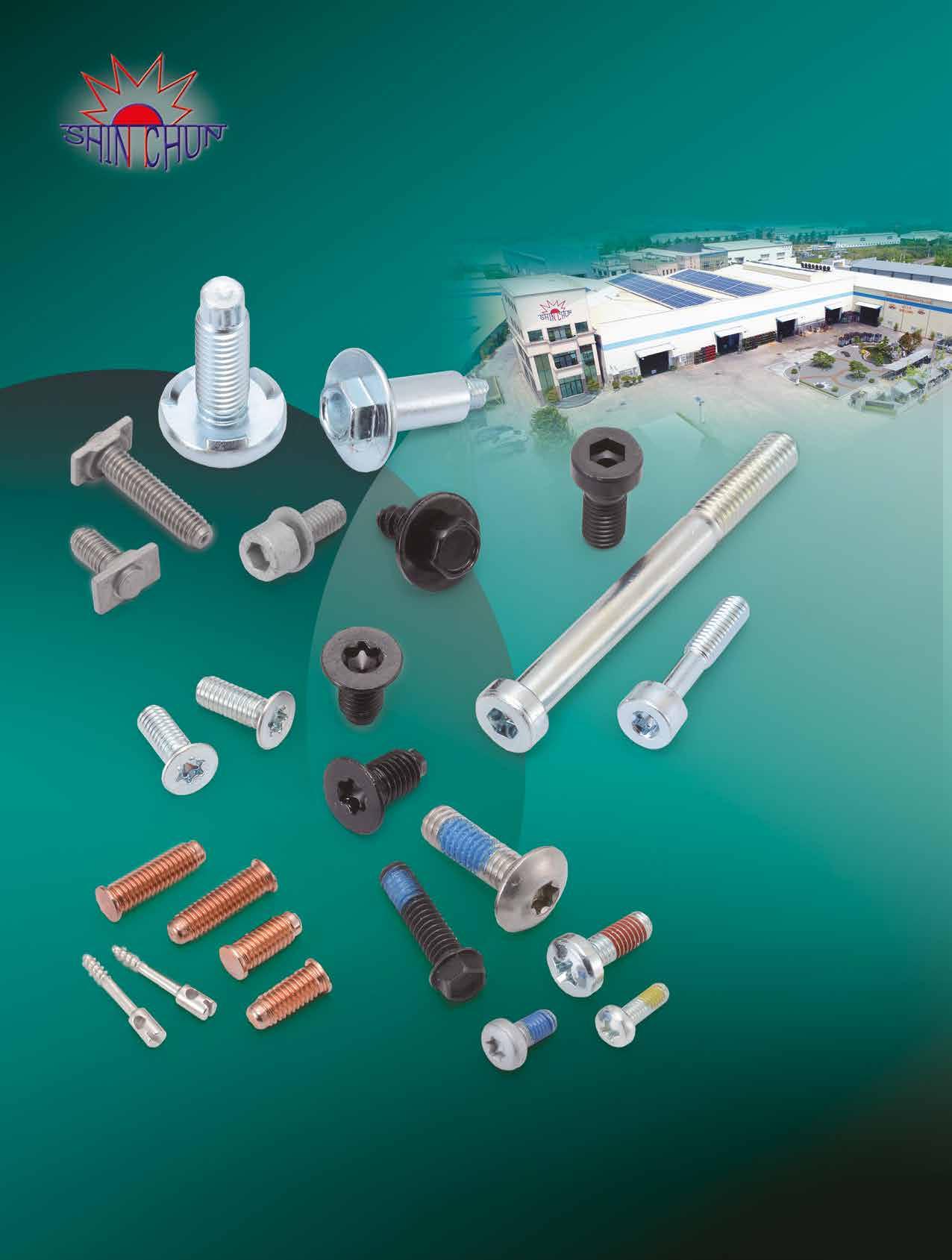



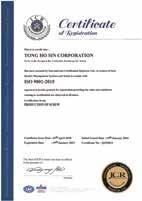
















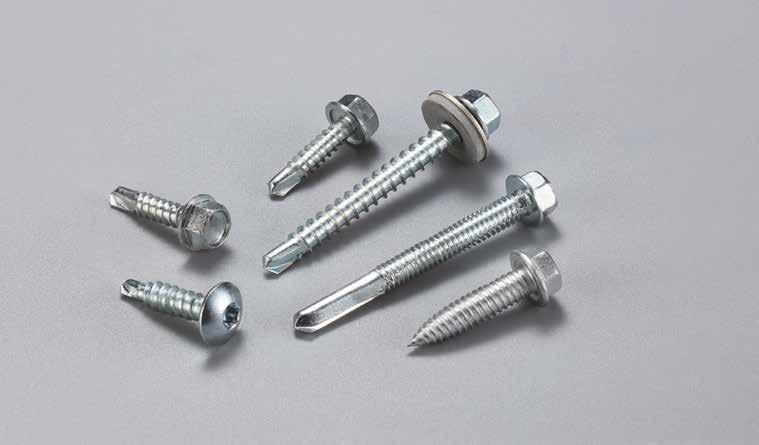






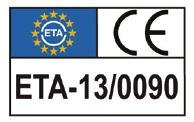








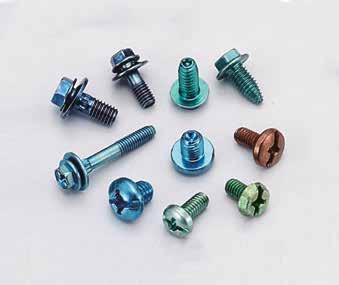
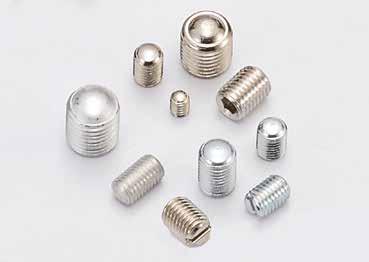
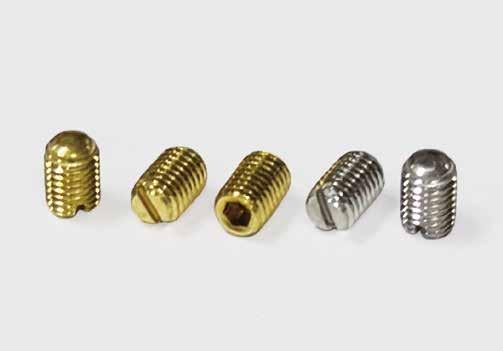






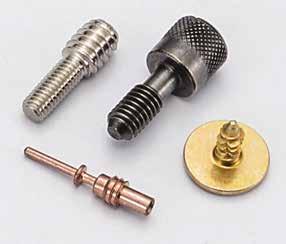
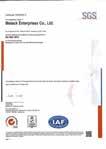

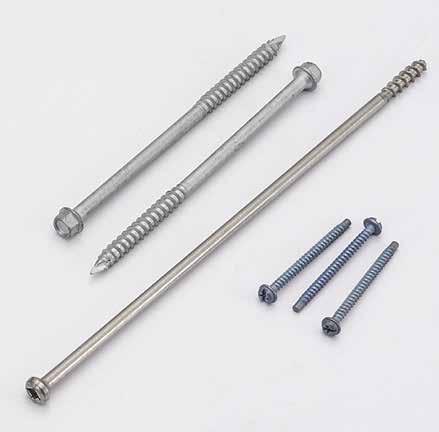


Today the variety and the quantity of metal fasteners produced by cold forming of wire rod is impressive. Almost all of screws, bolts and nuts are made with that technology, but not only. The name of the process evokes itself the capacity to form a lot of special parts, solid or hollow, with a complex shape, to be used in the most important industry fields, automotive first. The cold forming is not anymore the simple heading of its debuts in the early fifties. By sophisticated multiple die presses, dedicated materials, accurate tooling, it becomes possible to produce parts that only few decades ago no one could imagine obtaining from wire. If we add the advantages coming from a high productivity, optimal use of raw material, consistency of precision, the success and the spread of this technology appears logical and motivated. There is another important point in favour, especially these days. I mean about his intrinsic sustainability, derived from the modest energy intake and the minimal scrap rate.
InSacma, we are always working to build, in a sustainable way, sustainable machines for the most sustainable technology. To do that, we chose solutions requiring low energy consumption, we increase own production of renewable energy, and we select accordingly our supply chain. The core activity of SACMA Group is to design and build machinery for cold forming process, a complete line of presses and rollers to fulfil the needs of the modern industry, including ancillary equipment and machines for secondary operations. Our mission is to offer to the producers of cold formed parts the best possible equipment with effective solutions, keeping at the same time the wellknown robustness and reliability of Sacma machines.
Looking to the most innovative solutions recently introduced, I would like to start with the mechatronics application. In our machines there are more and more functions activated by servomotors: wire feeder, stock gage, die kick out, transfer, starter… The purpose is to make easier, intuitive and quicker set-up of the machine, with more safety for the operator, because reducing their manual interventions, allowing to activate and control the operations directly by HMI. We started to introduce those functions in the bigger sizes of presses, where the advantage for the operators is more consistent, and gradually we are implementing also in the small machines. Ever focusing the user’s needs and the work environment, we re-designed the machine cabins, integrating inside them all the items, like the main motor and the lubrication unit, which were previously external. The result of this activity is a more compact machine, less floor consuming and emitting a lower noise level. Also, any oil dropping is eliminated, to keep clean and healthy the work room. We also improved the ergonomics with more comfortable doors and internal spaces for the interventions. The action plan is already in progress, with the target to fit all the machine models within the next year. Coming now to functions more connected with the cold forming, Sacma continues to develop and to propose solutions which scope is to enlarge the potential of this technology.
It’s known that complicate parts made with alloyed steels cannot be formed in one shot, even through more forming stations. The material, stressed by a too high
deformation rate, starts to crack. To avoid that, must proceed with an intermediate heat treatment to regenerate the metallographic structure. The production process becomes articulated and involving more machines. Sacma introduces the re-feeding equipment, allowing to apply the two steps process in the same machine, at the same time. Another solution for extended deformation sequences is the device for feeding preformed parts in the cut off station. By that, having a 6 die press, it should be possible to execute a deformation in 12 steps, with an annealing/coating operation in between. All done starting from a standard machine.
Inoptics to extend the borders of cold forming, SACMA is constantly involved to improve own WF machines. The warm forming technology is very near to the cold forming: same base machines, same concept of tools, only a special equipment, making them suitable to work at the temperature enlarging the deformability of difficult materials, like stainless steels, titanium alloys and nickel superalloys. Sacma recently presented a complete line of WF part formers, split in different model according to the operating temperature: WF300, WF500 and WF900, to work respectively up to 300°C, up to 500°C and up to 900°C, based on the parts and the materials to be produced. The program predicts all the machine sizes and, thanks to the Sacma Modular Design Concept all the machine models could be involved. Also, Ingramatic offers a complete line of WF rollers, for threading aerospace fasteners.
Aninteresting function could be integrated in all our machines is the thermoregulation of the die box and the cooling oil tank. When the tolerances of the part become tight, a stable temperature of tools and coolant is the priority. The TR unit is positioned nearby the machine, to heat up the die box and the oil at machine start. Afterwards, during the production, it cools down, keeping them inside the desired range of temperature. Thermoregulation means precision and consistent reduction of NC parts. That function can be implemented in the WF machines, and it is effective for the cold formers, too.



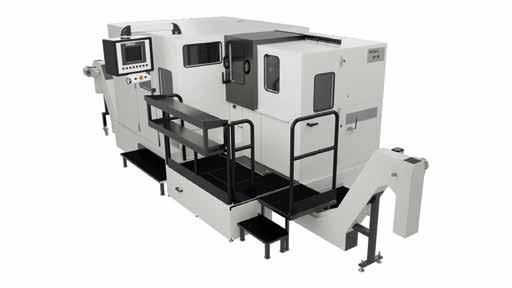

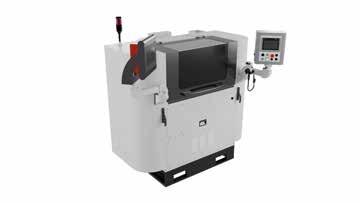


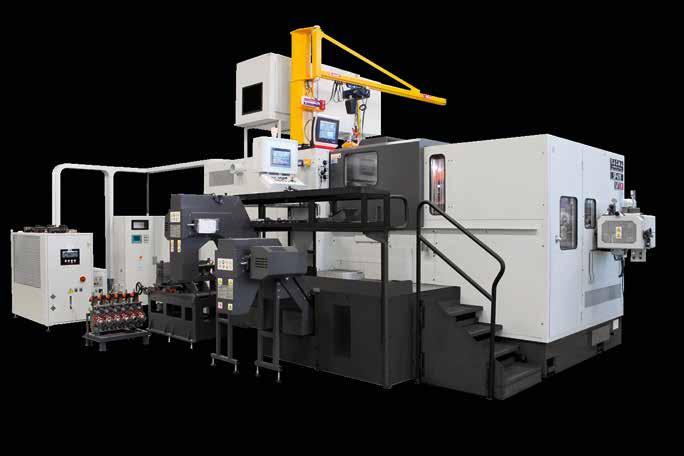
The combined machines are for SACMA a key product, since the first one, an SP27 still active at our Italian customer, left the Limbiate factory in 1974, something like 50 years ago. All in one production centre, including forming, pointing and thread rolling. One single machine, compact layout, quick plug in, sealed. One main motor moving all the units, high efficiency and energy recovering. The most effective and sustainable solution to produce threaded fasteners and not only. Those machines, suitable for products in the range from M3 to M24, are constantly innovated and improved by our engineers, focusing the easy use, the quick tool change and the energy consumption. Already in catalogue we have the SP59, in two versions, normal and short stroke. She’s a 6 die combined press, extending the range of products to the more complicated special parts. In the next period we will present the SP39 and following also the SP29. Considering that the WF equipment should be available, the flexibility in terms of feasible products becomes without comparison. Always on the subject of combined machines, Sacma is proposing the new KSP12, a fully re-designed successor of the iconic KSP11, an 1D2B header with thread rolling, suitable for production of screws, selftapping and metric, from diameter 3 to 8mm. The machine was enthusiastically accepted by our loyal customers and by new, too. The world preview occurred during the last Wire Düesseldorf, and the next step is to present a new version for ultra short and small head screws.


Being aware that the best machine to squeeze high performance needs the best tools, Sacma introduced recently for own customers the S-Tooling activity. In a structural way, we created a department, where skilled and experienced engineers develop and design the tools for new complex parts inquired by the market. They are supported by the most up to date and innovative instruments for the FEM simulation, to issue the perfect deformation sequence and the construction drawings of each tool. The successful feedback we are receiving from our customers is encouraging us to increase the capacity of this department with new hardware and resources.
theme dear to us is the service after market: technical assistance and spare parts, to keep the machines always in the best condition. Our products are designed and built to be durable, and our customers are expecting a long productive life. The availability of spares, even for machines born 40 years ago and more, is crucial. We are prepared with a large inventory in our warehouse of parts, ready to be delivered, minimizing the machine downtimes. All our branches and agencies, beyond the commercial activity, can give technical assistance. In the Limbiate HQ, we are boosting up the service with young resources and new structures.
Tofulfil the requirements of Industry 4.0, Sacma is offering different packages to implement the machine data, at increasing levels, inside the network of the customer. Moreover, we started to investigate in the AI fields how to obtain additional information from those figures and how to make quick and useful for operators the instructions for setup and ordinary maintenance. As soon as ready, we will open to the market.
Last new, Sacma presents end of February, at the IWA Show in Nuerberg, the presses and rollers of the S-AMTEC line, special machines dedicated to the production of metal components for light munitioning. 85 years from his foundation, Sacma Group strives, day by day, to improve with innovation own products, not only the Sacma presses and the Ingramatic rollers, but also the feeding and unloading equipment of Tecno Lift and the tapping and turning machines of HS Aspe. We are always looking forward how to offer to our customers of the fasteners and cold forming industry a wider range of machines and services, making them more successful in the global competition. Of course, we do that because it’s our business, but especially because of the passion pushing us: we love to build top class machines and we like to see the satisfaction of our customers.





Sun Through Industrial is recognized by the industry as a professional manufacturer of self-tapping/drilling screws, high strength bolts, drywall screws, chipboard screws, etc., with strong customization capability, continuous development of new construction fasteners, and innovation & quality on par with int’l standards. Always serving from the technology-based perspective, Sun Through can provide more cost-effective fastening solutions for customers with more difficult or complex product requirements. Not only is it a key partner for many European and U.S. customers seeking customized services, but it has also created a unique competitive advantage by staying ahead of competitors.
Spiral-type self-drilling screws, bi-metal screws, and high strength bolts are Sun Through's most competitive products and have been proven by customers to significantly improve technical and operational issues in real-world applications.
The main carbon steel or bi-metal spiral-type self-drilling screws feature faster iron scrap discharge, allowing users to easily penetrate steel plates up to 30mm thick. These products are available in sizes as small as 5.5mm and as large as 8mm and in lengths ranging from 50-350mm. The superior tapping performance provides customers with additional options, and products with a thickness of 8 mm can replace conventional structural bolts. “Our spiral-type self-drilling screws are more difficult to make than ordinary ones. We are also one of the few manufacturers that can satisfy customers’ needs of tapping thicker plates," said Sun Through. Considering the increasing market demand for bi-metal screws, Sun Through has also made indepth improvements to the critical welding process, making the strength of welded joints not only better than the laboratory requirements but can even be twisted and bent, which once and for all solves the problem of insufficient torsion when customers are using long screws for board tapping and are also subjected to gravitational loads. Sun Through has also successfully developed a Gr. 14.9 screw, which has a fatigue life 50% more than that of 12.9 screws. The feature of no brittle fracture has allowed it to enter the supply chain of U.S. EV and European heavy motorcycle & machine manufacturers.

Recently, Sun Through has announced that it will be releasing self-drilling screws for hollow cement bricks, which will be officially revealed at this year's Taiwan International Fastener Show (Fastener Taiwan). The traditional self-drilling screws for hollow cement bricks require drilling holes and using screws to complete fastening. In addition to the complexity of the workmanship and tools required, the diameters of holes and sizes of screws must also be taken into account, but this new product from Sun Through can directly tap into the wall, greatly saving users’ fastening time and effort.
In response to the global trend of carbon reduction, Sun Through has been conducting its carbon inventory and expects to make comprehensive improvements to the more energy-consuming heat treatments in manufacturing. Simultaneously tapping into the construction and automotive markets, Sun Through will also work with customers to develop fasteners for concrete materials related applications, and conduct management upgrades in response to PPAP requirements. "PPAP is a basic requirement for entering the automotive market, and we’ll do a good job of management upgrades in order to prepare for entry into the higher-end market. We sincerely invite you to visit our booth during Fastener Taiwan," said Sun Through.
Copyrightowned by Fastener World
Article by Gang Hao Chang, Vice Editor-in-Chief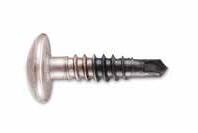










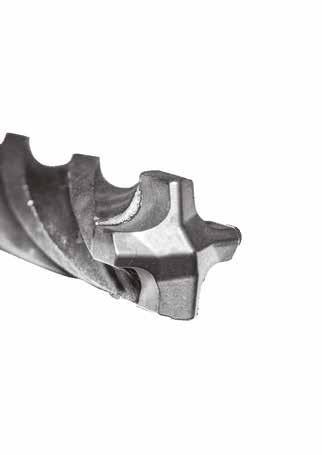

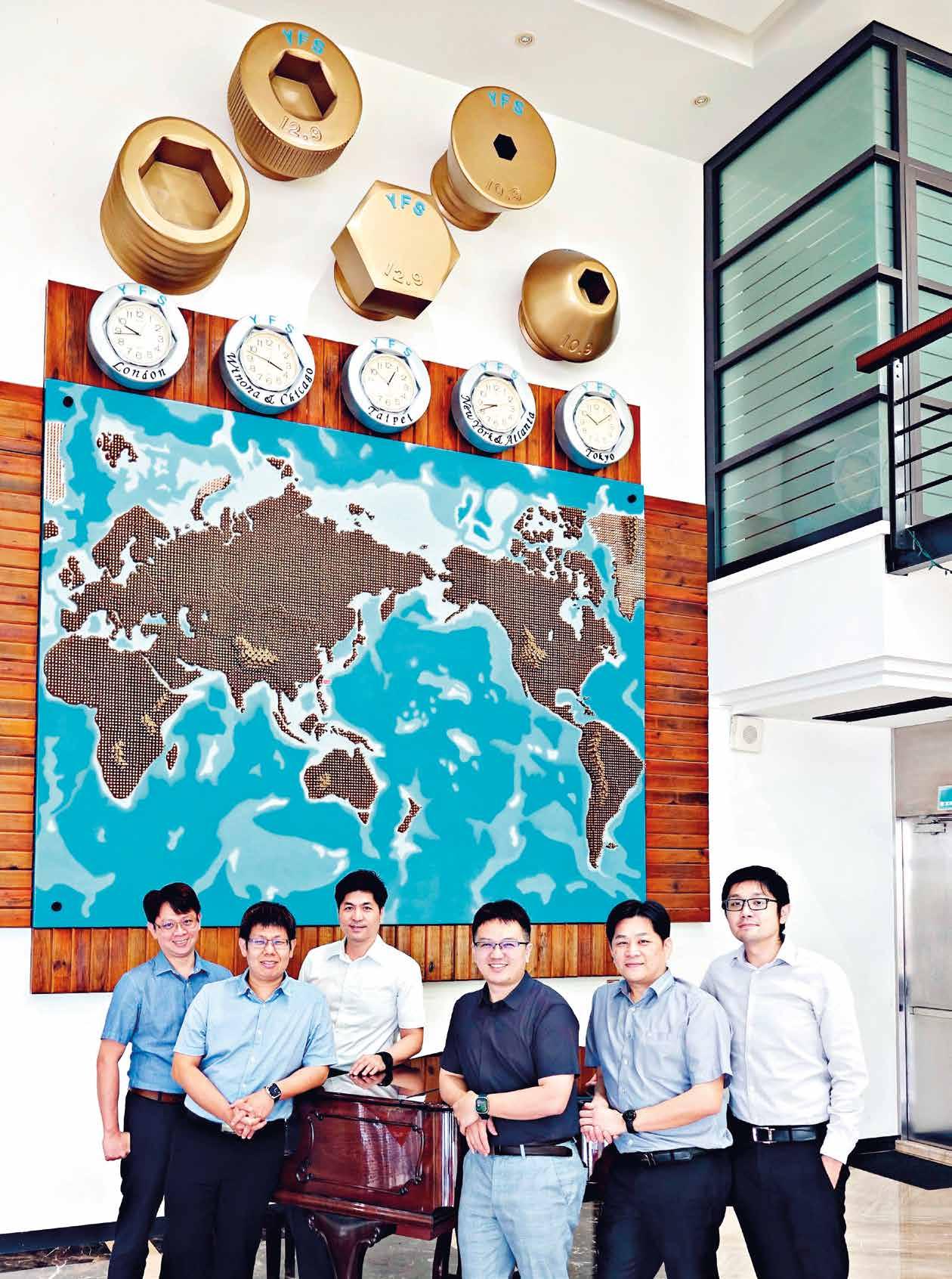

During the decades of development of Taiwan fastener industry, there are many fastener companies with great int’l reputation, and when it comes to manufacturing of socket screws, the most well-known – YFS Fang Sheng Screw definitely must be mentioned. It can supply tens of thousands of screw specifications ranging from the smallest size of M1.4 with the length of 2mm to M60 with the length of 500-600mm.
The "YFS" brand, which is marketed all over the world and widely adopted by the industry, has not only been the only choice for many customers to purchase high-quality and durable socket screws for years, but also is one of the few Taiwanese self-owned fastener brands that has successfully tapped into the supply chain of the global market.
Since its establishment in 1978, YFS Fang Sheng has been focusing on socket screw manufacturing technology and process, and has accumulated a wealth of experience in product development. Although Fang Sheng's socket screws have gained a leading presence in Taiwan and int’l markets, the challenges ahead are bound to be even more severe.
Therefore, the 2nd generation management team has gradually expanded the product lineup to special products and automotive parts related fields for years, in order to create a new stage for Fang Sheng's business in the next 1 or 2 decades.


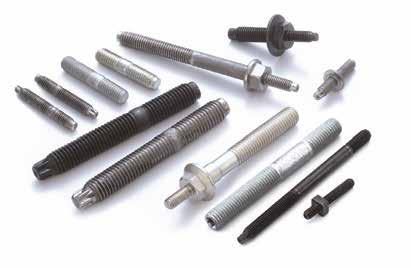
YFS Fang Sheng's expansion from socket screws to special products didn’t just start now. As early as more than 2 decades ago, when many Taiwanese fastener manufacturers started to set up factories overseas in order to win over better market competitiveness, indirectly supporting overseas factories to produce low/medium carbon steel screws and gradually taking some market share of Taiwanese manufacturers, Fang Sheng had foreseen the future market changes and planned for transformation in advance. As a result, the 2nd generation management team started to coordinate and plan the investment and deployment in the field of special products in terms of technology, equipment, talents, information integration and market customers.
"We made lots of preparations to enter the field of special products. Since 2005, we’ve been cultivating our technical talents, and started to plan for a new plant in 2010 and invested in hundreds of production machines to prepare for the subsequent demand of the special products market. It is understood that Fang Sheng's capacity has doubled and the proportion of socket screws and special products is 50%/50%, proving that its mature technique and product quality have been recognized by customers.
Therefore, despite the fierce competition, with our high quality products still creating significant differentiation, many customers continue to work with YFS Fang Sheng to create a win-win situation,” said the new generation Fang Sheng management team.
With sufficient talents, technology and equipment, Fang Sheng is capable of producing special products for various fields (e.g., machinery, bicycle, automobile/motorbike, heavy industry, customization), especially the orders from T1/T2 customers in the automotive industry account for about 80% of its special products sales. With the prospect of a booming automotive market in

Europe, USA, and China as well as growing demand in the midto-high-end market, YFS Fang Sheng's development opportunities in special products will be further enhanced. In addition to automotive applications, Fang Sheng Screw has also stood out among several European manufacturers and has been chosen by German ICE as its supplier, further proving the high quality and reliability of its products. In the high-end market, quality is always the key to winning customers' trust and continuous cooperation.
In order to improve the manufacturing efficiency of customized products, Fang Sheng established an R&D division in 2010, focusing on the design and development of dies and processes. Through self-development and in-depth understanding of raw material characteristics and manufacturing processes, Fang Sheng is able to flexibly adjust parameters such as pickling, wire drawing, spheroidizing, cold heading, thread rolling and head treatment to establish an integrated QC system from raw materials to finished products.
"Introducing in-house die development is the most challenging part of the transformation. In the past when there was no independent die development, technicians had to rush about between the die processing room and the factory to have in-depth discussions with operators, so working overtime until 9-10 o'clock at night was usually heard, but the results were still unsatisfactory, and we’ve even heard of the dilemma of a counterpart being unable to develop a screw in 3 months. Therefore, after the establishment of the R&D division, we adopted the training mode of "1 for 2" and "2 for 4" in order to cultivate more seed coaches to accumulate our technical momentum for special products manufacturing. Thanks to the establishment of the R&D division, the efficiency of our manufacturing process and quality control have been significantly improved," said Fang Sheng's 2nd generation management team.

Fang Sheng contact: Vice General Manager Jason Tsai
Email: sales@mail.yfs.com.tw

Fang Sheng’s 2nd generation management team has accumulated 10~20+ years of production management experience within the company before officially taking over the management role, and has also inherited valuable management concepts from the 1st generation management.
Under the principle of hierarchical management and each division taking care of its own duties, the sales, management, and manufacturing divisions will put forward their ideas and discuss together to make the most favorable decisions when encountering problems, and through monthly cross-divisional meetings to establish a smooth horizontal communication to coordinate and cooperate with each other, in the hope of achieving their own brilliant results on the success created by the 1st generation.
"The 1st generation management team laid the foundation of our business, on which we’ll open a new chapter in the field of special products, but it is up to us to make it grow. The professional knowledge and young mindset that we’ve acquired from home and abroad will help our company to develop innovatively in the future. In terms of information integration, we’ve set up software development and information divisions, developed our own ERP & MES systems, and introduced the IoT concept to manage hundreds of facilities, linking the processes of raw material control, manufacturing, and reporting together, and continue to explore and apply new technologies (e.g., AI, Big Data analysis) to optimize the production process and product design to further enhance the competitiveness of the company. In terms of customer relations, we’ll continue to deepen our partnership with existing customers and their offspring, and through building mutual trust we can open up opportunities for more cooperation and make it our development goal to enter more market areas,” said Fang Sheng's 2nd generation management team.
While many companies had not paid much attention to the issue of energy saving & carbon reduction, Fang Sheng had seen the trend and spared no effort in investing manpower and resources in carbon inventory and related certification. It launched the GHG inventory for ISO 14064-1 in May 2023 and the part of EU CBAM requirements has been internally verified and is awaiting subsequent certification. The relatively important ISO 14067 for carbon footprints is also expected to be audited and certified in June 2024. Many of Fang Sheng's customers have been impressed by its industry-leading carbon reduction efforts.
"We take a serious view of energy saving and carbon reduction. Through systematic reports, we let all customers clearly understand Fang Sheng's carbon emission data, and we’ve
Copyright owned by Fastener World
Article by Gang Hao Chang, Vice Editor-in-Chiefalso begun to draw up a 10-year carbon reduction plan, including installation of solar panels for our own use, the improvement of energy consumption in heat treating and spheroidizing furnaces, and the introduction of energy storage facilities for energy management, improving the utilization rate of renewable energy and the stability of electricity, balancing energy demand in the production process, reducing operating costs, and improving energy efficiency. These policies will be the key direction of our future energy saving & carbon reduction, with at least 30% carbon reduction target for 2030 going forward," said Fang Sheng's 2nd generation management team.

Bronze sculpture symbolizing the succession and sustainability of Fang Sheng's business
Li You is headquartered in Hwa Ya Technology Park in Guishan District of Taoyuan City. 40 years ago, it started as an OEM screw manufacturer for resellers. Over the years, it has undergone technological innovations and restructured its business model, transforming itself into an important supplier specialized in customized high-precision screws for clients from industries including automotive screws, springs, gaskets, and lathed hardware parts.
Besides the model transition, it continued to increase capacity. In addition to the Penang (Malaysia) plant, it expanded scale with the establishment of Guang Zhen Feng Precision Screw in 2020, extending business to Asia and many other critical markets with fastener demands. Today, Li You stands as a high quality partner recognized in Taiwan and throughout the world.


Li You’s product line covers special screws, combination screws, hexagonal screws, trilobular thread screws, selfdrilling screws, thread cutting screws and other precision screws, as well as rivets, studs, anchors, hexagonal wrenches, clip nut, rings, washers, nuts and other hardware accessories. Available materials include high and low carbon steel, free cutting steel, alloy steel, stainless steel, aluminum, titanium alloy, low-leaded brass, etc., with sizes ranging from 0.8mm to 12mm. Besides, the company established a highly flexible production management system to ensure it can provide customized production that meets customers' needs and creates advantages, and also achieve a monthly capacity of hundreds of millions of pieces. The ability to efficiently and flexibly supply products no matter how many pieces are required by clients makes Li You unique among its competitors.
Domestically, Li You has long been working with clients from the EV, industrial PC, industrial control system, optical, electrical and electronic industries. Overseas, it supplies to Asia-Pacific countries through Jiu Ji Guang Precision (Malaysia). The products manufactured in Malaysia are equivalent to those of the Taiwan headquarters.

Li You is particular with manufacturing process quality. In less than 4 years it passed three ISO certifications including ISO 9001 (quality management), ISO 14001(environment management) and IATF 16949 (automotive quality management). Its fasteners have made into the electric scooter supply chain. The company is focusing heavily on green manufacturing and continues to push for acquiring ESG and ISO 14067 (product carbon footprint) certifications.
To improve quality and expand the product line, it has invested in upgrading equipment over the years, including high and low temperature weather resistance testers, X-Ray coating thickness testers, XRF spectrometer automated material analysis device, salt spray testers, automatic optical sorters, and material push and pull testers, to ensure that product quality, tolerances, and inspections are in line with international standards. “We will continue to expand our current product line to include more components such as automotive fasteners, and we will work with our medical industry clients to develop products with high precision requirements. Harnessing ‘Li You Manufacturing', we hope to become an indispensable key player in the international fastener supply chain," said the company.
Copyright owned by Fastener World / Article by Dean Tseng
Contact: Ms. Candy Shih / Email: candy@liyouscrew.com
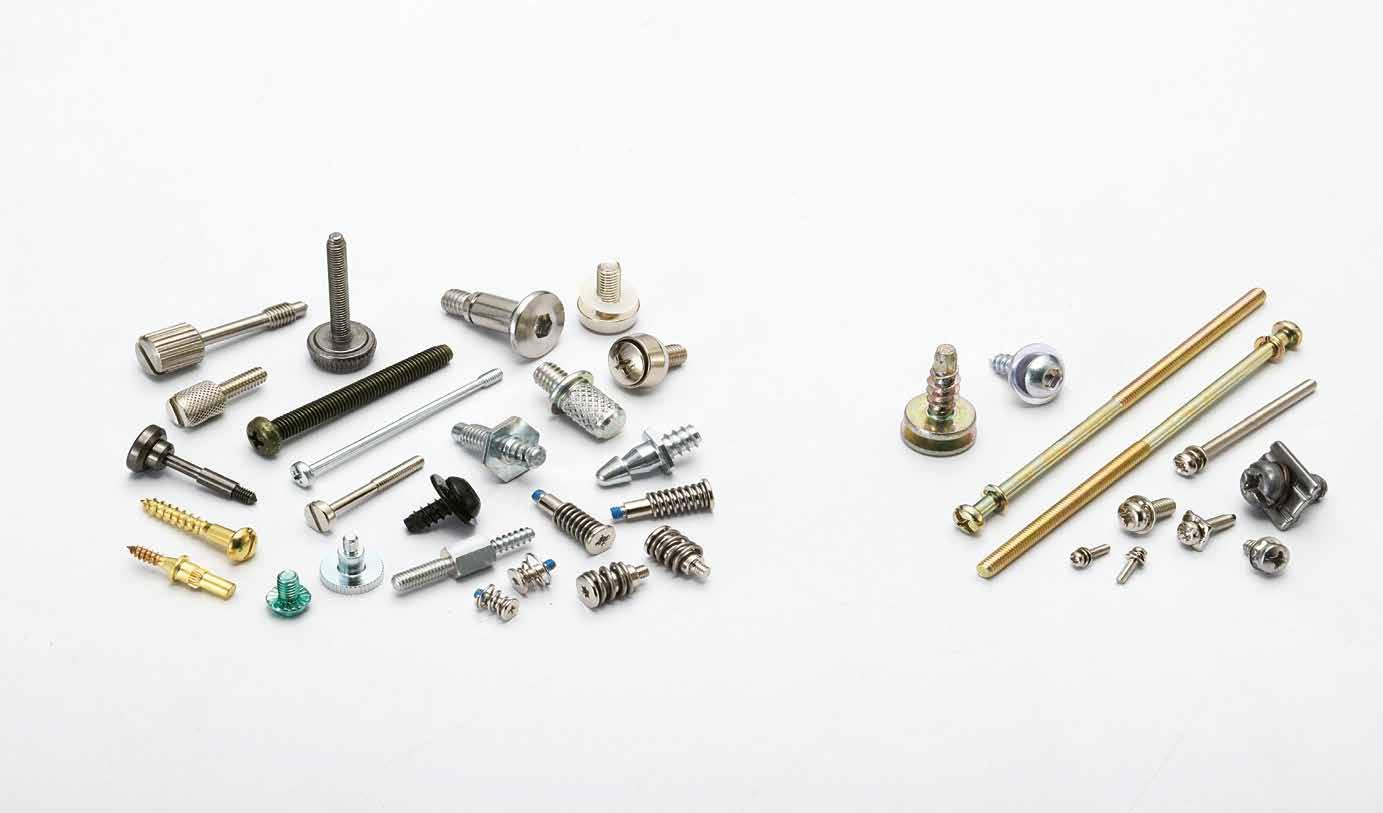







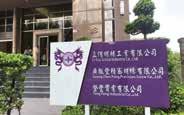



A great place to appreciate Tainan’s 4 centuries of magnificent past

Tainan, the ancient capital of Taiwan, founded 400 years ago, has many monuments and buildings of historical significance, as well as many old buildings that quietly tell travelers wonderful stories of the old times. In addition to the famous Anping Old Fort and Eternal Golden Castle, which continue to be popular attractions for tourists visiting Tainan, there is now a new Cultural Park worth visiting.
The unused space, which used to be called "Xiang-Xin Building" by local residents of Anping and was once the base of Combined Service Forces 304 arsenal, has been renovated and revitalized by the team of "Butterfly Love", which has successfully revitalized the Shanhua Sugar Refinery Cultural Park and the Guangmiao Rest Area (North) of National Highway No. 3 with the influx of more people, and has been officially open to the public earlier this year with a brand new look as "Anping Maritime City", in hope of leading visitors to appreciate the exciting development of the ancient capital under the Age of Sail through the echoing of humanities & history, the scenery of the fishing port, and the exquisite cuisine.



Anping Maritime City is one of the most successful projects in the transformation of old & dilapidated buildings with the concept of green eco-architecture. It links the local history and culture with the cultural images of countries that once visited Taiwan during the Age of Sail, creating a diverse yet noncontradictory atmosphere.
Walking through the English-style carved gate of the park, one will see the Fort Utrecht and the minarets at the entrance with strong Dutch cultural imagery, the colonialstyle Spanish plaza, the classic “Bocca della Verita” installation from the movie “Roman Holiday,” and the British double-decker buses with a sense of conflict seem to tell the story of the development of the ancient capital under the constant conflict and fusion of the old and new diverse cultures.
The interior planning team has not only skillfully preserved the existing L-type house arrangement and sword-lion decorations, but also carefully designed the Royal Mail Ship (RMS) Titanic lobby, which is modeled after the original blueprint of the shipbuilding company, with stained-glass doors to emphasize the building's splendor. In addition, there is also a museum themed on the British Industrial Revolution, a London street scene area, the Greek-inspired Aegean Sea Observation Deck and Clock Tower, the Royal Mail Ship (RMS) Titanic Decks, and the Romeo and Juliet balcony, where Shakespeare's iconic play is set, for visitors to stop and take photos.
The Age of Sail theater on the 1st floor is the highlight of the cultural park, introducing the history and culture of the countries involved in the Age of Sail as well as the role and importance of Taiwan during this period. Sitting on the antique chairs of a 200-year-old English church, visitors will be able to watch important historical footage of Taiwan that has been researched by professionals, quoted in books, and praised by many experts in literature and history, giving them a deeper understanding of Taiwan during the Age of Sail.

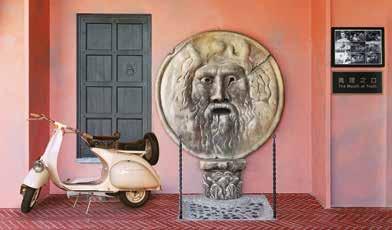

"We and the architectural design team leased this building from the Cultural Affairs Bureau of Tainan City Government and spent 3 years in total discussing and planning the project before we successfully built Anping Maritime City. Our original intention was to revitalize the old and abandoned buildings, so that visitors to Tainan would no longer be able to just walk around and see the sights, but would be able to stop for long periods of time to relax, get close to the fishing port, enjoy the sunset glow, and taste Chinese & Western cuisine, and more importantly, gain a deeper understanding of the cultural heritage of the city over the past few centuries, through the presentation of the role that Tainan and Taiwan played in the world during the 17th-20th centuries, the cultural interactions with associated countries, and the past of immigrants from mainland China and European countries looking for trade opportunities around the world or a microcosm of the history of colonization,” said President Lin of Butterfly Love.
Anping Maritime City is an attraction for everyone. Visitors who like to walk around uninterrupted, take an indepth tour of exhibitions, or enjoy the fun and interaction will find something for themselves here. Whether it's a casual photo stop, a sumptuous English afternoon tea and nice coffee in a quiet corner, an appointed tour of the building, or listening to live music performances on weekends or holidays, there's always something touching for everyone’s visit.

Butterfly Love’s official website: butterflylove.com.tw
"Although our current activities are mainly static exhibitions, we also arrange some musical performances on weekends or major holidays, and will even give various banquets or themed events. We also welcome requests for wedding photography or large-scale events. In addition, the grand opening of the European style buffet restaurant on the 3rd floor, which is now on a reservation basis, is expected to take place in the second half of 2024 at the earliest. We hope to fulfill the expectations of both local and overseas visitors through a variety of exciting static and dynamic events and culinary delights," said President Lin.
Copyright owned by Fastener World / Article by Gang Hao Chang, Vice Editor-in-Chief


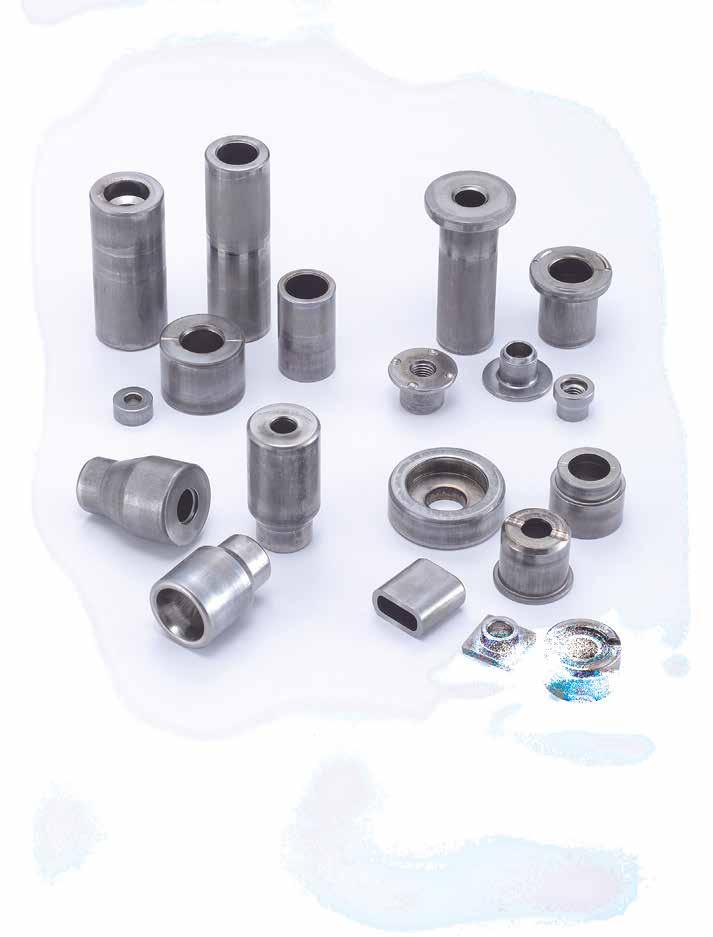
Started as a fastener trader and now focusing on customized automotive & motorbike fasteners and special cold-forged screws & nuts, Yu Ruen Hardware is recognized by the global industry as one of the leading manufacturers in terms of product quality. 99% on-time delivery and high production efficiency to flexibly meet customers' needs are the key factors that have helped Yu Ruen continue to gain global recognition in the fastener field over the years. Although founded only 13 years ago, the team has accumulated solid technical experience step by step under the goal of excellence and growth, hoping to provide the most satisfying cooperation experience to global customers with the most professional and mature service.
Contact: General Manager Mr. Shu-Ming Chang
Email: yu.ruen@msa.hinet.net
With an average capacity of 300 tons per month, Yu Ruen's processing capability is up to 34mm in outer diameter and 85mm in length, which can satisfy most customers’ product specifications and can be customized according to the differences in demand. With quality control comparable to that of its U.S. and European counterparts, it has accumulated a solid customer base in the U.S. and European markets. Currently, as much as 90% of its export orders come from Europe and the U.S., demonstrating the ability to penetrate into the mid-range and high-end application markets. The introduction of advanced forming machines in manufacturing is also a key reason for it to maintain a high yield and precision of finished products. "The tolerance of our products ranges from +/-0.1 to +/-0.2 depending on their size and degree of forming difficulty. We’ll evaluate the possibility of continuously purchasing new forming machines based on order volume in response to changes in customer requirements," said General Manager Mr. Shu-Ming Chang.
Die design is the key to Yu Ruen's ability to stand out from its competitors. As long as the product meets the forming conditions, Yu Ruen can develop it according to the customer's drawing requirements. Since dies are developed in-house, development time can be significantly shortened and, more importantly, leakage of customer's product details to the market can be avoided. It was also appointed as a supplier by a major Scandinavian fastener trader because of its emphasis on protecting customers' interests, as well as its strength in technical services. Recently, it has successfully utilized its development & production advantages to quickly test and deliver new products to an American customer within 3 months. "In addition to fully mastering the timing of on-line production and coordinating with machine tools and raw materials coming into the factory, we’ve also enhanced the efficiency of factory technicians in switching out products in order to meet customers’ required delivery dates," said General Manager Chang.

Yu Ruen, which has obtained the ISO 9001 certification, not only receives orders steadily in the fields of traditional automotive, construction and equipment nuts, but also actively develops customers from the supply chain of electric vehicles (EV), and is in the process of producing and delivering them. Yu Ruen will plan with experts to apply for the IATF 16949 certification in response to customers' requests, and at the same time plan relevant courses for CBAM issues, which are increasingly emphasized by buyers in Europe and the U.S., in the hope of keeping up with the world's pace and creating for itself more conditions and opportunities for cooperation.
Copyright owned by Fastener World Article by Gang Hao Chang, Vice Editor-in-Chief



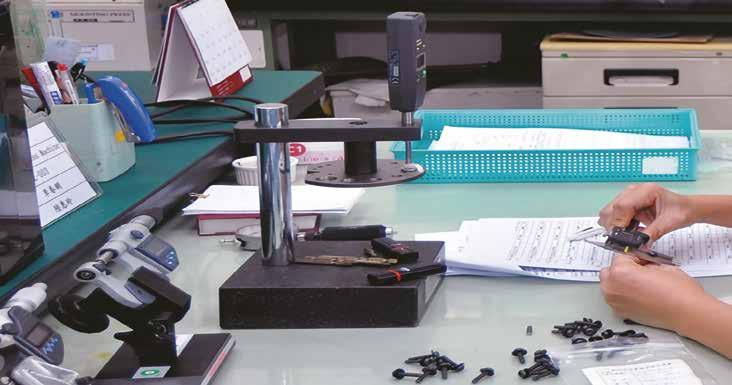
Although there are many quality labs around the world, iTAC Laboratory Co., Ltd. is one of the few third-party labs with a focus on fasteners. Founded in 2005, iTAC was successfully certified to ISO/ IEC 17025 by TAF within just a year, and now it is a professional third-party lab with a certificate equally effective as the American A2LA. TAF is a member of the Mutual Recognition Arrangement, co-established by IAF and ILAC, and therefore the test reports issued by iTAC are accredited worldwide. This echoes with iTAC’s dedication to independence, fairness, and objectivity.
iTAC is the best partner for complete inspection services. Besides third-party test reports, the company provides:
(1) third-party lab tests;
(2) on-site test services at clients’ designated sites;
(3) plant evaluation, CQI-9 and CQI-11 evaluation;
(4) PPAP documents and consultation;
(5)consultation on the lab’s outsourcing and subcontracting;
(6) customized tests and test consultation;
(7) consultation on other quality-related documents (drawings, specifications, regulations) and service.
iTAC provides quality inspections, as well as supplier evaluations and quality monitoring for overseas clients, saving considerable personnel and travel expenses. The company has proficient quality inspection personnel in Yangtze River Delta of China (including Shanghai, Suzhou, Hangzhou, Jiashan, Haiyan and Ningbo) to provide clients with on-site test services, ensuring that product quality of their orders made in China maintain the highest quality standards.

iTAC is more than a testing lab. It has a team highly experienced in fastener manufacturing, with an extensive knowledge of improving communication between buyers and manufacturers. It can lower risks for both parties, find common grounds out of the differences, provide professional suggestions and effective solutions to create a win-win. This is a hidden added benefit delivered by iTAC to satisfy customers' needs for testing and deepen the trust between overseas customers and their suppliers, while allowing iTAC to develop a deep understanding of market and demand trends.
Another strength of iTAC is its deep knowledge of various test standards and methods used in the fastener industry. The company can effectively help clients spot non-compliant orders before products are shipped, avoiding exorbitant indemnities and substantially reducing the time and cost of handling customer complaints. iTAC continues to add new inspection equipment, and is building a cloud database that soon will allow clients to search test records through a superb user interface experience. Continuously surpassing itself is the key to iTac’s success in sustainable business.
Email: wlu@itac-lab.com.tw

 Contact: Lab Operation Manager Ms. Winnie Lu
Contact: Lab Operation Manager Ms. Winnie Lu




Automobile production and sales have always been one of the indicators for determining whether the related industries are doing well or not. The production of an automobile requires the use of many small parts and fastening components, so the fluctuations of production and sales will have an impact on the orders received in the supply chain of these products. According to the International Organization of Motor Vehicle Manufacturers (OICA), the global automobile production and sales have been on a general growth trend over the past three years, with more significant growth margin between 2022 and 2023. In this article, we will analyze the latest automobile sales and production figures for 2023, and further compare them with those for 2021-2022 to give readers a glimpse of the changes in the automobile industry's outlook.
Global automobile production was about 80 million units in 2021, which grew to nearly 85 million units in 2022, and then expanded to nearly 94 million units in 2023, an increase of about 10% over the 2022 figure; the global sales were in a slight decline from nearly 84 million units in 2021 to nearly 83 million units in 2022, but grew sharply to nearly 93 million units in 2023, with a similar increase of more than 10% over the previous year. The goal of annual production and sales of more than 100 million vehicles seems to be within reach.

Europe's automobile production grew from approximately 16 million units 3 years ago to more than 18 million units in 2023, representing a 13% year-over-year increase. It is the world's 3rd largest automobile production region, with Germany, Spain, France, the Czech Republic and Slovakia being the top 5 automobile producers in 2023. Germany and the Czech Republic in particular showed the most significant year-on-year changes, which were 18% and 15%, respectively. Production in most European countries remained at growth levels, except for Serbia, Finland and Slovenia, which experienced significant production declines of 96%, 59% and 11%, respectively. In addition, Turkey, which is actively seeking to become a member state of the European Union, has also seen its automobile production grow year by year, reaching a level of more than 1.45 million vehicles in 2023, a year-on-year growth of 9%. These figures fully demonstrate that the momentum of the automobile manufacturing industry in Europe and neighboring countries is slowly picking up.
In Russia, Ukraine, and Central Asian countries, Russia's vehicle production in 2023 significantly reduced by more than 50% compared to the 2021 figures, and Ukraine shrank from more than 7,000 to less than 2,000 vehicles. However, Uzbekistan, Kazakhstan and Azerbaijan all showed significant growth over 2021.
The Americas, the world's 2nd largest automobile production region, grew from about 16 million units in 2021 all the way to more than 19 million units in 2023, an 8% increase from 2022. In North America, although Canada had the largest year-on-year increase, in terms of volume, more than 90% of production was still concentrated in the U.S. and Mexico. The overall production in South America was below 3 million units, with no significant year-on-year change. Brazil is the largest producer of automobiles in South America, with production of more than 2.3 million vehicles in 2023, which still showed a slight year-on-year decline of 2%. Argentina and Colombia rank 2nd and 3rd respectively.
Estimate
CARS: Audi, BMW, JLR, Mercedes not reported
COMMERCIAL VEHICLES: SINCE 2015Q1: Scania, Daimler Trucks, Volvo Buses not reported
N/A : Not Available
The Asia-Pacific region is the world's largest automobile production region, with its production volume rising from over 46 million units in 2021 to over 50 million units in 2022, and surpassing the 55 million-unit mark in 2023, representing a 10% year-on-year increase. The top 5 automobile producing countries were China (more than 30 million vehicles), Japan (nearly 9 million vehicles), India (about 5.9 million vehicles), South Korea (more than 4 million vehicles) and Thailand (nearly 1.9 million vehicles). Among the top 5 countries, except for Thailand, which experienced a slight decline compared to the year before last, the other countries still maintained positive growth. In addition, Indonesia in ASEAN and Iran in the Middle East also showed a production scale of more than one million units of strength. Malaysia's production volume was less than one million, but still had a 10% growth year-on-year.
Africa's production, though small compared to other regions, was still over a million units in size and grew by around 15% year-onyear to 2023. Automobile production in the region was concentrated in South Africa and Morocco, with more than 600,000 and 500,000 vehicles respectively. Egypt, on the other hand, had no published data on vehicle production between 2021 and 2023.
Overall, Europe's automobile production rebounded the most significantly. Except for the Americas, where growth did not reach more than 10%, all other regions saw at least 10% growth, indicating that the outlook for global automobile production remains favorable.
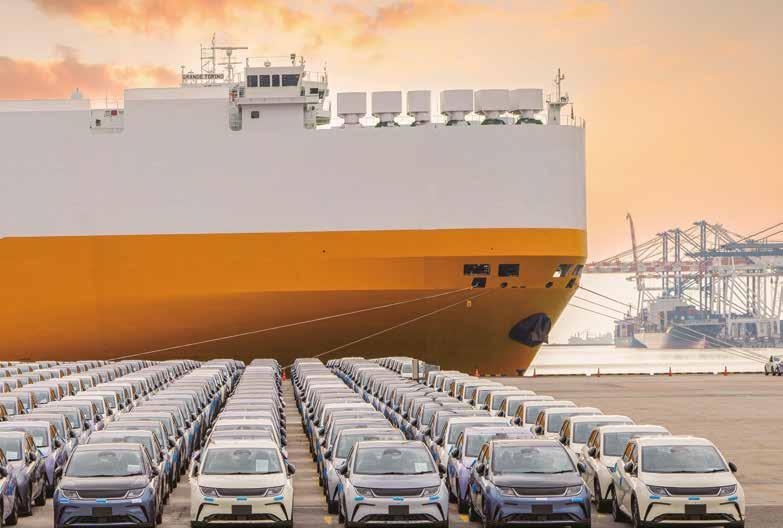
The car sales of Europe (plus the UK) and their production can be said to be very close, which were about 17 million units in 2021, a short decline to about 15 million units in 2022, and a substantial growth of 18.7% to nearly 18 million units in 2023. The top 5 countries in terms of sales were Germany, the UK, France, Italy, and Spain. Except for Germany, the other four countries all had an year-over-year increase of at least 10%. Among all European countries, only Norway showed a 21% decline and Hungary showed less than 1% increase, while all the other European countries showed significant growth.
just under a million units
In Russia and Ukraine, the data showed a significant decline in sales in 2022, but a significant growth has already begun since 2023, reaching more than 1.3 million and more than 700,000 units of vehicles, respectively.
The Americas is the world's 2nd largest market for automobile sales, only second to the Asia-Pacific region. Its sales in the past three years all crossed the mark of 20 million units and reached more than 23 million in 2023, an year-on-year increase of 11.4%. In North America, unlike Mexico, which also accounted for a large share of the region’s production data, sales were almost exclusively within the U.S., with less than 2 million units sold in both Mexico and Canada. In the Central and South American region, sales were between 3.8 million and 4.1 million units, a slight increase of about 2.8% over the previous year. Brazil alone accounted for more than half of the region's sales, followed by Argentina and Chile with only about 300,000-400,000 units, respectively. Sales in Chile and Colombia both contracted by almost 30%.
Asia-Pacific/Oceania/the Middle East are the world's most important automotive sales regions. The overall sales grew from around 44 million units in 2021 to more than 50 million units, a year-on-year increase of 10.2%. The region alone accounted for about 55% of the global sales. The top 5 countries with the highest car sales were China (more than 30 million units), India (more than 5 million units), Japan (nearly 4.8 million units), South Korea (about 1.8 million units), and Australia (about 1.2 million units). Among these five countries, the year-on-year ratios of China, Japan and Australia were all over 12%. It is worth noting that the sales of ASEAN countries declined marginally by 0.1%, with only the Philippines, Malaysia and Vietnam showing growth of 16.4%, 9.2% and 2.6% respectively, while the other ASEAN countries were all in a decline. In the Middle East, Saudi Arabia, the UAE and Israel all posted sales growth of more than 20%.
Africa's sales, similar to its production, reached only about 1 million units in size, with a slight decrease of 2.4% year-on-year in 2023. South Africa alone accounted for more than half of the region’s total sales, and its sales in 2023 were up slightly by 3.4% year-on-year. Morocco and Egypt, which rank 2nd and 3rd, had sales of only 160,000 and less than 100,000, respectively, making their market sizes less influential.
Overall, Europe's automobile sales growth was significantly higher than those of the Americas and Asia, but all these three regions showed growth, with only a small contraction in Africa. This shows that in 2023, the automobile sales activities in Europe, America and Asia continued to be active.
According to the aforementioned data, the current global automobile production and sales still maintain a trend of positive development, and if the general environment does not change and there are no other major external factors to make any impact, the 2024 global automobile production and sales should be very likely to approach or even exceed the 100 million units mark.
In recent years, many Chinese, Japanese, European and American automakers have started to invest more resources in R&D of new vehicle models (such as electric vehicles, hybrid vehicles, new energy vehicles, etc.) in the hope of stimulating consumers' desire to buy and stimulating the market. Coupled with the fact that the average replacement cycle of automobiles is generally around 5-10 years, it is estimated that with the support of these favorable factors, automotive peripheral related components and fastening components suppliers should also be able to get some orders under the trend of growing demand.

The National Fastener Distributors Association (NFDA) is honored to announce that the 2024 recipient of its Fastener Professional of the Year award is Marc Strandquist.
In his nomination of Marc, Doug Ruggles stated “I don't know anyone who has had a broader impact on the industry driving professionalism, growth, and a commitment to giving back. He was beloved by his team and customers because of his ability to connect with them and truly care for their goodwill.”
Marc started his career in the fastener industry as a salesman in 1986 and worked his way up to CEO of two different global fastener companies during his career: Wurth Industry North America and Optimas Solutions. He was in the fastener industry for 37 years in various roles; both distribution and manufacturing. During his career, he accomplished much, and he prided himself on creating positive work cultures and employee engagement. His enthusiasm and positive approach to managing was infectious and felt by employees and customers alike.
Marc was the consummate businessman who could relate to people and circumstances at every level, from warehouse employees to C-suite executives. He knew how to bring individuals together to solve problems and move the business forward. Marc helped craft some of the largest and most complex contracts in the fastener industry. His work in mergers and acquisitions added many strategic and synergistic companies to his management portfolio.
Marc served as President of the National Fastener Distributors Association from 2016-2017. He was driven to mentor and guide people in their careers and helped many people grow and develop over the years.
Marc’s family will accept the NFDA Fastener Professional of the Year award in his memory at the NFDA Annual Meeting & ESPS® in Irving, Texas on June 13, 2024.
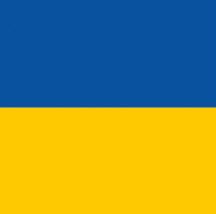
Ukraine's Interdepartmental Commission on International Trade has announced the extension of anti-dumping duties on steel fasteners originating from China. The extension came into force immediately from April 17, 2024. Except for 2 Chinese producers subject to lower AD rates less than 40%, all other Chinese steel fastener producers and exporters will be subject to a rate of 67.4%. The products involved are threaded steel screws, bolts, nuts imported from China, falling within the categories of 7318156990, 7318158190, 7318198169190 and 7318169990.
The AD measures were first introduced in Ukraine in 2020 and the AD investigation was launched in Dec. 2019 and completed earlier than expected. Ukraine also announced the final AD measures against steel wire originating from China last August, which is valid for 5 years at a rate of 32.6%.
According to the latest announcement of the Mexican Federal Government, on July 27, 2023, Clavos Nacionales Mexico S.A. de C.V. applied to the Mexican Ministry of Economy for an anti-dumping investigation of steel nails (Mexican tariff number 73170099) imported from China. In September of the same year, the Mexican government formally initiated an anti-dumping investigation on the product (the period of the dumping investigation was from May 1, 2022 to April 30, 2023. The period of the injury investigation was from May 1, 2020 to April 30, 2023).

Based on the results of the investigation, Mexico announced on March 15, 2024 that it has preliminarily determined that the quantity of the product imported into Mexico from China and its market share in the Mexican market are likely to continue to increase in the future, which will have a negative impact on the Mexican industry; and therefore, a temporary anti-dumping duty of 31% will be levied on top of the original 25% tariff, which will take effect on and after the date of the announcement.

The EU's CBAM started a pilot basis from October 2023. The deadline for the first carbon data submission was postponed 30 days until the end of February 2024 due to technical issues. According to statistics obtained by the "Financial Times" through the European Commission, China is the top exporter of carbon-intensive products, with more than 25,000 entries. The U.S. ranked second with about 10,000 entries, the U.K. ranked third with about 7,000 to 8,000 entries, and Turkey ranked fourth with about 6,000 to 7,000 entries. Taiwan ranked fifth and India ranked sixth, both ranging between 5,000 and 6,000 entries. S. Korea in 7th place, Japan in 8th place, Venezuela in 9th place and Ukraine in 10th place are all far below 5,000 entries. The rest of the countries have a combined total of around 10,000 entries.
From the above data, it is clear that China's carbonintensive export entries are more than double those of the U.S. and the UK, and are nearly five times those of Taiwan and India. This is partially reflected in the fact that the value of China's exports to the EU is the highest. Taiwan, which ranks eighth in the world in terms of export value, also has a high value of exports to the EU. In addition, fasteners are the top downstream steel product category exported from Taiwan, and are mostly produced by several SMEs in Taiwan. In addition, Taiwanese government has attached great importance to the CBAM issue in recent years and has organized many seminars. Fastener World Magazine has also long called for fulfilling the duty of carbon emission reporting. These factors pushed up Taiwanese companies' entries. In fact, around 5,000 out of the 13,000 reports submitted by local EU importers came from Taiwan.
However, it is worrisome that the completion rate of the first submission is less than 10%, as many EU local importers are unfamiliar with their reporting obligations. If they do not complete the submission by mid-July 2024, they will face fines up to €50 per ton of carbon emission. The European Commission has said it will simplify the system to make it easier for them to operate. However, it is still necessary for manufacturers who are most familiar with their own carbon emissions to work with EU importers to complete the submission smoothly.
Britain has launched a consultation on how it should apply a new carbon import levy on some products from 2027 to help protect businesses against cheaper imports from countries with less strict climate policies.

Britain, which has a target of reaching net zero emissions by 2050, launched an emissions trading system (ETS) in 2021 to charge power plants, factories and airlines for each ton of carbon dioxide they emit as part of efforts to meet that goal. The planned carbon border adjustment mechanism (CBAM) will apply to imports of carbon-intensive products in the iron and steel, aluminum, fertilizer, hydrogen, ceramics, glass and cement sectors.
Britain's benchmark ETS carbon contract currently trades around 36 pounds ($46) per metric ton, while contracts in China's ETS trade around 84 yuan ($11.67) a ton. Britain proposed using the average auction price of permits in its ETS over the preceding quarter as a reference price for the levy. “Using a quarterly reference ... would allow for the UK CBAM rate to track the changes in the UK ETS price throughout the year,” the document wrote.
It proposes the first CBAM accounting period should run from Jan 1, 2027, to Dec. 31, 2027, and that from 2028 accounting periods should become quarterly. The consultation will be open until June 13 and seeks views specifically from tax advisers, professional bodies, importers and businesses from Britain and overseas, it wrote.
World Steel Association: “Steel demand will strengthen in Q2 with steel demand, up 1.7% year-on-year”

The World Steel Association released a short-term demand forecast report stating that this year's high interest rate environment will gradually fade away, and global manufacturing momentum will heat up. It is expected that steel demand will gradually strengthen from Q2, and the steel industry will be on a steady recovery track. Overall demand will be higher than in 2023, with an increase of 30.1 million tons, an annual increase of 1.7%. The global economy has shown resilience under the leadership of the United States, and steel demand outside China has maintained an annual growth rate of 1.3%. The construction industry in Europe and the United States will recover thanks to lower interest rates, and demand from the automobile and home appliance industries will also strengthen.
China's manufacturing industry has had an opportunity to recover since March this year. The manufacturing purchasing managers index (PMI) in March was 50.8. It is expected that demand for home appliances, machinery, metal processing, automobiles, etc., will recover in 2024 to fill the gap in construction demand. This year the overall steel demand in China is expected to remain flat.
In addition, regions such as Japan and South Korea are expected to benefit from the recovery of the automobile industry. Demand
in India and Southeast Asia will remain strong as the export industry improves, and will continue to serve as growth engines. Overall, global steel demand is estimated to be 1,793.1 million tons in 2024, with an annual increase of 1.7%, an increase of approximately 30.1 million tons compared with 2023.
Looking forward to 2025, the World Steel Association predicts that with the stable development of the global economy, the steel industry will continue to maintain growth momentum. It predicts that global steel demand in 2025 will be 1815.2 million tons, an increase of 22.1 million tons compared with 2024, an annual increase of 1.2 %, continuing to demonstrate the positive growth momentum of the global steel market.
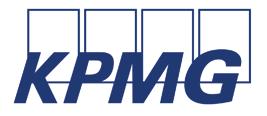
KPMG, announced that it has obtained the certificate and can provide third-party carbon emissions verification service. KPMG established a wholly-owned subsidiary "KPMG Carbon Resource Assurance and Advisory Services", which has passed certification by Taiwan Accreditation Foundation (TAF) in accordance with the "ISO 17029 General Principles and Requirements for Verification and Verification Agencies".
KPMG has passed ISO 17029 certification and can provide verification services for various voluntary sustainability indicators, including organization's greenhouse gas inventory, greenhouse gas reduction projects, product carbon footprints, carbon neutrality, water consumption and other sustainability indicators.
In addition to serving domestic Taiwanese customers, KPMG said that through its global member affairs office, it can provide ISO greenhouse gas inspection services required by overseas Taiwanese businessmen in response to supply chain requirements.

Sumeeko's Q2 orders are expected to maintain at the Q1 level. Overall, although the auto market this year is shrouded in uncertainty, especially the sluggish European auto market, Sumeeko has successively gained many new customers during the pandemic, and has tapped into new EV models. The overall order performance is stable. Sumeeko's U.S. plant will start small-scale production in Q4, and its contribution is expected to gradually appear in 2025. The company said that the U.S. plant has already received orders. Therefore, the orders the U.S. plant has received are counted on the extra capacity, rather than the orders transferred to be processed in the U.S.
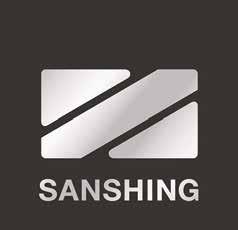
Last year, Taiwanese fastener industry met with headwinds, but automotive fastener maker San Shing Fastech benefited from the relatively stable automobile market and its profits did not decline significantly. Looking at 2024, market conditions in Europe and the U.S. have improved, so the company thinks the worst has passed. Its Q1 shipments are expected to be higher than the same period last year, and gross profit margins are expected to remain stable. Its January revenue at NTD 690 million translates to an increase of 28.02% month-on-month and 43.15% year-on-year, reaching a new high in the past year and a half. San Shing Fastech's consolidated revenue in 2023 was NTD 6.644 billion, an annual decrease of 7.26%; its net profit after tax was NTD 997 million, an annual decrease of 5.96%.
Chun Zu Machinery Industry, a professional fastener machinery manufacturer in Taiwan, announced at the beginning of 2024 that it will seek cooperative distributors and agents in Vietnam, hoping to expand the sales and layout of its products in the Vietnamese market through the addition of local partners.
With 50 years of professional technology and product development experience, Chun Zu mainly produces high-quality fastener forming, heading, thread rolling and many other processing equipment, and can also assist customers in whole-plant output planning. Currently, Chun Zu has sold a total of 18,000 sets of equipment in the global market, and its long-term after-sales service and technical support have won the trust and affirmation of customers from all over the world over the past decades.
Taiwanese fastener industry has been hit hard by the recession. However, automotive fastener sales are going up with the EV boom in China. In addition, the depreciation of the New Taiwan Dollar is beneficial to exports. Taiwanese automotive fastener companies including Boltun, Sumeeko and Spec Products Corp are all expected to perform better this year.
According to statistics, China's automobile sales in Q1 this year reached 6.72 million units, with an annual increase of 10.6%. A company said that the current export orders for automotive fasteners have rebounded to 80% to 90% of the previous normal level. The orders for automotive nuts have rebounded to more than 70%, although the recovery is relatively slow. Major Taiwanese automotive fastener companies are expected to benefit from the booming auto market. Analysts predict that these companies will perform better than last year and make more profits.
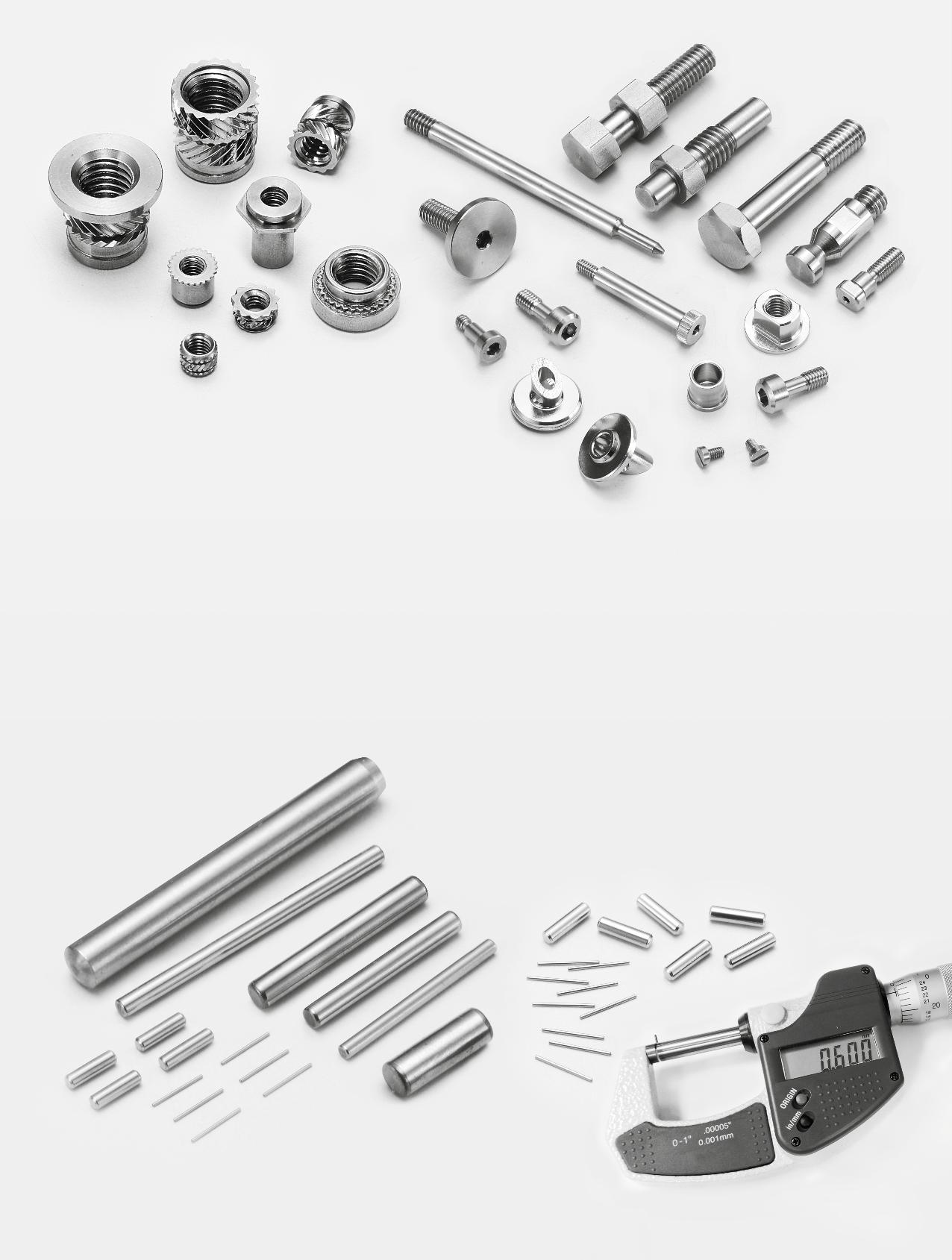







Nord-Lock Group, the global leader in bolting and engineering solutions, announced Daniel Westberg as their new Chief Executive Officer. Daniel will assume his responsibilities as CEO on August 1, 2024. “I am honored and excited to take on the role of CEO at Nord-Lock Group, a company with a rich legacy. The Group is on an exciting journey, and I look forward to unlocking new horizons and developing the Group and its four technology brands toward even greater success,” says Daniel Westberg. For more than 20 years, Daniel has held various executive-level roles within SKF and its different subsidiaries, both in Sweden and abroad, most recently Daniel served as President & CEO at Ewellix.
“The appointment of Daniel as CEO marks an exciting chapter for Nord-Lock Group and Latour. Daniel has proven to drive results and has consistently propelled the businesses he has led forward. With his international industrial background, strong



commercial and technical understanding, Daniel brings a fresh perspective and strategic vision to the organization”, says Johan Menckel, Chairman of the Board for NordLock Group.
Daniel holds a Master of Science in Mechanical Engineering, and his strong technical acumen along with a passion for innovation has been instrumental throughout his career. Having lived and worked in Canada, Germany, and France, Daniel has an extensive global background. These diverse cultural encounters have brought enriched perspectives and provided valuable insights that Daniel now brings into his role as CEO of Nord-Lock Group.

Indian automotive fastener producer, Sterling Tools Limited, has recently signed an MoU for EV components facility with S. Korean key component supplier, Yongin Electronics Co., Ltd., through its subsidiary, Motor Control Units (MCUs) in India. According to Sterling Tools, the agreement signed by both sides will play an important role in advancing the domestic manufacturing of EV and electronics components in India, and a new facility for EV components will be also set up soon. Yongin’s technological expertise will also benefit the growing EV industry sector in India.
“This MoU demonstrates Sterling’s commitment to developing the EV and Electronics ecosystem and contributing to “Make In India”. We are one step closer to our goal of strengthening our presence and offerings as a provider of green energy solutions in the automotive industry,” said Anish Agarwal, Director from Sterling Tools Limited.
“We recognize the significant potential within the Indian EV market. It brings us great
pleasure to announce our partnership with Sterling through the signing of an MOU. We are prepared to embark on a journey of mutual growth and collaboration within the Indian EV industry, contributing positively to its advancement,” said CEO KH Kim of Yongin Electronics.

The Company announces that Darren HayesPowell, Chief Financial Officer and Executive Director has, by mutual agreement left the business with immediate effect. The Board thanks him for his contribution since he joined in December 2022, and wishes him well.
Kate Ferguson, the Group Financial Controller will assume the role of interim CFO, while the Board commences an executive search process for a permanent replacement. Senior Independent Non-Executive Director, Clive Watson will, as required, support Kate and the Finance function during this period. Kate joined the business in August 2023 and has more than 20 years' experience in finance, IT support, administration and facilities management having worked across a variety of industries both in the UK and overseas.
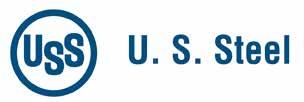
U.S. Steel shareholders have overwhelmingly approved the company's sale to Nippon Steel of Japan for US$14.1 billion in cash, voicing unequivocal support for a combination that has drawn opposition from the Biden administration on economic and national security grounds.
More than 98% of the shares voted at a special investor meeting approved the takeover, according to a preliminary count of ballots announced by Pittsburgh-based U.S. Steel.
President Joe Biden has come out in opposition to the deal, saying in March that the U.S. needs to "maintain strong American steel companies powered by American steelworkers." Japanese Prime Minister Fumio Kishida said during a White House news conference that he hopes discussions on Nippon "will unfold in directions that would be positive for both sides."
The United Steelworkers, which represents the U.S. Steel labor force, did not respond to this.

Diploma PLC, a global value-add distribution group, announced its proposed acquisition of Peerless Aerospace Fastener LLC, a market-leading distributor of specialty fasteners into the U.S. and European aerospace markets for an estimated £236 million (US$300 million).
Peerless is one of the largest independent value-added distributors of aerospace fasteners with a strong reputation for quality and breadth of product, speed to market, and value-add customer service. This customer proposition has driven a long track record of organic growth of about 9% and has enabled a 30% operating margin.
The acquisition will add to Diploma's established position in aerospace fasteners, extending its capability from aircraft cabin to airframe, accelerating organic growth by significantly expanding its capability in the U.S. with an enhanced product offer, and further penetrating key strategic markets in Europe.


TR Fastenings’s latest product launch of the new Plas-Tech 30-20® screws is another indicator of the company’s determination to increase its range that is currently available in the market, to give their customers yet more advantages in their production processes.

Plas-Tech 30-20® screws are new to the market, but are part of the company’s established and popular Plas-Tech® range, and are available with various protective coatings. They are of particular importance in the automotive, tech & infrastructure and health & home markets.
The Plas-Tech 30-20® offers several advantages over conventional thread-forming screws in plastic, such as a 20% finer pitch and lower flank angle to improve axial resistance, a reduced thread angle to lessen axial displacement, up to 25% higher thread fill to improve maximum joint strength, and a smoother installation that heightens resistance to vibration.
Key features of the Plas-Tech 30-20® include minimal radial stress, superior vibration resistance, high torsional strength and tensile strength, optimal thread pitch, and high reusability.

DSV Wood deck screws by Simpson Strong-Tie are innovatively designed for the rigors of preservative-treated decking and exterior wood-to-wood applications. They feature underhead nibs, making it easy to countersink into the board for a clean, streamlined appearance; a high-low threaded tip for easier driving; a special shank designed to withstand the swelling and shrinkage common to sawn lumber decking; and low-torque threads that allow for up to 35% more screws to be driven per charge.
The screws’ other key feature is a Quik Guard coating that provides corrosion resistance against exterior elements and certain wood treatments. The DSV lineup now includes a black coating option, alongside tan, red and gray, to blend with each project’s unique color needs.
“The new black DSV screw not only provides strength and durability but also adds a touch of aesthetics to outdoor living spaces, whether you're a professional builder or embarking on a DIY project, it’s the ideal choice for decking, fencing, outdoor furniture projects, pergolas and more,” said Eric Philip, Fasteners Product Manager for Simpson Strong-Tie.
Deck-Drive DSV Wood screws with the black Quik Guard coating come in #8 and #10 sizes and three lengths for hand-drive applications; #10 sizes are load-rated for shear, pull-through and withdrawal resistance. Multiple package sizes are available.

Nitto Seiko’s Cup Bolt is a flange-type locking bolt that can replace bolts incorporating spring washers and flat washers. This new product is currently patent pending.
Conventional locking bolts generally use a combination of a spring washer and a plain washer. The new product Cup Bolt has a flange integrally molded on the head with a tapered undercut section extending from the neck to the outer periphery, and a continuous undercut section located at the outermost periphery. It has a cup shape consisting of a flat part. When fastened, this part elastically deforms and acts like a spring washer, so you can get a strong locking effect without using a spring washer or flat washer. Additionally, by reducing the number of parts, Cup Bolt achieves a weight reduction of approximately 18% compared to conventional models.
Kamiyama Tekkosho has recently developed a one-shot deck screw called BariKiru that does not require pilot hole drilling. Mass production has begun since this February, and a patent has been filed.
BariKiru can perform four actions in one step: 1) Drilling pilot holes in the deck material 2) Counterbore 3) Tightening screws 4) Removing burrs after construction
HIOS Inc launched presale of the wireless "HP-100" and "HP-10" torque meters in Japan on April 22. This is the first model in the series to have the ability to transfer torque data wirelessly.
The HP series is a high-performance torque meter that comes standard with data transfer in addition to basic performance such as highprecision torque measurement, check of measurement errors, and builtin battery. In addition to accuracy and convenience, it supports a wide range of application from torque measurement of electric screwdrivers to measurements of torque wrenches.
HIOS's high-precision measurement has evolved into three modes. You can check the "peak value", "waveform", "continuous waveform" and other precision values, or check torque changes via visualized graphs. The HP series takes into account precise and accurate display as well as viewing convenience.
compiled by Fastener World














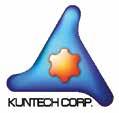






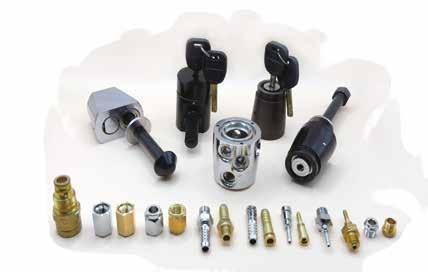

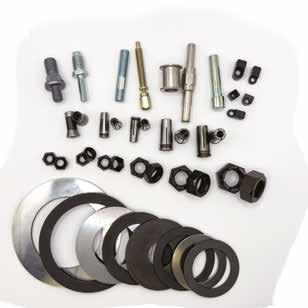






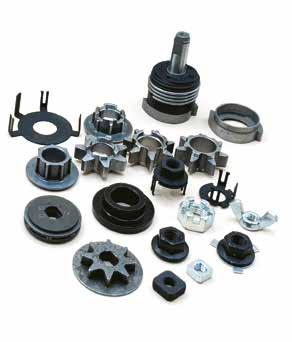


Passengers aboard an Alaska Airlines plane that made an emergency landing after a Boeing fuselage panel blew off this year have started to receive letters from the U.S. Federal Bureau of Investigation identifying them as possible victims of a crime, Reuters reports. The move indicates that the Justice Department’s criminal investigation into Boeing is ramping up.
“As a victim specialist with the Seattle division, I’m contacting you because we have identified you as a possible victim of a crime,” reads the letter from the FBI’s Seattle office. The letter says the incident is under criminal FBI investigation but adds that such inquiries can be lengthy and that “for several reasons, we cannot tell you about its progress at this time.”
The catastrophic failure occurred January 5, 2024 when a door plug blew off a new Alaska Airlines Boeing 737 Max 9 at 16,000 feet, imperiling 171 passengers and 6 crew members. The National Transportation Safety Board determined that the door plug was missing four bolts meant to secure it in place. However, a month after the NTSB determined that the bolts were missing, the agency is no closer to questioning any of the 25 door crew employees involved.
“To date, we still do not know who performed the work to open, reinstall, and close the door plug on the accident aircraft,” NTSB chair Jennifer Homendy stated. “Boeing has informed us that they are unable to find the records documenting this work. A verbal request was made by our investigators for security camera footage to help obtain this information; however, they were informed the footage was overwritten.”

Boeing CEO Dave Calhoun said it could take until the end of 2024 to iron out sector-wide supply chain problems that have hampered global jetliner production. "Priority one for the two airplane manufacturers is stability," Calhoun told the Qatar Economic Forum, referring to Boeing and its main European rival Airbus. "We have to resolve the supply chain issues and the surprise associated with it; and we have to resolve it sort of once and for all," Calhoun told the event in Doha. "That is not a short-term job.
It sounds like it might be, but I think it could take all of this year and probably all of next year."
In April Calhoun had reported progress in tackling the supply chain and repeated November guidance that "significant supply chain improvement" was unlikely "until well into 2024". Calhoun's latest projection on the speed of recovery in the supply chain echoes comments by Airbus Chief Executive Guillaume Faury, who told France Inter last month that production would regain pre-pandemic levels at the end of 2024 or even in 2025. Despite the overall pattern of disruption, Calhoun said that he did not think recent manufacturing problems with the best-selling 737 narrow-body jet would defer those production schedules for more than "maybe a month or a month and a half.”
On future developments, Calhoun said the industry was unlikely to introduce all-new jet designs before the mid-2030s. "I think in our industry, because of some of the constraints both in propulsion and the design of the wing, it's going to be at least until the mid-2030s before we - in this case I'm just going to assume my competitor - will call out that airplane."
The seasonally adjusted Fastener Distributor Index bounced back to growth in February 2024 with a reading of 50.5 amid stabilizing demand. Following solid monthover-month improvement in January, the FDI saw further modest sequential improvement in February.
However, when looking at the underlying drivers, the FDI paints a slightly more mixed picture as three of the four components (sales, employment and customer inventories) were stable to lower from the previous month. Only the supplier deliveries index improved, which drove the overall m/m improvement in the headline FDI.
Looking at the sales index 31% of respondents indicated sales came in above seasonal expectations which was down vs. 44% in January but essentially matched the 30% average over the past year.

Fastenal Co. reported fastener sales improved in February 2024, falling 3.5% to US$198.2 million (31.6% of overall sales) compared to a 6% decline in January. A year earlier, February fastener sales increased 8%.







Total February sales gained 7.7% to US$627.1 million. Daily sales improved 2.6% to US$29.9 million. Sales in the U.S. grew 2.4% to US$524.9 million, while sales in Canada and Mexico increased 4.8% to US$83.4 million. Sales to heavy manufacturing customers rose 3.1%, with sales to non-residential construction customers falling 3.4% during February.
Fastenal’s full time workforce increased 3.9% during the month to 20,999 employees. Distribution / transportation personnel grew 6.6% to 3,226, while manufacturing personnel declined 0.3% to 704 workers.

The Industrial Fasteners Institute (IFI), Independence, OH, USA, elected new leaders for the IFI’s Board of Directors for the 2024-2025 term at its recent annual meeting. Dan Curtis of MacLean-Fogg Company was selected to lead the Board as Chairman, along with Larry Spelman of J.H. Botts LLC as Vice Chairman, and with Gene Simpson of Semblex Corp. as Ex-Officio Chair.
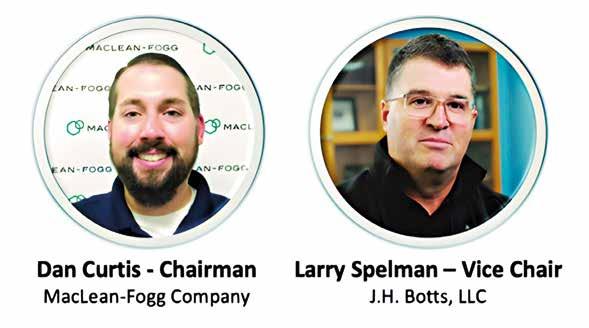
IFI Board Representatives and Division Chairs have also been elected:
• DIVISION I: Industrial Products Officers – Chairman, Attsie Hashimoto of Unytite; Vice Chairman, Sebastian Janas of Sems and Specials.
• DIVISION I: Board Representatives – Attsie Hashimoto of Unytite; Brian Prodoehl of Valley Fastener Group; Steve Sherman of Industrial Rivet & Nut.
• DIVISION II: Aerospace Products Officers – Chairman, Doug Carlton of Click-Bond; Vice-Chair, Mehrzad Bahri of Novaria Group; Member-At-Large, Marty Goeree of Vegas Fastener Manufacturing; Tech. Chairman, Mike Mowins of IFI; ALMA Technical Chair, David Roberto.
• DIVISION II: Board Members – Devin Wilson of Parker Fasteners; Robert Gurrola of Howmet Fastening Systems; Jim Erbs of Safety Socket LLC.
• DIVISION III: Automotive Products Officers – Chairman, John Medcalf of Agrati; Vice Chair, Genevieve Gurnick-Long of Seaway Bolt & Specials.
• DIVISION III Board Representatives – Kevin Vollmert of ITW Shakeproof Automotive; Greg Rawlings of Nylok; Steve Dixon of Camcar Innovations.
• Associate Suppliers Division (ASD) Board Officers – Chairman, Herb Gottelt of Metal Resource Solutions; Vice-Chair, Nilo Urbani of Precote USA, LLC.
IFI’s 2024 Award Recipients:

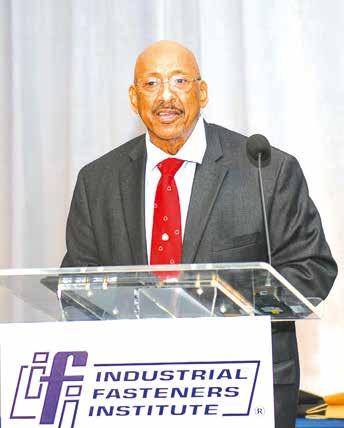

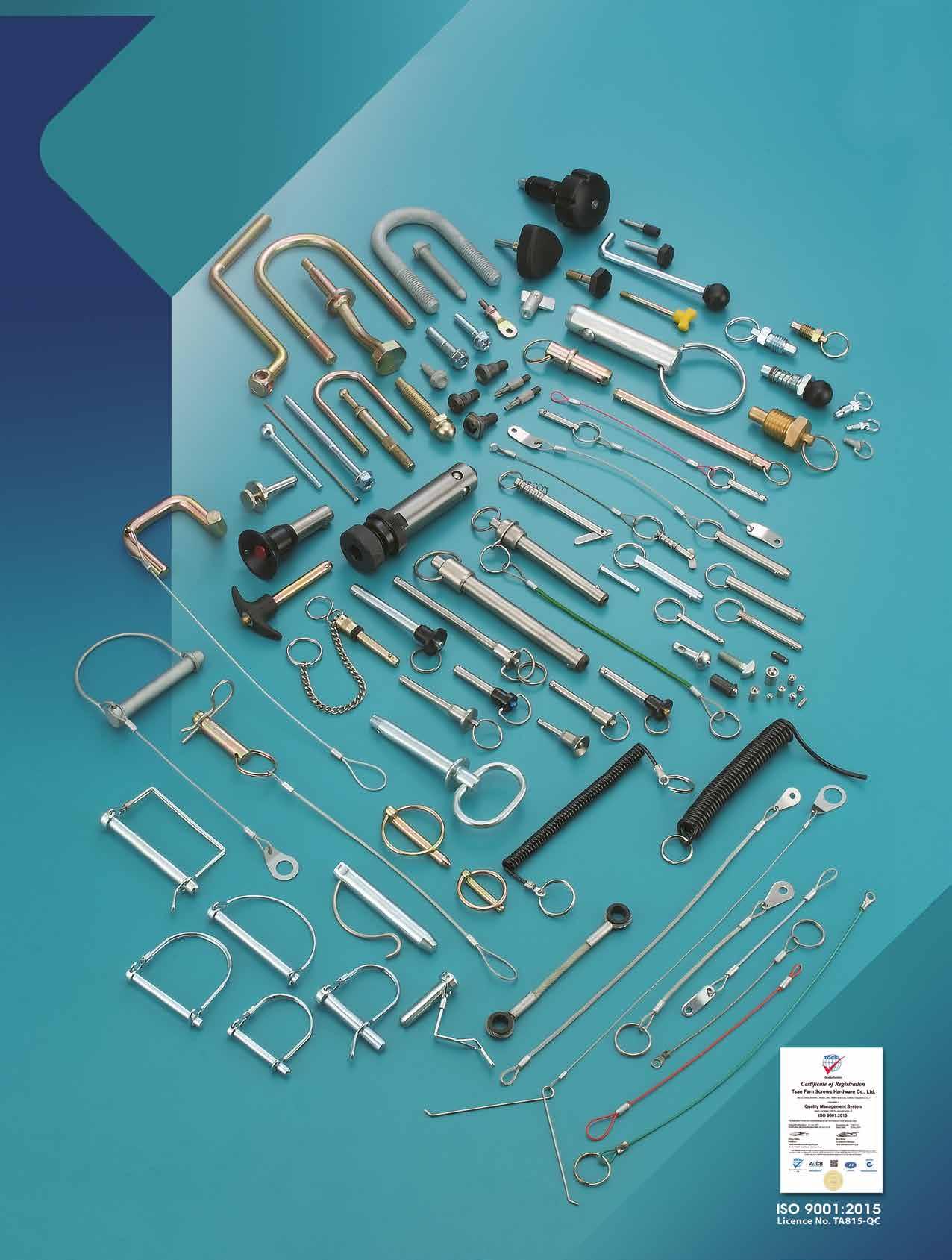

• 2024 IFI Soaring Eagle Service Award Recipient: John O’Brien who has served the IFI for over 20 years; serving as an Officer, Chair of the Institute and fastener industry advocate.
• 2024 IFI Soaring Eagle Technology Award Recipient: Ken Gomes of REMINC, who has been a long contributing member to the IFI as well as to fastener technology.
• 2024 IFI Joe Greenslade Young Leadership Award Recipient: Viral Varshney of REMINC, who in his first ten years of working in the fastener industry, has already made a significant impression with his work concerning clinch fasteners.
The IFI is a trade association representing manufacturers of mechanical fasteners and formed parts made in North America. IFI is an engineering-oriented organization addressing the operational concerns of its members. It is involved in the setting of industry manufacturing standards with SAE, ASTM, ISO and others as well as developing its own standards in response to member issues.

PennEngineering®, Danboro, PA, USA, has announced a new North American distributor partnership with Wisconsin-based Endries International, Inc., a leading distributor of fasteners and Class-C parts that serves industrial OEMs and the industrial marketplace worldwide. With 11 USA and international distribution centers, Endries provides over 500,000 SKUs to their global customer base. Joining forces with Endries allows PennEngineering to support North American market demand.

Birmingham Fastener, a full-service manufacturer and distributor of high-quality specialty fasteners, is expanding to Mexico with the opening of a facility in Querétaro City. The new facility will help businesses that have commercial, construction or aerospace projects in Mexico localize their supply chain and access inventory quicker. Commercial and Aerospace Supply de Mexico S. de R.L de C.V. (CASM) will operate as a wholly owned subsidiary of Birmingham
Fastener, with support including inventory supply from Alabama Aerospace, Birmingham Fastener’s aerospace and defense branch. CASM will supply both commercial and aerospace parts to the manufacturing, construction and maintenance, repair and operations (MRO) sectors in Mexico. “We are excited about Mexico being our first location outside of the USA,” says Brad Tinney, Birmingham Fastener President/CEO. “The business and growth environment in Mexico makes it the perfect place to locate.” Saúl Pedraza will lead the CASM team in Querétaro.

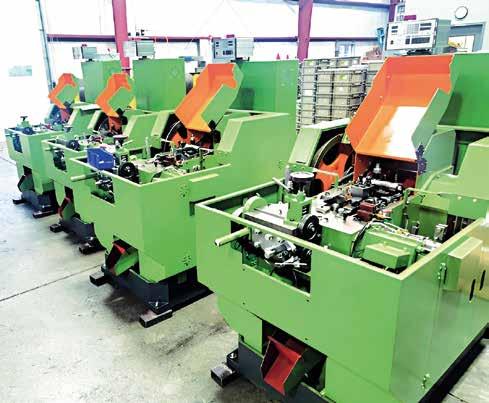
Crescent Manufacturing, Burlington, CT, USA, reports, “Excitement is palpable here at Crescent right now as the integration process of our new state-of-the-art heading machines is well underway. As we complete the process of adding the heading machines to our shop floor, we anticipate a significant transformation that will enhance our production capacity and output. These new machines mark a notable milestone in Crescent Manufacturing’s journey, representing a substantial investment in our future production capabilities. “Our entire team is eagerly looking forward to witnessing these new headers in action. Not only are they faster than our current machines, but they’re Crescent’s first investment in new production equipment in many years!”
John Wolz, Editor of FIN (globalfastenernews.com)
Mike McNulty, FTI VP & Editor (www.fastenertech.com)
Compiled by Fastener World


In North America there are several pathways for fasteners to be introduced into the market. These pathways include manufacturers that sell parts they produce in North America, distributors and resellers that purchase from manufacturers or other distributors, sometimes perform value-added functions, and resell the parts, and retail establishments, such as hardware and big-box building supply stores, that purchase parts and resell them. Each channel into the market is different and provides value to customers with different needs. In this article, we will focus on fastener distributors and explore the different types that are common throughout North America.
Before investigating the different types of distributors, it is important to lay a foundation as to why distributors are successful in North American market place. In other words, why don’t all fasteners simply enter the market directly through the manufacturer? Like most questions of this kind, the principal answer lies in the value that distributors are able to offer the marketplace. Distributors commonly provide the following solutions and value to their customers:
Depending on the type of distributor, many keep vast quantities of different parts in-stock. In fact, many actually develop and maintain a “catalog” of such parts that can be easily accessed by any potential customer. This allows the distributor to be able to fulfill both small and large order quantities, sometimes even just a single part. Of course, having parts available could mean holding onto inventory for long periods of time. Carrying such inventory can have a significant cost and means that small quantity sales of these parts must often be highly marked up.
For many manufacturers there are fixed costs associated with each individual part number and customer that a manufacturer maintains. If a manufacturer has too many small or non-lucrative customers they may struggle to profitably survive. For this reason the astute manufacturer is constantly reviewing their customers and trimming less profitable or non-strategic customers from their customer base. In fact, some potential customers may have such a small purchase or unattractive part mix that they are unable to attract a direct manufacturing source. This may not be a problem for a distributor as they are accustomed to combining multiple customers that make many small purchases of the same part together to generate a “single” larger aggregated demand.
Some customers, especially large ones with complicated products, may find maintaining the resources necessary to support the purchase of certain class-C parts to be burdensome or costly. They may be able to make a very strong case that it is simply more cost effective to turn over the administration of normal purchasing and supply functions of fasteners (and similar class-C hardware) to someone else that can do it more efficiently.
When an end-user has a special need that is outside the expertise of the typical fastener manufacturer, they may turn to a distributor for assistance. There are many different examples that could be offered to illustrate this point, but to provide one, imagine a customer that requires a product line of screws with uniquely colored painted heads. Although it certainly would not be out of the realm of possibility for a manufacturer to supply the entire line of colors, it is equally likely that they may simply not want to hassle with it. A distributor that specializes in modifying special parts might have no hesitation to step in and arrange to get the heads painted so that their customer is able to support a full line of painted head colors.
Many distributors may actually hold stock for certain key customers until they need it. This way the distributor is holding the inventory and not the customer. This may prove very important to a customer that is highly invested in Lean Manufacturing and wishes to supply their assembly lines utilizing just-in-time practices. Just as holding stock to support low quantity demands, holding stock for a customer’s Lean Manufacturing initiatives transfers the working capital demands onto the willing distributor and must be rewarded with a premium return for the value-added.
Distributors essentially fall into one of three primary categories, Stocking Distributors, VMI Distributors, and Master Distributors.
Stocking Distributors have the simplest model. In essence, they stock and hold onto many parts until either an unknown customer or customers come along and purchase some or all the parts or they have a known customer that routinely purchases specific parts from them. Some stocking distributors may primarily only stock parts needed by established customers while others may maintain a counter service for walk-ins needing parts or internet sales through a catalog. Since these businesses take on some degree of risk to be holding this “ondemand” inventory that has little or no demand, they often command significant cost mark-up. Some well-known stocking distributors are companies like Grainger, McMaster Carr, Fastenal, and Brighton Best.

VMI stands for “Vendor Managed Inventory”. VMI Distributors add value that manufacturers may be unable or unwilling to provide to a customer. Common VMI services include taking complete control of supply management of the customer’s entire fastener purchase. This means that they provide the purchasing services, maintain a warehouse to hold inventory, maintain safety inventory, physically review plant level stock quantities and refurbish depleted stock when necessary, and provide special services like sorting, part modification, or kit building (where a number of different parts, and sometimes installation tools, are aggregated into a “kit” that is provided with a customer’s product for assembly by the purchaser or end user.) Once again, the distributor may provide a significant mark-up over what the parts could be purchased for directly from the manufacturer, but it is very much worth it to the customer considering all the value they receive from the VMI services provided. Some well-known VMI distributors include companies like Bossard, Bamal, Optimas, Würth, and many small, regional distributors that are committed to supporting the needs of a select group of esteemed customers.
A Master Distributor is essentially a distributor that sells to other distributors. A Master Distribution arrangement is often a convenient way for a brand or proprietary product owner to manage parts in the supply chain. By choosing a Master Distributor, they get someone that is able to develop a supply channel strategy and manage distribution of the product to other distributors and customers alike. This strategy has been used by some manufacturers and owners of proprietary or branded products that do not have the reach into the market that a wellestablished Master Distributor will possess. Examples of some North American Master Distributors include G.L. Huyett, EFC International, and Lindstrom.
Of course many distributors are not exclusively one type. In fact, many distributors simultaneously function as two or three of these distributor business types. In particular, it is not at all uncommon to find a distributor that performs simple stocking services but also VMI services. Some distributors also engage in some manufacturing. In most cases, it is a small percentage of their total turnover, but companies like Fastenal and Optimas both have manufacturing arms that service some focused parts of their business.
There has long been tension that seems to exist between the fastener manufacturing and fastener distribution communities. However, both are very necessary to maintain a healthy and vibrant North American fastener industry. The reality is that there are many services that fastener manufacturers are simply unable or unwilling to do that distributors are quite good at. These strengths allow an entire segment of customers to be happily served that otherwise might not be. The strong presence of fastener distribution in North America also provides foreign manufacturers an opportunity to serve the North American market.
Copyright owned by Fastener World / Article by Laurence Claus
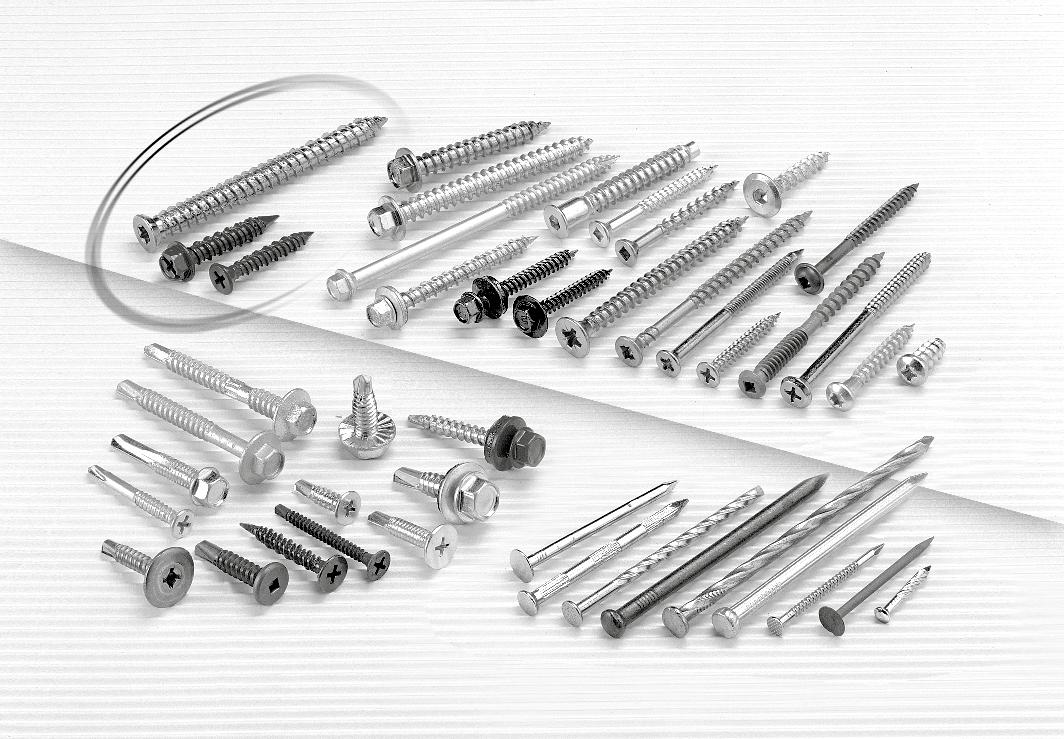

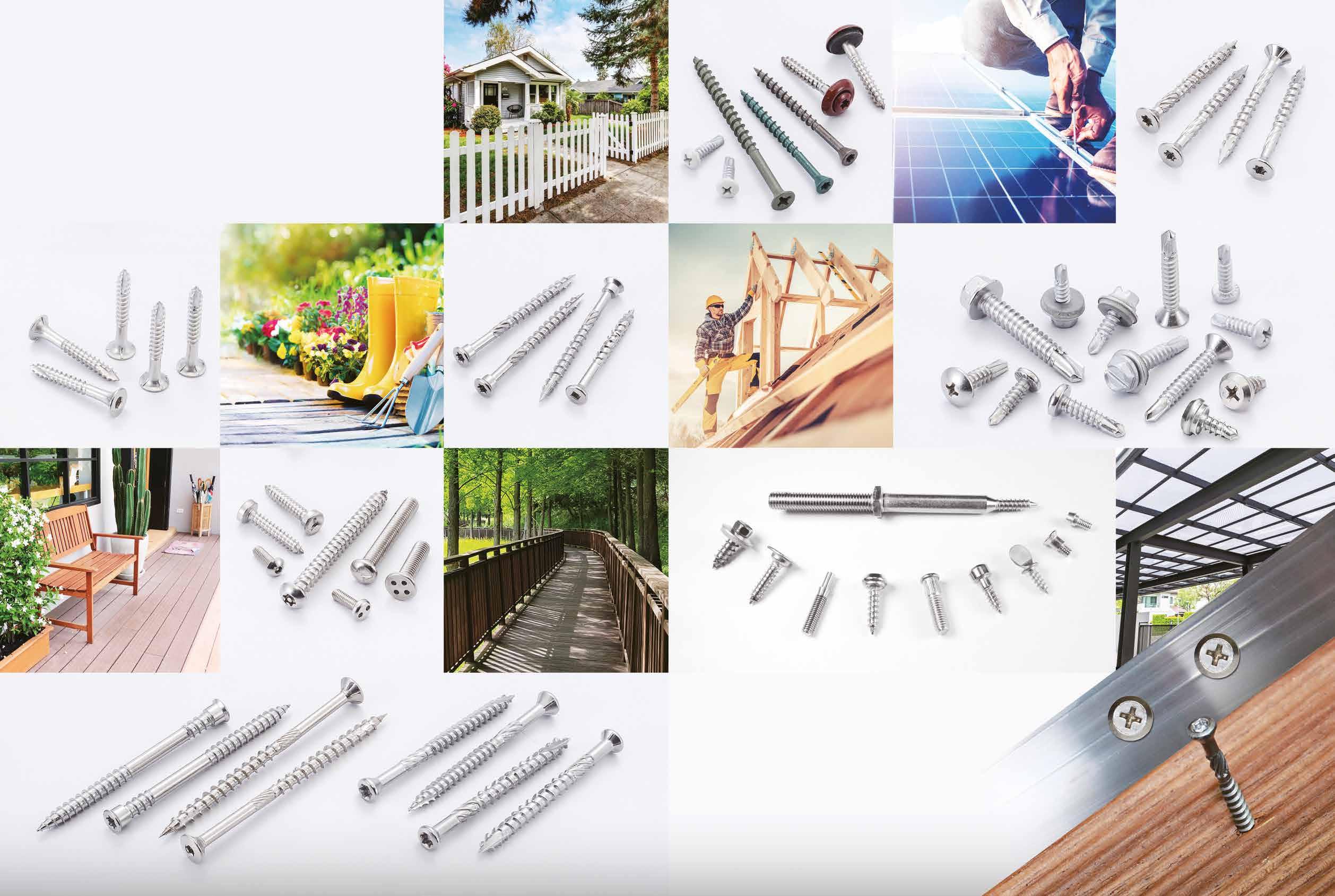




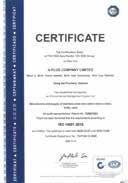



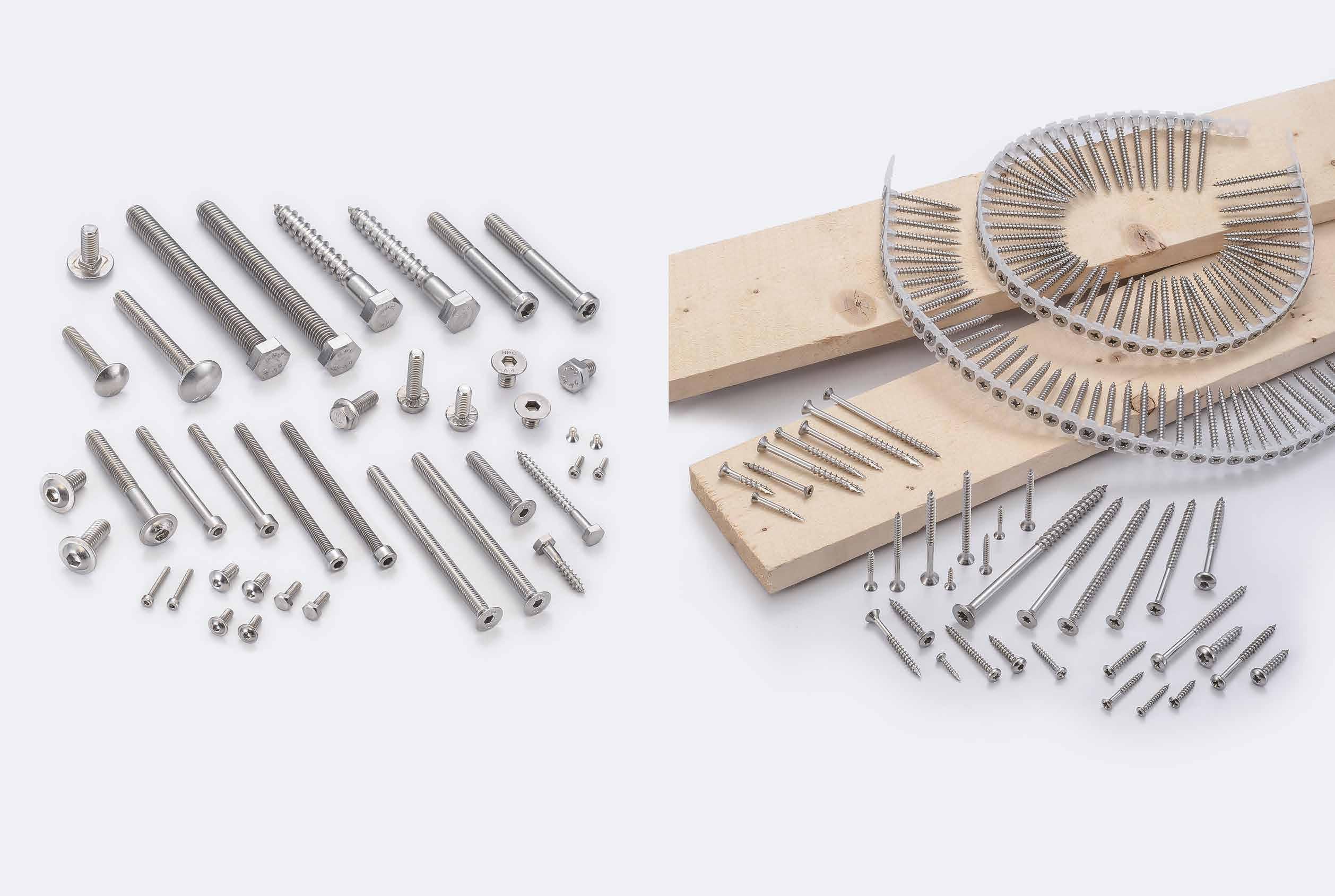






As one of the key demand and supply players in the global fastener industry, China's annual fastener exports and imports are significant. Although 2023 was a down year for the global fastener industry, according to the latest data released by China's General Administration of Customs (http://stats.customs.gov.cn/), China's export of fasteners (HS code 7318) in 2023 still amounted to US$6.28 billion, with Russia, Germany, S. Korea, Japan and India being the main export trading partners and its import amounted to US$1.79 billion, with Germany, Japan, the United States, Taiwan, and Italy being the major sources of imports. It is estimated that in the second half of 2024, after the global economy gradually warms up, there will be another wave of significant adjustments and changes in the import and export data.
Export (7318)
S. Korea 372,191,704 Japan 325,963,242
India 311,536,206
Import (7318)
Due to the wide variety of fastener products, the focus of each customer base and demand of the industry sectors will appear some differences, so if the fasteners are divided into subcategories, one can find that the top trading partners of certain subcategories still appear some slight differences.
The following is to help readers realize the top 5 import/export data of HS codes 731811 (threaded screws), 731812 (other wood screws), 731813 (screw hooks and screw rings), 731814 (self-tapping screws), 731815 (other screws and bolts), 731816 (nuts), 731819 (other iron & steel threaded articles), 731821 (spring washers and other lock washers), 731822 (other washers), 731823 (rivets), 731824 (pins & cotter pins), and 731829 (other iron & steel non-threaded articles) for them to evaluate product demand hotspots and future key markets for development.
29,808,771
27,989,966
26,948,390
19,050,199
In descending order of value, the top three fastener subcategories imported by China were
and Bolts (about US$860 million), 731816 Nuts (about US$330 million) and 731822 Other Washers (about US$160 million).
It can be observed from the above data that many countries in Europe, the United States, Japan, South Korea and Southeast Asia still have a great demand for Chinese fasteners, and on the other hand, the local market in China also continues to import a considerable amount of fasteners from other countries to meet the needs of its domestic industries. China's economic growth and development prospects are still facing great challenges, making the overall supply and demand performance of Chinese fasteners much weaker than that of the pre-pandemic situation. However, if importers/exporters can actively identify the key demand products in different markets around the world from these statistics and explore more possible new markets to make up for the lost orders in certain countries/regions, I believe that the performance of China's fastener market will still be worthwhile to be expected in 2024.
Copyright owned by Fastener World / Article by Gang Hao Chang, Vice Editor-in-Chief
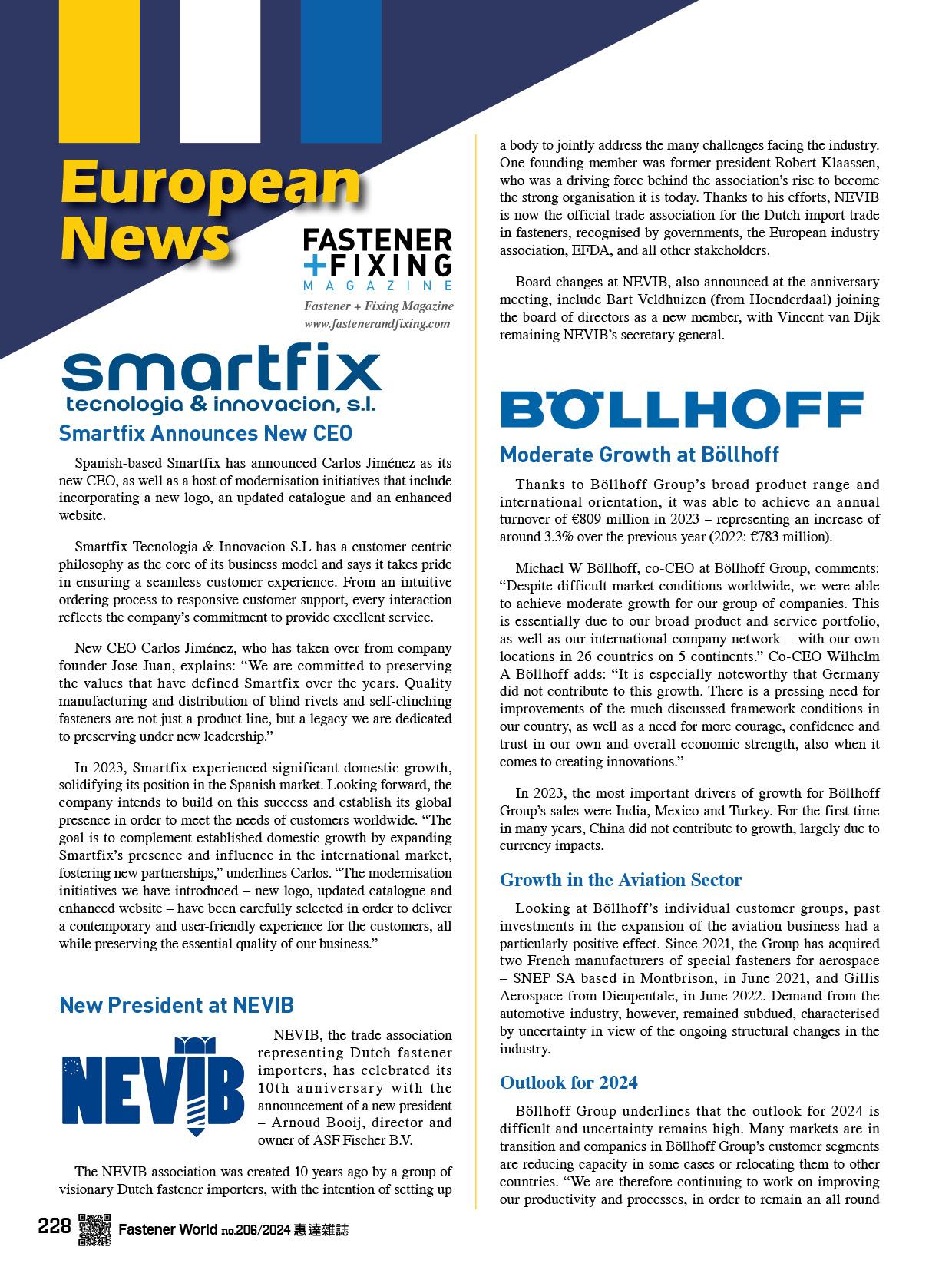
competent partner for joining technology for our customers,” says Michael W Böllhoff. “We are also continuing to invest in the company, despite the difficult overall economic conditions – in 2024 this means topics related to digitalisation, as well as in the training and further education of our employees,” adds Wilhelm A Böllhoff.

Despite the tense global economic and political situation, Würth Group was able to grow again, even though the difficult conditions had an impact on its operating result. Würth Group reported annual sales of more than €20 billion for the first time in its corporate history, according to its preliminary financial statements on the 2023 fiscal year. Adjusted for currencies, sales growth came out at 3.5%. The operating result is expected to remain below last year’s result at €1.4 billion (2022: €1.6 billion), the second best result in the history of the Group.
“Given the cooling global economy, we are satisfied with the past fiscal year. The sales mark of €20 billion is a special milestone for us, as it shows we were able to double our sales volume over the past nine years,” says Robert Friedmann, chairman of the central management board of Würth Group. “Last year, the Group’s heterogeneous structure across different industries and regions, and our business model, were once again the basis of our success. The construction sector, an important industry for Würth Group, showed a slow sales development, which could be compensated for by other strategic business units, such as the Electrical Wholesale unit.”
The ongoing conflict between China, Taiwan, and the USA; the wars in Ukraine, and the Middle East; inflation driven cost increases – especially for energy and raw materials; and high lending rates; all hampered demand in the construction industry, which also had a negative impact on the result.
“Achieving these results in such an environment shows that our more than four million customers greatly appreciate our products and services. They trust us and that is our most important objective. The Würth Group has proven in the past that it can overcome major challenges successfully. The solidarity of our employees and the support of the family, especially by Prof Reinhold Würth and Bettina Würth, give us the necessary stability,” emphasises Robert Friedmann.

In an economically challenging market environment, marked by a strong Swiss franc, Bossard Group achieved sales of CHF 1.069 billion (€1.113 billion) in the financial year 2023 (2022: CHF 1.153 billion) – representing a decrease of 7.4% (in local currency: -2.6%). Bossard explains that the positive business momentum that continued into the first quarter of 2023 normalised over the course of the year. Normalisation of incoming orders in the course of customer inventory reductions seamlessly transitioned to weaker customer demand. Economic indicators also deteriorated as the year progressed. However, thanks to stable demand in parts of the growth industries, and the


gratifying performance of Smart Factory services, Bossard was still able to strengthen its market position in all three market regions.
In Europe, Bossard posted a drop in sales of 6.1% to CHF 586.4 million (in local currency: -3.5%). This result was a consequence of the economic slowdown and normalisation of demand, as well as the stronger Swiss franc. Despite tough economic conditions, the electromobility and railway sectors showed positive accents. In an environment marked by inflation and a shortage of skilled labour, Bossard’s Smart Factory services drew even more attention from customers.
After a phase of double-digit growth rates, demand in America also began to normalise over the course of the year. While sales increased by 3.6% in local currency, sales in Swiss francs declined by 2.6% to CHF 301.5 million. The successful expansion of the customer base over recent years was particularly evident in the positive development of the focus industry of electromobility. Bossard Ontario Inc, in Canada, which was consolidated since 1st December 2022, contributed to the sales performance.
Sales in Asia declined by 17.8% to CHF 181.1 million (in local currency: -9%). Particularly in this market region the appreciation of the Swiss franc was significant. Apart from the gratifying development in India, the overall demand momentum in Asia was restrained. Especially in China, where only slight growth momentum was felt after Covid-19 restrictions were lifted. In India, Bossard benefited from nearshoring trends, a dynamic start-up landscape, as well as infrastructure projects in the focus industry of railway.
“At this point in time, it is difficult to forecast how the challenging economic environment will evolve over the coming quarters,” reports Bossard. “Based on current market observations, we expect restrained development in demand in the first half of 2024, along with a continued rise in wage levels. However, even this market environment holds opportunities for growth. The stronger trend toward nearshoring and the digitalisation of processes to increase efficiency, and productivity, should further strengthen demand for our Smart Factory services – in a current environment marked by cost and wage inflation. We continue to stand by our medium term financial goals previously communicated and the consistent implementation of Strategy 200.”

Bulten AB has reported net sales amounting to SEK 5.757 billion (€510.7 million) for the financial year 2023, an increase of 28.7% on the same period of the previous year (2022: SEK 4.474 billion). Operating earnings (EBIT) totalled SEK 230 million (2022: SEK 180 million), equating to an operating margin of 4%.
Adjusted operating earnings totalled SEK 243 million (2022: SEK 284 million), equating to an adjusted operating margin of 4.2%. Operating earnings were charged with the transaction costs of SEK 13 million – attributable to the acquisition of Exim, an Asian distributor of fasteners and other components. The corresponding period of the previous year was adjusted by approximately SEK 104 million – where SEK 93 million was related to ‘winding up’ costs for Bulten’s operation in Russia.
Based in Singapore, Exim has annual sales in the region of SG$40 million (SEK 320 million). The acquisition affords Bulten a good platform to grow in new sectors, where the distribution stage is a pivotal sales channel. “2023 was the year when Bulten laid the foundation for future expansion opportunities in the distribution stage, as well as micro screw sales, through acquisitions and establishing new operations. It was also a year of very high sales, which unfortunately resulted in capacity challenges and also had a negative impact on operating profit, both in Q4 and for the year as a whole,” explains Bulten.
After five years as Bulten’s CEO and president, Anders Nyström departed the company in early February, to pursue “other challenges”. A process to recruit a new CEO and president is underway, having been initiated by the board of directors. Departing, Anders said: “It has been a privilege to lead and develop Bulten together with the board of directors and all professional employees. My decision to leave has not been easy, but I feel that the time is right for me to take on new challenges after these five years as CEO of the Group.”
Chairman of the Board Ulf Liljedahl added: “Through his leadership and commitment, Anders has played an important role in successfully developing Bulten AB and taking the company to its current position. During Anders’ time as CEO, the company has experienced strong growth at the same time as the market has been in a period of change. On behalf of the board of directors, I would like to express my thanks to Anders for his valuable contribution during these years and wish him all the best in the future.” Current Board Member Christina Hallin has been appointed interim CEO and president and will act as such until a replacement has been found for the position.

Over the years, everything has been said and written about the Brugola Company. It’s not surprising, considering how much the company has contributed significantly to raising the profile of Italian fasteners globally. Another distinguishing hallmark of Brugola is its development of a special screw during its initial years, one that has achieved legendary status – the iconic hexagon socket screw, famously named after its manufacturer and is still marketed as the “Brugola screw.” Today, Brugola “O.E.B.” is a much more intricate and multifaceted entity than it was in the past, and it is constantly evolving due to forward-thinking management strategies.
To better understand the evolution of this industrial reality, it is necessary to carefully analyse the personalities of the owners and their management contributions. It all began in 1926 when Egidio Brugola founded “O.E.B.” (Officine Egidio Brugola) to produce washers, special rings for engines and related components. Egidio had a deep passion for mechanics, exhibiting exceptional expertise and ingenious insights in the field. The founder’s primary focus was to define and consolidate the product range.
From 1964, the company's management gradually fell into the hands of Giannantonio Brugola, then a mere 21-year-old, who carried forward the founder’s legacy with an innovative spirit and in sync with the changing times. The Company inherited by Giannantonio Brugola had an extensive range of products and went through a significant period of renewal, which laid the foundations for establishing a prominent presence in the automotive sector.
The definitive change in production at “O.E.B.” occurred in the 1980s when the emphasis shifted towards manufacturing special screws for the automotive industry. This strategic move enabled Brugola to gradually solidify its position as a leading manufacturer of “critical” screws for endothermic engines, seizing an opportunity offered by favourable circumstances and Giannantonio’s astute strategic vision.
The advent of robotics in automobile manufacturing heralded the “Zero Defect” concept, which ushered in an era of “total quality”. As a result, there was a need to look for new methods and technologies that would ensure maximum safety
in terms of zero waste. To solve this important and difficult problem, under Giannantonio Brugola’s guidance, the company conducted studies and research focused on sophisticated control technologies that would assess any alterations that might occur in a screw during the various manufacturing stages.
After Giannantonio passed away, his son Jody, who was still very young, took over the complete management of the family business. He was already familiar with the company because he had been working there for some time prior to this. Jody followed his father’s manufacturing approach, consolidating the position of Brugola products in the global automotive industry and proudly maintaining their “Made in Italy” distinction, among other achievements. With great satisfaction, he surpassed the goal of 175 million euros in turnover in 2022 and aims to push the company towards a consolidated turnover of 200 million euros. Jody’s accomplishments also include initiating two new areas of focus: the launch of an impactful sustainability campaign and projects aimed at reducing CO2 emissions and an expansion of the company’s production area through strategic hiring to strengthen the workforce. Jody’s dedicated efforts, leading to significant achievements, have received broad public recognition. This is highlighted by his nomination as a “Commander of the Order of Merit of the Italian Republic” at the remarkably young age of 38.
Brugola, how do you view the future of the Italian fasteners industry in this rapidly changing world?
A: A bright future lies ahead for the world of fasteners. Screws have been essential components of endothermic engines for decades and are now proving to be indispensable components of electric platforms. This might require smaller and thinner fasteners for the new platforms.

Q:In your opinion, what implications do you foresee for the fastener industry in a scenario where the cars of tomorrow are solely electric?
A: As mentioned earlier, fasteners will remain important regardless of the type of engine, whether electric, endothermic or hybrid. While I believe hybrid and endothermic engines will continue to be key players in the coming years, the hydrogen engine might emerge as a solution for the future of the automotive industry.
Q:Do you foresee a future for the use of critical screw technology in endothermic engines?
A: Absolutely. I believe the endothermic engine will still be around in the next few years. While we will continue manufacturing critical screws, for several years now, we have also been focusing on developing new special components for cars. This will enable us to expand our product range in order to meet evolving market demands.
Q:Will the current crisis in the German market negatively impact the Italian fastener industry?
A: Germany is certainly an important market for the automotive industry, and a downturn there could impact the entire supply chain, not just the fastener industry. At the moment, numbers and sales remain stable. We will monitor the evolution of the sales trend, which also includes electric platforms, the only ones that are not performing as well as expected in Germany.

Q:In terms of pollution, what percentage do you realistically attribute to the industrial sector compared to the rest of the world?
A: The automotive industry contributes to 6% of global emissions. Recent advancements in electric and hybrid technologies have notably reduced pollution levels.
O.E.B.’s commitment to corporate sustainability and, particularly, the problem of CO2 pollution is commendable. What exactly is your “Forever Bambù ” project?
A: The “Forever Bambù” initiative piqued my interest right away due to bamboo’s remarkable carbon dioxide absorption capacity, which is 36 times greater than that of other plants. It can also be used as a raw material in a variety of industries. Hence, we have partnered with this European leader in the cultivation of giant bamboo to offset our company’s CO2 emissions. This activity aligns with our sustainability policies, aimed at decreasing our environmental footprint.
Q:42,793 tonnes of fasteners were manufactured in 2022, equal to a turnover of more than € 175 million. What are the company’s goals for 2024?
A: Our goal is to achieve a 10% annual growth target by developing new products and expanding our customer base. The target for 2024 is 46,000 tonnes.
Q:In addition to internal growth, will Brugola also adopt an acquisition strategy in the future?
A: While I am always open to future scenarios, at this time, we are not considering acquisitions as a means of growth. Personally, I lean towards maintaining a family business model since it allows us to make quick and flexible decisions. Brugola OEB has grown significantly in recent years, partly due to the US subsidiary, and my goal is to maintain this growth trend, which requires ongoing commitment and significant investments.

Q:You plan on expanding your company’s workforce while implementing production automation. Do you foresee any conflicts between these two strategies?
A: I believe that the human element will always play a fundamental role in the manufacturing of fasteners, even as we continue to strive for new forms of automation within our industry.
I don’t believe they have to be at odds. On the contrary, automation and new technology can help to improve working conditions and increase resource efficiency.
Q:You are also the President of UPIVEB, the organisation responsible for publishing this magazine, which will celebrate its 30th anniversary in May 2024. “Italian Fasteners” has maintained the same organisational structure, content style and graphic layout your father, Giannantonio Brugola, established when it was first launched. Do you believe any changes should be made to the magazine?
A: In the coming years, our publishing group aims to launch a magazine with a more European focus, collaborating more extensively with other countries and fastener manufacturers. The objective is to improve both the magazine’s content and graphics. We have been actively working on these improvements for a while, and the first changes will be visible in the coming months. The upcoming changes won’t alter the spirit of the magazine, which will continue to reflect the modern vision established by Cavalier Giannantonio Brugola.

Since Vietnam launched a reform and opened its own market in 1986, it has gradually been connecting with the global economy. It promulgated the Foreign Investment Law in 1987, joined the WTO in 2007, and has gradually transitioned from a centrally planned economy to a marketoriented economic system. Although the complex global political and economic landscape has impacted most economies in recent years Vietnam's GDP still grew at a rate of 5.05% in 2023, its manufacturing output grew 3.02%, and its trade surplus reached a record high of US$ 28 billion. Vietnam effectively leverages structural changes in global trade to support its GDP growth and benefits from the shift in global supply chains. International companies such as Apple and Samsung Electronics are expanding their manufacturing and R&D activities in Vietnam.
The reason why Vietnam is one of the world's important manufacturing and export centers is that as of 2023, Vietnam has signed 15 FTAs with important trading partners, including Comprehensive and Progressive Agreement for Trans-Pacific Partnership ( CPTPP ), Regional Comprehensive Economic Partnership (RCEP), EU-Vietnam Free Trade Agreement (EVFTA), and agreements signed by the Association of Southeast Asian Nations (ASEAN) with China, Japan, India, South Korea, etc. Vietnam’s political stability and relatively low production costs and land rents increase the country’s competitive advantages. This article begins from Vietnam’s fastener import and export to explore whether the export-oriented Taiwan fastener industry has opportunities to use Vietnam’s advantages in global economy, trade and geographic location in order to expand the global deployment of Taiwan fastener industry. From there, this article provides analyses and suggestions.
(a) Import Analysis
Table 1 shows the trend of major ASEAN countries importing fastener products from the world from 2019 to 2022. The top three fastener-importing ASEAN countries were Thailand (approximately NT$32.94 billion), Vietnam (approximately NT$21.77 billion), and Malaysia (approximately NT$18.02 billion). Although the volume produced and sold by Vietnam on its own is a factor that has to be considered in pinpointing domestic demand, the import trend reflects Vietnam’s demand for fastener products. Over the years, Thailand has been the largest importer of fasteners in ASEAN, accounting for about 30% of imports by ASEAN countries. The fastener imports of major ASEAN countries all had positive growth. In the past four years, fastener importing countries with the highest compound growth rate were Malaysia (15.3%), Philippines (11.3%), and Vietnam (8.3%).
(b) Export Analysis
Table 2 shows the major ASEAN countries exporting fastener products to the world from 2019 to 2022. The top three ASEAN countries exporting fastener products were Vietnam (approximately NT$20.28 billion), Thailand (approximately NT$19.86 billion) and Singapore (about NT$10.99 billion). Vietnam, the largest fastener exporter in ASEAN, had a compound growth rate of about 14.4 % in the past four years, accounting for nearly 30%. Thailand and Vietnam have been equally matched in fastener export for many years, but since the compound growth rate of Vietnam's fastener export is much higher than that of Thailand, it is roughly determined that Vietnam will set out to become the largest fastener exporter in ASEAN. The global fastener export of major ASEAN countries grew except for the Philippines. The top three ASEAN countries with the highest compound growth rate of fastener export in the past four years were Indonesia (14.8%) , Vietnam (14.4%), and Thailand (6.9%).
Table 3 shows the import and export trade of Vietnamese fastener industry with the world and Taiwan from 2018 to 2022. In 2022, Vietnam’s import value of fasteners from the world were US$731 million (approximately NT$21.77 billion). The compound growth rate over the past five years was 5.7%, and the value of fasteners exported to the world was US$681 million (approximately NT$ 20.28 billion), with the compound growth rate over the past five years at 9.7%. On Taiwan’s fastener trade with Vietnam, Taiwan’s export to Vietnam increased year by year from US$53 million to US$59 million (approximately NT$1.76 billion) from 2018 to 2022, with a compound growth rate over the past five years at approximately 2.4%. However, the export share dropped from 9.1% to 8.0%, and the compound growth rate of the share dropped 3.2%, indicating that competitors are gradually encroaching on Taiwan’s share in Vietnam.
Table 2. Major ASEAN Countries Exporting Fastener Products to the World from 2019 to
Table 4 is the top 10 fastener trading partners with Vietnam in 2022. in terms of import, the top three import sources for Vietnam were China (US$358 million, accounting for 49.0%), Japan (US$120 million, accounting for 16.4%), South Korea (US$88 million, accounting for 12.1%). Taiwan was Vietnam’s fourth largest source (US$59 million, accounting for 8.0%). China alone accounted for nearly 50%. The top 10 import sources accounted for more than 95%, indicating a highly concentrated market structure. In terms of export, Vietnam's top 3 fastener export destinations were Germany (US$135 million, accounting for 19.8%), the United States (US$119 million, accounting for 17.5%), and Japan (US$75 million, accounting for 11.0 %). The top 10 export destinations accounted for nearly 80% of the total, which also indicates a highly concentrated market structure.
Table 5 shows Vietnam's fastener import from the world by product category from 2019 to 2022. The values and compound growth rates of the top 3 fastener categories imported by Vietnam from the world in 2022 were: other iron or steel screws and bolts (US$277 million, 37.9%), other iron or steel washers (US$116 million, 15.8%), and iron or steel nuts (US$98 million, 13.4%). In the past four years, the proportion of top 5 imported fastener products (all of which being critical items) accounted for nearly 90%. The top 3 fastener products with the highest compound growth rates in the past four years were iron or steel self-tapping screws (27.4%), other iron or steel screws and bolts (15.1 %), iron or steel springs and
washers (11.8%).
Table 6 shows Vietnam's fastener export to the world by product category from 2019 to 2022. The values and compound growth rates of Vietnam’s top 3 fastener products exported to the world in 2022 were other iron or steel screws and bolts (US$434 million, 63.7%), iron or steel self-tapping screws (US$0.53 billion, 7.7 %), iron or steel wood screws (US$ 49 million, 7.2%). Other types of iron or steel screws and bolts were the top export items, and their export values far exceeded those of iron or steel self-tapping screws which ranked second in export. The top 3 fastener products with the highest compound growth rate in the past four years were other iron or steel threaded products (38.1 %), steel rivets (36.8%), and iron or steel automotive screws (36.5%). Although the export value of some items was not high, the high compound growth rate could mean that Vietnam’s product quality and production efficiency has improved, and that overseas customer demand is steadily increasing. These factors are worth the attention.
(a) Foreign investment in Vietnam and status of fastener-related industries
Foreign investment and fastener-related industries in Vietnam include local infrastructure, motor vehicles and components, metal processing, electronic appliances, construction industry, etc. The main source of foreign investment and fastener-related fields in Vietnam are Japan (motor vehicles and machinery), China (motor vehicles), and the United States (vehicle-related metal machinery and electrical appliances industry); Distinguished by geographic location, metal processing is located in North Vietnam, Central Vietnam is largely represented by Formosa Ha Tinh Steel plant, and steel and motor vehicle components are located in South Vietnam. In addition, the fastener-related industries invested by Taiwanese businessmen in Vietnam include steel, nonferrous metal materials, metal products, construction, etc., most of which are conventional small and medium-sized manufacturing industries.
(b) Fastener-related infrastructure in Vietnam
The infrastructure projects expected to be built in the "2021-2025 Five-Year Plan" launched by the Vietnamese government in 2021 include building 9 new railways (including high-speed railways), updating 7 railways, and building and expanding dozens of highways. Ho Chi Minh City alone is expected to build approximately 454 kilometers of highways, ring roads, national highways and large bridges, with a total investment of US$11.5 billion. In terms of industrial parks, 61 of Vietnam's 63 provinces and cities establish industrial parks and economic zones, including 403 industrial parks, 18 coastal economic zones, and 26 port economic zones, of which Dong Nai Province has the largest number of industrial parks and is continuing to increase and improve related facilities. In the next five years, the Vietnamese government will invest more than US$139 billion in building stations, airports, ports, highways, railways, power plants and other infrastructure.
There is a gap between Vietnam and Taiwan in economic development. Taiwan's fasteners have long been mainly exported to European and American countries, and Vietnam is not one of the main export destinations for Taiwan’s fasteners. However, Vietnam has geographic advantages and possesses the tariff-free advantage under global FTAs. Vietnam has many potential industries for future development. The following are suggestions for the development of Taiwanese fastener manufacturers in the Vietnamese market:
(a) Get in line with the Vietnamese government's industrial development policy: In addition to the huge demand for Vietnams future infrastructure construction mentioned above, the "Socioeconomic

Development Strategy from 2021 to 2030" launched by the Vietnamese government will focus on AI, semiconductors and automobile industries. The government will also construct facilities and digital infrastructure involved with digital economy and smart cities (mainly Ho Chi Minh and Da Nang). These are the potential markets that Taiwanese fastener companies can further study in the future.
(b) Use Vietnam as a test site to connect with the world: The primary production lines of Taiwanese fastener industry are all located in Taiwan. It is unlikely for Taiwanese companies to move their primary fastener production lines to Vietnam. However, Vietnam has the advantages of connection with the international market and tariff-free export; and therefore, Taiwanese fastener companies can think about making Vietnam a test ground for trial production of small quantities of various fastener products for international manufacturers. In addition to connecting with international manufacturers and gaining orders, and supplying local demand nearby, they can bring market intelligence, production experience and know-how back to Taiwanese fastener industry.
(c) Hop on Vietnam's carbon reduction trend to expand the market: The Vietnamese government's Environmental Protection Law, which took effect in 2022, proposed reducing carbon emissions and developing a carbon trading market to make way for EVs to become Vietnam’s transportation vehicles. Vietnam sells 50,000 to 60,000 units of EVs (excluding electric bicycles) annually. Taiwan is more technologically experienced in EV than Vietnam and has more vehicle components and battery manufacturers. Therefore, Taiwan has a competitive edge breaking into the Vietnamese market. Taiwanese fastener manufacturers can think about supplying critical EV components, EV fasteners and fastening tools in Vietnam, collaborating with Vietnamese EV companies to develop the local market.
(d) Integrate the industrial chain of Taiwanese companies in Vietnam: Taiwanese fastener companies can cooperate with local Taiwanese businessmen to integrate the upstream and downstream industrial chains, and produce low-tech, labor-intensive products in Vietnam through technical collaboration or joint ventures, and ship them back to Taiwan to assemble and re-export, taking advantage of international division of labor.
Copyright owned by Fastener World / Article by Dr. Arthur Hsu
biggest
Feicon, is one of the most important business events, including for the fastener
It heralded a great success; however, the huge local transport jam caused many visitors to walk a lot before they could access the pavilion.
On the bright side, the edition had more than 100 thousand visitors, around 600 exhibitors, including one of the most important local fastener manufacturers, such as Inox-Par, Jomarca, New-Fix, and other companies with mixed distributor activities, such as screws, bolts and related products of the general construction sectors, such as Amatools, Walsywa and the Waves Plus (a member of CBS Parafusos Group).
Last January recorded the biggest volume, second to October 2013

On April 2 - 5 2024, around the pavilion of São Paulo Expo in São Paulo City, Brazil, there were not enough taxis and Uber service to serve the huge influx of so many visitors heading for the 28th Feicon, the biggest annual construction business show.
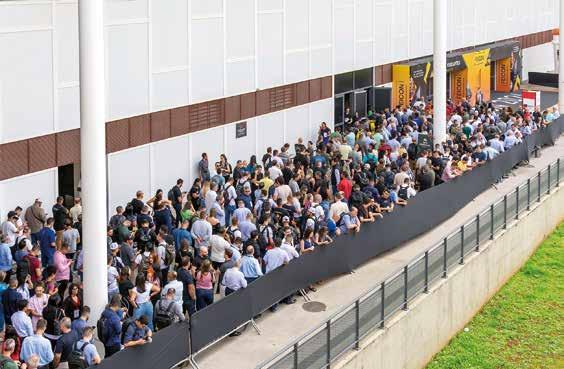
Regarding fasteners imported from bigger global players, around 48% were sold to Brazil from Asian countries, such as China (29%), Japan (7.2%), South Korea and Taiwan (2.8% each).
As written recently in this column by Revista do Parafuso (The Fastener Brazil Magazine), the production of Brazilian motorcycles - a sophisticated and strong fastener consuming sector - already breached the level achieved in 2014, with more than 1.5 million units of motorcycles in 2023. At the same time, the two wheelers do not seem to be the only sector that has been in expansion.
In terms of imports, in October 2013 the Brazilians bought US$ 103 million worth of fasteners (19.7 thousand tons in weight), which was the best historic monthly result, but in January 2024 the value was US$ 101 million (22.6 thousand tons).
Comparing the last two first quarters, during Q1 2023 the import value was US$ 252.38 million (48,868.42 tons). In Q1 2024, the import value advanced 6.8% to US$ 269.65 million (61,511.91 tons, an increase of 25.9%).
In terms of export, October 2018 showed the best historic monthly result in value at US$ 20.2 million (3,750 tons). In Q1 2023, Brazil exported US$ 41.48 million (7,223.88 tons), while in Q1 2024 the export reached US$ 36.28 million (5,391.46 tons), down 12.5% and 25%, respectively.
Together, Taiwanese Chum Yuan and Brazilian RWD have the mission to increase sales in the region for Jern Yao

The commercial manager of Jern Yao Enterprises Co., Ltd, Mr. Paul Lin has appointed Taiwanese company Chum Yuan Co., Ltd. (CYC) and Brazilian RWD International (RWD) as its business partners in Brazil. The nomination occurred at the end of November in 2023, involving machines sales and services.
by Sergio Milatias, Editor, Revista do Parafuso (The Fastener Brazil Magazine) milatias@revistadoparafuso.com.br / www.revistadoparafuso.com

Effectively present to connect with many Brazilian fastener manufacturers, Jern Yao Enterprises, a traditional brand for more than 30 years, has been active in production of multi-stage machines, dedicated to cold forming processes. Its lines are divided into three series: 1) Bolt Formers, with 2 to 5 stages, for forming screws; 2) Nut Formers, with 5 to 6 stages, for making nuts; 3) Part Formers, with 5 to 7 stages, for pressing special parts.


Since the end of last year, Fastener World Inc. has attended many important exhibitions in Europe, America, Asia and emerging markets, and we will arrange more exhibitions (such as Fastener Fair USA, International Fastener Show China and Taiwan International Fastener Show) to promote for advertisers in the next few months, hoping to help the industry find a way out in such difficult times. In this issue, we’ve featured a series of unique companies including AMBROVIT, ACHILLES, SUNCO, Fang Sheng (YFS), Bi-Mirth, Sun Through, iTAC Laboratory, Li You Screw, Yu Ruen Hardware, Tung Fang Accuracy, Kuo Chen, etc. In such an era when market challenges have become more difficult to cope with, these companies, despite the increasing operating costs, still remain undaunted by the challenges in front of them, and strive to set up a stage for their own growth and move towards the path of sustainable management through upgrading and restructuring, generational inheritance, or convergence with CBAM and other industry trends. Their experiences are definitely worthwhile for reference for those who are currently striving to find breakthroughs in the difficult situation.
In a recent interview, a company owner expressed his opinion that Taiwan is in the era of five shortages (i.e., water, electricity, labor, land, and talent) and the supremacy of IT Industry, and he estimated that in about 5-7 years, Taiwan's labor costs will increase significantly, and in the case of increasing expenses, what else can Taiwan do? Before such a situation happens, it is necessary for the industry to prepare for the rainy day and plan ahead.
Price-cutting may be a Red Ocean strategy for emerging countries to gain attention quickly, but for Taiwanese companies that have already passed that stage and are moving into the mid- to high-level supply chain, the risk of going back to the drawing board is extremely high, both now and in the future. Therefore, if it is determined that this path is no longer viable, it is suggested that the industry may be able to create a differentiated advantage through certain modes.
During our visit to Hannover Messe 2024, we observed some major industry trends. First of all, Industry 4.0, Smart Manufacturing, Automation, Robotics,...etc. are some trends. Various metal parts processing and precision instruments on display at the show allowed visitors to see the continuous efforts of manufacturers to pursue excellence in technology and know-how. The second is electric vehicles and peripheral charging/storage equipment. The third is the emphasis on the development of new energy. Many manufacturers who are already market leaders are looking at the development layout for the next 5-10 years, and at the same time actively
introducing the concept of CBAM and environmental protection. Under such a development, it may be difficult for manufacturers to get orders if they do not meet their requirements in the future. Carbon reduction is definitely a must-do, and the industry should not be satisfied with the current situation, but should have the courage to go out and keep up with the pace of pioneers.
The 1st generation built the foundation, while the 2nd generation creates the new situation. Taiwan fastener industry has been developing for decades, and it is inevitable that the industry will eventually move towards the stage of succession and experience transfer. Building on the success of the 1st generation, the new thinking and bolder investment behaviors of the succeeding generation have indeed transformed some established fastener suppliers. Fang Sheng (YFS), which has successfully broadened its product range from socket screws to special products and invested in a die development division to improve product development efficiency, is definitely an example. On the other hand, if enterprises do not emphasize on experience transfer and are not willing to invest more in human resources, it will be even more difficult to pursue growth with continuous internal consumption of resources.
That factories gradually moved towards full automation and unmanned systems is quite common in Europe, the US and Japan fastener industry, but there is still much room for improvement in Taiwan, and due to the variability of industrial demand, the orders of middle and high-end customers have become more varied and small. As a result, the ability to achieve fast delivery, reduce labor & manufacturing costs and offer customized products will also affect the success of a company to obtain customers’ orders. Li You Screw, which has been supplying high-precision screws to automotive, electronic and other related industries, and Yu Ruen Hardware, specialized in customization of automotive and motorcycle fasteners and the cold forging of special screws and nuts, have strengthened their customization capabilities by investing in a large number of automated high-end equipment, enabling them to be more efficient in assisting customers in shortening the product development process and responding to a large number of customized orders in a short time, thus creating a Blue Ocean strategy that belongs to them.
Digital management is the key to accelerated transformation, while new product development is a great opportunity to show customers that you can work independently and innovate. Through the introduction of advanced digitalized equipment to improve production line efficiency, a company can further widen the gap with competitors. The introduction of creative or patented new products from time to time can also stimulate customers’ stronger interest in cooperation. Bi-Mirth, which has introduced a lot of advanced digital equipment and recently launched the patented Timber-Concrete Connector Screw and Seismic Screw, and Sun Through, which will present its latest Self-drilling Screws for Hollow Cement Bricks at Taiwan International Fastener Show, have been both very successful in this area.
Carbon reduction is undoubtedly the biggest challenge facing all export-oriented industries. We can see that many Taiwanese companies have been working hard to comply with the relevant laws and regulations, and are actively making preparations for CBAM, ESG and other issues, as well as formulating strategies to deal with them. This is absolutely good for Taiwan fastener industry. In the future if the CBAM and ESG requirements and concepts can be thoroughly implemented into the entire supply chain, the position of Taiwan fastener industry can definitely be upgraded, which can not only allow them to continuously lead other emerging countries, but also make the international market recognize that Taiwan is a good partner worthy of cooperation and can play a role in supporting the supply chain. It is understood that in Taiwan there are already a number of industry players who have introduced supporting measures for green manufacturing processes, providing a helping hand to industry players on the road to carbon reduction.
Recently, we’ve heard some companies reflecting that the global demand for fasteners is shrinking, and their sales have dropped significantly. Is the fact that "the demand is not reduced at all, but just shifted to other countries", or "the really bad economy has led to a big drop in global orders"? This can perhaps be ascertained from the import trends over the past few years from Taiwan, the countries with high demand for fasteners in Europe and the U.S.

Taiwan's fastener exports in Q1 this year amounted to US$1.07 billion, a decline of nearly 15% from the same period last year, and the development trend for the period 2019-2023 (as shown in the chart on the next page) also shows an “upward and then downward” trend. If to forecast from the current data for Q1 2024, Taiwan’s export value this year might hover around US$4.28 billion, roughly the same as the level in 2019-2022; China's fastener exports amounted to US$2.1 billion in Q1 this year. Over the past five years, China’s export value climbed from US$6.4 billion to US$11.17 billion, and then dropped to US$9.13 billion in 2023, still roughly at the 2021 level. Although this year's forecast is worse, China should still reach at least US$8 billion, higher than that of 2019 and 2020. On this side, it seems that the development trend of both China and Taiwan is similar, that is, first up and then down, and there is no sign of Taiwan's reduced portion being switched to China as a result.

Do the import values of the EU and the U.S. tell us anything else?



From the above charts, we can find that the trends of EU’s and U.S. fastener imports are quite similar to those of China and Taiwan, showing a curve of “rising first and then falling,” that is to say, the current decline in Taiwan's fastener exports is more related to the overall global recession than to the transfer of orders to other countries. On the other hand, it also means that the decrease in Taiwan's fastener exports is not due to a weakening of its own competitiveness; and therefore, manufacturers should instead think about how to capitalize on business opportunities when the economy picks up in the future.
Chinese manufacturers should be worried, however. Although China's steel, wire and fasteners still account for about 30-40% of the global production capacity and have a certain influence in the world, with the rise of trade protectionism in the U.S., Europe, Mexico, India, Brazil and many countries coincidentally raising import tariffs or AD duties on Chinese products, the competitiveness of Chinese manufacturers will certainly be greatly reduced. In order to maintain healthy development and stability of the supply chain of various countries, apart from hoping that China's domestic demand will strengthen and consume the excessive production capacity ASAP, otherwise, in the short term, various countries can only maintain the market through the implementation of anti-dumping, even though this will increase the cost of buyers in the purchasing countries.

In order to be closer to the market or pursue a more favorable production environment, many manufacturers have set up their factories overseas, but not all overseas factories can escape the impact of anti-dumping. For example, recently there have been rumors that the U.S. may impose high tariffs on Chinese automobiles produced in Mexico, and if the tariffs are really imposed in the future, the prices of the products are bound to go up, and in the end, they won’t gain any benefits. In addition, many Taiwanese manufacturers are also considering investing in ASEAN markets such as Vietnam to export to Europe and the U.S. market. In the short term, they can indeed benefit from the FTA agreements signed between Vietnam and other countries, but in the long term, China's products still have a price advantage, and if manufacturers do not simultaneously develop the domestic market to diversify the risk, relying solely on exports will be very precarious, which is especially true for the more competitive items such as construction screws and automobile fasteners. Customization and small quantity & variety, as mentioned above, may become options for manufacturers to pursue sustainable development. Instead of focusing on a single country or region, companies should eye on the global market as their strategy and try to develop different regions (e.g., the Middle East, emerging countries, or Central & South America), and should not be afraid of developing markets in advanced countries such as Europe, the U.S., and Japan. As long as the product is good enough, there will be opportunities. Taiwan's machinery/equipment and die manufacturers are a good success story. In the early days, they went west to expand in China and indirectly cultivated the rise of local factories. As competition in the Chinese market grew, they were venturing further into emerging markets overseas, but also into Europe, the US and Japan to try out new opportunities.
Compared to large plants with sufficient capital, small and medium-sized processing plants tend to be more visibly affected by the boom. Coupled with the inability to directly face customers to take orders, it is more difficult for them to expand profits, so that's why they have to be more proactive in transforming themselves. Taiwan's high-tech industry has its own 10-year plan, so Taiwan fastener industry, of course, needs to draw up their plans. As Taiwan is a fastener export-oriented country, product end-users are almost controlled in the hands
Fastener Exports of China and Taiwan (Unit: 0.1 bn USD) Fastener Imports of the EU (0.1 bn EUR) Fastener Imports of the U.S. (0.1 bn USD)of foreign companies, making it easier to be replaced and more susceptible to fluctuations in the global economy or geopolitical impact. The emergence of CBAM may be an excellent opportunity for these manufacturers to transform. Although the thorough implementation of CBAM policy will require the investment of a lot of manpower and capital, which indeed constitutes a lot of pressure on manufacturers, however, as long as they can fulfill the requirements, it will also let international partners understand Taiwan's determination to help customers enhance the value of their products. Of course, we also hope that the relevant units can give a little more time for manufacturers to accomplish their goals.
In addition, it would be great if Taiwan CSC could also play a key role in helping Taiwanese manufacturers to enhance their competitiveness. For example, by adjusting the current wire products obviously not competitive in the market to be imported from abroad or allowing manufacturers to import these products by themselves, it may make these low-priced wires to continue to create profits for the industry. Proof of origin can also be used as a basis for future AD measures (e.g., how much AD tax must be levied on screws made from Chinese wire rod in Vietnam). All these ways can create more profit margins for the industry.


The unchanging truth of profit creation is to go where the opportunities are. At this stage, what the industry should worry about is not why the orders have shrunk, but to think from a different perspective about where to create opportunities. Only by grasping trends, taking the initiative and accelerating transformation can they maximize their benefits at this stage when everyone is generally in a bad situation.
In this issue, we have also collected the views of many experts and scholars, such as Dr. Wayne Sung's article on "AI Applications from the Perspective of Taiwan Fastener Industry" and James Hsiao's article on "Emerging Market Opportunities- Vietnamese Automotive Industry". We hope that these articles can help readers upgrade and transform or develop the market in the future by exploring the current opportunities of the industry from the perspectives of trends and markets.
Copyright owned by Fastener World Article by Gang Hao Chang, Vice Editor-in-Chief
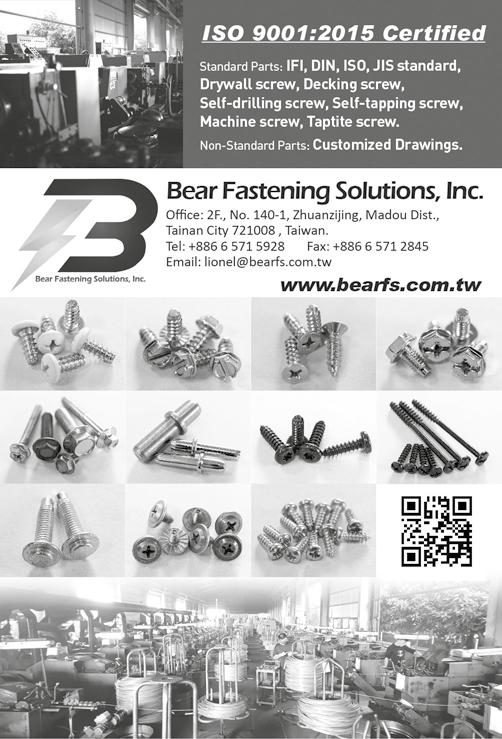
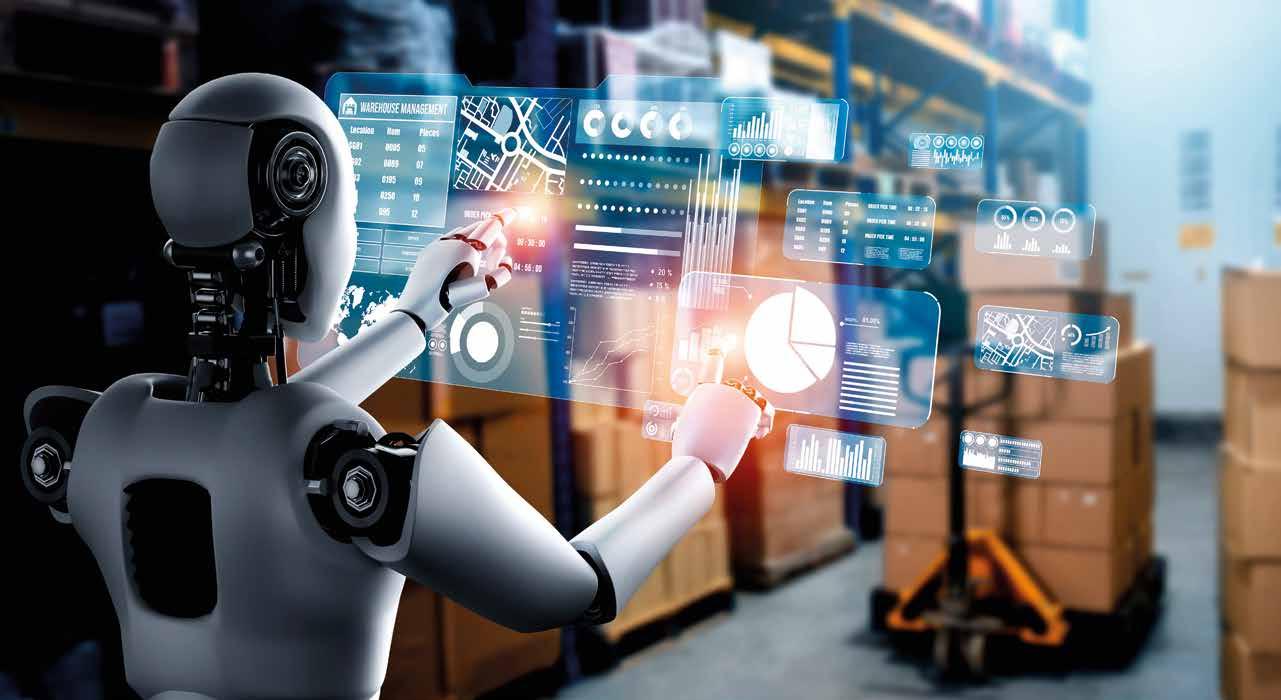
The export of Taiwan fastener industry in 2023 entered into a deep freeze suddenly under the impact of the market recession. Compared to 2022, its turnover in 2013 declined by 1,540,583,000 U.S. dollars, down 25.09%, while its export weight dropped by 376,549 metric tons, a decline of 23.42%. Generally speaking, its capacity and sales value appeared a reduction of about 1/4. After considering the exchange rate conversion between USD and NTD, the export value in 2019 was NTD 87.482/KG, and in 2023 it was NTD 114.661/KG, and the sales value/KG increased by 31.068%, thanks to the depreciation of NTD in 2022, which actually made up for part of the loss of the fastener industry's declining business performance. In Table 1 “Taiwan Steel Fastener (7318) Export Statistics from 2019 to 2023”, under the impact of the trade war between China and the U.S. in 2019 and the AD duty of the EU on Chinese fasteners in 2022, the orders to China began to shift to Taiwan and Taiwan fastener industry was not affected by the Covid-19 in 2021 and 2022. Instead, it has hit a peak in recent years, with both export volume and output value hitting record highs. Compared to the golden two years in 2021 and 2022, 2023 was a relatively difficult year for Taiwan fastener industry to operate and this situation also continued to Q1 2024. Externally, Taiwan fastener industry is faced with Europe's continued economic downturn, U.S. inflation and high bank interest rates, Russia and Ukraine's ongoing war, and Israel-Hamas War that has yet to end. Domestically, it is faced with the fact that Taiwan’s DPP does not hold a majority of seats in the new Congress, the realization of the DPP's 2025 nuclear free homeland policy, the pressure of rising electricity costs, whether cross-strait relations will remain stable after President-elect Ching-Te Lai takes office, as well as the competition from emerging countries in Southeast Asia, and the European CBAM, etc., Taiwan fastener industry is facing the pressure of having to change,
and in 2022, OpenAI's AI ChatGPT was officially launched, and in 2023 the world officially entered the era of AI, which is the beginning of a new business transformation. Will AI have an impact on the future industry and how? Taiwan fastener industry should definitely know!
Artificial Intelligence (AI), also known as machine intelligence, refers to the intelligence expressed by a human-made machine. AI can be defined as a machine or computer that imitates human cognitive functions related to human thinking, and AI has the ability to learn and solve problems on its own. A computer has the ability to sense its environment and interact with it, which improves the chances of success of the function, and AI is able to learn from past experiences, make reasonable decisions, and respond quickly, and under the learning function, AI is able to correct its mistakes, and gradually achieve the ability to work towards perfection.
In the article "How Taiwan Fastener Industry Should Use Smart Production to Improve Operating Capabilities" in the #197 issue of Fastener World Magazine in 2022, I described the 1st Industrial Revolution at the end of the 18th century, in which human beings got rid of the limitations of manpower and animal power, and used water and steam as the motive power for production and transportation. The 2nd Industrial Revolution in the 1920s, in which the development


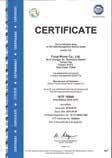
1. US-China Trade War Began
2. The Hong Kong’ s Anti-Extradition Law Amendment Bill Movement
1. China-U.S. Trade War Continues
2. Covid-19 Outbreak Spread Worldwide
3. Britain formally left the European Union
1. China-U.S. Trade War Continues
2. Joe Biden assumed the 46th U.S. President
1. China-U.S. Trade War Continues
2. Europe imposed AD duties on Chinese fasteners
3. Russia-Ukraine war began
4. Nancy Pelosi visited Taiwan
5. Chinese military exercises around Taiwan and its missiles flied over Taiwan
6. RCEP agreement came into force
7. OpenAI's AI Chat Robot ChatGPT was officially launched.
1. The U.S.-China trade war continues
2. U.S. inflation caused bank interest rates to rise sharply.
3. Silicon Valley Bank (SVB) went bankrupt after a run on the bank
4. Israel-Hamas War began.
5. 28th Conference of the Parties to the UN Framework Convention on Climate Change (COP28)
of the electric power system was carried out, utilized electricity to replace water and steam as the power source of production, and entered the stage of utilizing machines for production. In the 1970s, the 3rd Industrial Revolution began to enter the era of production automation and precision, using electronic devices and IT to increase production capacity, turning purely mechanical products into mechanicalbased, supplemented by motors, electronics and computers that can be programmed to set up the operation of machinery and vehicles. Industry 4.0, proposed at the Hannover Messe in 2011, is a big step forward in intelligent perception. The proposal provides a complete description of how to combine massive database operations, Internet of Things (IoT), machine network, cloud computing, Big Data analysis and AI to achieve a high degree of automation to enable production environments with self-awareness, self-learning, selfdetermination, self-execution and selfadaptation.
All of the above points are based on the manufacturing industry's point of view to illustrate the advancement of technology and production techniques. The system integrates the
core businesses required by the enterprise's production, such as ordering, suppliers, logistics management, production, equipment maintenance, quality and yield control, etc., and visualizes all kinds of management information in the factory, such as the number of finished products on each line, analysis of defective product data at the quality inspection station, monitor screen, machine parameter control, and anomaly. All of these information can be displayed on the screen, which can effectively reduce the production control risk and improve production efficiency. I will not go into details in this article, so please refer to the article in Issue #197 of Fastener World Magazine.
This article will discuss how to apply AI to other business-oriented aspects of enterprises. ChatGPT, an AI chat robot program developed by OpenAI, was launched in November 2022. ChatGPT is text-based, and in addition to interacting with natural human conversation, it can also be used for very complex linguistic tasks, including automatic generation of text, automatic Q&A, automatic summarization, etc. ChatGPT can automatically generate answers based on input questions, as well as the ability to program and debug computer programs, and all people can register free of charge and log in to use ChatGPT to talk with the AI robot. There are already many AI application websites on the market, which are listed in Table 2
I tried to type in "In the future world of technology, a transparent screw symbolizes hope and practice." Bing Image Creator returned Figure 1, Screws bring hope.
With the availability of AI application software for translation of business documents, market analyses, and writing of business documents, it will be easy and simple for enterprises to apply AI in workplaces. The future of intelligent enterprise management can be divided into: intelligent manufacturing, intelligent office, intelligent carbon management , as shown in Figure 2- “AI will be the core of the enterprise management.”

1. Screws bring hope

1. ChatGPT It can automatically generate answers based on input questions and has the ability to write and debug computer programs. Application: Company business document processing and translation
2. Bing Image Creator
3. Claude AI
4. Capcut
5. Luma
Simply enter a command that describes the image, and AI will automatically generate the picture based on the content. Application: Photo editing of company products
Specializing in text processing, it can generate a large amount of content including documents, letters, Q&A, etc. It can automate workflows, and it can logically solve tasks according to the instructions given by users. Applications: Interpretation of judicial documents, contract preparation
Video editing software that allows you to quickly get started with a variety of powerful features including editing, text, transitions, and more. Application: Corporate video production
3D Picture Generator Application: Mechanical design of products
Data Analysis and Forecasting
Intelligent Customer Service and Virtual Assistant
Personalized Recommendation System
Human Resource Management
Risk Management and Security Monitoring
Carbon Emission Monitoring and Data Acquisition
Carbon Emission Data Analysis and Assessment
Carbon Emissions Management and Control
Carbon Disclosure and Transparency
Carbon Reporting and Certification
Carbon Emissions Trading and Cooperation
The AI talents needed by enterprises can be divided into "AI design" and "AI application". The former refers to professional information personnel who know how to design algorithms and train models; the latter is good at using AI-related software, such as ChatGPT, Bing Image Creator, Claude, etc., which can improve the efficiency of existing operations, and does not require a professional background in information technology, so Taiwan fastener industry should actively introduce specialized talents who are good at applying AIrelated software to quickly improve AI application capabilities, which can accelerate the increase in competitiveness of enterprises. The three major areas of AI application in enterprises, namely intelligent manufacturing, intelligent office, and intelligent carbon management, are described as follows.
1. Intelligent Manufacturing:
(1) Product Innovation and R&D: Leveraging AI technology for product design, optimization, and innovation to accelerate the R&D cycle, improve product quality and performance, and meet market demands and customer expectations.
(2) Production Optimization and Predictive Maintenance: Using AI technology to monitor and optimize production processes to improve productivity and quality, and enable predictive maintenance to reduce equipment failures and downtime, and reduce costs.
(3) Supply Chain Management: Applying AI technology to optimize supply chain planning, inventory management, and logistics transportation to match supply and demand, reduce inventory backlog, lower logistics costs, and improve delivery efficiency.
https://chat.openai.com/
https://www.bing.com/images/creat e?toWww=1&redig=6E696DD96B2C4 69CB0A447A78D3749A2
https://claude.ai/ login?returnTo=%2F
https://www.capcut.cn
https://lumalabs.ai
2. Intelligent Office:
(1) Data Analysis and Forecasting: AI technology is used to analyze and mine large amounts of data to help enterprises understand customer needs, market trends, and business models, and predict future development trends. This helps enterprises make smarter decisions and plans.
(2) Intelligent customer service and virtual assistants: Using the help of natural language processing (NLP) and machine learning technologies to develop intelligent customer service systems and virtual assistants that can automatically answer customer questions, handle complaints, and provide personalized services to improve customer satisfaction.
(3) Personalized Recommendation System: Utilizing machine learning and data acquisition technologies to recommend personalized products, services, or content to customers based on user preferences, historical behaviors, and interests to improve sales and marketing results.
(4) Human Resource Management: Applying AI technology to optimize human resource management processes, including recruitment, training, performance evaluation and employee benefits management, to improve human resource utilization efficiency and employee satisfaction.
(5) Risk management and security monitoring: AI technology is utilized to monitor and predict risks within and outside the enterprise, helping the enterprise to identify and respond to potential risks in a timely manner, as well as to strengthen data security and network security protection.
3. Intelligent Carbon Management:
(1) Carbon Emission Monitoring and Data Acquisition: Using sensors, monitoring equipment and other technologies to conduct real-time monitoring and data acquisition of carbon emissions generated by various activities of enterprises or organizations, including energy consumption, production processes, and transportation links.
(2) Carbon Emission Data Analysis and Evaluation: Analyzing and evaluating the carbon emission data collected, including the analysis of emissions, emission sources, emission trends, etc., in order to gain an indepth understanding of the carbon emission situation and its influencing factors.
(3) Carbon Emission Management and Control: Based on the results of data analysis to formulate reasonable carbon emission management strategies and control measures, including energy saving and emission reduction measures, carbon emission allowance management, carbon trading, etc., in order to reduce the level of carbon emissions and realize the carbon emission reduction targets.
(4) Carbon Emission Information Disclosure and Transparency: Proactively disclosing carbon emission information and management to stakeholders to improve information transparency and social responsibility, and enhance the image and reputation of the enterprise or organization.
(5) Carbon Emission Reporting and Certification: Regularly compiling and publishing carbon emission reports, and certifying and auditing the carbon emissions of enterprises or organizations to ensure the accuracy and credibility of the information.
(6) Carbon Emission Trading and Cooperation: Participating in carbon market trading to purchase and sell carbon emission credits, or cooperating with other units in carbon emission to jointly realize carbon emission reduction targets and promote the healthy development of the carbon market.
The mainstream of data science in the development of AI has evolved from expert systems and data exploration to machine learning and its advanced deep learning stage, and has been applied in business operations. The key to the implementation of machine learning and deep learning applications lies in the ability to process large amounts of data in real time. With the rapid accumulation of huge amounts of data and the advancement of AI technology, previously unknowable rules and correlations among industries, society, and nature, as well as personal preferences and behavioral patterns, can be further obtained through intelligent analysis. The future development of AI technology on the industry and the society will inevitably bring the impact and influence, Taiwan fastener industry needs to face up to the issue and respond to it ASAP.
To analyze the impact on Taiwan fastener industry, low carbon, flexibility and efficiency will be the keys to victory. Under the concept of intelligent enterprise management, all production equipment, personnel, processes and customer business records will be linked together, and various equipment is interconnected to monitor the surrounding environment at any time, and problems are eliminated immediately when they are detected. Then, the market and customer preferences and orders, sales, inventory and other information are combined for optimal analysis, and mass standard production is replaced with mass customized mass production (multiple low-volume production) to increase the added value of products. The key lies in the use of huge amounts of data, AI analysis, and the formation of synergistic operational systems to improve the overall operational processes of the enterprise, and to achieve a closer match with the needs of target customers. Under the purpose of quickly responding to market changes, it is also necessary to consider the factors of low-carbon emissions, because the changes in the lowcarbon production process and supply chain mode will also change the original value chain structure. As a result, in order to quickly and accurately seize the opportunity to create new value, data must be properly collected and analyzed for application and the convenience of rapid application of AI will be the new core competitiveness of enterprises.






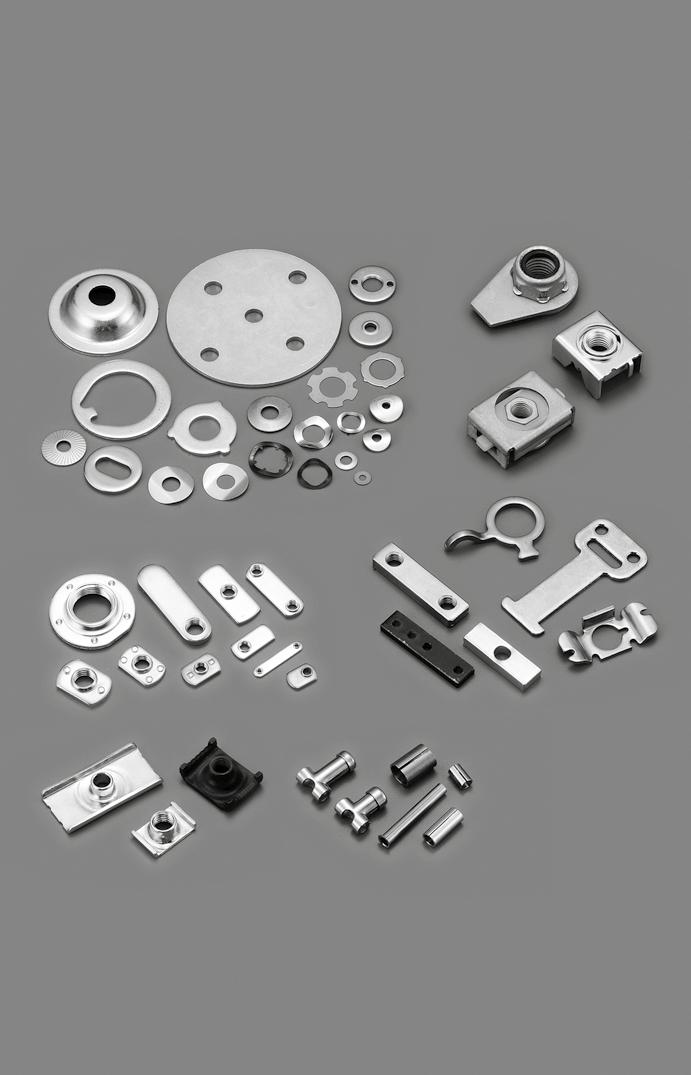



Chicago Rivet's 2023 net sales were USD 31.507 million, down 6.3% from USD 33.646 million in 2022. The company ended the year with a loss of USD 4.401 million in net income in 2023, compared to earning USD 2.867 million in net income in 2022. Total assets decreased to USD 27.830 million in 2023 from USD 33.626 million in 2022.
Trimas's 2023 net sales were USD 893.550 million, up 1.0% from USD 883.830 million in 2022. Net income was USD 40.360 million in 2023, down 39.0% from USD 66.170 million in 2022. Total assets increased to USD 1,341.660 in 2023 from USD 1,305.000 million in 2022.
Sympson Manufacturing's 2023 net sales were USD 2,213.803 million, up 4.6% from USD 2,116.087 million in 2022. Net income was USD 353.987 million in 2023, up 5.9% from USD 333.995 million in 2022. Total assets increased to USD 2,704.724 million in 2023 from USD 2,503.971 million in 2022.

Norma Group's 2023 revenue was € 1,222.8 million, down 1.6% from € 1,243.0 million in 2022. Net profit was € 27.9 million in 2023, down 28.7% from € 39.2 million in 2022. Total assets decreased to €1,493.3 million in 2023 from € 1,560.7 million in 2022.

(in SEK)

Bufab's 2023 net sales were SEK 8,680 million, up 2.9% from SEK 8,431 million in 2022. The company ended the year with a net profit of SEK 574 million in 2023, lower than SEK 609 million in 2022. Total assets decreased to SEK 8,600 million in 2023 from SEK 9,436 million in 2022.
Bulten's 2023 net sales were SEK 5,757 million, up 28.6% from SEK 4,474 million in 2022. Net income was SEK 127 million in 2023, up 71.6% from SEK 74 million in 2022. Total assets increased to SEK 4,852 million in 2023 from SEK 4,356 million in 2022.
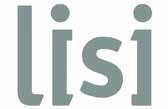
Lisi's 2023 revenue was € 1,630.444 million, up 14.4% from € 1,425.212 million in 2022. Net income was € 36.667 million in 2023, down 35.3% from € 56.729 million in 2022. Total assets increased to € 2,058.566 million in 2023 from € 1,999.087 million in 2022.

SFS 's 2023 net sales were CHF 3,073.0 million, up 12.2% from CHF 2,738.7 million in 2022. Net income was CHF 268.5 million in 2023, down 0.8% from CHF 270.6 million in 2022. Total assets decreased to CHF 2,546.8 million in 2023 from CHF 2,574.2 million in 2022.


Vossloh's 2023 revenue was € 1,214.3 million, up 16.0% from € 1,046.1 million in 2022. Net income was € 55.3 million in 2023, down 1.2% from € 56.0 million in 2022. Total assets increased to €1,392.7 million in 2023 from € 1,368.8 million in 2022.



JPY)
JPF 's 2023 revenue was JPY 5,108 million, down 4.6% from JPY 5,354 million in 2022. The company ended the year with a loss of JPY 108 million in net profit in 2023, compared to earning JPY 40 million in net profit in 2022. Total assets decreased to JPY 7,459 million in 2023 from JPY 8,001 million in 2022. The company forecasts 2024 revenue at JPY 5,250 million, up 2.8%.


Tong Heer's 2023 revenue was MYR 598.033 million, down 39.5% from MYR 988.585 million in 2022. Net profit was MYR 9.788 million in 2023, down 88.8% from MYR 87.407 million in 2022. Total assets decreased to MYR 609.003 million in 2023 from MYR 617.099 million in 2022.















The Philippines stands out in the competition in the Asia-Pacific political and economic landscape this year and gained international media attention. The Ferdinand Marcos Jr. regime takes a series of actions. In addition to seeking overseas has political and military alliances, the regime tries to make the Philippines a preferred destination for international foreign investment by formulating policies. According to Philippine Statistics Authority (PSA), in 2023, the amount of foreign direct investment approved by the Philippine government reached a record US$15.594 billion, 3.7 times higher than in 2022. It shows that the Philippines is attracting a large number of investors from many countries, a large proportion of which also include Taiwanese businesspeople. Currently, there are about 7,000 Taiwanese businesspeople (from 600 companies) in the Philippines.
According to United Nations statistics, the Philippines' population will grow to 115.56 million in 2022, of which 76.66 million are over 15 and under 60 years old, accounting for 66% of the total population, indicating that the Philippines has a fairly young working population. The country has one of the highest population growth rates in Southeast Asia, reaching 1.5%. The demographic dividends and government policies have made the Philippines an ideal target for many other countries to set up factories in Southeast Asia.
The Philippine market is poised with a promising future of growth potential. With this backdrop, this article provides readers with reference materials for investing in the Philippines by analyzing five market indicators on fasteners, automobiles, construction, GDP, and PMI.
First, we will track the growth and decline trajectory of Philippine fastener trade in the past decade. From 2014 to 2023, the country's fastener import weight (Figure 1) increased from 26,580.7 tons to 74,532.6 tons, up 180%. Except for a 3.1% drop in 2015, and an 18.5% plunge in 2020 when the pandemic was the rampant, the rest of the years showed positive growth. It is worth noting that last year’s increase by 27% was the highest in the past decade. Overall, the weight of fasteners imported by the Philippines from around the world has been increasing over the past decade.
Philippines' Global Fastener Import Weight in the Past Decade
Philippines' Global Fastener Import Value in the Past Decade Year



Philippines' Global Fastener Import Value in the Past Decade
The country's fastener import value (Figure 2) increased from US$51.653 million in 2014 to US$213 million in 2023, up 314%, and fell only 11.1% in 2020, showing the Philippines' demand for global fasteners was stable and substantially growing in the past decade.
Table 1 shows that the top 10 fastener import sources of the Philippines in the past six years were all Asian countries, among which
China, Japan, Vietnam, Taiwan, and Singapore were the top five sources for the Philippines. As shown in Figure 3, China's fasteners accounted for 83% last year, overwhelming the other nine countries, showing that Philippines was extremely dependent on cheaper fasteners from China. Excluding the pandemic years, the weight of fasteners imported by the Philippines from China, Japan, and Vietnam has generally increased in the past six years. On the contrary, the import from Taiwan significantly decreased year by year.
Thailand, 594,741, 1%
Singapore, 744,520,1%
Taiwan, 2,207,766, 3%
Vietnam, 3,002,253, 4%
Japan, 4,229,248, 6%
India, 466,407, 1% South Korea, 464,431, 1% Malaysia, 416,765, 0% Philippines Fastener Import from the Top 10 Sources in 2023
Japanese fasteners are relatively expensive, but feature high technical level and high added value, taking up a 6% market share in the Philippines. On the other hand, the global political and economic atmosphere and overseas buyers’ requests have mandated many Taiwanese fastener manufacturers to set up factories in Southeast Asia. However, Taiwanese fasteners accounted for only 3% of the Philippines market, just half of Japan’s, showing that Taiwan's fasteners are still less attractive to the Philippines than Japan and the aforementioned China. In Philippines’ fastener import value (Figure 4), despite a difference from Figure 3, the market share values basically reflect the same trend. If Taiwanese fastener companies are to expand their market shares in the Philippines, they need to think more carefully whether to transition towards higher added value or provide more price-competitive products.
Philippines' Global France, 1,850,009, 13% Germany, 1,102,305,
South Korea , 3,390,607, 2%
India,1,837,348, 1%
Thailand, 5,382,743, 3%
Singapore , 10,584,024, 6%
13,820,428, 8%
Taiwan, 9,731,263, 5%
Vietnam, 9,064,662, 5%
From 2014 to 2017, the Philippines' fastener export weight (Figure 5) remained at around 12,000 tons. What’s interesting is that before the pandemic (2018) and in the post-pandemic years (2021 to 2022), the global demand for Philippine fasteners surged nearly three to four times, reaching a level of about 45,000 tons. Even at the worst of the pandemic (2019 and 2020) when the export fell sharply to 34,000 tons, it was still much higher than the pre-pandemic level. By 2023, the export weight returned to normal at the pre-pandemic level. The same trend is reflected in export value (Figure 6)
Japan , 47,880,323, 27%
This trend triggers association with Taiwan's fastener exports that also surged during the pandemic and returned to normal after the pandemic.








India, 466,407, 1%
Thailand, 594,741, 1%
Singapore, 744,520,1%
Taiwan, 2,207,766, 3%
Vietnam, 3,002,253, 4%
Japan, 4,229,248, 6%
South Korea, 464,431, 1% Malaysia, 416,765, 0%
China, 61,051,479, 83%
Philippines Fastener Import from the Top 10 Sources in 2023
India,1,837,348, 1%
Thailand, 5,382,743, 3%
Singapore , 10,584,024, 6%
Taiwan, 9,731,263, 5%
Vietnam, 9,064,662, 5%
Japan , 47,880,323, 27%
South Korea , 3,390,607, 2% Malaysia, 13,820,428, 8%
China, 76,621,728, 43%
Philippines Fastener Import from the Top 10 Sources in 2023
South Korea ,
India,1,837,348, 1%
Thailand, 5,382,743, 3%
Singapore , 10,584,024, 6%
Taiwan, 9,731,263, 5%
Vietnam, 9,064,662, 5%
Japan , 47,880,323, 27%
434,240, 3% South
806,165, 5%
Germany, 1,102,305, 7%
France, 1,850,009, 13%
Philippines’ Fastener Export the Top 10 Sources in 2023
3%
1,152,587, 2%
South Korea, 6,838,600, 13%
Spain , 865,826, 2%
Taiwan, 3,352,903, 7%
Germany, 4,864,364, 10%
USA, France, 3,098,114, 6%
The Philippines' top five fastener export destinations (Table 2) were Japan, the U.S., France, Germany, and Taiwan. The Philippines relied heavily on Japan (accounting for 36% of the Philippines' total export value) and the United States (29%). The export of Philippine-made fasteners also relied heavily on the European market, because 5 out of the top 10 fastener export destinations were from Europe (Figures 7 and 8), accounting for about 20% in total.
Philippines’ Fastener Export the Top 10 Sources in 2023
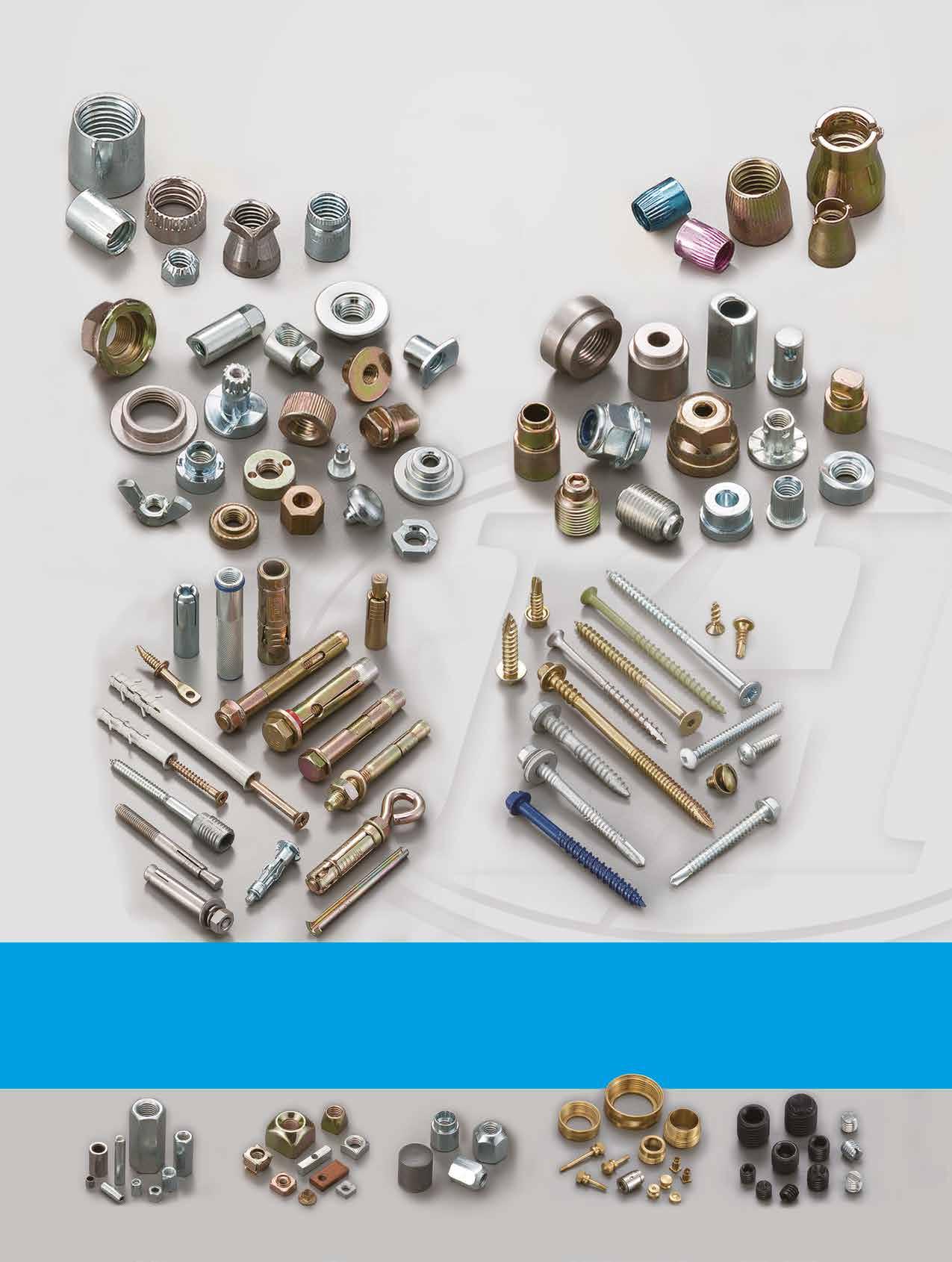
5,000,000 10,000,000
South Korea, 464,431, 1%
Year
Malaysia, 416,765, 0%
South Korea, 385,696, 3%
Spain, 434,240, 3%
Taiwan, 806,165, 5%
Italy, 229,814,
Germany, 1,102,305, 7%
Philippines' Global Fastener Export Value in the Past Decade
France, 1,850,009, 13%
China, 61,051,479, 83%
Philippines Fastener Import from 10 Sources in 2023
35,853,828 38,181,394 29,259,221 46,964,854
Year
Japan Vietnam Taiwan Singapore ailand India South Korea Malaysia
South Korea, 385,696, 3% Italy, 229,814, 2% China, 172,362, 1%
Spain, 434,240, 3%
South Korea , 3,390,607, 2% Malaysia, 13,820,428, 8%
Taiwan, 806,165, 5%
Germany, 1,102,305, 7%
Japan, 5,381,892, 36%
USA, 4,287,427, 29%
Philippines’ Fastener Export to the Top 10 Sources in 2023
South Korea, 385,696, 3%
Spain, 434,240, 3%
China, 76,621,728, 43% %
France, 1,850,009, 13%
Taiwan, 806,165, 5%
Germany, 1,102,305, 7%
France, 1,850,009, 13%
Netherlands, 94,558, 1%
Italy, 229,814, 2%
China, 172,362, 1%
2%
Japan, 5,381,892, 36%
USA, 4,287,427, 29%
Philippines’ Fastener Export to the Top 10 Sources in 2023
Philippines Fastener Import from Top 10 Sources in 2023
Japan USA France Germany Taiwan Spain South Korea Italy China Netherlands
hina Japan Vietnam Taiwan Singapore Thailand India South Korea Malaysia
China, 1,796,283, 3%
Italy, 1,152,587, 2%
South Korea, 6,838,600, 13%
Spain , 865,826, 2%
Taiwan, 3,352,903, 7%
Germany, 4,864,364, 10%
France, 3,098,114, 6%
Japan
Netherlands, 579,788, 1%
China, 1,796,283, 3%
Italy, 1,152,587, 2%
South Korea, 6,838,600, 13%
Spain , 865,826, 2%
South Korea, 6,838,600, 13%
Netherlands, 94,558, 1%
Germany, 4,864,364, 10% Taiwan, 3,352,903, 7% Spain , 865,826, 2%
Japan, 5,381,892, 36%
, 17,999,221, 35% USA,10,543,086, 21% France, 3,098,114, 6%
USA, 4,287,427, 29%
Philippines’ Fastener Export to the Top 10 Sources in 2023
Philippines’ Fastener Export to the Top 10 Sources in 2023
Philippines' car sales (Figure 9) showed a classic V-trajectory in and out of the pandemic. After bottoming out at 223 thousand units in 2020 came a drastic rebound. By 2023, the sales breached the pre-pandemic level of 369 thousand units and reached 429 thousand vehicles (including 109 thousand passenger cars and 320 thousand commercial cars, as in Figure 10), breaking the country’s highest record. Philippine News Agency, which voices for the government, predicts that sales this year are expected to exceed 500 thousand vehicles. Demand for automotive fasteners in the Philippines is also expected to grow this year.
Netherlands, 579,788, 1%
( Source: Philippine Daily Inquirer)
Taiwan, 3,352,903, 7%
Out of the top 10 car manufacturers in the Philippines in 2023 (Figure 11) , 6 were Japanese car manufacturers. Toyota had the largest market share, with sales of 198 thousand vehicles, showing that the country relied most heavily on the supply of Japanese car manufacturers, followed by Ford from the U.S. and Geely as well as SAIC MG from China.
Japan , 17,999,221, 35% USA,10,543,086, 21%
Philippines’ Fastener Export to the Top 10 Sources in 2023
Germany, 4,864,364, 10%
France, 3,098,114, 6%
Japan USA France Germany Taiwan Spain South Korea Italy China Netherlands
Japan , 17,999,221, 35% USA,10,543,086, 21%
Philippines’ Fastener Export to the Top 10 Sources in 2023
Source: Sta�sta)
The Philippines has been actively developing national infrastructure in recent years. After President Ferdinand Marcos Jr. took office, he continued Duterte 3B (meaning Build! Build! Build!) infrastructure plan and renamed it BBM (Build, Better, More) and extended its implementation period to 2028. He has currently approved a total of 194 infrastructure projects (35% of which are already in progress), covering public transportation, electricity, health, IT, water resources, agriculture and other fields, with a total budget of US$157.937 billion. Projects of higher importance include the North-South Railway Project, Metro Manila Subway, Taguig Integrated Terminal Exchange, New Manila International Airport, Bataan–Cavite Interlink Bridge, PanayGuimaras-Negros Island Bridges.
Apart from large infrastructure construction, let’s look at the number of construction permits issued by the Philippine government (Figure 12). The number has generally been rising year by year in the past five years. Although the number in 2023 dropped to the level of 2021, from Figure 13 , the value of the Philippines' construction market has continued to rise in the past three years, reaching a scale of US$65.2 billion in 2023, showing that the momentum of the country's construction market is still going strong. The demand for construction fasteners is also expected to climb.
Philippine Statistics Authority announced that the Philippines’ economic growth rate in Q4 2023 was 5.6% (Figure 14), the same as the annual growth rate, only second to Vietnam at 6.7%, and even surpassing China at 5.2% and Malaysia at 3.4%. Arsenio Balisacan, Secretary of the Philippine National Economic and Development Authority (NEDA), said that although the full-year economic growth fell short of the government’s target of 6-7%, the country remains one of the best-performing economies in Asia. The minister said the government adheres to the growth target of 6.5 to 7.5% this year and will encourage the expansion of the construction and agricultural sectors in the future.
Note:
For decades, the Philippines' power infrastructure has been incomplete. Power outages have occurred from time to time. Those who want to go there to do business or set up factories should take the risk of power outages in the Philippines into consideration.
Copyright owned by Fastener World / Article by Dean Tseng
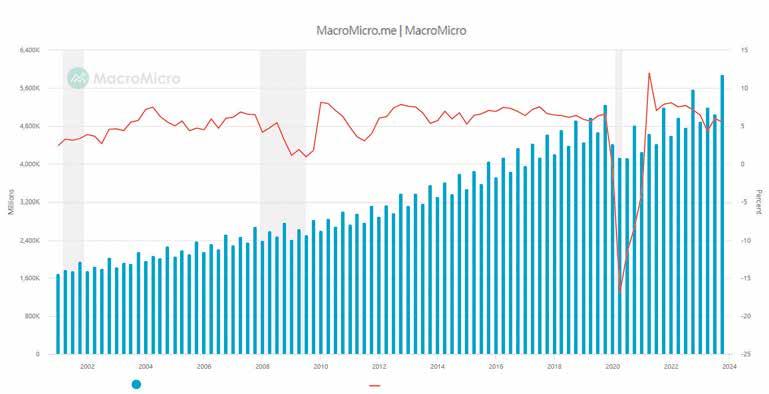



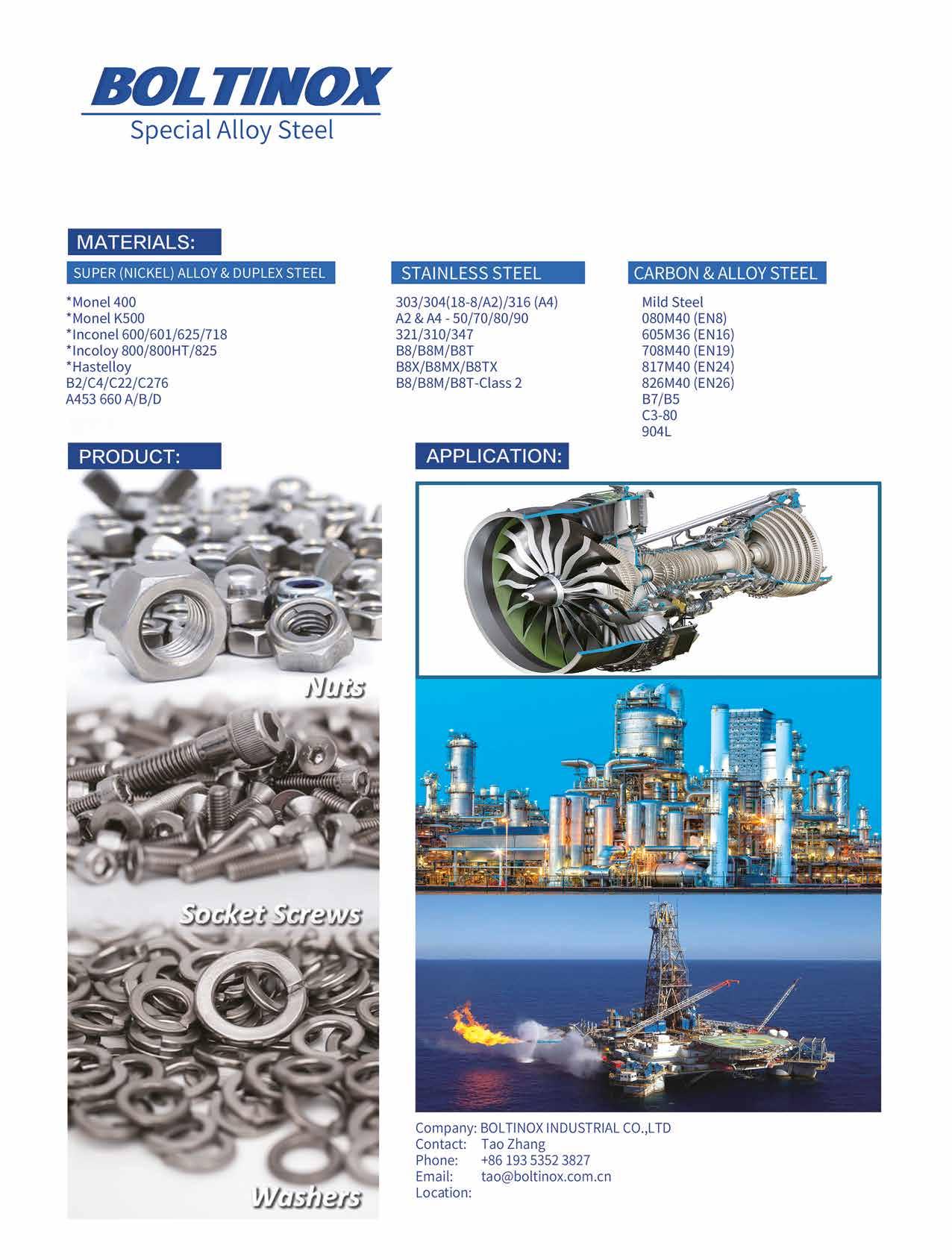
Vietnam's construction industry is experiencing a period of tremendous growth, fuelled by a combination of factors. Government investment in infrastructure development, a booming real estate market, and rising foreign direct investments (FDI) are propelling the sector forward. This growth presents a significant opportunity for fastener suppliers, as these large-scale construction projects will require vast quantities of various fasteners.
The Vietnamese construction sector is a crucial pillar of the nation's economy. According to the Ministry of Construction of Vietnam, the construction industry's contribution to GDP reached an impressive 9.2% in 2023. This growth is expected to continue in 2024, with forecasts suggesting a growth rate of 6.5%. This positive outlook is driven by ongoing infrastructure projects, a surge in residential and commercial construction, and continuous government support for infrastructure development.
Several large-scale construction projects are underway or planned for 2024 in Vietnam, each with the potential to significantly increase fastener demand. Here's a closer look at some key projects:
• North-South Expressway Expansion1 : The Vietnamese government is heavily invested in expanding the country's North-South Expressway, a vital transportation artery connecting major cities. This ambitious project involves adding additional lanes, upgrading existing infrastructure, and constructing new bypasses. The use of fasteners in highway construction is extensive, encompassing bridge construction, road signs, guardrails, and tollbooths. In an effort to bolster
Vietnam's infrastructure and boost its economic development, Deputy Prime Minister Tran Hong Ha has approved a US$118 million (VND 3,011 billion) to expand the La Son - Hoa Lien section of the North-South Expressway. This crucial transportation artery connects key economic hubs and is vital for national defence and security. Looking ahead to 2024, the ministry aims to complete two sections in the eastern part of the North-South Expressway. The ambitious goal is to complete 2,021km of expressways nationwide during the year. Vietnam's vision for 2025 includes having 3,000km of expressways, essentially completing the eastern part of the North-South Expressway. Furthermore, the government projects a total expressway length of 5,000km by 20302
• Long Thanh International Airport Project 3 : The construction of a new international airport near Ho Chi Minh City is a massive undertaking expected to be completed by 2025. This project will require a vast quantity of fasteners for the construction of terminals, runways, air traffic control towers, and other airport facilities. Long Thanh International Airport is an airport development project which is planned to alleviate traffic congestion at Ho Chi Minh City Tan Son Nhat Airport. In the first phase, a 4000m long runway, taxiways and aprons will be developed to exceed its capacity of 25 million passenger’s p/a(per year) and 1.2 million tonnes of cargo p/a by 2025. In the second, Airports Corporation of Vietnam will develop the second runway and expand the passenger terminal to raise capacity to 50 million passengers and 1.5 million tonnes of cargo p/a. Then, in the final phase, the USD16 billion (total) project is designed to have a capacity for 100 million passengers and five million tonnes of cargo p/a by 2050. The proposed airport is to be located 40km northeast of Ho Chi Minh City Tan Son Nhat Airport.
• Urban Development Projects: Vietnam's major cities, like Hanoi and Ho Chi Minh City, are experiencing rapid urbanization. This trend is leading to a surge in high-rise buildings, shopping malls, and office complexes. These projects utilize a wide variety of fasteners for structural applications, building facades, and interior fit-outs. In February 2024, Vietnam
adopted a new Construction Industry Development Strategy for 2030 – 2045, aiming to boost the construction market, especially in urban infrastructure and housing. The strategy prioritizes key infrastructure projects in major cities and sets ambitious goals for housing construction, including doubling urban housing rates by 2030 and building 1,000,000 housing units for low-income groups. To achieve these goals, the strategy emphasizes international cooperation to attract resources 4 . This aligns with Vietnam’s current development direction, attracting foreign investors already active in the market. For instance, FDI investors have contributed to projects like Hanoi and HCMC metros, with notable companies such as the Chinese 6th Railway Division, the Joint Venture between the South Korean Hyundai and the Italian Ghella, and the Japanese Shimizu-Maeda involved. Luxury apartment complexes and urban towns such as Season Avenue and StarLake projects have also been built by foreign investors in Hanoi, including projects by CSCEC (China) and Daewoo E&C (South Korea), showcasing Vietnam’s investment potential in construction.
• Industrial Park Development: Vietnam's attractiveness as a manufacturing hub is attracting significant foreign investments. This is leading to the development of new industrial parks across the country. The construction of factories, warehouses, and logistics centres within these parks will generate substantial demand for fasteners for various industrial applications. Speaking at the forum, Nguyen Quang Vinh, Vice Chairman of the Vietnam Chamber of Commerce and Industry (VCCI), said that Vietnam has 418 industrial parks (IPs), including 371 IPs located outside economic zones, 39 IPs in coastal economic zones, and 8 IPs in border gate economic zones. About 298 industrial parks have been put into operation. Businesses in industrial parks contribute about 50% of the country's total export turnover.5
While the exact quantity of fasteners required for these projects is difficult to predict, industry reports provide valuable insights into the overall fastener market growth in Vietnam. According to a report by Grand View Research, the Vietnamese fastener market is expected to reach USD 5.2 billion by 2027, growing at a CAGR of 7.8% during the forecast period (2022-2027). This growth can be attributed to the aforementioned construction projects, the rise in manufacturing activities, and the increasing demand from the automotive and shipbuilding sectors.
The newest statistics shows Vietnam's situation in 2022. The total trade of fasteners was USD1.4 billion, of which 50% are exported fasteners and 50% are imported fasteners.
In conclusion, Vietnam's ambitious infrastructure projects in 2024 create a fertile ground for fastener demand. From expanding transportation networks to burgeoning industrial zones, these initiatives will require significant amounts of various fasteners. As a result, fastener manufacturers and suppliers have a promising opportunity to cater to this growing market in Vietnam.
1 https://en.vneconomy.vn/vietnam-approves-118-million-expansion-of-key-north-southexpressway.htm
2 https://www.thestar.com.my/aseanplus/aseanplus-news/2024/01/08/new-transportinfrastructure-poised-to-drive-vietnam-economic-growth#:~:text=Looking%20ahead%20 to%202024%2C%20the,expressways%20nationwide%20during%20the%20year.
3 https://centreforaviation.com/data/profiles/newairports/long-thanh-international-airport
4 https://www.dandreapartners.com/vietnam-construction-industry-situation-andopportunities-for-2024/
5 https://en.vietnamplus.vn/barriers-in-industrial-park-development-must-be-removedinsiders/283709.vnp



Thailand, Southeast Asia's economic powerhouse, is experiencing a surge in significant infrastructure and development projects. These projects span across various sectors, including transportation, energy, and construction, and are poised to propel Thailand's fastener industry forward in 2024.
Thailand's fastener industry is well-established and boasts a strong export orientation. According to the statistics, the industry generated trade revenue (Exp.+Imp.) of US$1.63 billion in 2023 (61% is the share of import and 39% is the share of export). Quantifying the exact increase in fastener demand from these projects is challenging. However, industry experts estimate a growth of 5-10% in fastener demand in 2024 compared to 2023.
The industry thrives due to several factors, including:
• Skilled Workforce: Thailand has a skilled and readily available workforce experienced in fastener production.
• Competitive Labor Costs: Compared to developed economies, Thailand offers competitive labor costs, making it an attractive manufacturing hub.
• Strong Manufacturing Base: The country possesses a well-developed manufacturing infrastructure, supporting efficient fastener production.
• Free Trade Agreements (FTAs): Thailand benefits from a network of FTAs with major economies, facilitating fastener exports. However, the industry also faces challenges, including:
• Intense Competition: The global fastener market is highly competitive, with players from China and other Asian countries exerting pressure on prices.
• Raw Material Price Fluctuations: Fluctuations in the prices of raw materials like steel can impact production costs.
• Technological Advancements: The industry needs to adapt to advancements in automation and digitalization to remain competitive.
Several significant projects in Thailand are expected to drive up fastener demand in 2024. Here's a breakdown of some key projects:
Eastern Economic Corridor (EEC): The EEC is a government-backed initiative aimed at transforming Thailand into a regional economic and innovation hub. The project encompasses various sub-projects, including:
• High-speed rail network 1 : Connecting Bangkok to major cities in eastern Thailand, this project will require a substantial number of fasteners for rail tracks, stations, and associated infrastructure. Thailand’s high-speed rail (HSR) project – which aims to link the capital Bangkok to Chinese city Kunming via Laos – is likely to be delayed by about 28 months and require around an additional 4.7 billion baht (US$176 million) in funding. This project alone is estimated to consume millions of fasteners for railway tracks, stations, and associated infrastructure.






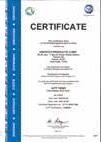


• Smart cities 2 : The EEC envisions the development of smart cities equipped with advanced infrastructure. This translates to a significant demand for fasteners in construction projects related to transportation, utilities, and communication networks. Thailand is among the nations in Asia that are highly active in smart city development aimed at utilizing Big Data to modernize its urban centres into smart, sustainable cities. In 2023, Thailand currently has 36 smart cities in 25 provinces. According to "The Nation", Thailand's Commerce Minister Phumtham Wechayachai announced the government’s plan to establish 105 smart cities in large municipal areas by 2027 during the opening ceremony of the Thailand Smart Expo.
• Industrial estates 3 : The EEC is attracting investments in various industries, leading to the establishment of new factories and production facilities. This surge in industrial activity will necessitate a high volume of fasteners for construction and equipment installation. Over the next three years, domestic economic growth will translate into rising investment in the manufacturing sector, and this will in turn herald an improving outlook for operators of industrial estates. The total footprint of land sold and leased on industrial estates is therefore expected to surge by 18.0-20.0% annually over 2023-2025 to 2,200, 2,700, and 3,000 rai (1 rai = 0.16 hectares) in each of these years.
• Eastern Seaboard Development Program (ESDP): This program focuses on developing Thailand's eastern seaboard into a global logistics and industrial hub. In
2023, Thailand’s eastern seaboard is a major industrial and business hub and is home to a range of major multimillion dollar investments, especially in automotive, electronics, consumer appliances, food processing and petrochemical. Contributing approximately 15% of Thailand’s total GDP, it is also a major centre for logistics and transportation, with close access to deep-sea ports and airports that serve domestic and international markets.
Government Infrastructure Projects: The Thai government is investing heavily in infrastructure upgrades across the country. This includes projects like:
• Roads and bridges 4 : The development and maintenance of road networks and bridges will necessitate a substantial number of fasteners for construction and repairs. Thailand is assessing a massive land bridge project in the country’s south, Prime Minister Srettha Thavisin said involving estimated investments worth US$27.44 billion which would help boost growth and global trade. Bidding and construction would begin in 2025, and create 280,000 jobs in the southern provinces of Ranong and Chumpon, a government study showed, with the stateplanning agency estimating the project could raise economic growth to 5.5 percent annually. Thailand’s economy is forecast to grow 2.8 percent this year and 4.4 percent next year.
• Public transportation5: Investments in expanding public transportation systems like subways and light rail will require a significant quantity of fasteners for track installation and station construction. Thailand's Public Transportation market is expected to witness a significant surge in revenue, with a projected value of US$1.33bn by 2024 and a projected market volume of US$1.27bn by 2028.
• Renewable energy projects 6 : Thailand's push towards renewable energy sources like solar and wind farms will create demand for fasteners used in the installation and maintenance of these facilities. Electricity generation in Renewable Energy market is projected to amount to 24,830.00m KWh in 2024. An annual growth rate of 3.71% is expected (CAGR 2024-2028).


Thailand's robust infrastructure development plans and focus on industrial expansion are poised to significantly drive up the fastener demand in 2024. This presents a golden opportunity for fastener suppliers to capitalize on this growth by adapting their product offerings, streamlining operations, and forging strong industry relationships. Embracing innovation and sustainability will be key differentiators in a competitive market. Fastener suppliers who can effectively navigate these dynamics stand to gain a significant advantage in the thriving Thai fastener industry.
https://www.businesstimes.com.sg/international/asean/thailand-s-high-speed-rail-linkto-china-delayed-at-least-two-years-incurs-extra-costs
https://www.asmag.com/showpost/34065.aspx#:~:text=In%202023%2C%20 Thailand%20currently%20has,of%20life%20for%20city%20inhabitants. https://www.krungsri.com/en/research/industry/industry-outlook/real-estate/ industrial-estate/io/io-industrial-estate-2023-2025
https://www.businesstimes.com.sg/international/thailand-assesses-us274-billion-landhttps://www.statista.com/outlook/mmo/shared-mobility/public-transportation/ thailand#:~:text=Thailand's%20Public%20Transportation%20market%20 is,US%241.27bn%20by%202028.
https://www.statista.com/outlook/io/energy/renewable-energy/ thailand#:~:text=Electricity%20generation%20in%20Renewable%20 Energy,(CAGR%202024%2D2028).

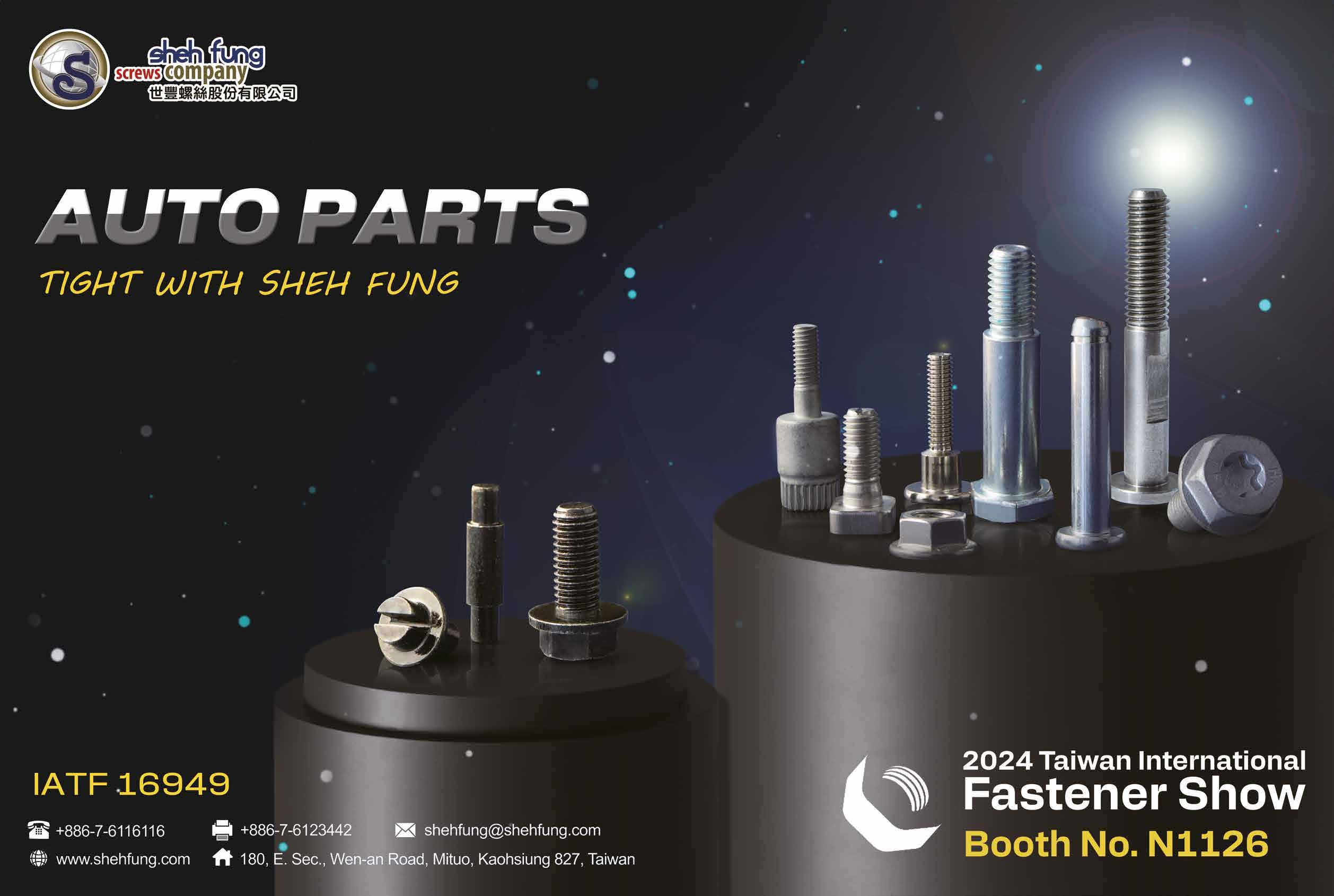

















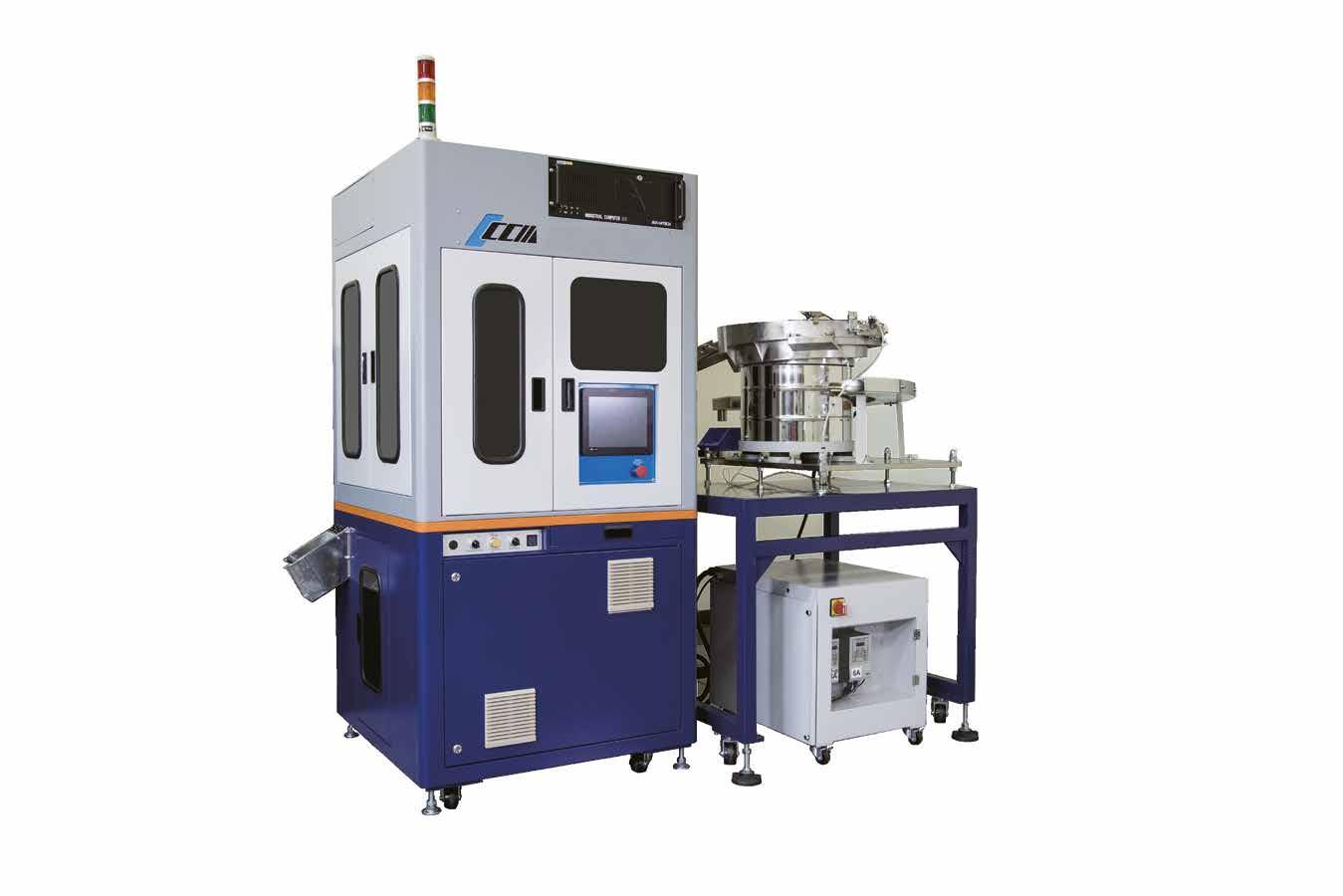



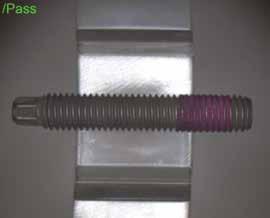
















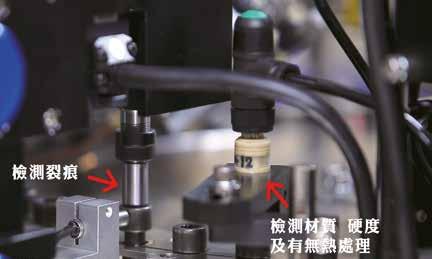




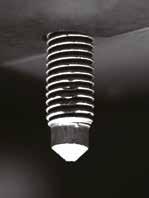

















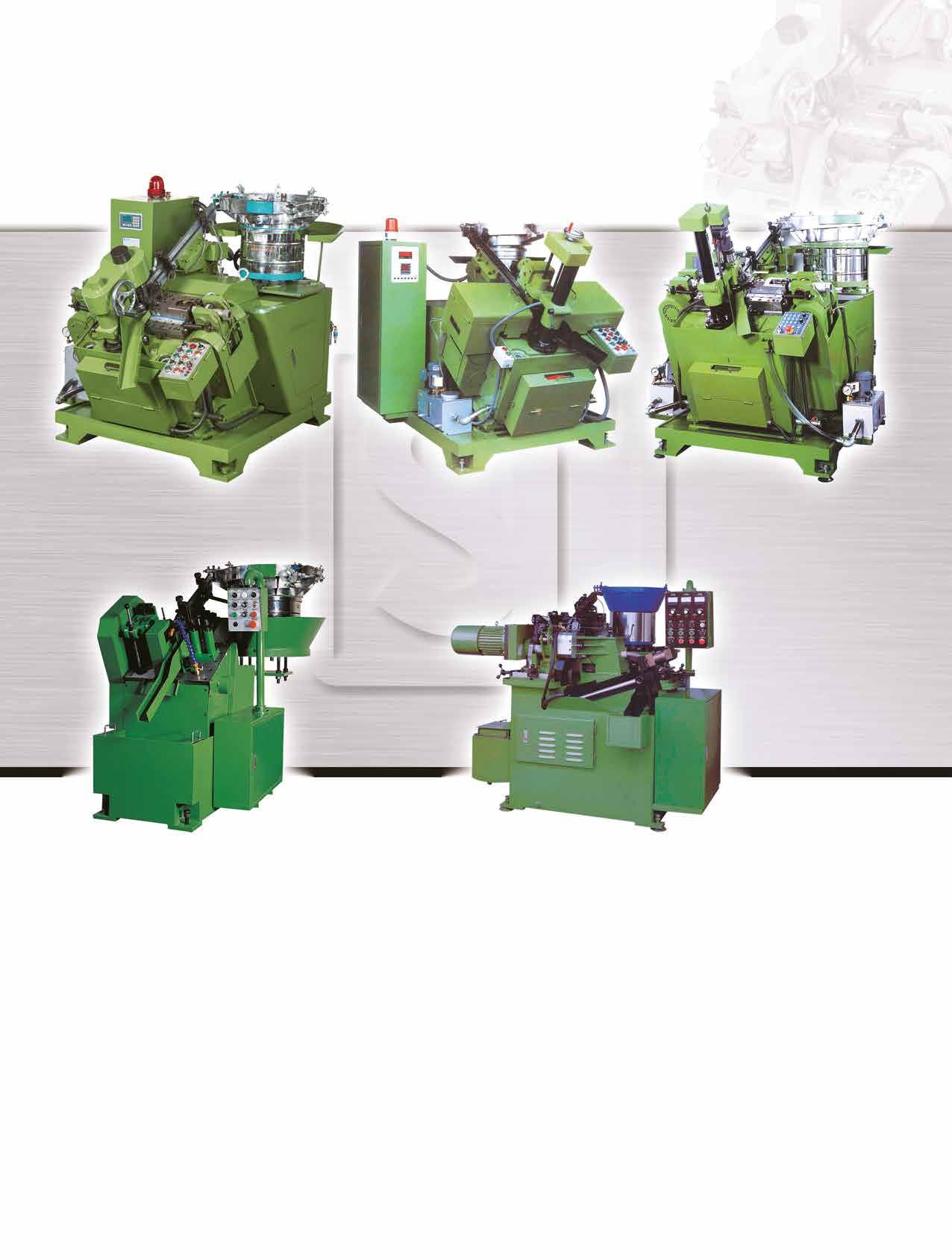





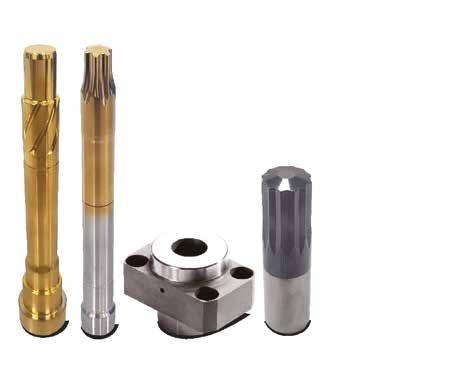


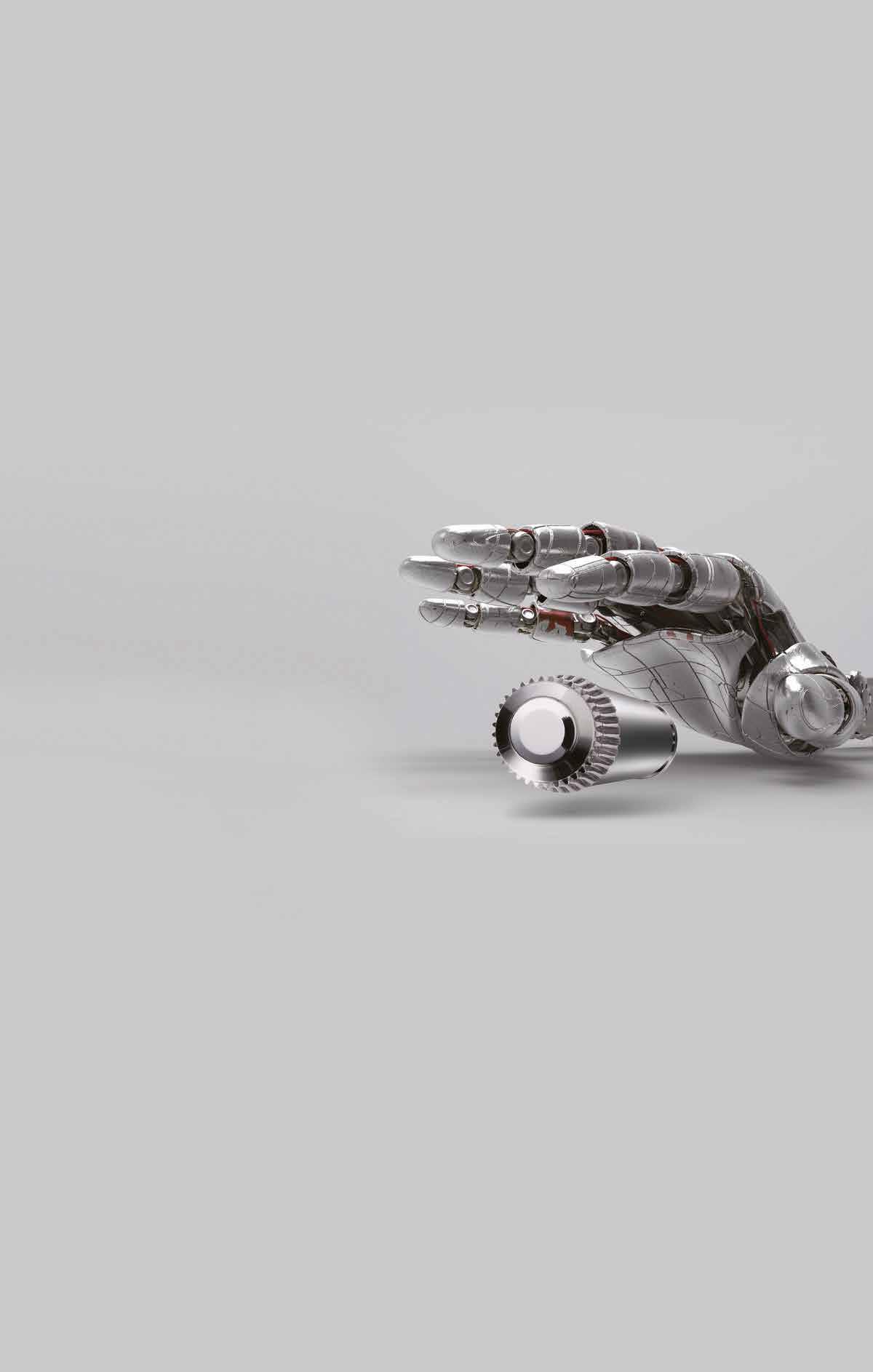











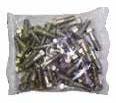


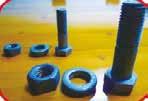













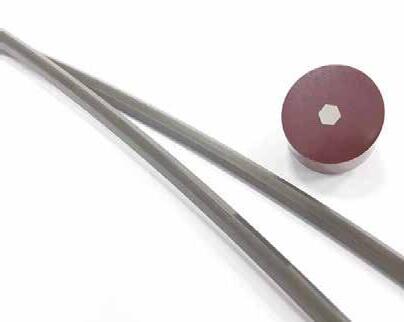





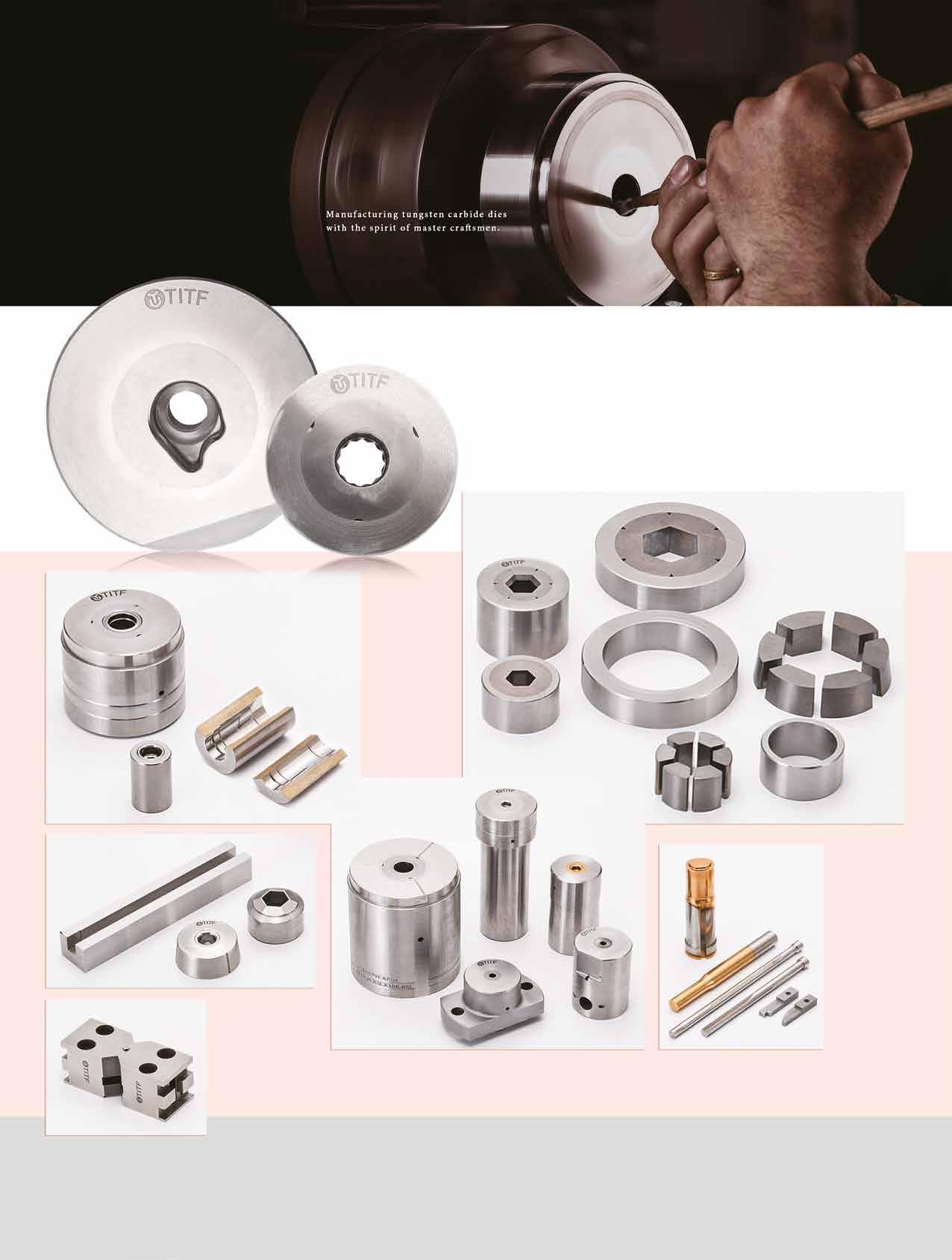


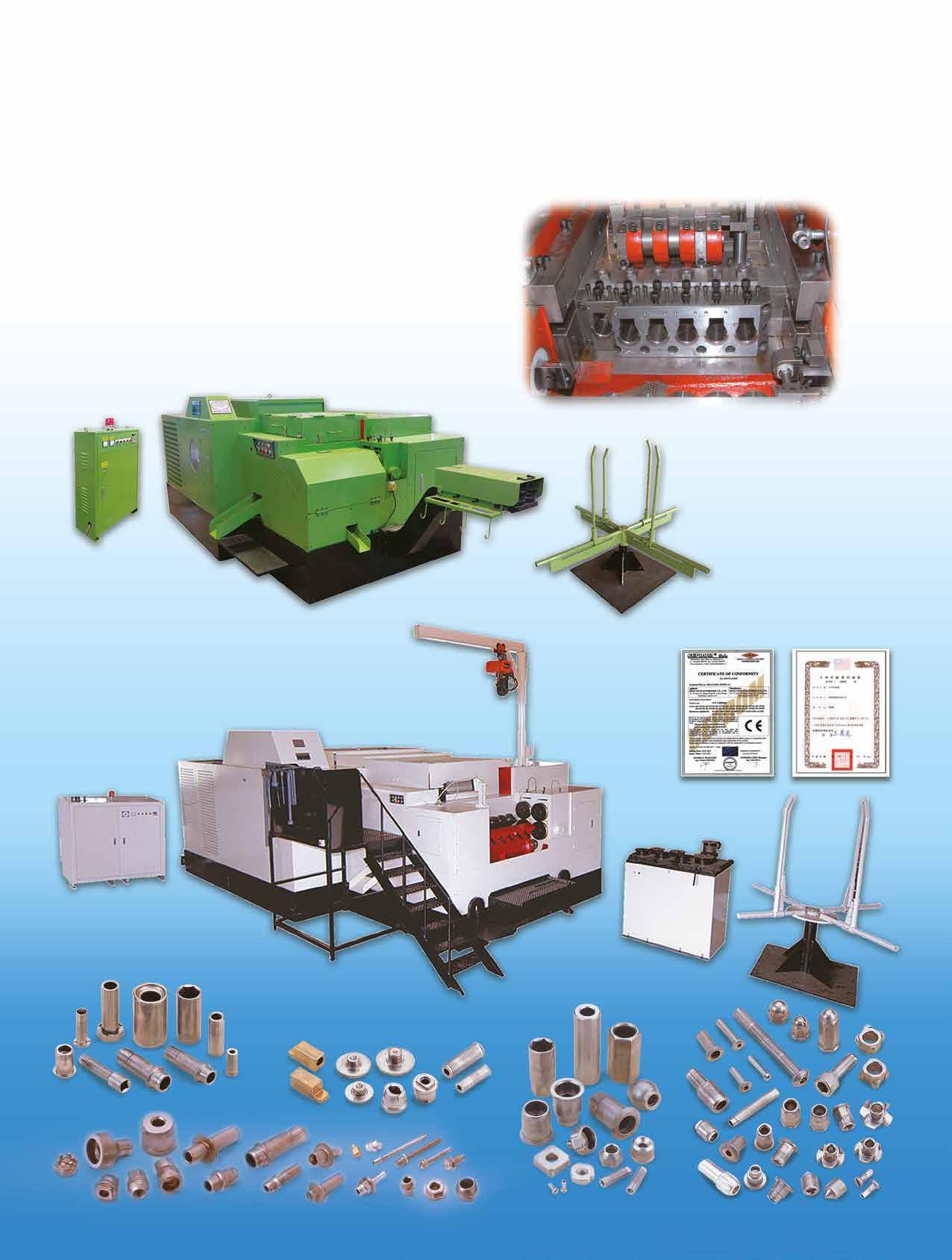










TFA contact: President Tom Yen
Email: tfa_6970693@yahoo.com.tw

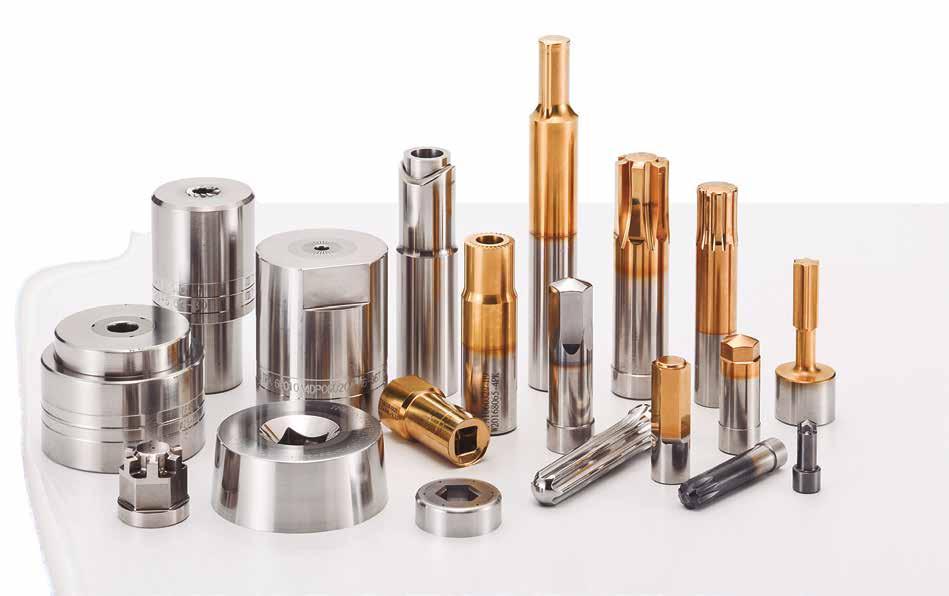
Started as a tool parts manufacturer with rich experience and technology in the field of parts processing, Tung Fang Accuracy Co., Ltd. (TFA) is a professional manufacturer that provides a wide range of high-quality punches, tungsten steel dies, and machine parts tools for the fastener industry both domestically and internationally. Since its inception in 1995, the company has not only continued to develop the technology and design of punches & dies, but has also met the needs of customers all over the world with excellent and durable products and innovative customized services. With the team's efforts in expanding the international market over the past 30 years, the company has successfully entered the European and Asian markets such as Germany, Italy, Japan, Turkey and India. This year, it also participated in the Wire Düsseldorf in Germany, hoping to gain more cooperation opportunities in Europe and other important demand markets.
Having successfully obtained the ISO 9001:2015 certification, TFA mainly offers Torx punches, dodecagonal punches, hexagonal punches, tungsten steel punches, non-standard punches, tungsten steel screw dies and screw dies, which can be 100% customized according to customer's drawing requirements. These products play an integral role in helping their customers maintain superior quality and enhance performance in real-world applications, and have been the key to many fastener suppliers upgrading from standard parts manufacturing to mid-range and high-end products manufacturing. TFA insists on using high speed steel, ASP powder-metallurgical steel, tungsten steel, and steel by Austrian Bohler as raw materials, which are used in conjunction with the coating to greatly increase the service life of products. In terms of manufacturing process, it has also introduced various automated machines and equipment, and
optimized and upgraded the hardware equipment to create a fully automated process that can produce durable and precise punches & dies in a fast manner.
“As a professional supplier of integrated punches & dies, we’ve always believed in the importance of creating a winwin situation and sustainable business, and at the same time, we also uphold the concept of continuous R&D, striving for excellence, and continue to provide excellent technology, quality, design and service standards to win the trust of our customers,” TFA says.
In recent years, TFA has been actively expanding into the international market, deepening the connection with the direct users of its products, and strengthening its ability to provide more complete customized services to meet the needs of midrange and high-end market customers. By adopting TFA's punches & dies, users can achieve more efficient connections at all stages of the production process, and will not have any subsequent customer complaints or production line interruptions due to the use of poor-quality punches & dies.
“We continue to be on the front line in solving the problems encountered by our customers in processing their products, and at the same time, we focus on providing the best product solutions for our customers to enhance their competitiveness. We look forward to working with more domestic and international customers in the future to enhance the brand value of their products and gain more orders,” TFA says.





















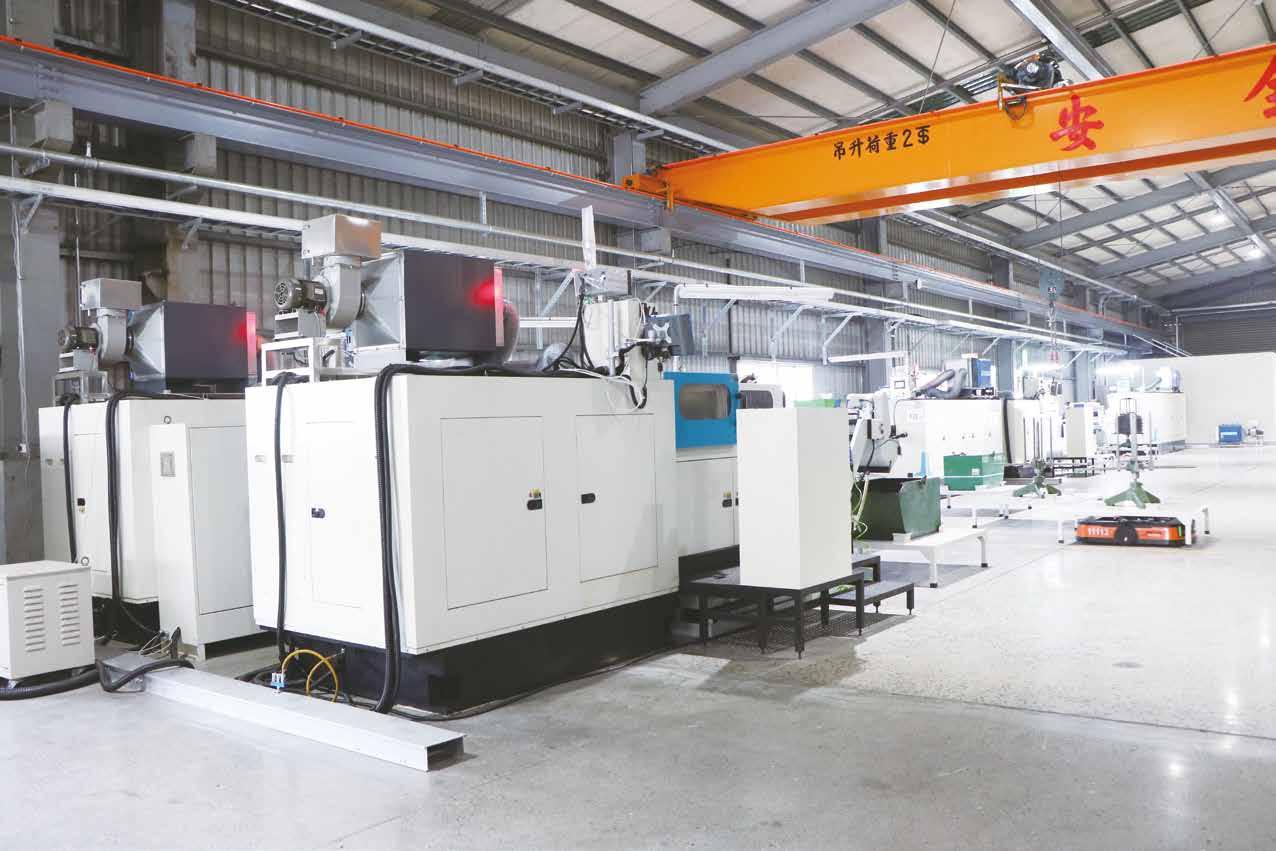





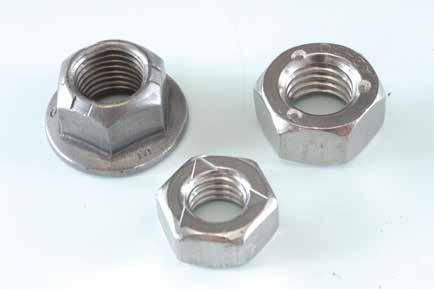
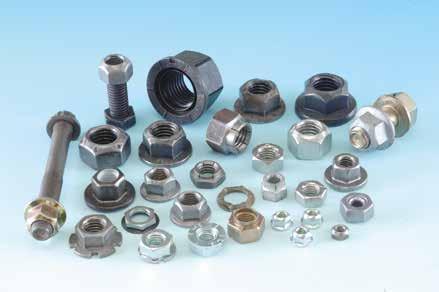


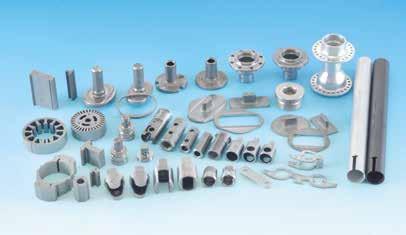



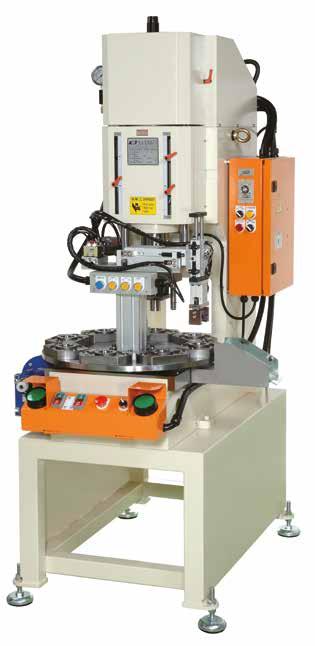


D rill-point screws are more difficult to process than other types of screws, so if manufacturers use poor quality molds, the quality of the finished products is often poor or their stability cannot meet the standard, thus resulting in the failure to meet customers’ requirements. However, this problem can now be solved once and for all with the use of drill-point dies produced by Kuo Chen Mold Co., Ltd. specifically for processing carbon steel, stainless steel, and bi-metal screws.
Over the years, Kuo Chen has been continuously recognized by several companies and designated as their drill-point dies supplier, accordingly, it has accumulated rich experience in how to help the industry produce drill-point screws with higher technical difficulties; on the other hand, with the support of Kuo Chen, these industry players continue to maintain quality consistency that is the envy of their competitors. It is understood that there are not many manufacturers capable of producing drill-point dies in Taiwan, and Kuo Chen has undoubtedly played an indispensable role in assisting drill-point screws manufacturers in successfully entering the global market.
I n addition to insisting on adopting highspeed steel and tungsten steel with high hardness/wear/high temperature resistance for molds, and enhancing the stability of molds through 3D drawing software and CNC precision equipment, Kuo Chen's strong R&D capability is the main reason for it to win the favor of so many manufacturers. Many overseas customers who use dies made by Kuo Chen to produce certified drill-point screws are highly affirmative of its ability to make adjustments in design parameters that best meet their product characteristics and drawing requirements, as well as its service life and stability. Currently, Kuo Chen's market share in Taiwan and China is quite high, and it is expected that as the demand for drill-point screws in the field of construction and roofing structure is growing, the demand for drillpoint dies will also rise.
"We once developed drill-point dies for a Japanese customer. Through sample testing, feedback from the customer's actual data, as well as tireless discussions with the customer to optimize and improve the dies, we finally created a finished product meeting the requirements and continue to provide the most appropriate assistance to the customer when they encounter problems in applications, and have built up a strong reputation among our customers. In the future, we’ll also continue to help domestic/foreign customers improve product quality, further expand Europe, America, Asia and other markets with huge demand for drill-point dies, and promote Taiwan's high-quality drill-point dies to the world," said Kuo Chen President Ching-Hsi Ho.
Copyright owned by Fastener World Article by Gang Hao Chang, Vice Editor-in-ChiefKuo Chen contact: President Ching-Hsi Ho
Email: KuoChenMold@gmail.com

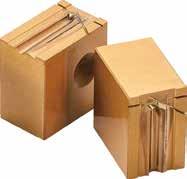



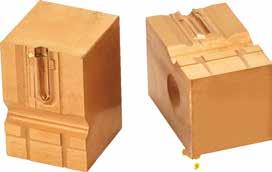








When a fastener fails, it is important to gather as much information about the application and details of the installation as possible as this will not only help determine the root cause of the failure but how further failures may be prevented.

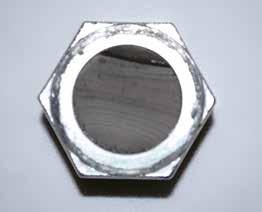
This is the time we categorize the data we collected. Sometimes we can tell by the appearance of the samples and fracture surface what may have happened. This will narrow the questions and failure possibilities.
For instance, a ductile fracture (Photo 1) will exhibit dimples with an inclusion, or a cups and cones appearance with a dull colored surface. It will also show some type of distortion, as the material will deform plastically before ultimate failure. However, if the load is applied very rapidly, as in a shock or impact load even while tightening, a ductile material may have the appearance of a brittle fracture. This can happen when using unregulated pneumatic installation tools.
Check the threads of the bolt to determine if there is a change in thread pitch. This will indicate if the bolt was stretched into yield either by service loads or during installation.
A brittle fracture may be flat, similar to metal fatigue but is more shiny, exposing grain boundary cracking, or grain boundary cleaving. Brittle fractures will not show visible signs of distortion. Some fractures may have the characteristic markings of chevron or waterfall patterns, which point to origin of stress initiation.
Metal fatigue (Photo 2) will display the conchoidal or 'beach marks' striations across the fracture surface. These will be a series of bands which may be dark, light or both. The darker bands signify low frequency impacts or vibration, while the lighter bands are indicative of a higher frequency or more rapid impact loads.
Photo 3 is of a metal fatigue fracture of a wheel stud. There are several initiation points in the fracture zone which suggests the wheel stud experienced a rotational load and a bending load in a loose condition.
Typically, fatigue fractures initiate either at the last thread run-out or at the first unengaged thread protruding from the nut.
• What type and grade strength of fastener was used?
• Did the grade of the nut match the strength of the fastener?
• Were all of the fasteners used in the connection the same grade or type?
• Was the fastener strength compatible with the joint service loads?
• How was the fastener used?
• Was it a static load?
• Was it subject to extreme environmental conditions?
• Was it in a dynamically loaded joint?
• Were there alternating loads?
• Were the loads axial?
• Was the joint subject to vibration or impact loads?
• Was the fastener subject to shear loads?
• Ancillary components used:
• Flat washer; type, size, coating.
• Nut; standard, locking, grade, coating.
• Were there multiple fasteners in the joint?
• Were the failures adjacent to each other if multiple failures?
• How were the fasteners installed?
• By hand wrench
• Pneumatic tool
• Torque wrench
• Where were the fasteners tightened?
• Bolt head
• Nut
• Both
• What is the condition of the joint surfaces?
• Rusty or rough
• Painted or smooth
• What is the condition of the failed parts?
• Where is the location of the fracture?
• At the head?
• The thread run-out?
• First thread outside of the nut?
• What is the condition of the fracture surface?
• Smooth, dull, bright, rusty?







This basically means to check the grade strength or property class of the bolt and nut to be sure the nut is compatible with the strength of the bolt. If not, there will be stripped threads and/or fatigue marks on the fracture surface because clamp load was lost.
Clamp load is also lost if a wrought flat washer was used with a Grade 5 (8.8 metric) bolt or higher. If the washers have indentations, clamp load was lost. The washers in Photo 4 have caused a massive loss of clamp load. Metal fatigue from this lost clamp load will cause a rapid bolt failure.
In addition to being too soft to sustain the service loads of the joint, the washer on the left of Photo 4 has an inside diameter that is too large to fully support the loads under the head of the cap screw. This washer is typically called a USS washer. The washer on the right is an SAE flat washer whose inside diameter will fully support the loads under the head of the cap screw. Washers without indentations are made from hardened steel and will sustain fluctuating loads.
Coatings can make a difference in environments with elevated temperatures. Photos 5-A and 5-B are of an all-metal lock nut that came off a turbocharger. Similar examples have been used in exhaust manifolds or boiler vessels. The inside will look like Photo B The gold colored nuts are cadmium plated and will fail from Liquid Metal Embrittlement at temperatures exceeding 400 ⁰ F or 204⁰ C. LME is time dependent so failure will take longer at lower temperatures than higher. Zinc plating will also cause LME but at much higher temperatures.
Proper bolt selection depends on knowing what the service loads are. If the bolt is bent, it was not the correct strength or diameter for the application. Heavy vibration and impact loads will cause metal fatigue if the bolts are not properly tightened and maintained. There should also be enough bolts in the connection to carry the load and reduce the individual bolt stress.
Some corrosive environments ( Photo 6) can lead to stress-corrosion-cracking, where the grain boundaries become under chemical attack. Standing water will set up an electrolytic cell and cause hydrogen embrittlement.


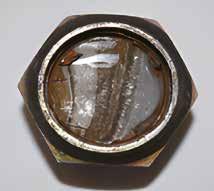



an air tool
Other times, when there is rust in the fracture zone, it can signify that the failure was not new and had been propagating for some time. This could also cause other stress initiation sites.
Agricultural machines come under heavy chemical attack, even if properly washed down every day. Some have replaced their OE bolts for stainless steel to avoid the frequent replacing of rusty bolts. Unfortunately, in some cases the stainless steel bolts (Photo 7 ) will fail in a bending mode and metal fatigue because they weren’t as strong as the OE bolts they replaced.
This makes a huge difference because a fastener can never be evenly tightened by hand with a hand wrench. Thread frictions vary and so does the installer’s ‘feel’. Sometimes the handle length of standard wrenches does not provide the proper leverage for higher grades of fasteners.
Torque wrenches are fine but not always accurate due to a multitude of variables, mostly including friction.
Pneumatic wrenches are mostly unregulated to output torque. They try to seek a stall point from thread friction. If the threads were lubricated, they would have either stripped the nut threads or stretched the fastener into yield.
Air wrenches are quick. They can cause galling and thread locking of stainless steel fasteners, even if they are of different types of stainless: it is the speed that destroys the fastener. The speed of assembly can also cause an underloaded joint and subsequent metal fatigue because a high compression rate is created as the nut slams into the joint surface. This compressive force has an equal and opposite reaction or recoil which will leave the joint not as tight as expected.
The impact wrench will always leave tell-tale signs of abuse. In Photo 9, the hex corners of the nut clearly display markings from the socket on the installation side (right) of the hex corners. There are also markings on the off side (left) which appear not only from removal but from the recoil of the socket as the impact goes forward and instantly recoils back.
With proper investigative techniques, the cause-effect of failures can be determined so that preventive measures can be employed.

The biennial Wire Düsseldorf, which was co-located with Tube Düsseldorf, took place at Messe Düsseldorf from April 15-19 this year, with a total of 17 exhibition halls open. The exhibits included: fastener manufacturing, processing machines, precision formers & technologies, various wire & cable materials, manufacturing & processing auxiliary machines, press/lubrication technologies, automation & quality control systems, welding equipment, quality inspection & measuring instruments, spring manufacturing, pipe materials & spare parts, etc. Visitors took opportunities during the 5-day event to keep pace with the development and latest trends of these industries in one visit.
The “wire” zone this year utilized 67,400 sq. m of exhibition space and attracted 1,500 exhibitors from 60 countries. The “tube” zone used 52,200 sq. m of exhibition space and attracted 1,200 exhibitors from 54 countries. Together, the two zones had about 120,000 sq. m of exhibition space and 2,700 exhibitors. Nearly 50 fastener machine equipment, mold & dies, and parts /components manufacturers from Taiwan also exhibited their latest products and services, demonstrating the soft power of Taiwanese related industries.
Fastener World Inc. also signed up to participate in the exhibition in 2024. Through the distribution of our magazines on-site, we interacted with buyers from Germany, neighboring European countries, and even from the Americas and Asia, and introduced to visitors a reliable and efficient sourcing platform that could enable them to search for more


high-quality suppliers in a one-stop way, actively playing the role of a bridge between buyers and sellers. During the 5 days, our stand attracted buyers interested in cooperating with Taiwanese and global quality suppliers to make their inquiries.
According to statistics of the organizer, this year's show attracted visitors from 135 countries to Düsseldorf, including not only domestic German visitors, but also those from Italy, Spain, Belgium, France, Austria, the Netherlands, Turkey, Switzerland, the UK, Sweden, Poland, the Czech Rep., the U.S., Canada, S. Korea, Taiwan, India and Japan. There were also visitors from Central and North America, Turkey and Asia, who wanted to meet the exhibitors face-to-face, explore innovative products and look for new suppliers.
Innovation was the main theme of this year's show. Besides the exhibition itself, a few esteemed experts and industry leaders were invited to give speeches and presentations, and special shows and digital guided tours were also highlights of this year's show. Exhibitors also actively demonstrated their companies' sustainable development strategies and shared with guests their green energy policies and carbon reduction targets they already achieved.

The organizer has also officially announced that the next show will be held again from April 13-17, 2026.

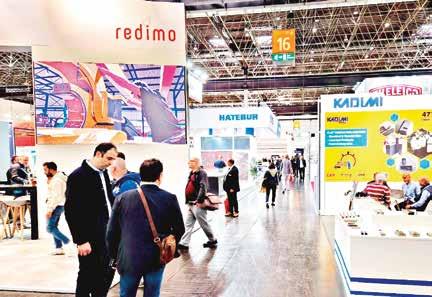
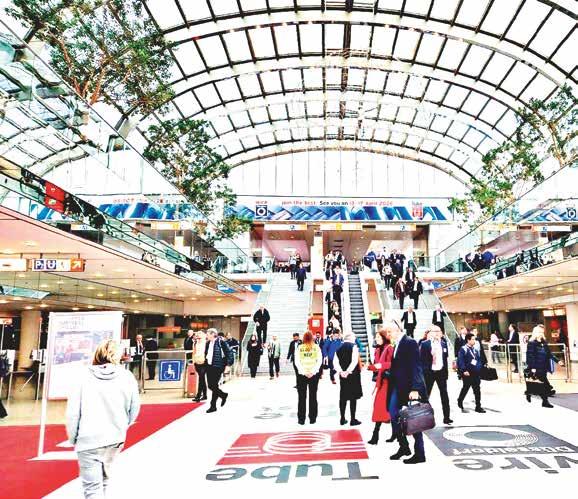
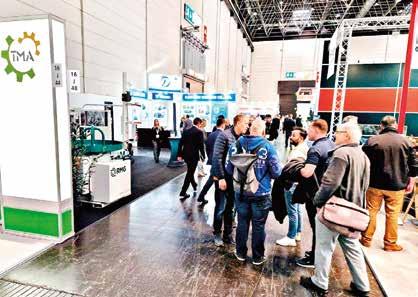
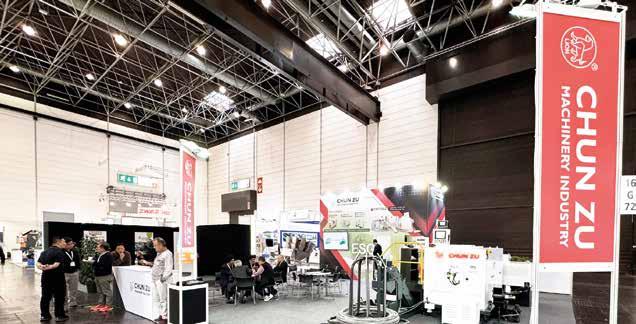







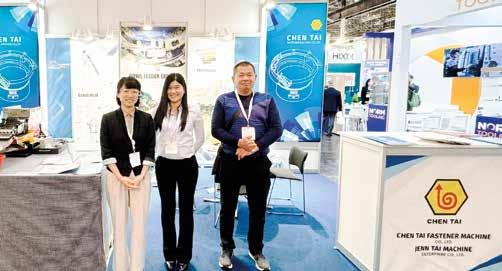



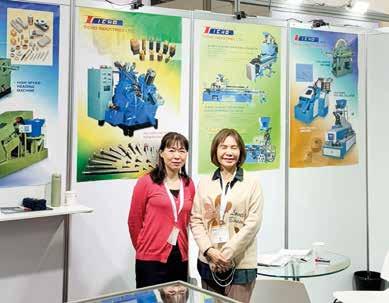

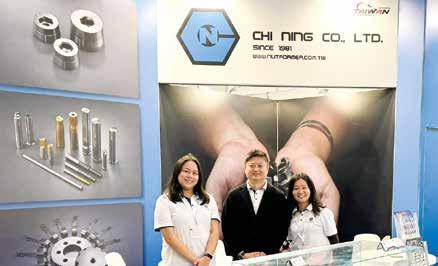 CHUN ZU CHIEN TSAI • CHING CHAN • JIE LE
SACMA
TSIN YING GWO LIAN
INFINIX
SAN SHING K. TICHO
CHUM YUAN
DAH-LIAN FRATOM
CHEN TAI
CHUN ZU CHIEN TSAI • CHING CHAN • JIE LE
SACMA
TSIN YING GWO LIAN
INFINIX
SAN SHING K. TICHO
CHUM YUAN
DAH-LIAN FRATOM
CHEN TAI
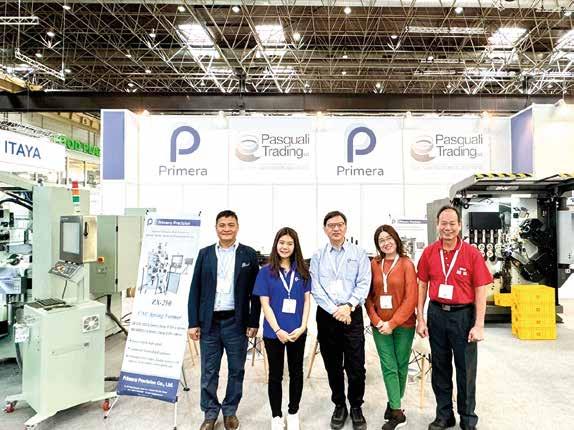


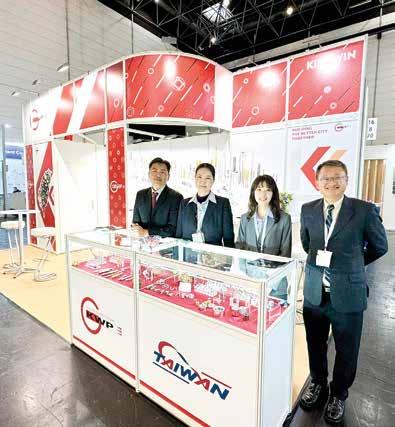
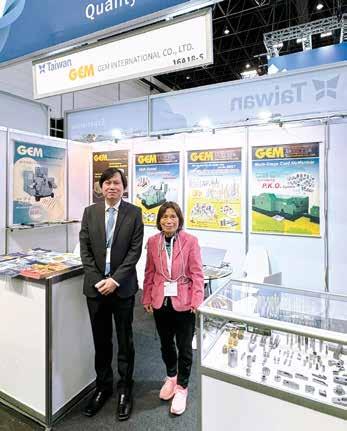


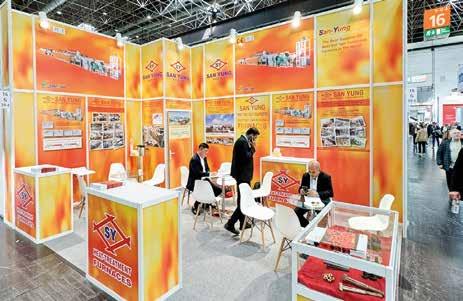
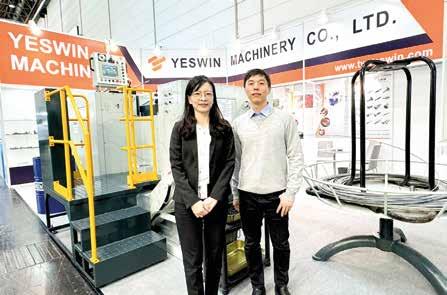




 PRIMERA
JI LI DENG
PRIMERA
JI LI DENG




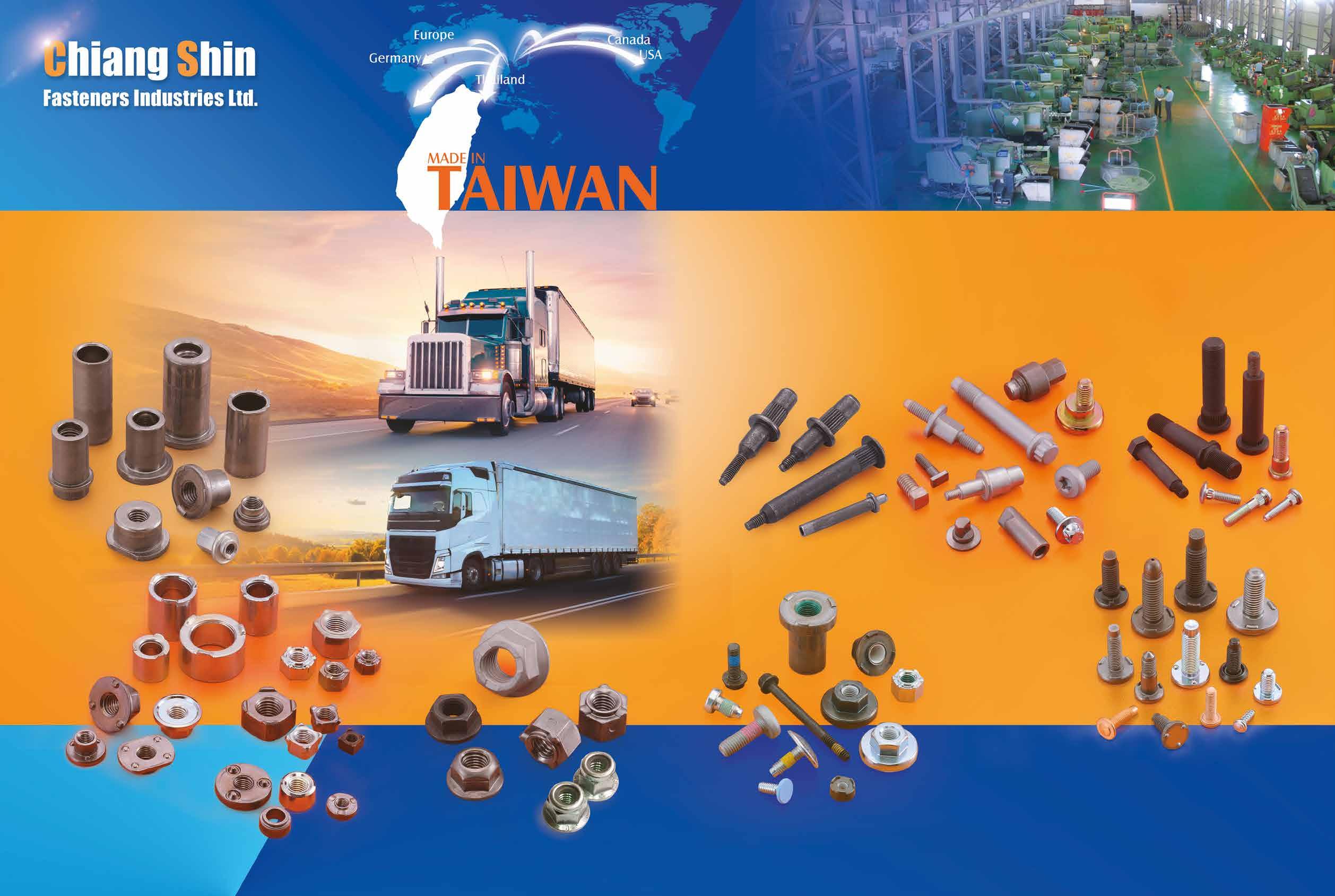


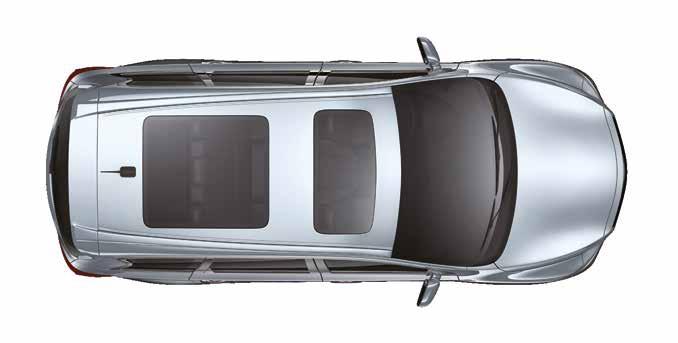










Hannover Messe in Germany, the annual event for all industries, kicked off on April 22, 2024 at Messe Hannover and attracted industry professionals from all over the world to visit the 5-day event. Since it was first organized in 1947, the trade fair has become one of the most important international platforms for the global industries to explore innovative products and observe the latest technologies and trends. This year, 15 exhibition halls were open for the show and attracted more than 4,000 exhibitors from the production and R&D fields of industrial manufacturing, mechanical engineering, automation, electronic engineering, digital industry, innovative materials and components, and energy-related industries, showcasing more than 14,000 products and sustainable solutions for industrial applications with outstanding performance.
The show this year focused on "Energizing a Sustainable Industry", with special emphases on AI & machine learning,
carbon neutral production, energy, Industry 4.0/Manufacturing-X, and hydrogen & fuel cells technology trends and developments. Through this annual event, exhibitors and visitors looked forward to creating further synergy and cooperation, fostering progress and development, stimulating more eco-friendly and innovative production, getting to know more technology trends, increasing industry competitiveness, and establishing successful networking contacts.
The organizer also invited many well-known figures from the industry, government and academia to give speeches. President of the European Commission Ursula von der Leyen and Chancellor of Germany Olaf Scholz as the invited guests were also present, demonstrating the official support of the European Union and German Government for the development of industrial upgrading and other related trends.
Copyright owned by Fastener World Article by Gang Hao Chang, Vice Editor-in-Chief


Q1: Which part of the screw thread is subject to a large force?

Figure 1
A: Figure 1 shows the distribution of Mises stress that generates in the engaged threaded portion when an axial force (purely tension) is applied to the bolt. Mises stress is a stress by which various stress components acting on the target portion are replaced into a single component, and is used to judge the yield of the target material. Generally, the maximal stress occurs at the bolt thread root closest to the nut bearing surface. This portion is normally under plastic deformation, but the high stress area shown in black is concentrated in a narrow area around the thread root, so it does not immediately affect the strength of the bolt. In addition, high stresses are also observed at the thread runout and the root radius under the bolt head; hence, please pay attention to the machining accuracy and material defects in these parts.
Q2: Although the thickness of nut is specified by standards, does the strength of the thread portion increase if it is manufactured higher?
A: The thickness of nut is usually about 0.8 times the nominal diameter of the threads. Increasing the nut thickness reduces the maximal stress at the bolt thread root, shown in Figure 1, but the effect is limited. As explained in Q5, “ratio of flank loads “ in my third serial article, the reason for this is that the first engaging thread sustains a large load, which is the basic mechanical properties of threads. Therefore, considering the negative aspects such as increased weight of threaded parts, the specified nut thickness is judged reasonable.
A: Plastic deformation of a bolt usually initiates around the root of the first thread, but as long as the area of plastic deformation doesn’t spread significantly, it will not affect the strength of threaded fasteners. Figure 2 shows the progress
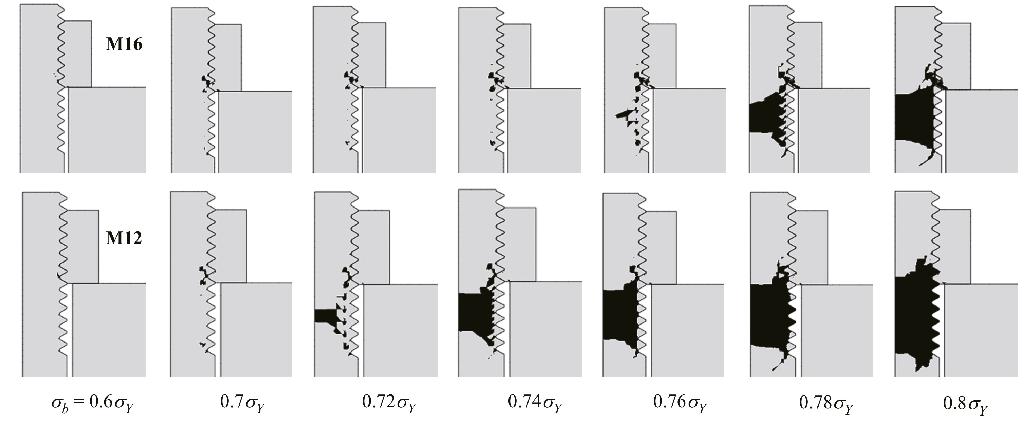
of plastic deformation as the axial bolt stress bσ is increased against the yield stress Yσ of the bolt material. It can be seen that when the ratio exceeds 0.7, the plastic region suddenly expands. If the axial stress is further increased, the cross section near the center of the unengaged threaded portion wholly reaches the yield state, and it seems that the rupture due to the over-tightening often occurs around this area. Regarding the fatigue strength under alternating loads, there is no particular problem as long as the plastic deformation stays within a certain range, because the behavior is similar to that in the elastic deformation. Please refer to the reference for details.
Q4: Please tell me about the depression of bearing surface, which becomes a problem when fastening lowstrength materials with high-strength bolts.
A: The depression of bearing surface is a phenomenon that the axial force decreases over time, when a bolt is tightened with high axial force, due to the progression of plastic deformation occurred around the nut bearing surface and the bolt head bearing surface. To prevent this, it is necessary to suppress the bearing surface pressure below a certain level. The ratio of the critical contact pressure to the tensile strength of the fastened material is: 70 to 85% for carbon steel, 35 to 50% for stainless steel, and about 80 to 95% for aluminum alloy. On the other hand, gray cast iron, equipped with high compression resistance, has high critical contact pressure that is two to three times higher than the tensile strength. Another point to note is the ratio of the cross-sectional area of bolt cylinder to the nut bearing surface area. Figure 3 shows the relationship between the ratio of the two areas and the nominal diameter. For example, if the ratio is 0.7, the contact pressure on the nut bearing surface becomes 70% of the axial bolt stress. As seen from the figure, when the nominal diameter and bolt hole diameter increase, the ratio of the two areas increases, which means that the bearing surface area decreases relatively, and a large contact pressure acts on it. So please be careful in those cases.
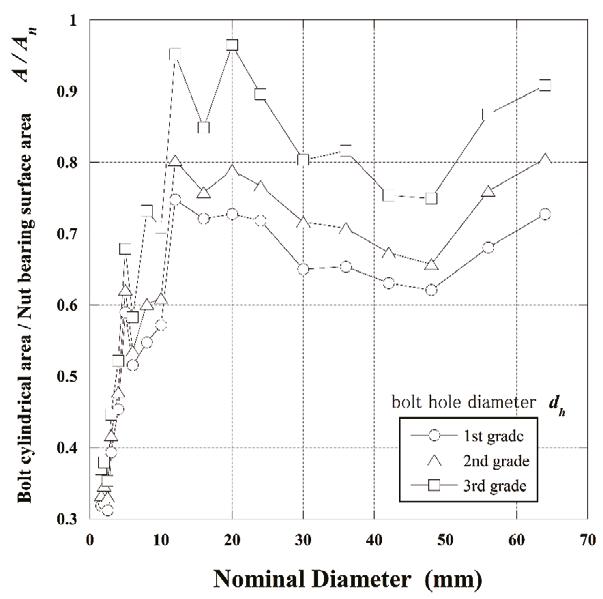
A: Various factors affect this, but the most critical factor is stress amplitude caused by alternating loads. Fatigue failure occurs when the stress amplitude exceeds a critical value called “fatigue limit”. Even if the shape is the same, the fatigue limit varies greatly depending on the type of applied load, such as tension, bending, or shear, and is also affected by the dimensions and the material of threads. All of them make it difficult to evaluate the fatigue limit of threads, and that is the reason why the accidents due to fatigue failure continue to occur.
References
1. Toshimichi Fukuoka, “The Mechanics of Threaded Fasteners and Bolted Joints for Engineering and Design”, pp.81-86, pp.93-96, pp.143-215, ELSEVIER. (2022)
Copyright owned by Fastener World / Article by Toshimichi Fukuoka
Figure 3
(in million USD), in descending order according to figures of 2023
Source: U.S. ITA of Department of Commerce
U.S. imports of fasteners from the world grew from US$6.029 billion in 2021 to US$7.732 billion in 2022, but declined significantly in 2023 (still above the 2021 level). Taiwan has been the largest fastener import source for the U.S. in the past several years.
U.S. fastener import from Taiwan in 2023 reached US$2.213 billion, well ahead of China in the 2nd place at US$1.084 billion. Japan was the third largest source of imports, but its scale was only about 1/2 of China and 1/4 of Taiwan. These top three sources of imports all performed slightly worse in 2023 than their records in 2021.
Over the 2021-2023 period, U.S. exports to its top 10 fastener partners were all on a growth trend. The overall fastener export grew from US$4.159 billion in 2021 to US$4.787 billion in 2022 and then rebounded to US$5.447 billion in 2023. According to the data, more than 60% of U.S. fastener exports went to Mexico and Canada. 1.936 billion U.S. dollars of fasteners were exported to Mexico in 2023 and 1.355 billion U.S. dollars were exported to Canada. The third largest export partner was China, but its size was only US$275 million.
Canada (in USD), in descending order according to figures of 2023
Source: Canada.ca
Canada's global imports of fasteners have grown significantly over the past three years, climbing from US$1.641 billion in 2021 to US$1.979 billion in 2023, making the Canadian fastener import market about one-fourth that of the U.S. Its main sources of fasteners were the U.S., China, and Taiwan, with the U.S. accounting for nearly 50% of Canada's fastener imports, indicating that it relies heavily on the U.S. fastener supply chain. As for the amount of fasteners imported from China and Taiwan, the two countries are comparable, and the respective amounts of fasteners imported from China and Taiwan in 2023 were between 270280 million U.S. dollars.

in descending order according to weights of 2023
Canada is a fastener import-oriented country, and its fastener export value is much lower than that of the U.S. However, looking at the past three years, Canada's fastener exports still showed a slow growth trend, which increased from US$521 million in 2021 to US$644 million in 2023. The U.S. was also Canada's largest fastener export partner, accounting for more than 80% of its total fastener export, while the second largest export partner was Mexico, followed by Germany in the third place.
Source: Bureau of Foreign Trade (Taiwan)
HS 7318 Screws, bolts, nuts, coach screws, screw hooks, rivets, cotters, cotter-pins, washers (including spring washers) and similar articles, of iron or steel
3
As one of the world's most important sources of fasteners, Taiwan, in addition to its huge volume of fastener export, its own annual import of fasteners is about 20,000 tons (equivalent to about US$200 million). Its top 3 major sources of fastener imports were Japan, China and Vietnam. Its overall fastener import in 2023 increased slightly, but the value of import showed a downward trend.
The year 2023 was indeed tough for many Taiwanese fastener suppliers, as their total export volume of fasteners in that year was only 1.23 million tons. Compared to 1.61 million tons in 2021 and 1.6 million tons in 2022, the result in 2023 showed a significant decline. In terms of value, Taiwan exported US$5.319 billion of fasteners in 2021, US$6.14 billion of fasteners in 2022, and only US$4.6 billion of fasteners in 2023, which is about 25% less than the performance in 2022. Its top 3 export partners were the U.S., Germany and the Netherlands, and these three countries accounted for more than 60% of its export volume, showing that Taiwanese fastener suppliers still consider the European and American markets their main export targets.

in descending order according to weights of 2023
Source: Ministry of Finance, Japan
Japan imports about 300,000 tons of fasteners from the world every year, and in terms of value, it is about 110 billion to 150 billion Japanese yens per year. In 2022 Japan's fastener imports in terms of volume and value showed growth, but like many countries, in 2023 the scale of import started to shrink significantly. In terms of weight, the top three sources of imports in 2023 were China, Taiwan and Vietnam, with China accounting for nearly 70% of Japan's fastener imports and Taiwan accounting for about 20%.
Japan's fastener export scale is slightly larger than its import scale, and its fastener export volumes in the past three years were between 300,000-350,000 tons, showing a declining trend year by year. Nevertheless, the value of Japan's fastener exports still showed a slight growth curve, which increased from 324.9 billion Japanese yens in 2021 to 338.9 billion Japanese yens in 2023, indicating an increase in the unit price of exported fasteners. According to the data, most of Japan's fasteners were exported to the U.S., China, Thailand, Indonesia, India and Mexico, which may be related to the fact that many Japanese manufacturers have set up factories in these countries, thus boosting the demand for Japanese fasteners.


in descending order according to weight of 2023 Source:
Over the past three years, Brazil's fastener import scale grew from 189,000 tons in 2021 to 192,000 tons in 2022, and then dropped to 173,000 tons in 2023. In terms of value, its import value was around US$884 million in 2021, and grew to US$921 million in 2023, though still lower than US$998 million recorded in 2022. The top 3 major import sources were China, Italy and Japan in that order. More than half of the fasteners came from China. Taiwan ranked as the sixth largest source of fasteners imported into Brazil, with an import volume of around 6,000 tons in 2023.
Brazil's fastener export scale is not large and has been declining over the past three years. It slipped from 50,000 tons in 2021 to 30,000 tons in 2022 and then dropped to 26,000 tons in 2023. Interestingly, however, in terms of value, Brazil's fastener export value has been growing year-on-year. Over the past three years, the value of fastener exports has grown from US$138 million in 2021 to US$170 million in 2023, indicating that the unit price of exports has shown signs of improvement. The top 3 export partners were Argentina, Paraguay and the U.S. Seven of its top 10 export partners are American countries.







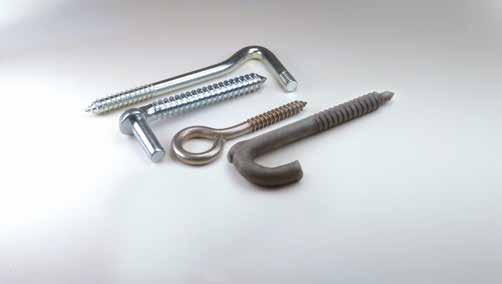

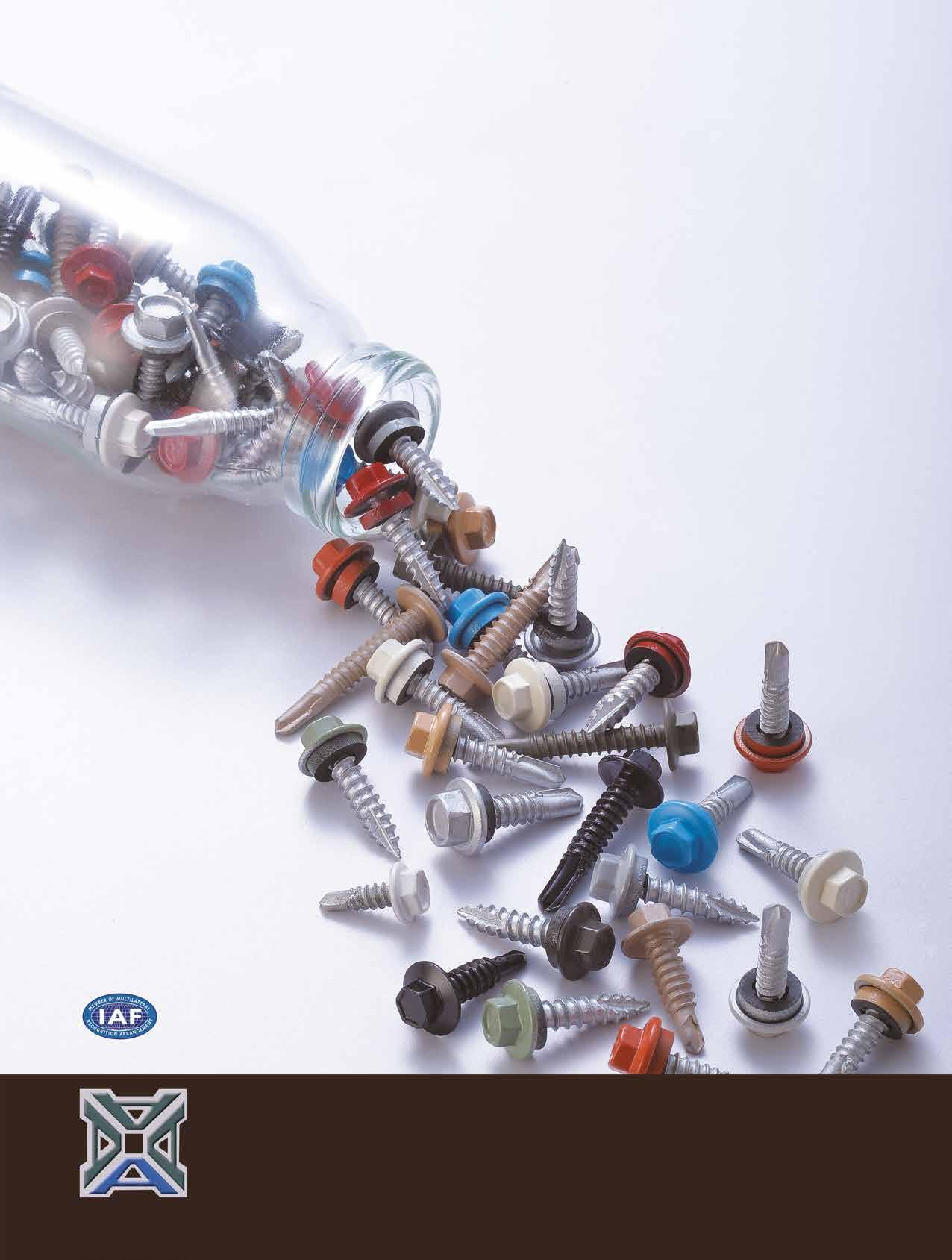
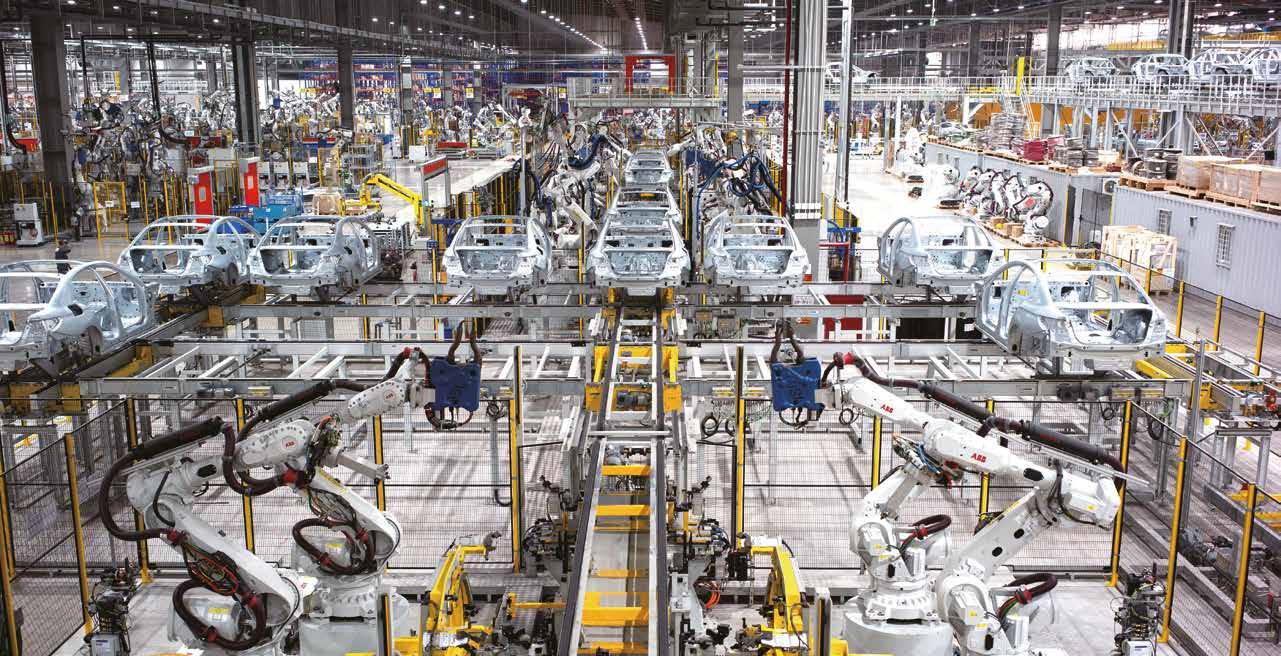
Vietnam is located in the eastern part of Indo-China Peninsula, bordered by the Gulf of Tonkin and the South China Sea in the east and south, Yunnan and Guangxi in the north, and neighbors Laos and Cambodia in the west, with an area of 330,000 square kilometers, a coastline of more than 3,200 kilometers, and a population of more than 90 million people. Vietnam had been in a state of prolonged war since the mid-20th century, and only after the reunification of North and South Vietnam did the country gradually recuperate. Due to the prolonged period of war and communist dictatorship, Vietnam seriously lacks the conditions for the development of the automobile industry, and the technical basis for the R&D of the automobile industry and its production is very weak. Before the reform and opening up, the demand for automobiles in Vietnam mainly relied on the import of complete vehicles from the old Soviet Union or chassis from the former East Germany, which were assembled into mediumand large-sized passenger cars in the factories in Hoa Binh, Ba Dinh, Nam Ha, Hai Phong, Da Nang, and so on. After the dissolution of the Soviet Union and the unification of East and West Germany, Vietnam lost its original source of imports. In order to ensure the supply of the domestic automobile market, the Vietnamese government formulated a policy to allow foreign investors to set up automobile assembly plants in Vietnam, and approved the establishment of two automobile plants, namely, the Korean-Vietnamese joint venture Vietnam Mekong Automobile and the Japanese-Korean-Vietnamese joint venture Vietnam Motors Corporation (VMC), gradually forming the Vietnamese automobile industry.
In 2023, Vietnam reported the ownership of 930,000 vehicles, of which 48% were commercial vehicles & buses and 52% were small and mediumsized passenger cars. As Vietnam’s automotive component manufacturing and production capacity is insufficient, most assembling and selling in Vietnam are completed by international brands, and automotive component manufacturers are mostly foreign-invested, so most key components for passenger cars, commercial vehicles, or trucks have to rely on imports.
In recent years, the rapid economic growth, expanding domestic demand, coupled with the signing of tariffs and economic & trade agreements with a number of countries, has made Vietnam the core of the economic development of ASEAN, and the investment in the automotive industry is vibrant. In addition
to the local car manufacturers like VinFast and Thaco actively expanding their production, Korean Hyundai and Vietnam’s local car manufacturers also launched a joint venture to produce cars. Especially since January 2018 ASEAN have abolished the tariffs on automobiles, imported cars and components from Thailand and other ASEAN countries will lead to the risk of decline in Vietnam’s automobile & components industry. The Vietnamese government has actively cultivated the market for strategic vehicle types, developed the peripheral industries and expanded the integration of resources for the OEMs to plan and at the same time, actively plan for the construction of steel mills and large-scale automobile factories.
Vietnam has reduced its import tariffs on automobile components since January 2008. It has reduced the tariff rates on both small passenger cars with 5-7 seats and automobile components with more than 16 seats by 3-5%, making the new rate for the former to be 20-25% and that for the latter to be 13-17%. According to the development
of Vietnamese automobile industry, Vietnam’s automobile tariffs will decrease year by year. Vietnam’s automobile tariff for ASEAN was 50% in 2014, 35% in 2015, 20% in 2016, 10% in 2017, and down to zero after 2018 onwards. The imported automobiles caused an impact on the automobiles manufactured in Vietnam, and a lot of automobile manufacturers dared not to invest in them hastily. In order to avoid the risks brought about by the tariffs’ decrease year by year and to improve Vietnam’s automobile assembly & domestic components production, manufacturers suggest that the government should formulate relevant industrial policies.
The Vietnamese government insists on making the automobile industry as the focus of industrial development, hoping to increase the proportion of automobile parts production and vehicle assembly & domestic production. In response to the demand of automobile manufacturers, the import tariff rate of complete automobiles has been lowered several times in order to stimulate the production and assembly of automobiles in the country, and at the same time, in order to support the development of the automobile industry, the automobile industry has been classified as a highly protected industry, and has been protected by high tariffs, including the import tariffs and special consumption tax. In accordance with the ASEAN FTA and Vietnam’s commitment to trade liberalization, the government has prepared countermeasures. The Ministry of Industry and Commerce of Vietnam proposes to develop Vietnam’s automobile industry with tax policies, pointing out that large-sized enterprises should be encouraged to develop the automobile industry on the basis of equal and non-discriminatory manufacturing between domestic and foreign enterprises, and that automobile production and components manufacturers should develop peripheral industries to deepen their integration into the global value chain of the automobile industry.
Many automobile assemblers & manufacturers continue to ask the government for rental tax incentives. The automobile manufacturing industry is one of the industries that enjoy rental tax incentives and preferential policies on the acquisition of land for the establishment of factories. The Ministry of Finance, in coordination with the Ministry of Commerce and Industry, has reported to the Central Government for approval and formulated preferential policies for automobile investment and production,
including the implementation details of the Special Consumption Tax Law on Automobiles.
Since 2018, Vietnam has been required by the ASEAN Trade in Goods Agreement (ATIGA) to remove import tariffs on ASEAN automobiles and completely open up the domestic automobile market, which, coupled with the implementation of the ASEAN FTA and a considerable amount of local demand, may attract more international automobile manufacturers to move in.
Vietnam encourages leading international automobile manufacturers to set up their presence in the Vietnamese market. In order to prepare the Vietnamese domestic industry for early response, the Ministry of Industry and Trade (MOIT) has proposed a policy to help Vietnamese automobile industry to improve its competitiveness, according to which Vietnam will impose high tariffs on the import of luxury automobiles, encourage local enterprises or joint ventures to engage in the production of automobile parts or Complete Build Unit (CBU) in the country, and reduce import and export tariffs. The Vietnamese government has adjusted its policy on the automobile and component industries in the direction of reform, opening up and internationalization. The Vietnamese government hopes to develop automobiles as an important industry that can meet the country’s domestic demand and enter the ASEAN region and international markets.
Vietnam’s automotive industry is mainly concentrated in two major economic zones. One is centered on the capital city of Hanoi, Tra Noc 1st Industrial Zone in Can Tho City of southern Vietnam, including Taiyuan and Hai Phong, etc., and the other is centered on Ho Chi Minh City, including Dong Nai Province, Binh Duong Province, and the Thanh Hoa assembly base, etc. These two economic zones are located near ports with convenient transportation and play as north-south logistics centers. People there have higher income levels and higher spending power, while the two major industrial clusters have many large-scale state-owned traditional machinery manufacturing companies and better resources for skilled labor and technology, so leading automobile manufacturers have chosen them to set up production or sales bases, forming automobile industrial clusters.
In order to encourage automobile manufacturing, assembly and production of automobile parts, the Vietnamese government has integrated resources and allocation of parts in 3 major economic regions and nearby areas, including North Vietnam (Hanoi, the economic delta of Hải Phòng & Ninh Bình Provinces), Central Vietnam (Da Nang City, Khánh Hoà), and Southern Vietnam (the automotive cluster consisting of 4 economic regions (including Hồ Chí Minh City, Bà Rịa - Vũng Tàu, Đồng Nai, Binh Duong), and Phố Cần Thơ).
In order to increase the proportion of domestic production of automobiles, the Vietnamese government has implemented a series of measures, including low-interest loans and preferential tax policies for domestic manufacturers, setting import tax rates

Source: britannica and ITRI IEK (04/2024)
based on different components to replace the original Complete Knock Down (CKD) import tax, proposing a preferential mechanism for the manufacture of automobile engines, transmissions, and the production of specialized and general automobile projects, etc., and expanding the export of automobile components to neighboring countries and regions. Most key components such as engines, transmissions, chassis and suspension are imported. Figure 1 shows the main automotive industry clusters in Vietnam.
Vietnam’s leading automobilerelated manufacturers, including Vinamotor, Veam, Vinacoal, and SAMCO, invest in the manufacturing and assembly of automobiles and related components, with Vinamotor focusing on the manufacturing & assembly of passenger cars, small & medium-sized trucks, cars, engines, gears and transmission modules, Veam engaged in the manufacturing and assembly of passenger cars, small and medium-sized trucks, engines, gears and transmission system components, Vinacoal manufacturing and assembling medium- and largesized trucks, specialty automobiles and ancillary components, and SAMCO manufacturing and assembling passenger cars and producing automotive components.
According to the statistics of the Ministry of Industry of Vietnam, more than 30 manufacturers (mainly in the north of Vietnam) have been authorized to import automobile components for the production of automobiles, and almost all of the imported automobile components come from China. 11 models of Chinese automobiles are assembled in the region. There are a total of 25 automobile sales agents in North and Southwest Vietnam, representing 9 Chinese branded vehicles (mainly trucks with a load capacity of 700 kilograms to 2.5 tons and mediumsized passenger cars with 8 to 29 seats).
There are more than 200 automobile component manufacturers in Vietnam, mainly SMEs. The Vietnamese government proposed a target of having at least 40% of automobile components produced locally in 2005 and
60% in 2010, but the proportion by the end of 2023 only reached 33.1%, showing the supply chain of Vietnam’s automotive industry is still not self-sufficient, even for joint-venture manufacturers, as high as 70.5% of passenger cars/large passenger cars or buses produced in Vietnam still rely on imported components.
Many well-known manufacturers have operations in Vietnam that produce automotive components, such as Japanese Denso, GS (batteries supplier), Sanyo, Yokohama, and Korean Kymbo, which mainly manufacture plastics, rubber parts, connector parts, screws, gas pedal or other metal machined parts. The development of Vietnamese automotive and components industry is mainly characterized by several phenomena. The first is its weak research capabilities and the metallurgy, materials, electronics, chemicals, machinery and other industries highly related to the automobile industry are underdeveloped, so most rubber/plastic, body panels and tires and other components, and main key components like engines, transmissions (MT/AT), brake servo systems, etc. still rely on imports. The second is lack of senior technicians and R&D capabilities, and the third is lack of after-sales service, market research, study & info collection capabilities, and the transportation infrastructure is incomplete compared to other ASEAN countries (e.g., Thailand, Malaysia, Indonesia, etc.).
Vietnamese automotive and components industry is searching for development strategies. In recent years, Vietnam has been actively expanding export business for some automotive components by virtue of the advantages of cheap labor, etc. Due to the stagnation of Vietnam’s domestic demand, the automotive and related components industry has not been able to develop smoothly. However, with the emergence of the ASEAN countries, Vietnam has been regarded as a production and export base for exporting to ASEAN countries or Japan, and the number of related automotive components manufacturers has increased significantly, though a higher proportion is engaged in the manufacture of low value-added plastic components.
Vietnam’s automotive component manufacturers can only produce simple parts, mainly rearview mirrors, seat cushions, batteries, etc., whose added value is low and most of them have not reached an economic scale. Vietnam’s automotive component manufacturers, due to the fact that the local motorcycle industry is more developed and the market size is larger, are mainly engaged in the manufacturing of motorcycle components, supplemented by automotive components. Under the above development, most key components rely on imports, but due to the impact of the increase in import tariffs, the selling prices of automobiles remain high, and the vast majority of foreign-invested manufacturers do not conduct R&D and production in Vietnam, resulting in the slow progress of technology transfer.
According to the statistics of Vietnam Automobile Manufacturers Association (VAMA), due to the weak manufacturing capacity of Vietnamese automobile industry caused by the prolonged
civil war, there are 13 automobile joint-venture factories, which mainly import bulk parts in the form of full-knockdown and semi-knockdown (SKD). Most of them import chassis from China., Korea, and the Soviet Union.
According to MarkLines statistics, the automobile sales of Vietnam in 2023 reached 276,000 units, the sales of Hyundai Thanh Cong Vietnam (HTCV), a local corporation of Hyundai Motor not included in VAMA, were 20,000 units, and the total sales were 296,000 units (including 61,000 all types of passenger cars, 153,000 MPVs and SUVs), 20,000 pick-up trucks and vans, 34,000 trucks, and 0.8 million buses & large trucks, etc. Figure 2 shows the sales of various types of vehicles in Vietnam in 2023. Figure 3 is a comparison of the market shares of passenger cars of Vietnam’s leading car manufacturers in 2023, including the sales and shares of Toyota (21,000 units, 34.2%), Mazda (12,000 units, 19.2%), Honda (11,000 units, 18.2%), Hyundai Group (0.8 million, 13.5%) and Mitsubishi (0.5 million, 8.2%). These top 5 passenger car manufacturers accounted for 93.3% of the total. Figure 4 shows the forecast for the Vietnamese automobile market. With the car sales in 2023 totaling 276,000 units, it is forecast that in 2024 Vietnam’s economic growth will continue to increase the domestic demand and the automobile market will reach 328,000 units.
Vietnam’s automobile sales price is 20% higher than those of other ASEAN countries. In addition to the depreciation of Vietnamese dong in recent years, the main reason for this difference is its low capacity, with most of the assembly lines having a capacity of less than 50%, coupled with the high taxes (including luxury tax) and other factors, Vietnam’s
Source: MarkLines; ITRI IEK (2024/04)
Figure 3. The Market Shares of Passenger Cars of Vietnam's Leading Manufacturers in 2023
Unit: Million USD
Source: MarkLines; ITRI IEK (2024/04)
Figure 4. The Forecast for the Vietnamese Automobile Market
Source: Global Trade Atlas; ITRI IEK(2024/04)
Figure 5. The Forecast of Import & Export Values of Vietnam's Automotive Components
automobile component production and assembly is not very profitable, exports are not competitive, and it is difficult to attract investments, and the high tax system has also limited the development of Vietnamese automobile industry to a certain extent. Most automotive component manufacturers are lagging behind in terms of technology, hardware and software equipment compared to other ASEAN countries, and because Vietnam’s automotive market is relatively small compared to Thailand, Malaysia and other countries, resulting in a low willingness of international component manufacturers to enter Vietnam, and the related manufacturing technologies have not been able to introduce or drive the development of the local automotive and component industries.
Figure 5 is the forecast of import and export values of Vietnam’s automotive components (HS8708 category), Vietnam’s automotive component import in 2013 was valued at 2.40 billion USD, an increase of 7.1% from 2022, which shows the value of imports is greater than that of exports, and it is predicted that, with Vietnam’s political and economic stabilization in 2024 and the increase in the domestic market demand, the value of imports will grow to 2.47 billion USD, an increase of 3.0% from 2023. In 2023, the major import origins of Vietnam’s automobile components were S. Korea (28.1%), Japan (25.3%), China (18.5%), Thailand (14.4%) and Germany (5.6%), all of which accounted for 91.9% of the total, as shown in Figure 6
In 2023, Vietnam’s auto component export was valued at US$1.73 billion, up 8.8% from 2022. The trade war between China and the U.S. has led to some manufacturers actively setting up plants in Vietnam. Coupled with Vietnam’s signing of trade agreements with many countries, the number of auto components made in Vietnam and exported from Vietnam has increased, and the export value is forecast to be US$1.76 billion in 2024, up 2.1% from 2023. Vietnam’s main automotive component export destinations in 2023 were Japan (34.3%), China (13.9%), the U.S. (15.2%), Thailand (7.8%), and S. Korea (5.9%), all of which accounted for 77.1% as shown in Figure 7
Although Vietnam’s domestic automobile demand market is not large, Vietnam’s economic growth rate has been maintained at 6.5-7.0% in recent years. It is expected that the purchasing power of Vietnamese people will increase rapidly, and the demand for automobile components will continue to grow. Moreover, according to Vietnam’s policy of encouraging domestic car manufacturing, manufacturers investing in Vietnam may be able to respond to the increasing demand for automobile components and obtain relevant (investment or tax) incentives.
Vietnam is a member of ASEAN and has signed FTA with many countries, so it enjoys zero tariff for exporting automotive components to ASEAN countries, making its components more cost-competitive. As automobile sales in advanced countries in Europe, the U.S., and Japan are nearing saturation and the demand is slowing down, the emerging ASEAN countries are about to become the world’s 4th largest automobile market, so there is a promising prospect of the demand for automotive components and
Source: Global Trade Atlas; ITRI IEK(2024/04)
Figure 6. Vietnam's Main Import Origins and Shares of Automobile Components in 2023
Source: Global Trade Atlas; ITRI IEK (2024/04)
Figure 7. Vietnam's Main Auto Component Export Destinations and Shares in 2023
the market development. Taiwan has invested in more than 10 automobile and motorcycle component factories in Vietnam, but the scale of investment and production is not large, and most of them mainly produce motorcycle components, supplemented by automobile components. Taiwanese automotive industry is characterized by high precision and cost competitiveness in the manufacturing of stamped parts and fasteners. Its automotive components such as electrical systems, braking system components, aluminum alloy wheels, automotive wiring harnesses, brake pads, and lamps, etc., also have gained an important position in the world, and may be able to fill in the gap in Vietnam’s automotive component supply chain. It is recommended that Taiwanese manufacturers deploy in the Vietnamese market ASAP in order to seize business opportunities.
Copyright owned by Fastener World Article by James Hsiao

Turkey is a country overlapping Europe and Asia. Since most of its territory is located in Asia, Turkey is geographically considered as a part of Asia. It is rich in mineral resources, mainly boron, chromium, copper, iron, bauxite and coal, etc. The reserves of boron trioxide and chromium ore are among the best in the world. In economic development, Turkey's agriculture is well developed and its food supply is sufficient domestically, with a small portion exported. It has a good foundation for industry development. Its primary industries include textiles, food processing, energy, chemicals, steel, cement, and automobiles. It mainly exports textiles, processed food, cotton yarn, leather products, chemicals, mineral products, steel, automobiles, household appliances and machinery.
Turkey borders Western Europe (automobile production base) and Eastern Europe (consumers market) to the north, and to the south borders the Middle East and African countries known as the world's luxury vehicle consumers markets, to the west borders Western Asian and Southern Asian markets such as Iran, Pakistan, and India, and to the east borders Russia located across the Black Sea with great potential of automobile consumption. Turkey is at the intersection in the vast markets overlapping Europe and Asia.
The development of Turkey's automobile industry began in the mid-1990s . At that time, it mainly relied on technology and investment from Europe and the United States. As time went by, Turkey began to develop its local automobile manufacturing industry, and some independent brands emerged, such as Tofa and OYAK-Renault, Turkey's famous leading automobile manufacturers. These companies not only provide automobiles for the Turkish domestic market, but also export to Europe and the Middle East, gradually rising to prominence in the world market.
The distinctive feature of the Turkish automobile industry is diversity. It not only produces fuel vehicles, but also actively engages in the research, development and manufacturing of EVs and hybrid vehicles. In recent years, the global automobile industry has turned to clean energy and smart vehicles, and Turkey has also begun to Expand investment in these fields and strive to occupy a place in the new energy vehicle market. In automobile manufacturing, it introduces global advanced technologies while also constantly innovating and improving local manufacturing technology levels. The automobile industry not only emphasizes product quality and performance, but also focuses on beautiful design and meeting market demand, enabling cars assembled and produced in Turkey with strong competitiveness in the world market.
The Turkish government's support for the automobile industry is also an important factor in promoting development. The government provides tax incentives, financial support, and the establishment of automobile industry parks and other measures to encourage the development and technological innovation of the automobile industry. Industrial policies have effectively promoted the growth of the automobile industry and attracted many international leaders to establish a production base in Turkey. Facing the future, the automobile industry is actively adapting to the changes in the global automobile industry. In EVs and autonomous driving technology, it is striving to catch up with the international advanced level and occupy a place in the new trends of the global automobile industry. Table 1 is Turkey’s major automobile factories and production bases.
Company Name
Leading Carmaker Car Model Production Base
Ford Otomotiv Sanayi AS Ford Passenger cars, vans, mini-buses, trucks Kocaeli, Eskisehir
OYAK-Renault Otomobil Fabrikalari AS Renault Passenger cars Bursa
Tofa _ Turk Otomobil Fabrikasi AS Fiat Passenger cars , vans, mini-buses Bursa Hyundai Assan Otomotiv San. ve Tic. AS Hyundai Passenger cars Kocaeli
Mercedes-Benz Turk AS Mercedes-Benz Trucks, large and medium buses Istanbul, Aksaray
Toyota Otomotiv Sanayi Turkiye AS Toyota Passenger cars Sakarya
Otokar Otomotiv ve Savunma Sanayi AS
Temsa Global San. ve Tic. AS
Anadolu-Isuzu Otomotiv San. ve Tic. AS
Otokar Vans, (large, medium and small) buses Kocaeli
Temsa Vans, large and medium buses Adana
Isuzu Vans, trucks, (large, medium and small) buses
MAN Turkiye AS MAN Large and medium buses
Kocaeli
Ankara
Honda Turkiye AS Honda Passenger cars Kocaeli
Karsan OTOMOT V SANAY VE T CARET A. Karsan Vans, (large, medium and small) buses Bursa
Source: Automotive Manufacturers Association, OSD
In addition, Turkey is also actively exploring sustainability of the automobile industry, focusing on environmental protection and energy conservation to respond to global demand for environmental friendliness. According to the Turkish Automobile Manufacturers Association, the Turkish automobile industry includes two parts: vehicle manufacturing and component manufacturing. Vehicle manufacturing, by vehicle type, covers passenger cars, trucks, pickup trucks and vans, trailers and semi-trailers, small buses, medium buses, general buses and field tractors, etc. Turkey has more than 400 first-tier suppliers that work with many OEM factories to supply various types of components required for automobile assembly and repair. Component manufacturers are mainly clustered in northwest Turkey, mostly in Bursa, followed by Istanbul, Izmit & Sakarya. Other major industries are located in provinces such as Izmir and Manisa in the southwest.
Turkey's auto parts industry is mainly composed of small and medium-sized enterprises, with more than 5,000 manufacturers. The leading manufacturers have OEM and export competitiveness. Smaller manufacturers mainly supply the after-sales and maintenance market, with product categories including engines and their parts, transmission and reduction mechanisms, braking systems and their parts, hydraulic and pneumatic components, suspension systems, safety systems, rubber parts, chassis components, castings and forgings, electrical equipment, lighting systems, batteries, automotive glass and seats. These can meet more than 85% of the procurement needs of local automobile manufacturers.
As Turkey is a major automobile manufacturing country with a geographical advantage of overlapping Europe and Asia and it has a vast surrounding market, the Turkish automobile parts industry attracts many foreign investments by having well-known manufacturers such as Bosch, Continental, Denso, Visteon, Delphi and Johnson Controls. They all deploy production in Turkey. In the tire sector, Bridgestone established a joint venture (“Brisa” with the largest capacity and market share) with the Turkish manufacturer Sabanci. Sumitomo Rubber established a joint venture (“Sumitomo Rubber AKO”) with the Turkish manufacturer AKO. Pirelli and Goodyear established their subsidiaries in Turkey.
For the Turkish automobile industry, international collaboration is a key factor in achieving technological progress and market expansion. By working with leading international car manufacturers and technology companies, Turkey not only obtains advanced technology and management experience, but also expands in the international market and enhances the global brand influence. Overall, athough the Turkish automobile industry faces many challenges, its development potential and future prospects are still worth looking forward to. With the continuous advancement of technology and the increasingly open market, Turkey is expected to play an important role in the global automobile industry.
Turkey is a major automobile manufacturing country. Its production scale ranks 5th in the EU and 15th in the world. It has a strong capital structure, excellent technology and lower labor costs. It has large influence on suppliers and is closely connected with leading foreign car manufacturers, along with superior geographical location and other advantageous conditions. Since Turkey and the EU belong to the customs union and are integrated with EU regulations, Turkey faces EU’s increasingly stringent carbon emission standards and groundbreaking technological developments in the automotive industry such as EVs. Meanwhile, major EU countries such as Germany have made it clear that they will ban the sale of fuel-engine cars in 2030. Turkey, as the main automobile supplier to Germany and other EU countries, has automobiles as its largest industry. To maintain economic development and its position in the automobile industry, Turkey also launched deployment in EVs. In 2018, Turkish Automobile Initiative Group (TOGG) was established by Anadolu Group, BMC, Kök Group, Turkcell and Zorlu Holding Group to engage in the assembly and sales of EVs. Limited by charging infrastructure, market acceptance and the lack of key components, the total number of EVs only accounted for 2.2 % of cars at the end of 2023. There is still considerable room for growth in the future.
Unique geographical advantages coupled with low labor cost make Turkey an ideal target country for the world's major multinational automotive companies to invest and build factories. Ford, Renault (Nissan), Iveco, Peugeot, Mercedes-Benz, Fiat, Land Rover, MAN, Toyota, Honda, Isuzu, and Hyundai among other global car leaders have all established factories in Turkey through direct investment, joint ventures, collaborations and other means. Most of the cars they produce are exported. Turkish cars are export-oriented and have become one of Turkey's pillar industries.
In recent years, the automobile industry has ranked as Turkey's largest export industry. According to the Turkish Automotive Manufacturers Association (OSD), the export value of the automobile industry in 2023 reached USD 28.5 billion, accounting for 13.9% of Turkey's total export value. The Turkish automotive import value was USD 21.84 billion, accounting for 9.2% of total imports. Tofa (a joint venture between FIAT and Turkish Koc Holding), OYAK Renault (a joint venture between Renault and Turkish OYAK) and Ford Otomotiv Sanayi (a joint venture between Ford and Turkish Koc Holding) are the top three automakers in terms of vehicle production and export.
Taking 2023 as an example, Turkey produced 953,000 passenger cars and sold 516,000 commercial cars. Most of Turkish cars are exported, similar to Thailand which assembles cars and exports most of them. Since Turkey signed a customs union agreement with the EU in 1996, Turkish automobiles are mainly exported to the EU market. The Turkish automobile export value was worth USD 35 billion at the end of 2023. The growth of the domestic market and export jointly supported the performance of Turkish automobile industry in 2023. Figure 1 shows the comparison between Turkey’s automobile production and sales volumes in the past two years.
Turkey's sales volume in 2023 increased 55.2% compared with 2022, and the production volume increased 8.6%. Turkish Automobile Industry Association (OSD) announced that new car sales in December 2023 increased 35.0 % compared with the same period of the previous year, reaching 164,000 units . Cumulative sales in 2023 increased 55.2% compared with the same period of the previous year to 1.284 million vehicles, including 967,000 passenger vehicles and 317,000 commercial vehicles of various types .
According to statistics from the Turkish Automobile Sales Association (ODD), looking at the sales of light cars by brand in 2023, Fiat ranked first and sold 193,622 units (market share 15.7 %), Renault ranked second and sold 135,645 units (market share 11.0%) , the third was Ford selling 102,380 units (market share 8.3%), the fourth was VW selling 88,776 units (market share 7.2%), and the fifth was Peugeot selling 78,632 units (market share 6.4%). In new car sales in December 2023, sales of light vehicles other than medium and heavy commercial vehicles increased 37.7% from the previous year to 158,653 units. Figure 2 shows the market share (sales proportion) of Turkey's major car manufacturers in 2023. In 2023, Turkey's passenger car sales accounted for 75.3%, various commercial vehicles at 20.7%, pickup trucks at 3.6%, mini-buses and big buses at 0.4%. Figure 3 shows the sales proportion of various types of Turkish automobiles in 2023.
Sales Volumes in the Past Two Years
Data source: OICS ; International Institute of Obstetrics and Gynecology, ITRI(Jan. 2024)
Data source: Automotive Manufacturers Association; ITRI Industrial Science and Technology International Strategy Development
Data source: Automotive Manufacturers Association; ITRI Industrial Science and Technology International Strategy Development Institute (Jan. 2024)
In 2023 based on exhaust volume, passenger car models of 1,600CC and below increased 51.7% from the previous year to 781,535 units, accounting for 80.8%. On engine types, sales of gasoline vehicles increased 58.1% year-on-year to 646,385 units (accounting for 66.8%), diesel vehicle sales increased
year-on-year to 133,374
units (accounting for 13.8%), hybrid (gasolineelectric hybrid) cars increased 62.8% from the previous year to 104,804 units (accounting for 10.8%), and pure EV (EV) increased 833.4% compared with the previous year to 72,179 units (accounting for 7.5%). Distinguished by transmission, sales of A/T (automatic transmission) vehicles increased 73.1% from the previous year to 803,877 units (accounting for 83.1%).
Data source: Database of the Customs Administration of the Ministry of Finance; ITRI Industrial Science and Technology International Strategy Development Institute (Jan. 2024)
On the other hand, automobile production in December 2023 fell 16.2 % from the previous year to 119,314 units, and the total production in 2023 increased 8.6% from the previous year to 1,468,393 units. In 2023, the import volume increased 79.6% from the previous year to 815,693 units, and the export volume increased 5.0% from the previous year to 1,018,247 units. Although Turkey is not yet a member of the EU, it has actually become the EU's automobile production base and a strong rival to Central and Eastern European countries that have benefited from the eastward shift of the EU's automobile industry. Compared with Asia, Turkey is a country with a larger automobile production volume and market. Compared with the EU, Turkey is also a country with larger automobile production. Its production volume of large buses ranks first, followed by commercial vehicles, and its production of pickup trucks ranks seventh. Its passenger car production ranks nineth.
According to statistics from the Turkish Ministry of Economy, Turkey's auto parts export value in 2023 was US $ 17.95 billion. The main products included engines and their components, tires and inner tubes, car bodies, wheels and their parts, rubber and plastic components, transmission and reduction mechanisms, and brake system components. The main export markets included Germany, France, Italy, UK, Romania, Russia, the U.S., Spain, Belgium and Poland. The import value was US$23.38 billion. The main products included diesel engines for large commercial vehicles, gearboxes, tires and inner tubes, engines and their parts, internal combustion engines, transmission shafts and brake system controllers. The main import sources included Germany, Italy, UK, France, China, Poland, India, South Korea, Japan and Spain.
Let’s look at the attributes of the car and component industries. In terms of the car industry, both Turkey and Thailand export most of their assembled vehicles to EU countries (Turkey mostly exports passenger cars) or the U.S. (Thailand mostly exports commercial vehicles or pickup trucks). In terms of the automotive parts industry, Turkey is similar to Taiwan. Both have complete industrial supply chains. Turkey relies on leading European manufacturers for technical support, while Taiwan has long-term collaboration with Japanese manufacturers. The classification of parts is also very similar. In addition to supporting domestic automobile assembly, most parts and components are exported (Turkey exports mostly to EU countries; Taiwan exports mostly to European and North American countries); Taiwan's EV industry, whether it is electric motorcycles or electric car industry chain or charging infrastructure, is more complete than Turkey's. EV electronic products in Taiwan are more diverse and booming than in Turkey.
For long, Taiwan has focused more on the European and North American markets, with less focus on the Middle East and Western Asian countries. Taiwan’s import and export of auto parts with Turkey, whether in terms of value, type or quantity, are much smaller than with the European and North American markets. Figure 4 shows Taiwan’s import and export values of automobile parts with Turkey in the past 5 years. Taking 2023 as an example, Taiwan’s export value of automobile parts to Turkey was NTD 9.34 billion. The main export items included bumpers and various types of car lights, rubber and plastic products and transmission components. The import value was NTD 3.21 billion and the import items were mainly electrical components and various electromechanical controllers. The export and import values respectively accounted for 0.4% and 0.3% of Taiwan's total export value of automobile parts. There is considerable room for growth.
Turkey's automotive vehicle assembly technology and component manufacturing technology are mostly derived from leading international manufacturers. Taiwan has cost competitiveness in mold and fixture technology. Turkey's automobile-related industries, including mechanical hardware, precision stamping parts, rubber and plastic injection molding, and fasteners (such as cylinder and engine screws and nuts, door lock fasteners and exterior trim parts) have room for industrial complementarity.
In addition, due to the development of automotive electronics in recent years, the proportion of automotive components is getting higher and higher. It is estimated that by 2030, automotive software and electronic equipment proportion will rise to 60% of all automotive components. Plus, the EU’s regulations on related energy consumption, safety regulations, vehicle emissions and other aspects are becoming increasingly stringent. Electronic Stability Control (ESC) system has been listed as a standard safety equipment. With the integration of Turkish and EU regulations, the demand for automotive electronics will continue to increase. Taiwan has a competitive advantage in the semiconductor industry, and its automotive electronics industry supply chain is complete with its own niche. Autonomous vehicles and connected vehicles will promote advanced driving safety assistance systems, such as automotive imaging systems, blind spot detection, and lane departure warning systems, parking assistance systems, automotive LED and other products. Therefore, automotive electronics are also important products for Taiwan to expand in the Turkish market.
Copyright owned by Fastener World / Article by James Hsiao
Indonesia stands poised at the threshold of a transformative era as it embarks on an ambitious infrastructure agenda in 2024. Under the astute leadership of President Joko Widodo, the Indonesian government is poised to propel the nation towards progress and prosperity through a series of strategic programs and projects. This surge in infrastructure development not only promises to reshape the physical landscape of Indonesia but also presents a golden opportunity for industries, including fastener manufacturing, to thrive in the burgeoning market.
With an unprecedented allocation of Rp422.7 trillion from the 2024 state budget (APBN), Indonesia is set to embark on a monumental journey of infrastructure development. This substantial increase, representing a 5.8% surge from the previous year, underscores the government's unwavering commitment to advancing the nation's infrastructure landscape.
Of this budget, Rp213.7 trillion has been earmarked for ministries and institutions to spearhead a diverse array of projects. These include the construction of regional roads, the development of industrial estates, and the enhancement of transportation networks. Additionally, Rp20.27 trillion will be allocated to support public-private partnerships, further catalyzing growth across the nation.
As Indonesia embarks on an unprecedented infrastructure spree, the demand for fasteners is poised to soar. These seemingly mundane components play a pivotal role in securing the structural integrity of buildings, bridges, and various infrastructure projects. With a multitude of initiatives underway, including toll road expansions, industrial estate developments, and the construction of the Nusantara Capital City, the need for fasteners will be omnipresent.
The expansion of toll roads, particularly in urban centres like Bandung City and North Jakarta, will necessitate a substantial quantity of fasteners. These essential components will be utilized in the construction of bridges, guardrails, and signage, ensuring the safety and efficiency of transportation networks.
For example, the toll road development in Section Harbor Road II in North Jakarta and toll roads in Bandung City represent crucial projects aimed at enhancing connectivity and alleviating traffic congestion. Fastener manufacturers stand to benefit significantly from the increased demand generated by these projects.
The establishment of industrial estates, including the Patimban Industrial Estate in Subang and the Giga Industrial Park in Southeast Sulawesi, heralds a new era of growth in the manufacturing sector. Fasteners will play a critical role in assembling factories, warehouses, and industrial infrastructure, facilitating the production of goods and driving economic prosperity.
These projects represent strategic opportunities for fastener manufacturers to capitalize on the burgeoning demand and solidify their position in the market. By providing reliable and high-quality fastening solutions, manufacturers can position themselves as key partners in Indonesia's industrialization journey.
Accelerating the development of the Nusantara Capital City represents a monumental endeavor that will shape Indonesia's future for generations to come. Fasteners will be indispensable in the construction of government offices, residential areas, transportation networks, and supporting infrastructure.
For instance, the development of Pantai Indah Kapuk Tropical Concept and the Surabaya Waterfront Coastal Area exemplifies the government's vision for creating sustainable, livable urban environments. Fastener manufacturers can anticipate a surge in demand as construction activities intensify in these burgeoning urban hubs.
As Indonesia embarks on a transformative journey of infrastructure development, the demand for fasteners is set to experience exponential growth. The expansion of toll roads, industrial estate developments, and the construction of the Nusantara Capital City will drive demand for fasteners across various sectors.
■
With the Indonesian economy poised for robust growth, maintenance and repair operations will witness a surge in demand for fasteners. The expanding quantity of machinery in use in the country will necessitate frequent maintenance, creating a sustained need for fasteners to keep machinery and equipment in optimal condition.
■
The growth in both residential and commercial construction will further bolster demand for fasteners. As infrastructure projects progress, the construction industry will require an abundance of fasteners for building structures, installing fixtures, and completing various construction tasks. This increased demand will serve as a significant driver for fastener sales in the construction market.
In conclusion, as Indonesia's infrastructure development gains momentum in 2024, the demand for fasteners is poised to skyrocket, creating a fertile ground for manufacturers to thrive. Beyond meeting immediate project needs, fastener manufacturers have the opportunity to position themselves strategically for long-term growth and sustainability.
With a diverse array of projects underway, from toll road expansions to industrial estate developments and the construction of the Nusantara Capital City, fastener manufacturers can expect sustained demand across various sectors. By aligning with Indonesia's development goals and delivering innovative solutions, manufacturers can solidify their role as indispensable partners in the nation's journey towards progress and prosperity.
However, it's imperative to recognize that the scope of opportunities stretches far beyond the confines of construction and infrastructure sectors. The automotive industry, in particular, emerges as a significant arena with substantial potential for fastener demand, particularly as Indonesia delves into electric vehicle (EV) manufacturing and related initiatives. With the impending mass production of EV batteries in April 2024, Indonesia's automotive landscape is poised for a transformative shift, signalling the nation's commitment to sustainable mobility and technological advancement. As EV manufacturing gains momentum and other automotive developments unfold, the demand for fasteners in vehicle assembly and maintenance is expected to surge, further enriching the dynamic demand landscape for fastener manufacturers.
Looking ahead, the outlook for fastener demand remains optimistic, fuelled by ongoing infrastructure projects, automotive developments, and the robust growth of the Indonesian economy. As the nation continues to invest in various sectors, including automotive and infrastructure, the need for fasteners will only intensify, presenting manufacturers with ample opportunities for expansion and market penetration.
Moreover, as Indonesia transitions to a new phase of development, fastener manufacturers must remain agile and responsive to emerging trends and challenges. By embracing technology, sustainability, and industry best practices, manufacturers can stay ahead of the curve and unlock new avenues for growth in the dynamic Indonesian market.
In essence, as Indonesia embarks on its infrastructure journey in 2024 and beyond, fastener manufacturers have the chance to play a transformative role in shaping the nation's future. By seizing opportunities, embracing innovation, and forging strategic partnerships, manufacturers can navigate the evolving landscape with confidence and contribute to Indonesia's continuous progress and prosperity.
Copyright owned by Fastener World Article by Shervin Shahidi Hamedani
Sources:
Report by PWC Indonesia: 2024, infrastructure development will be accelerated Report by World Construction Network: The five largest construction projects in Indonesia commencing in Q4 2023
